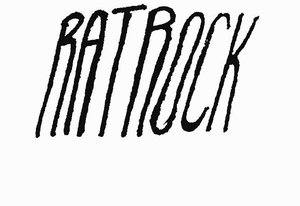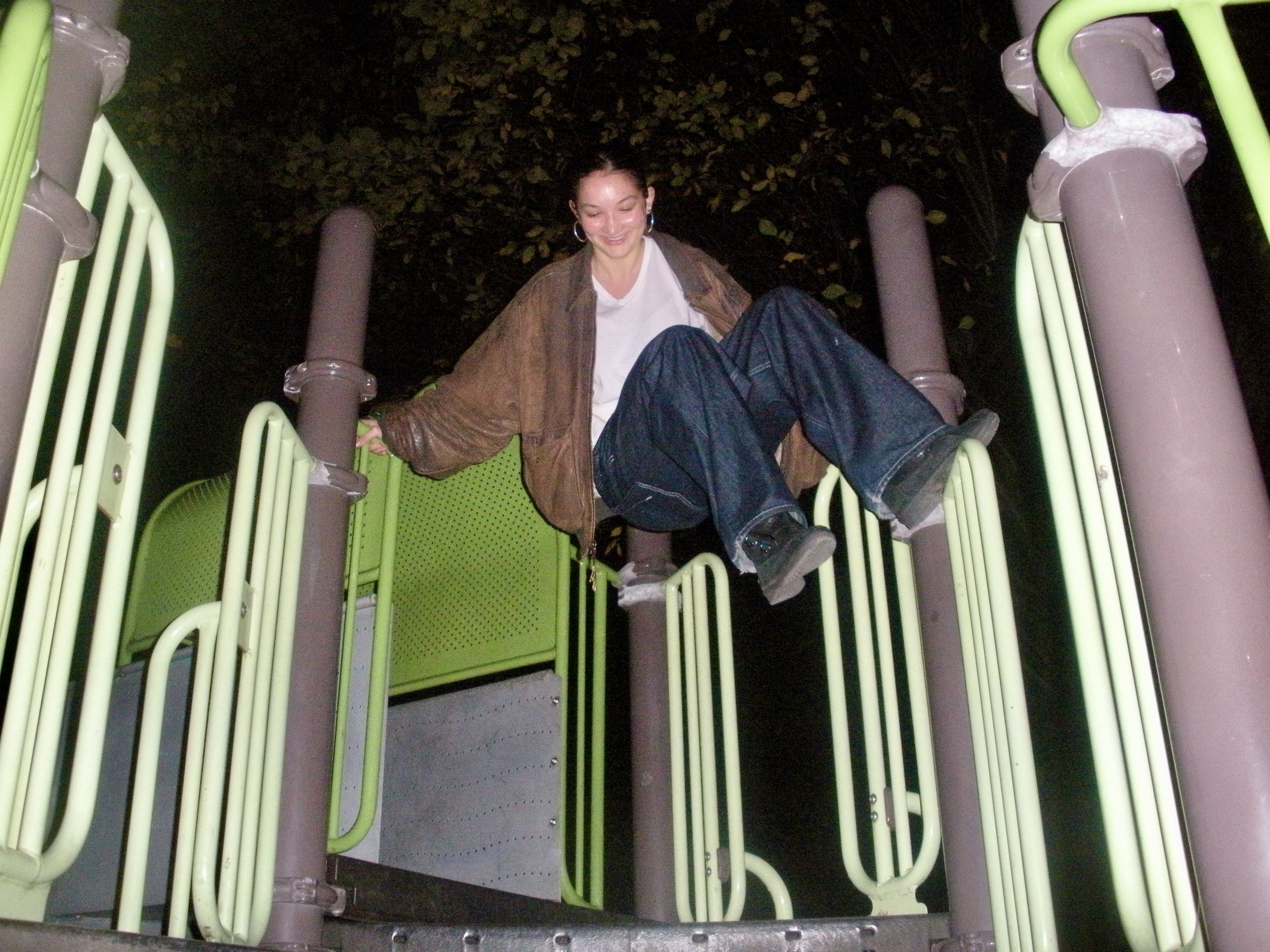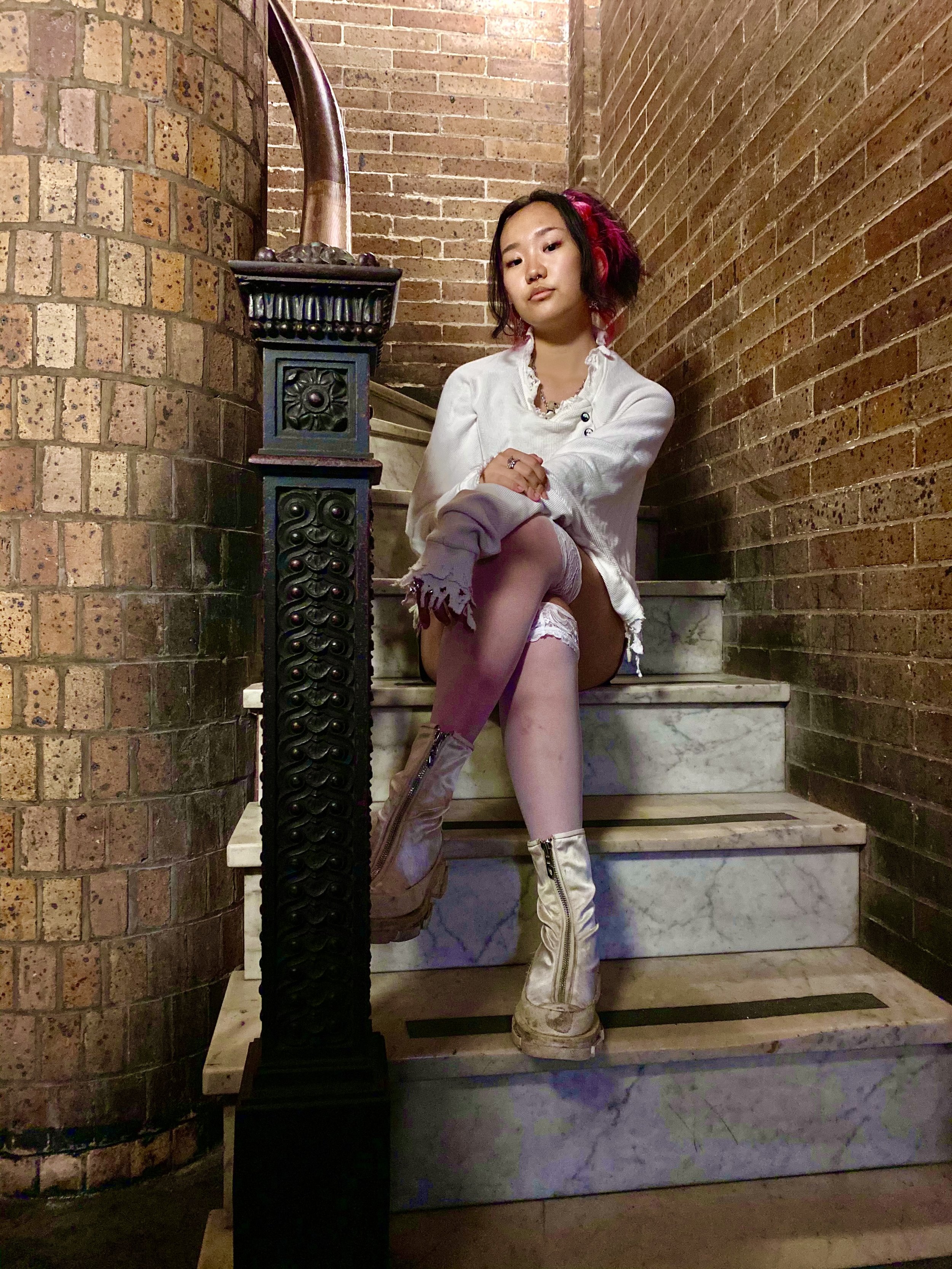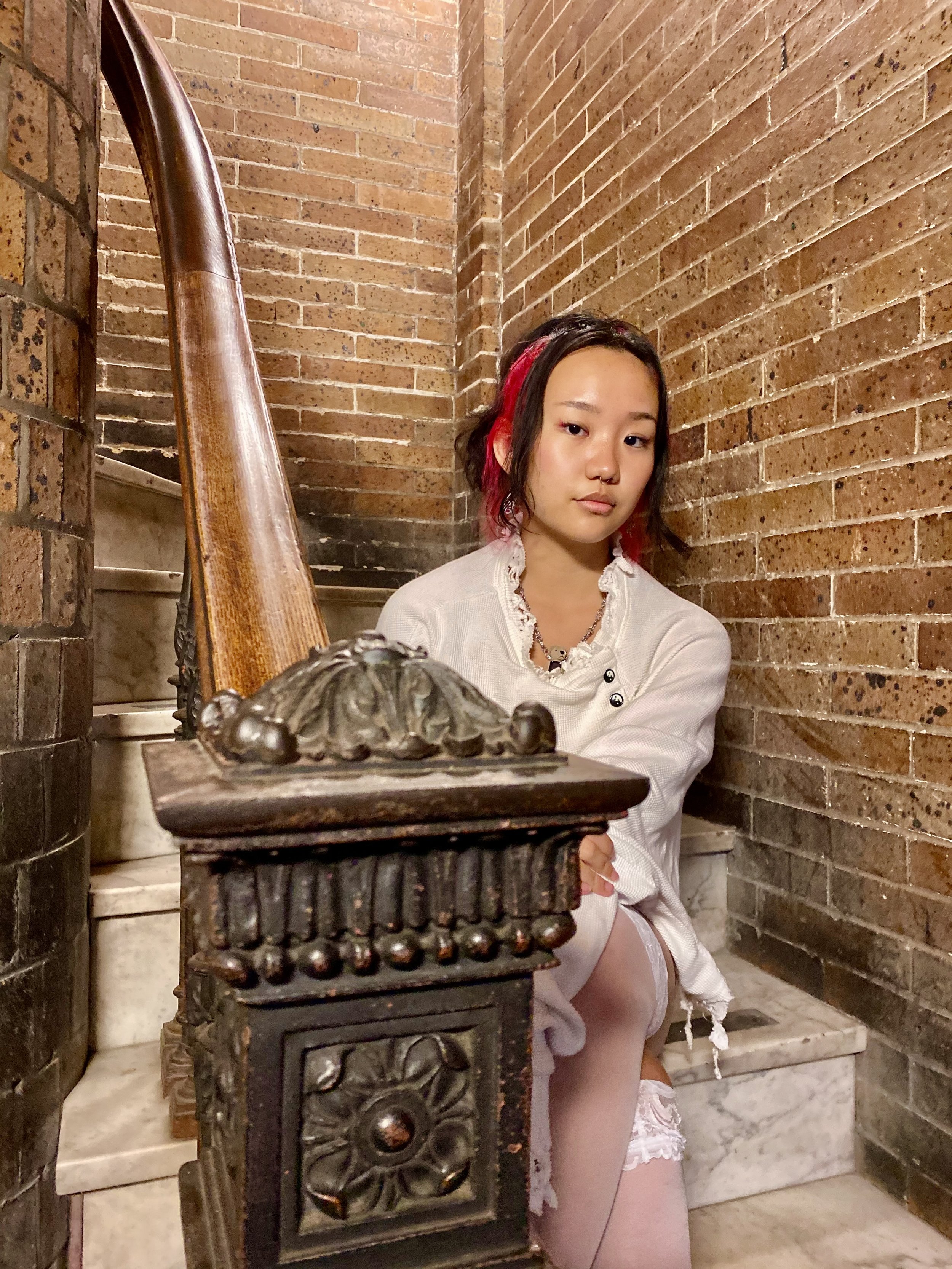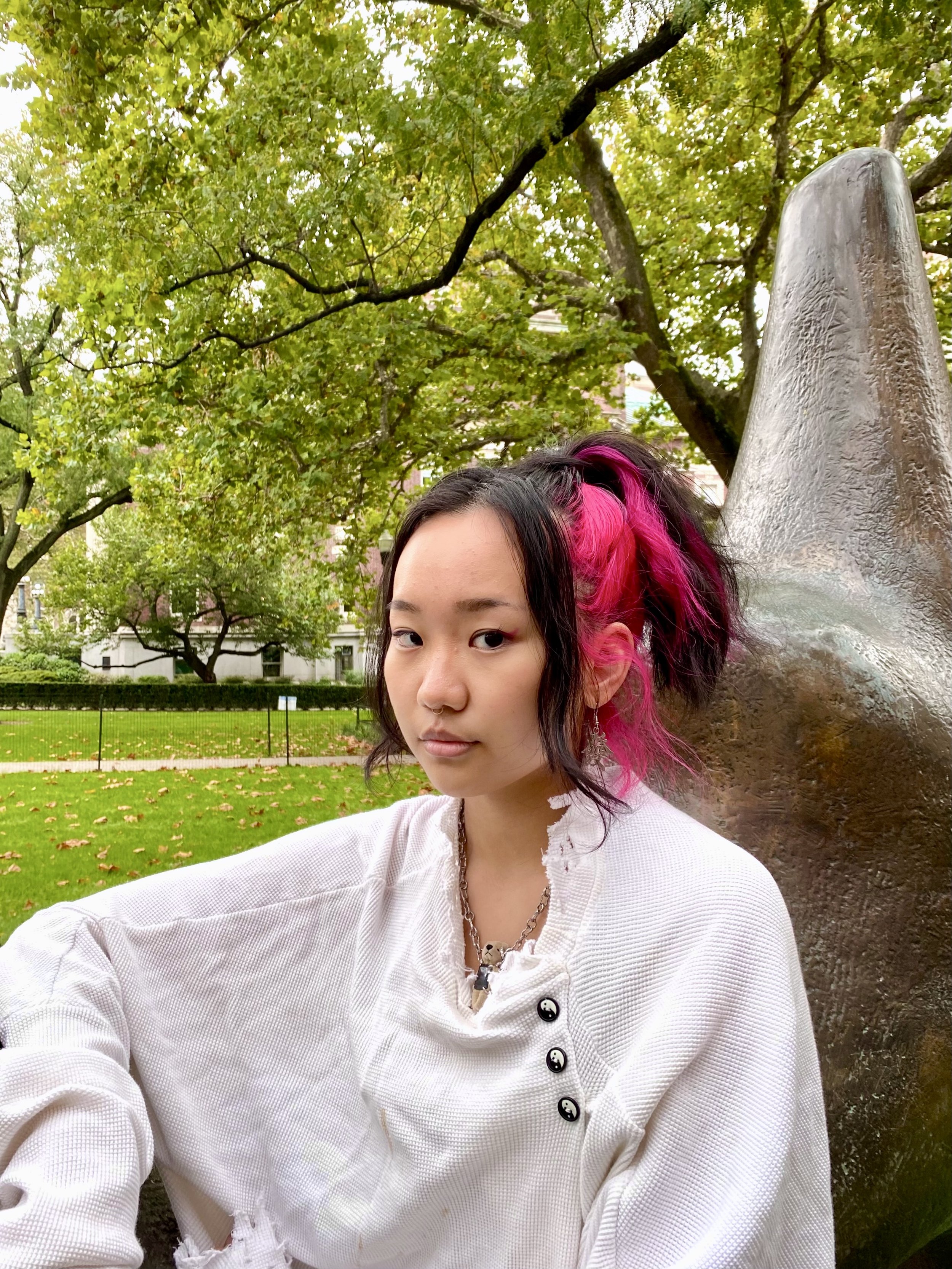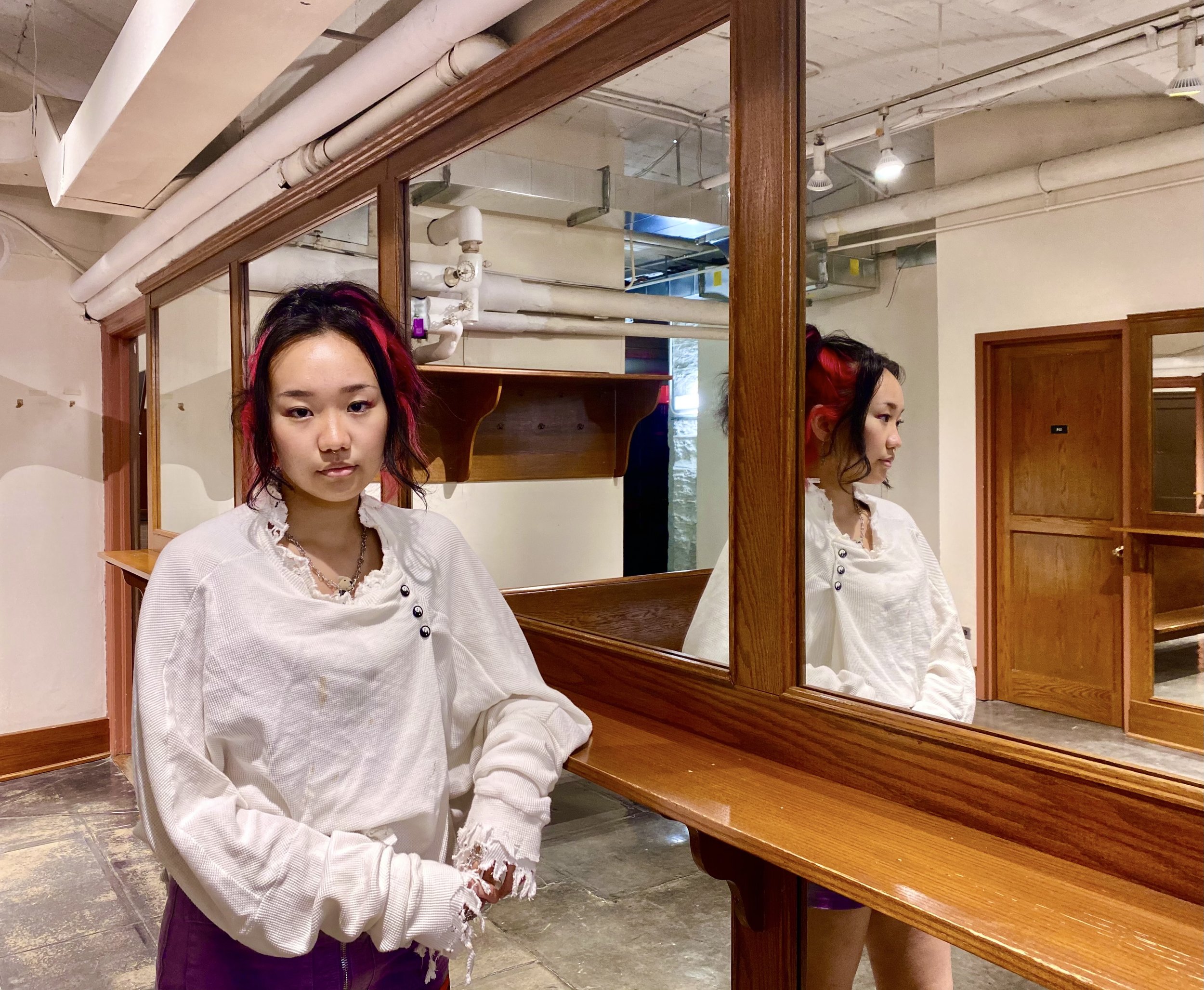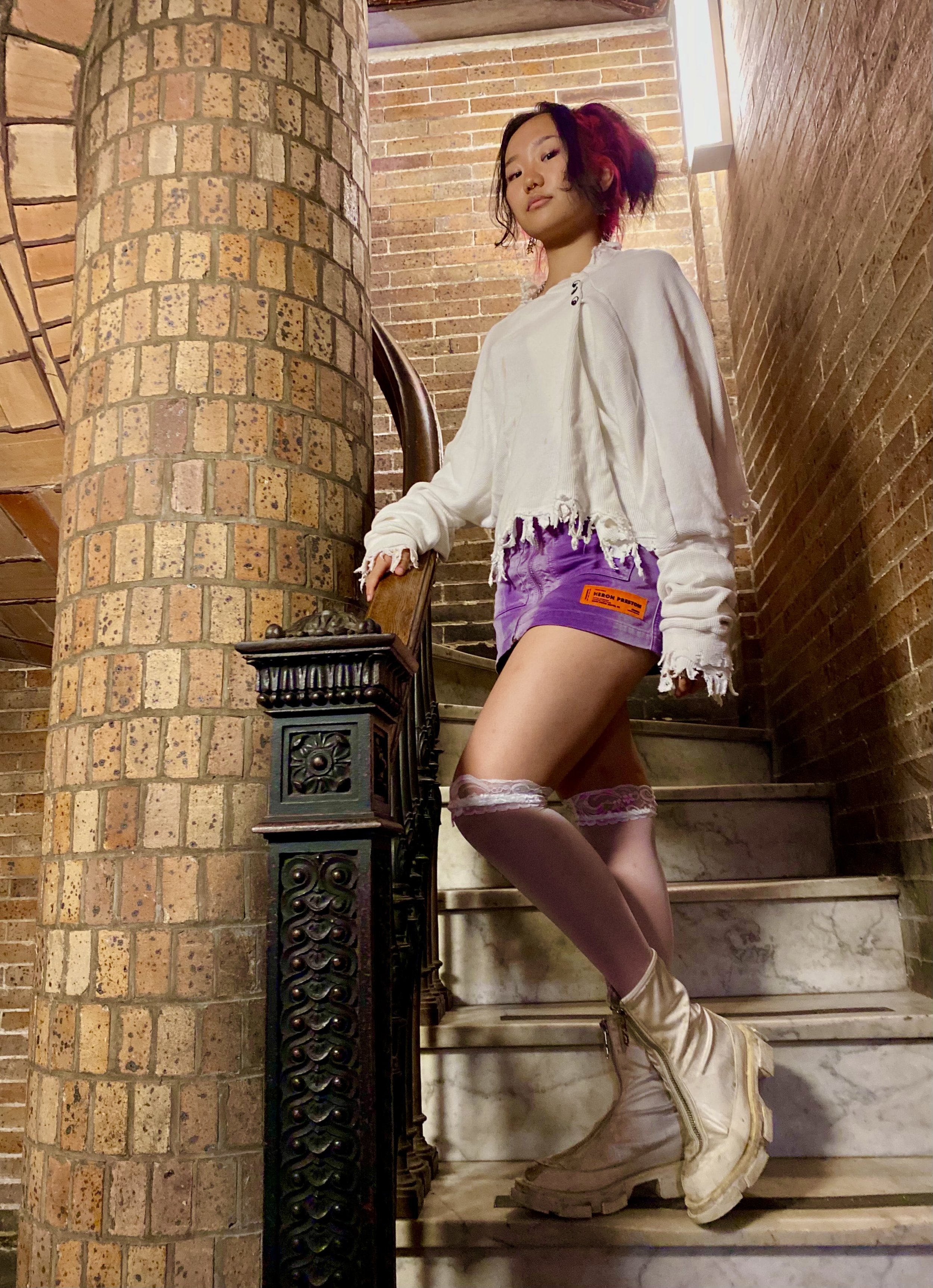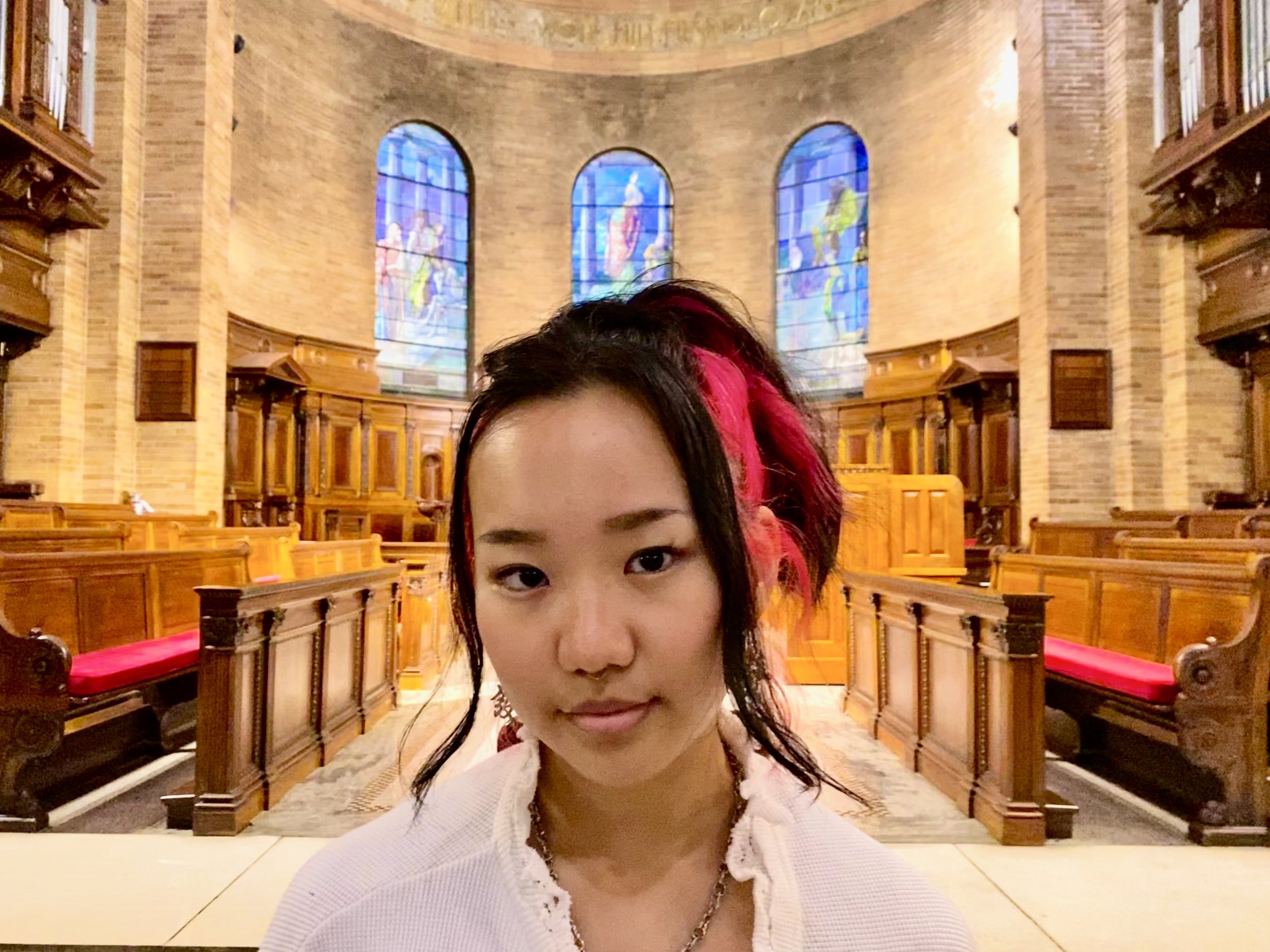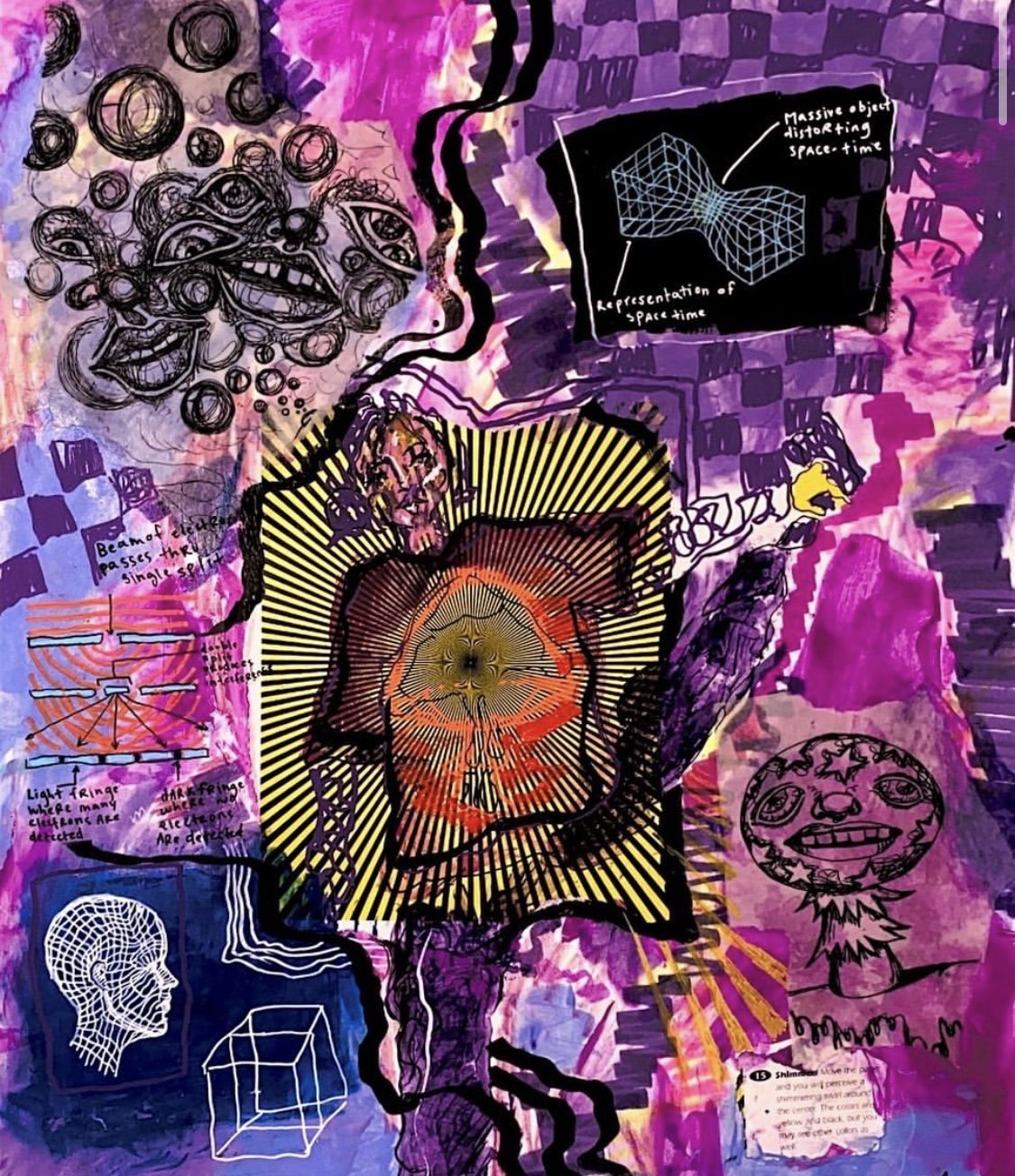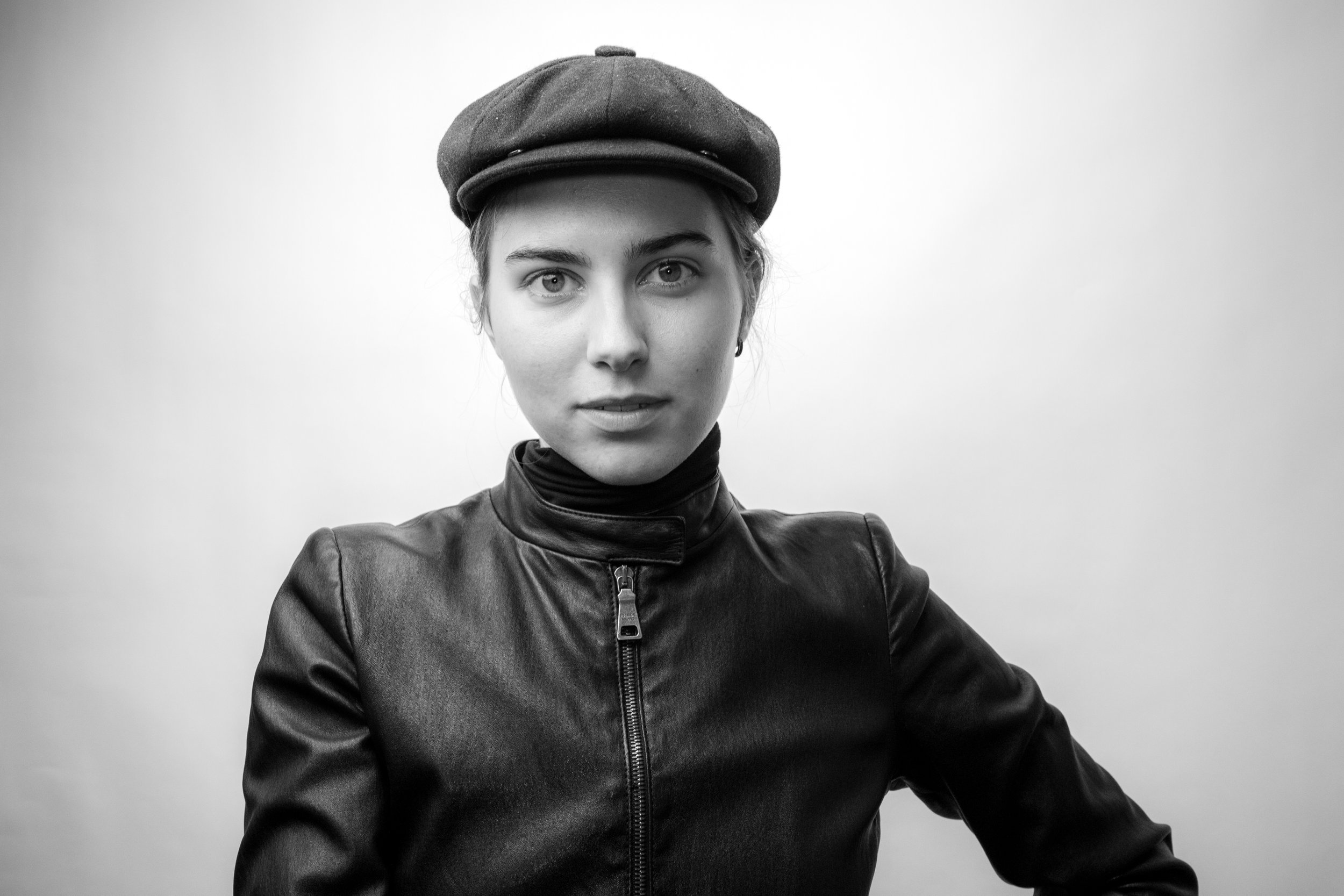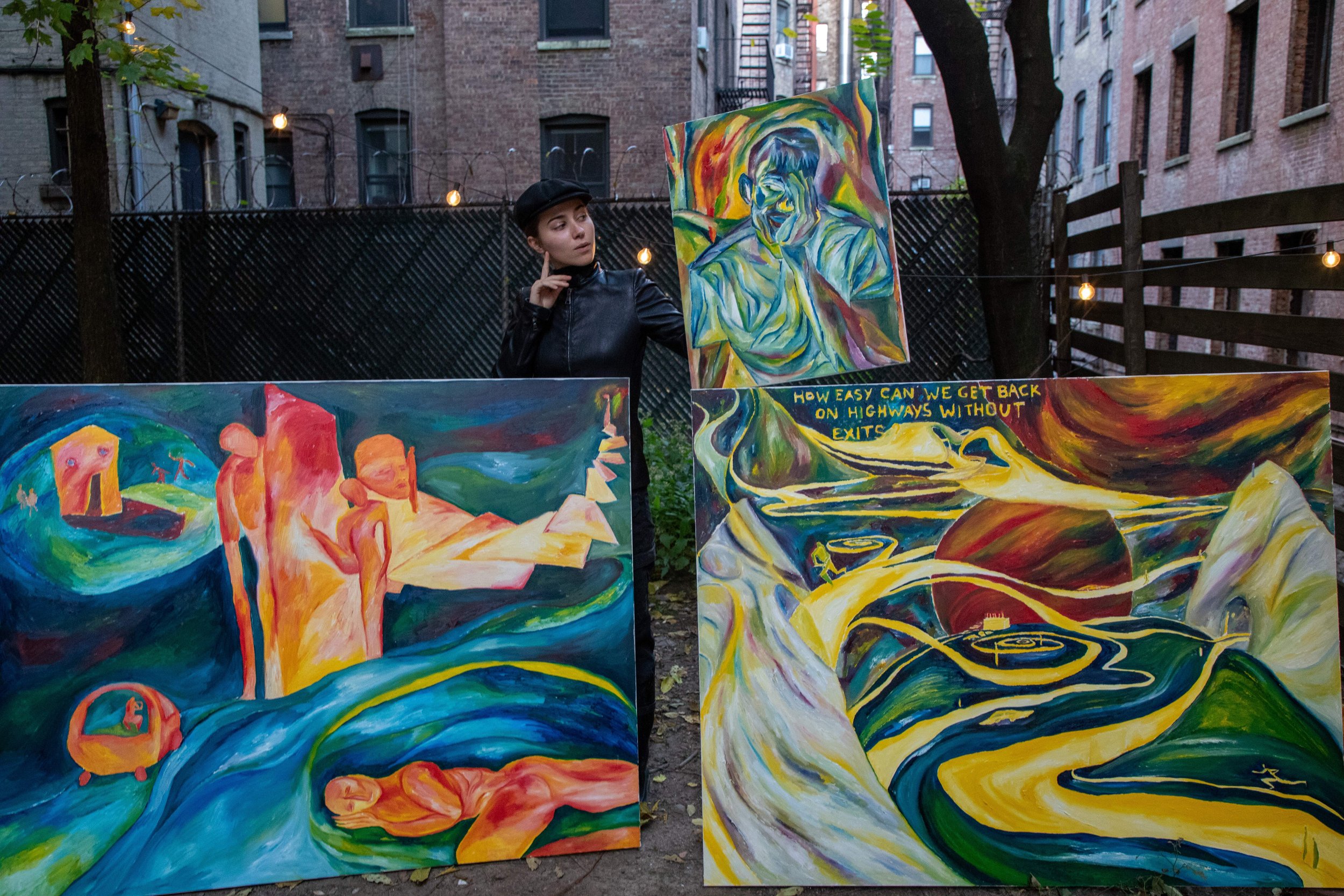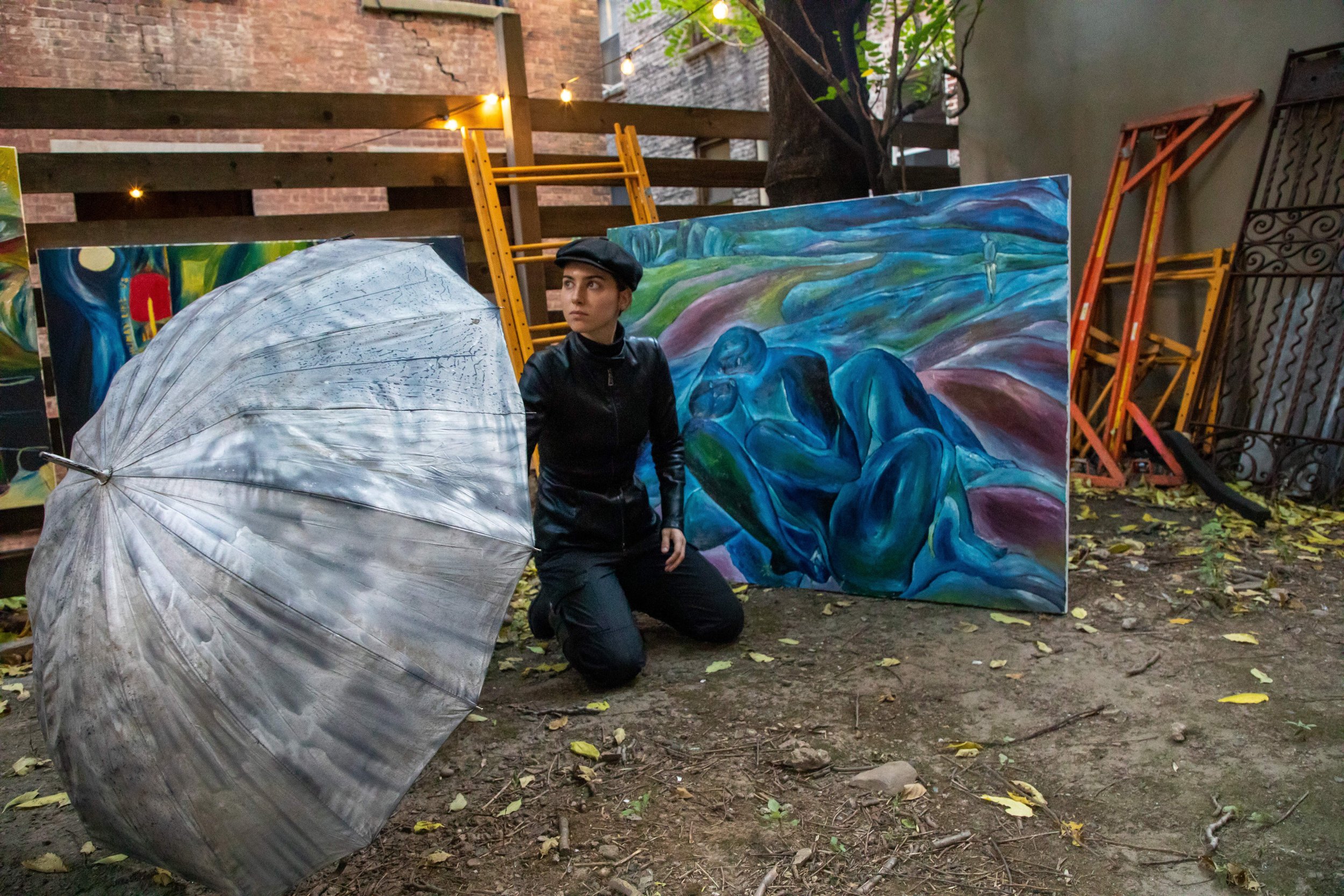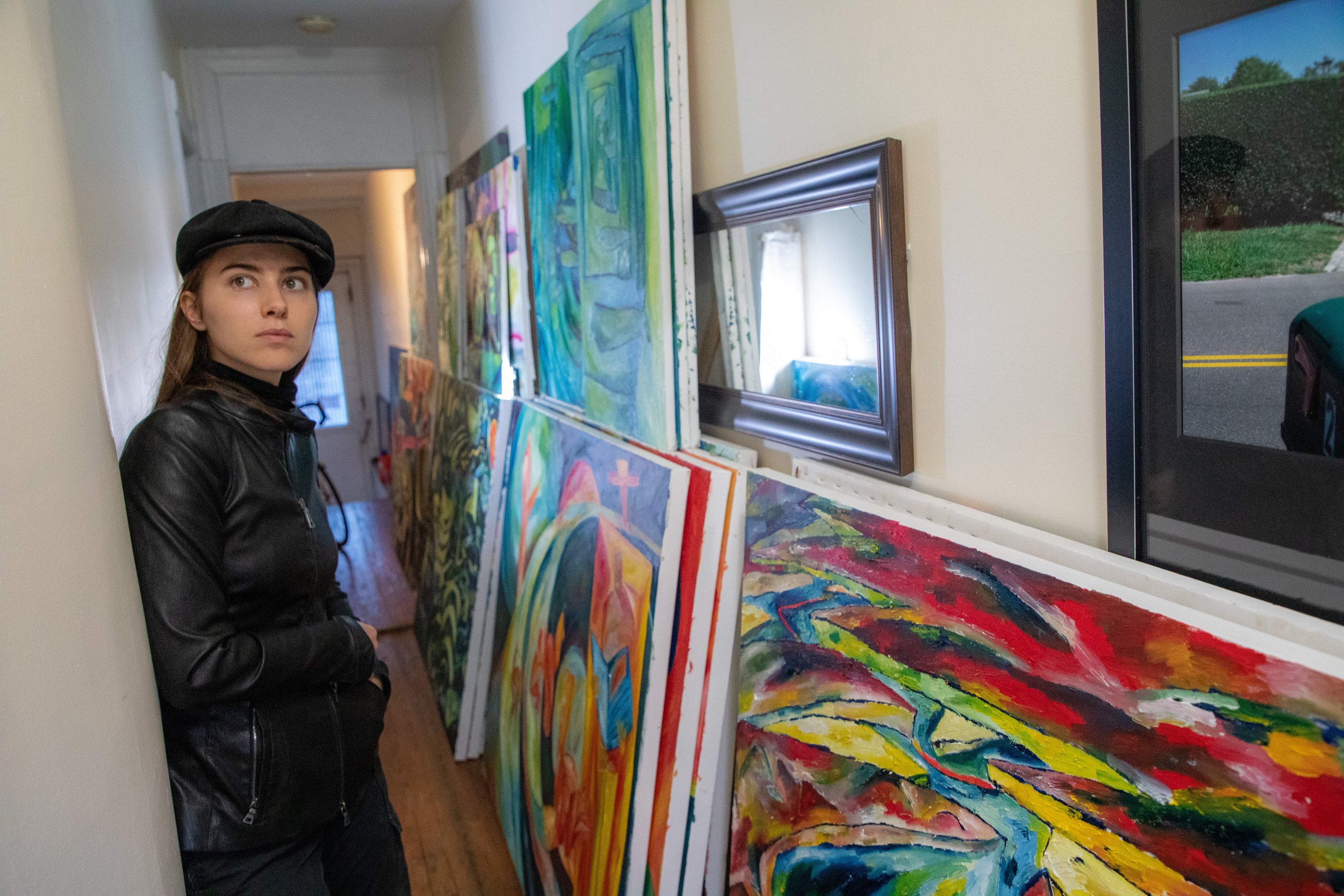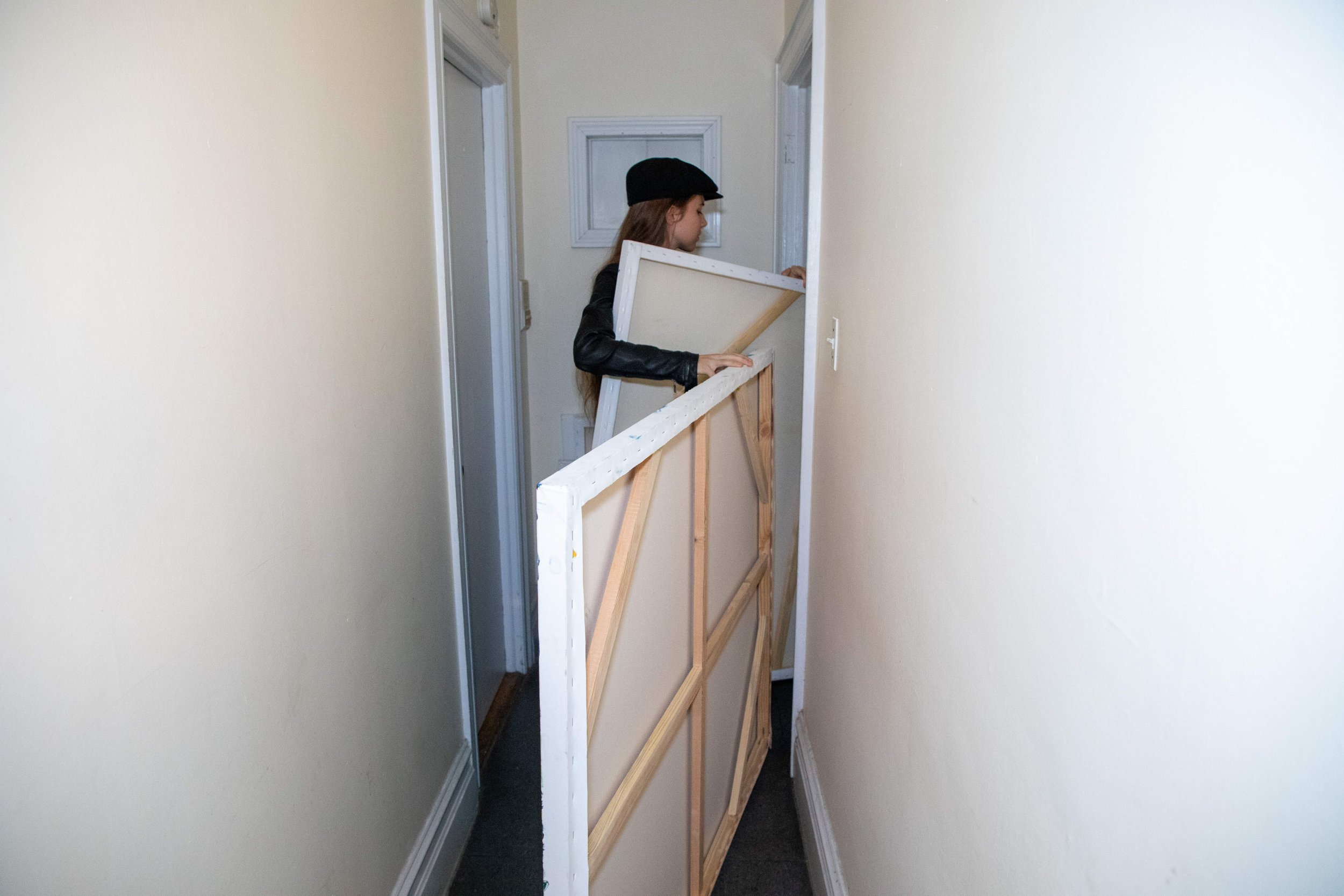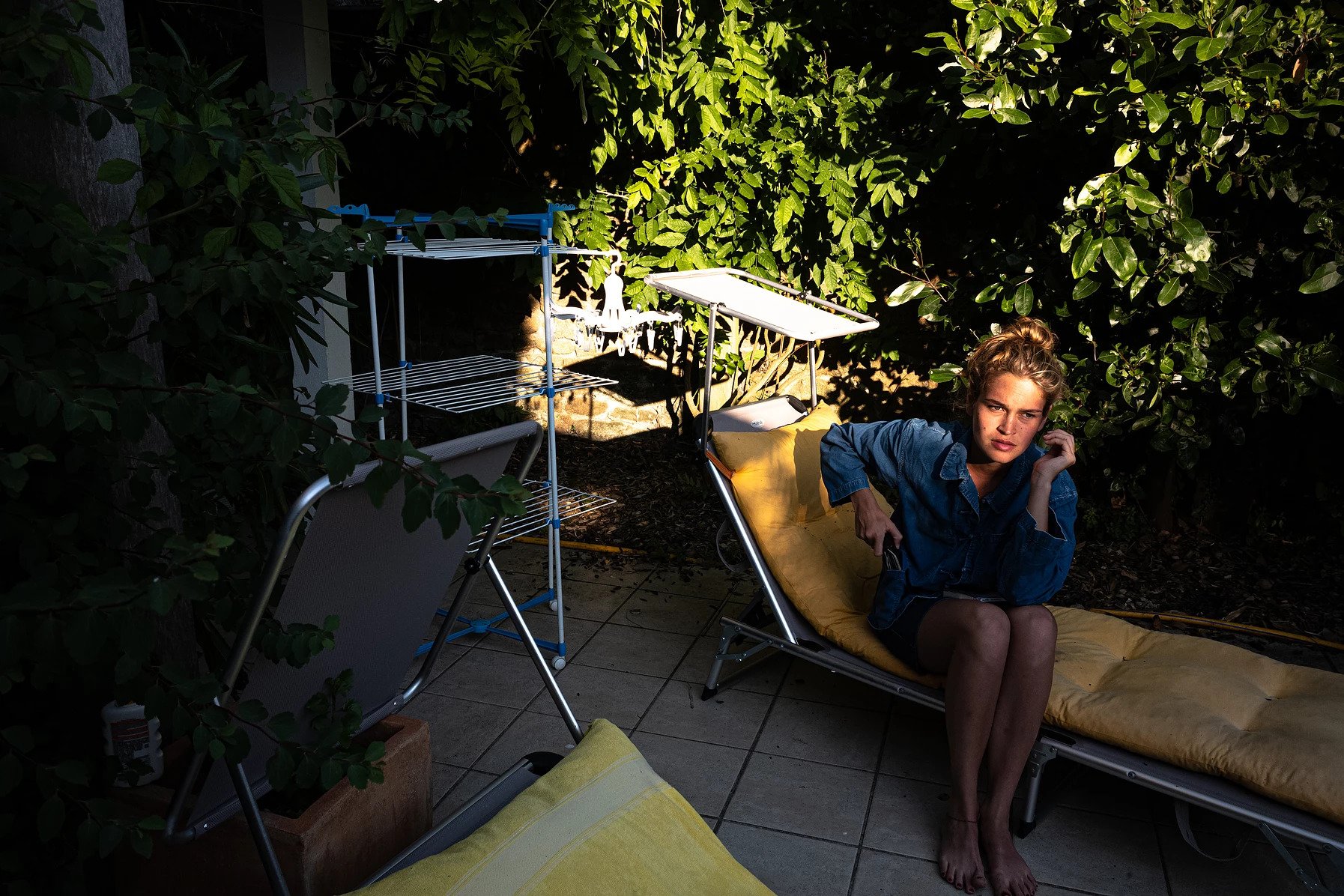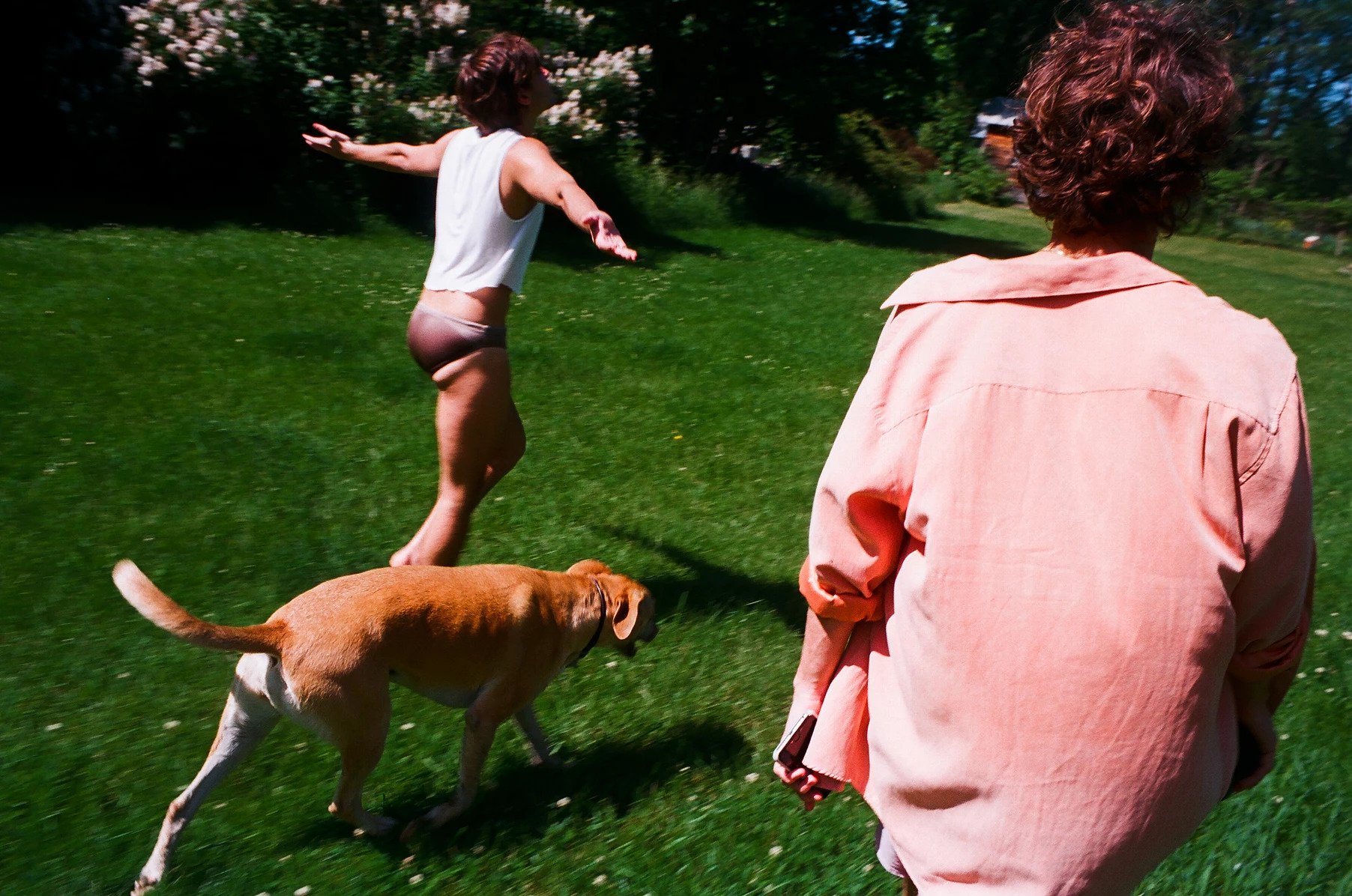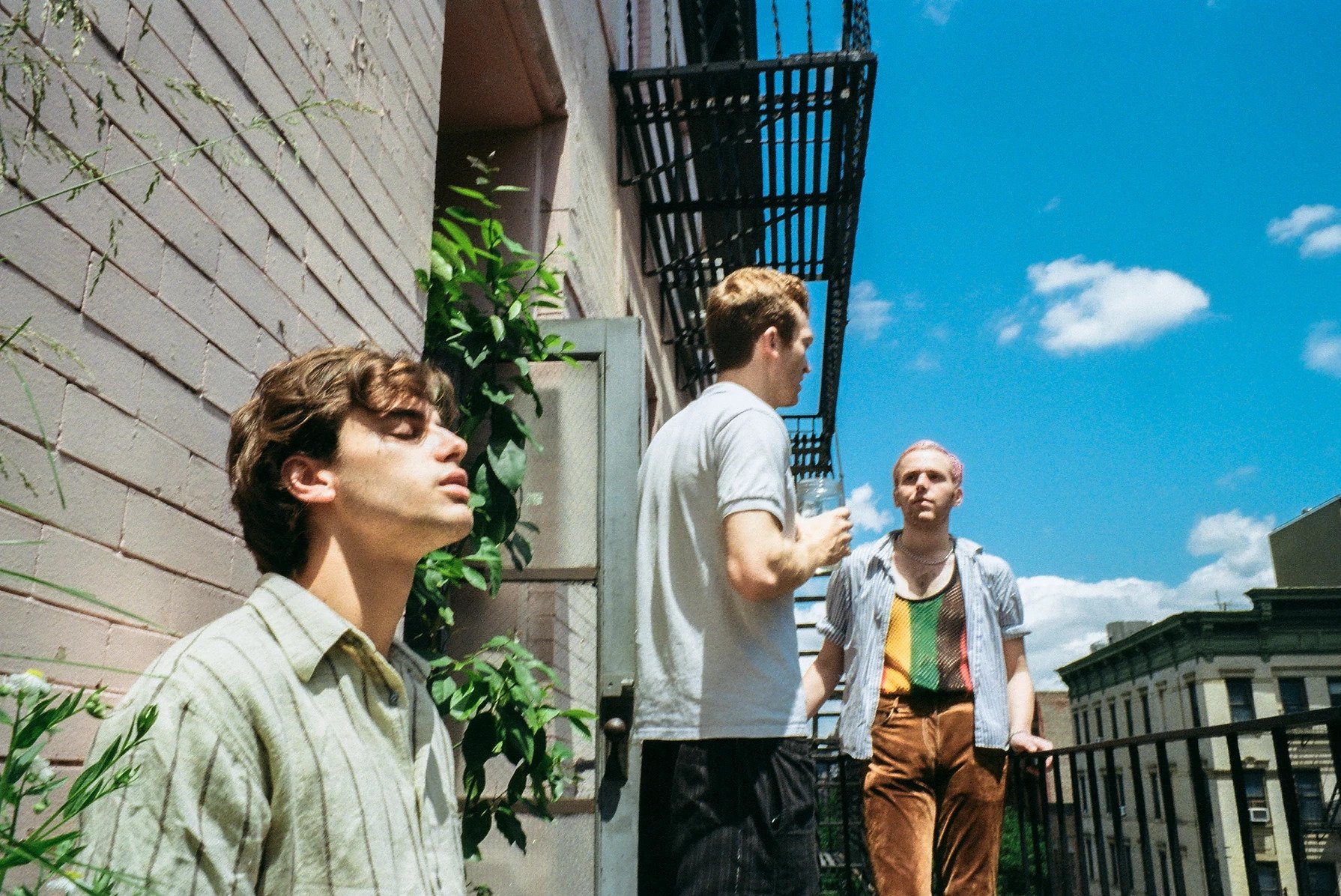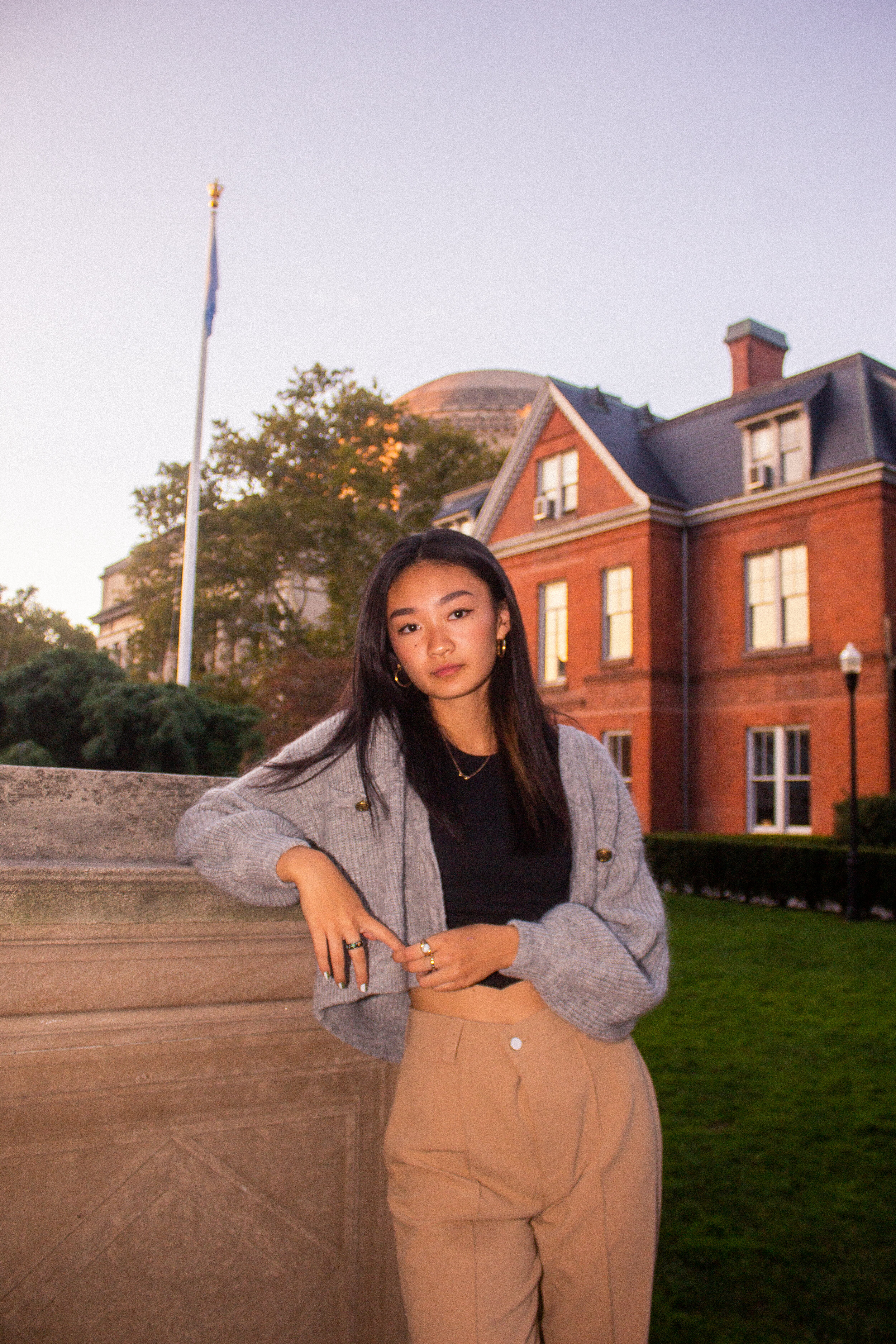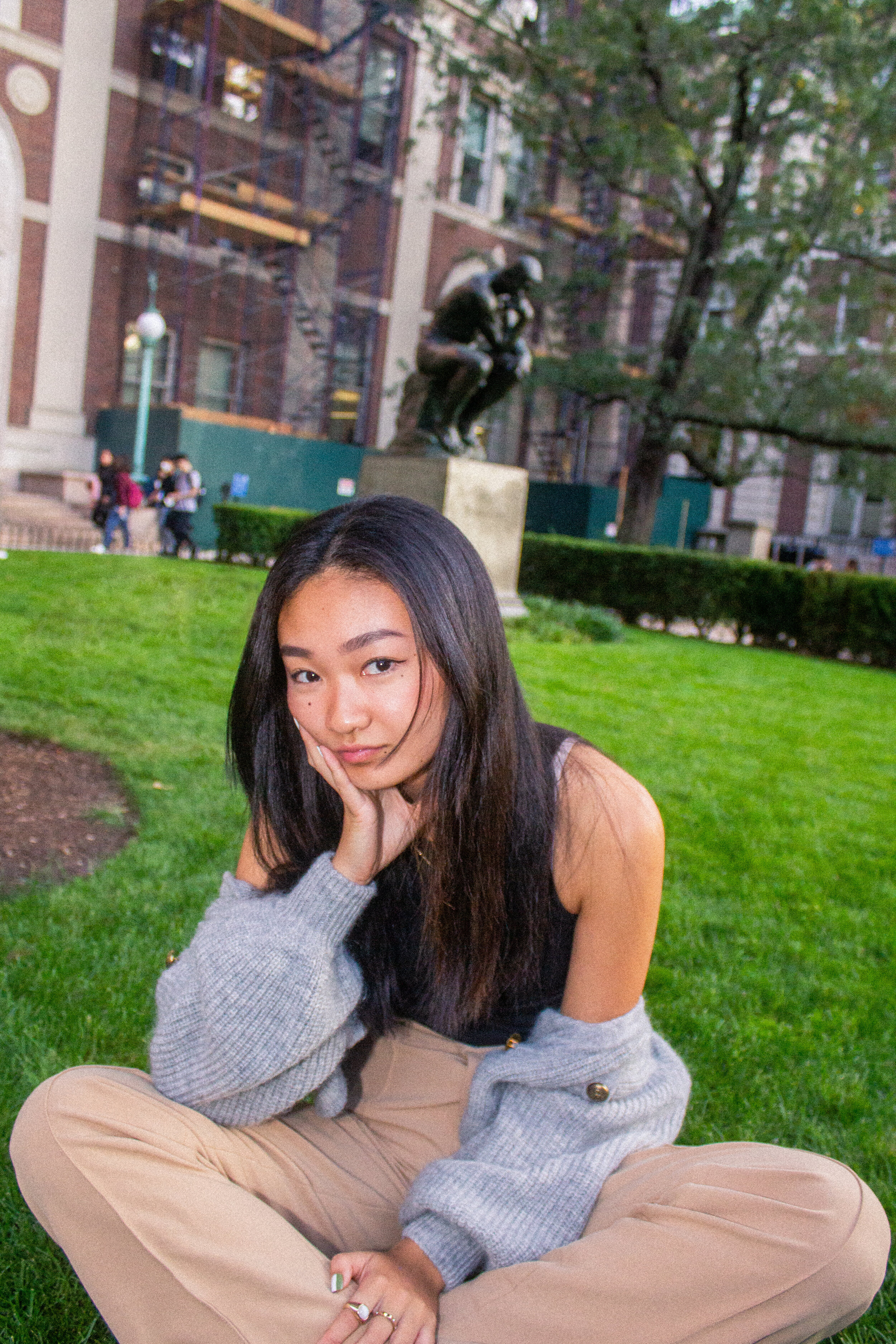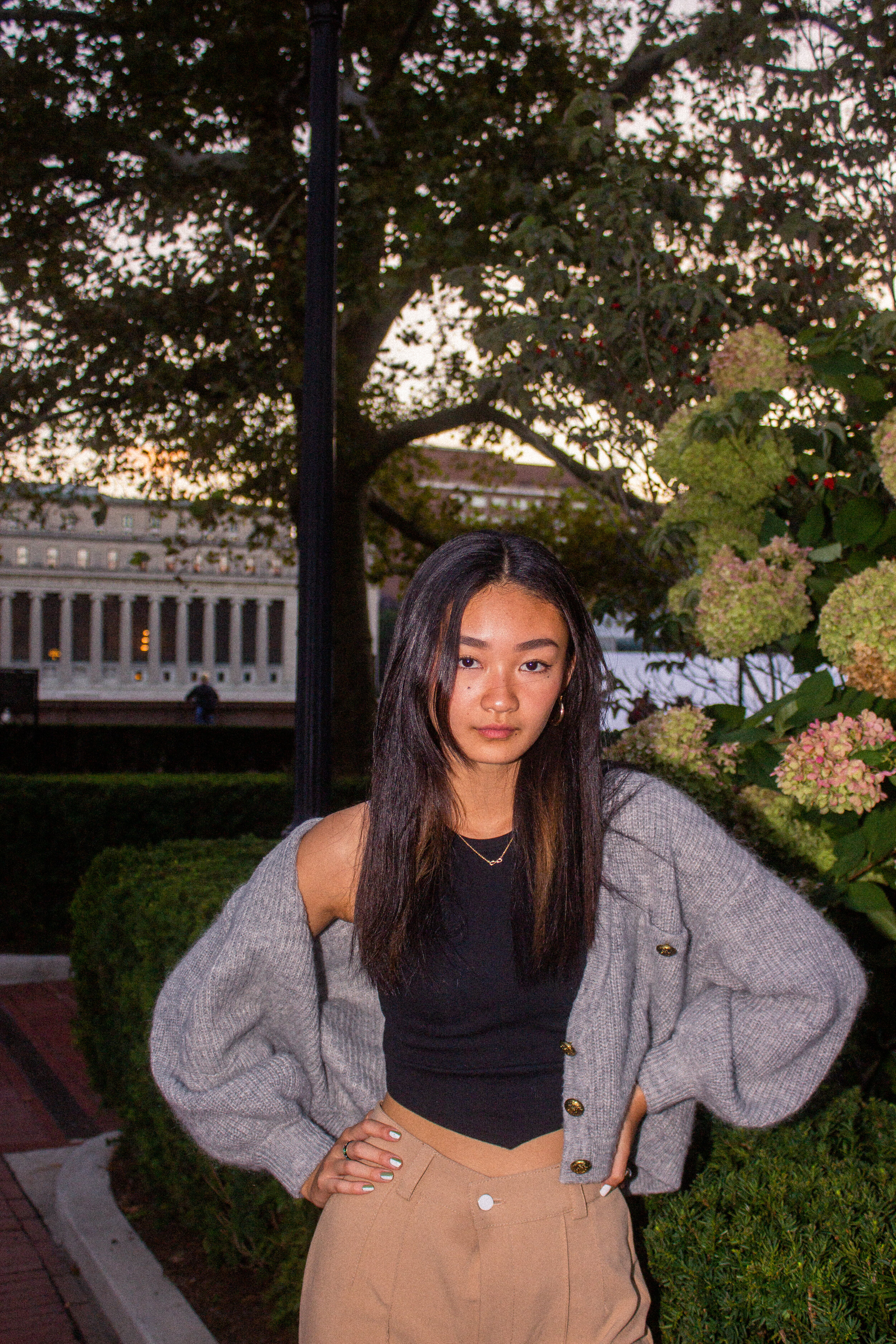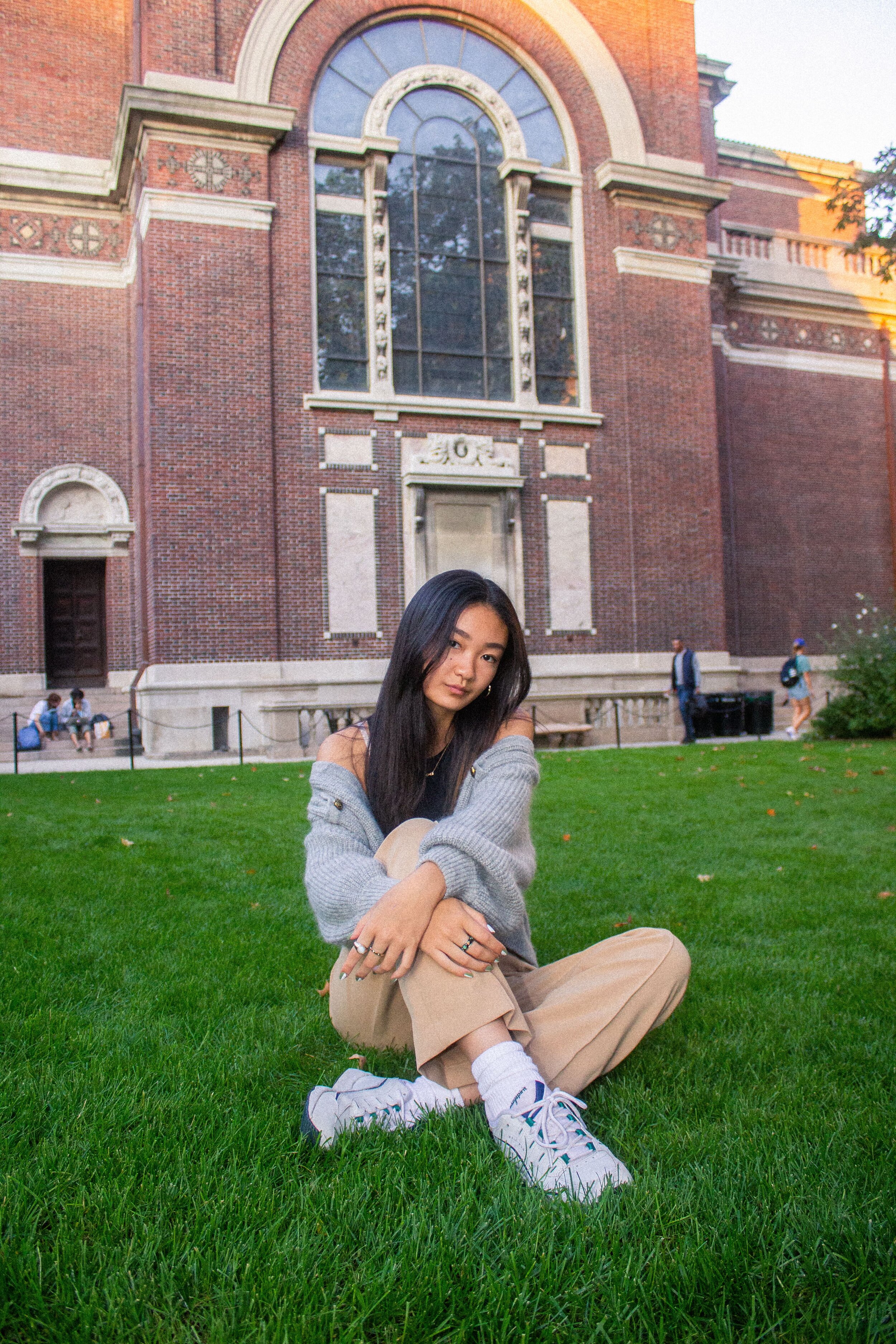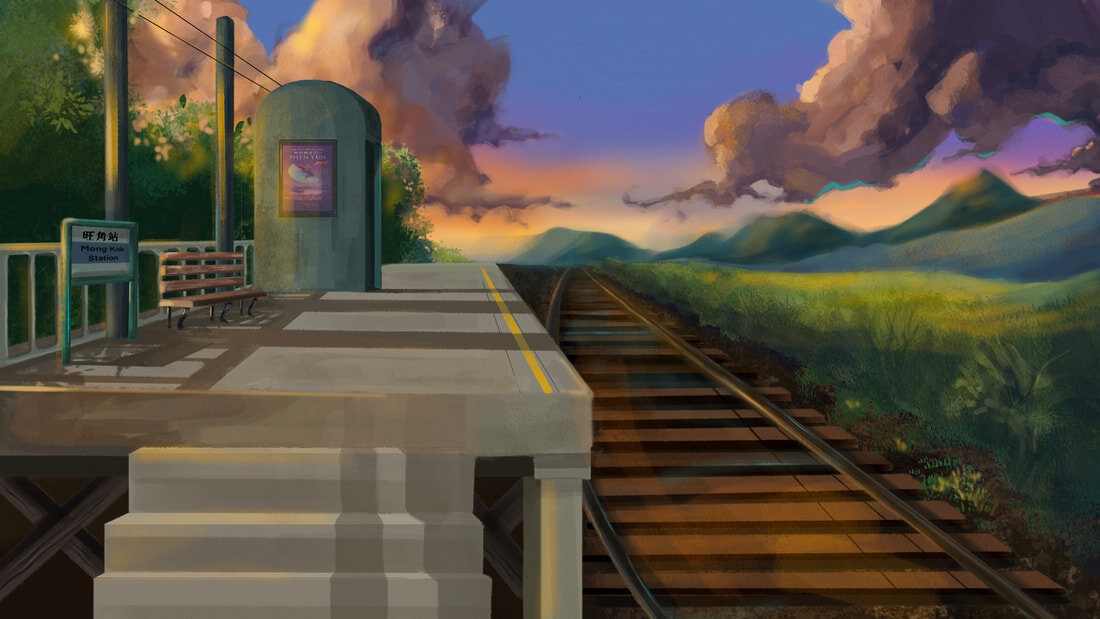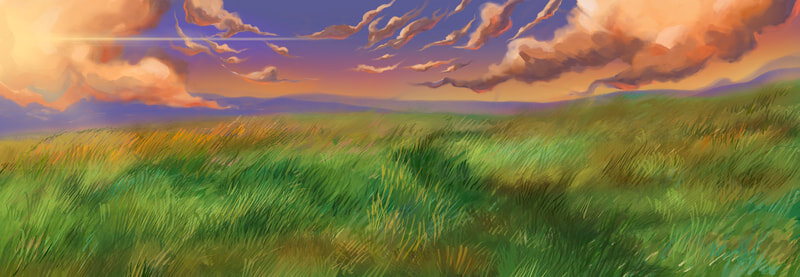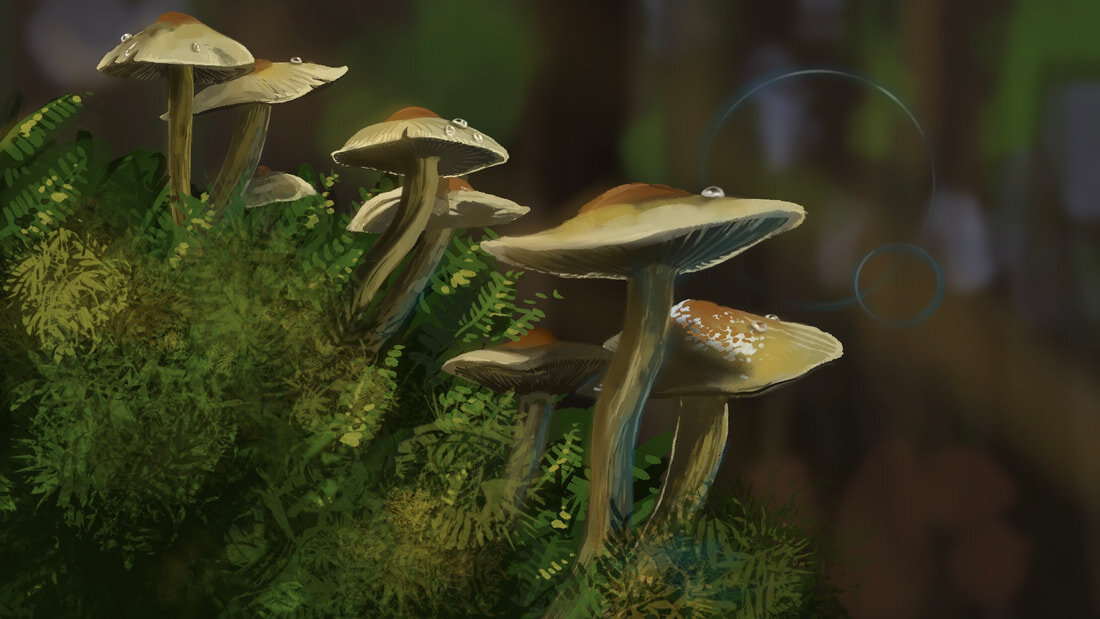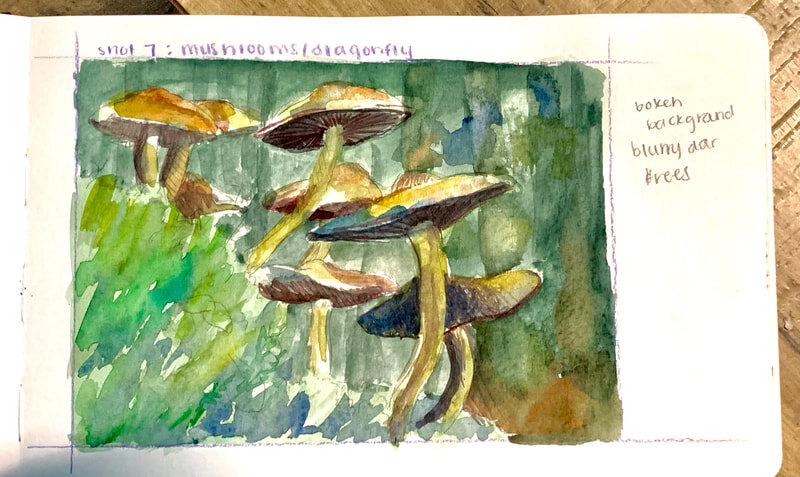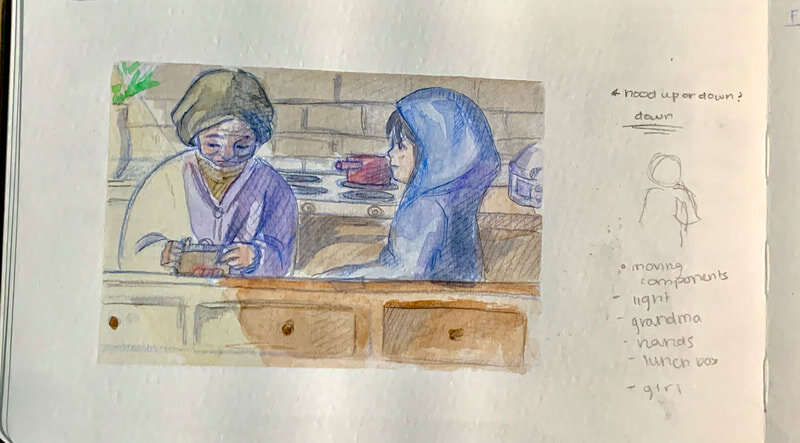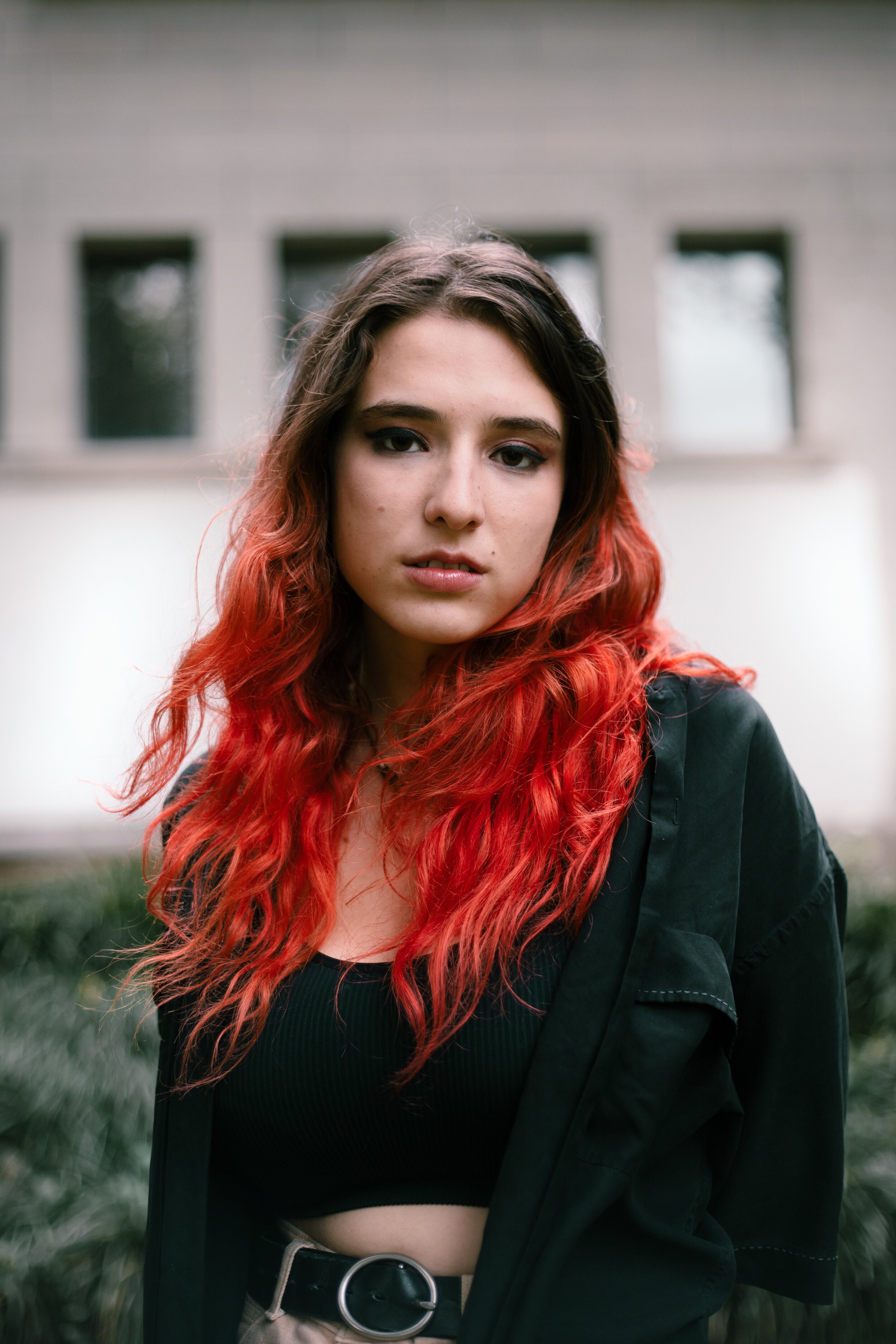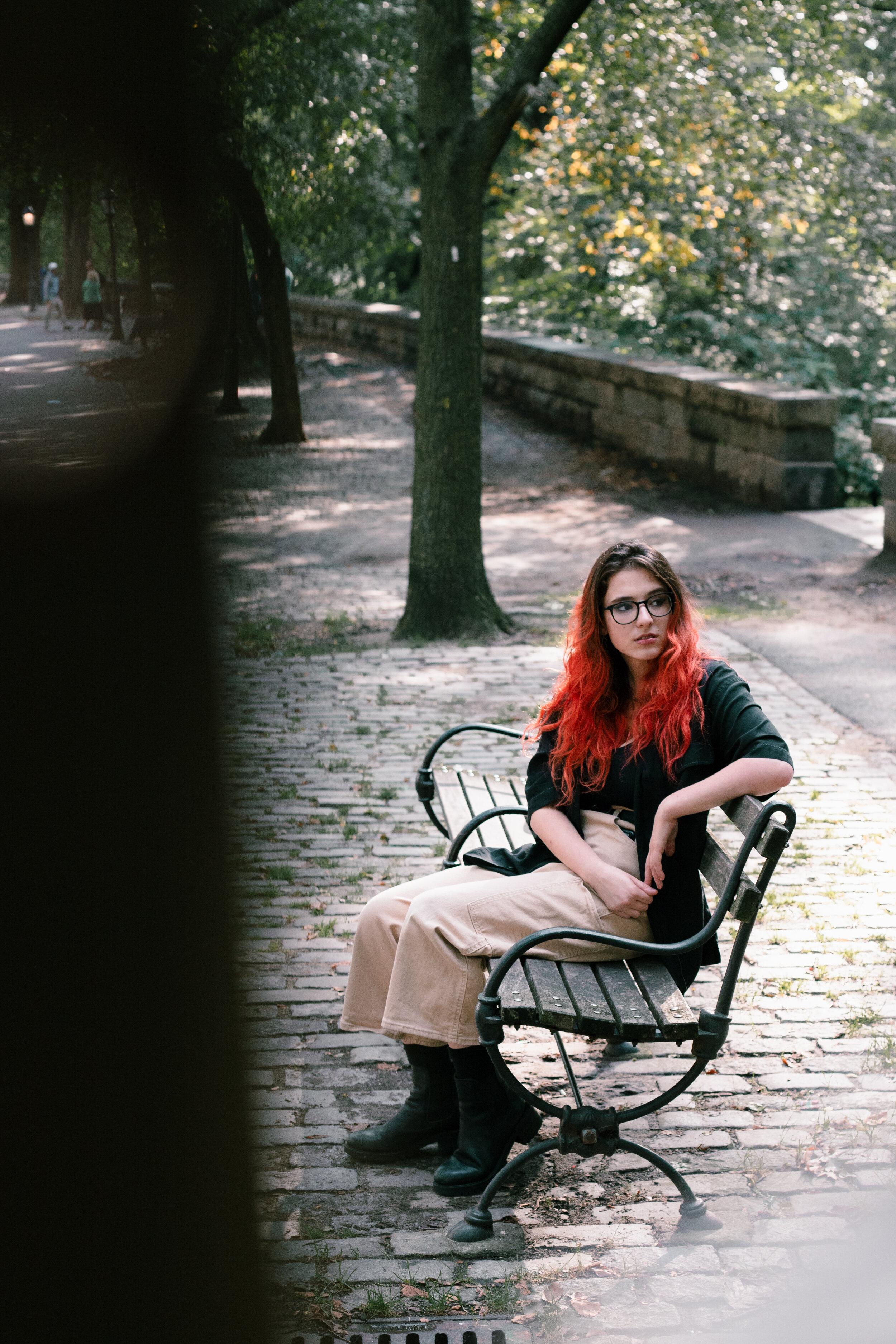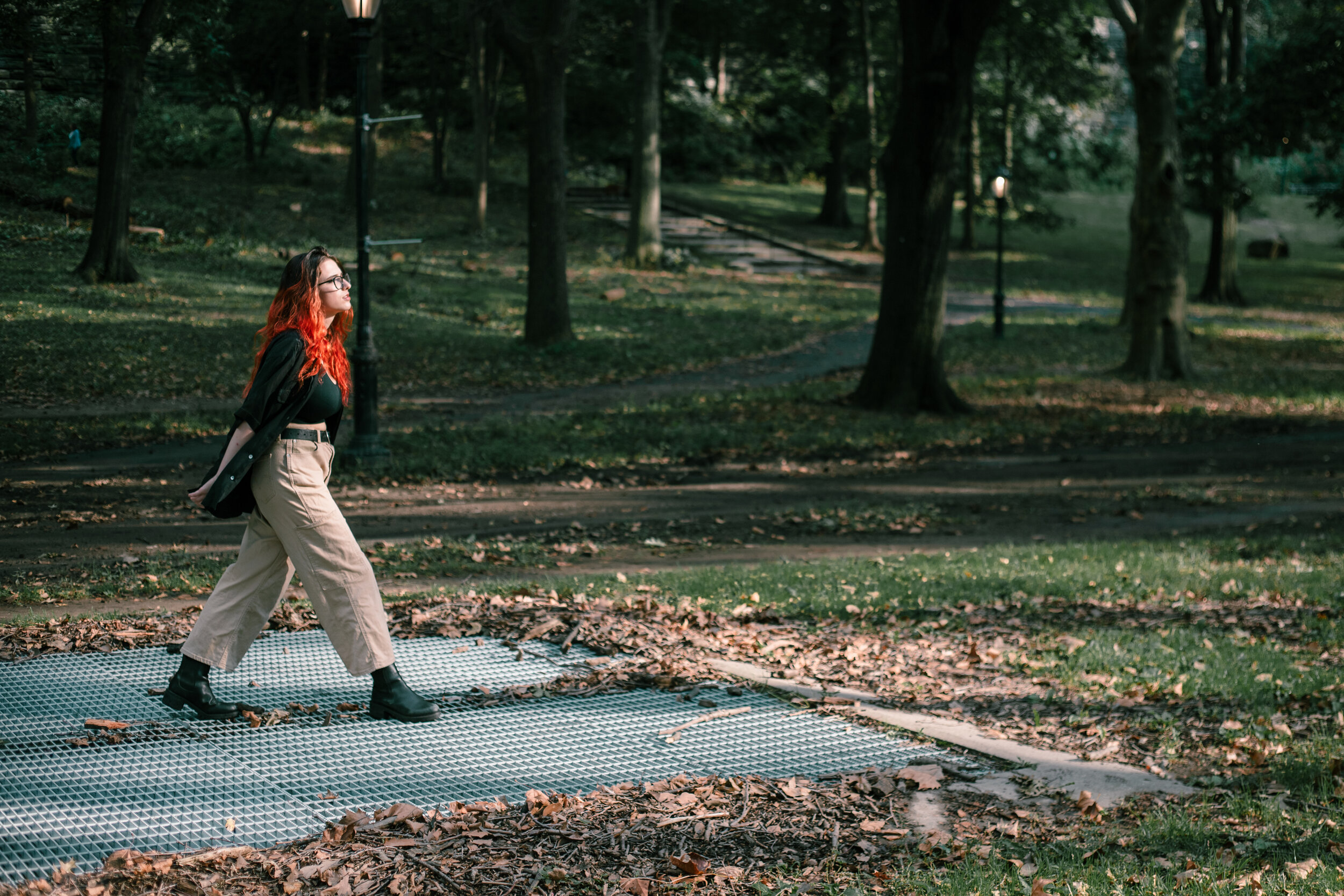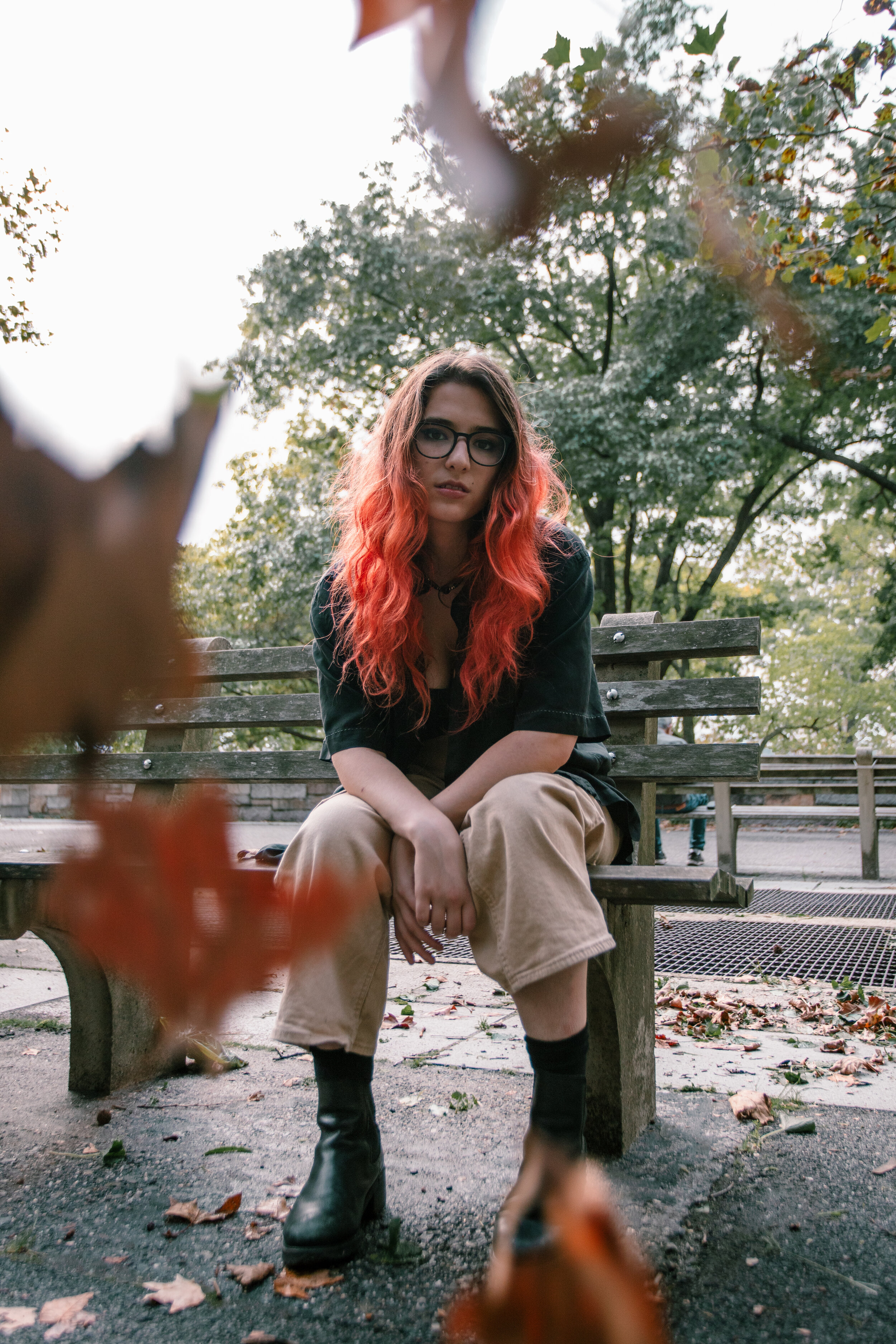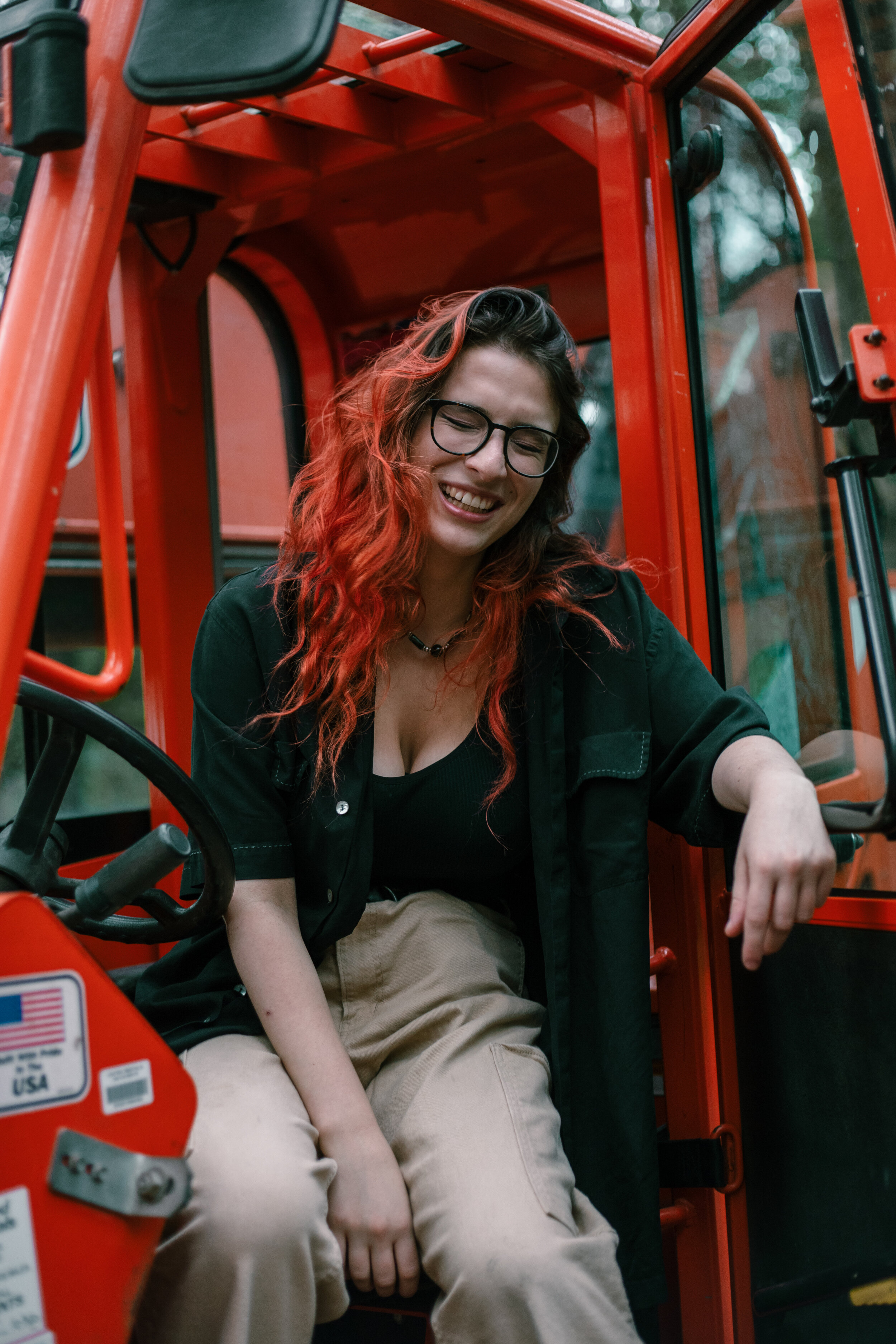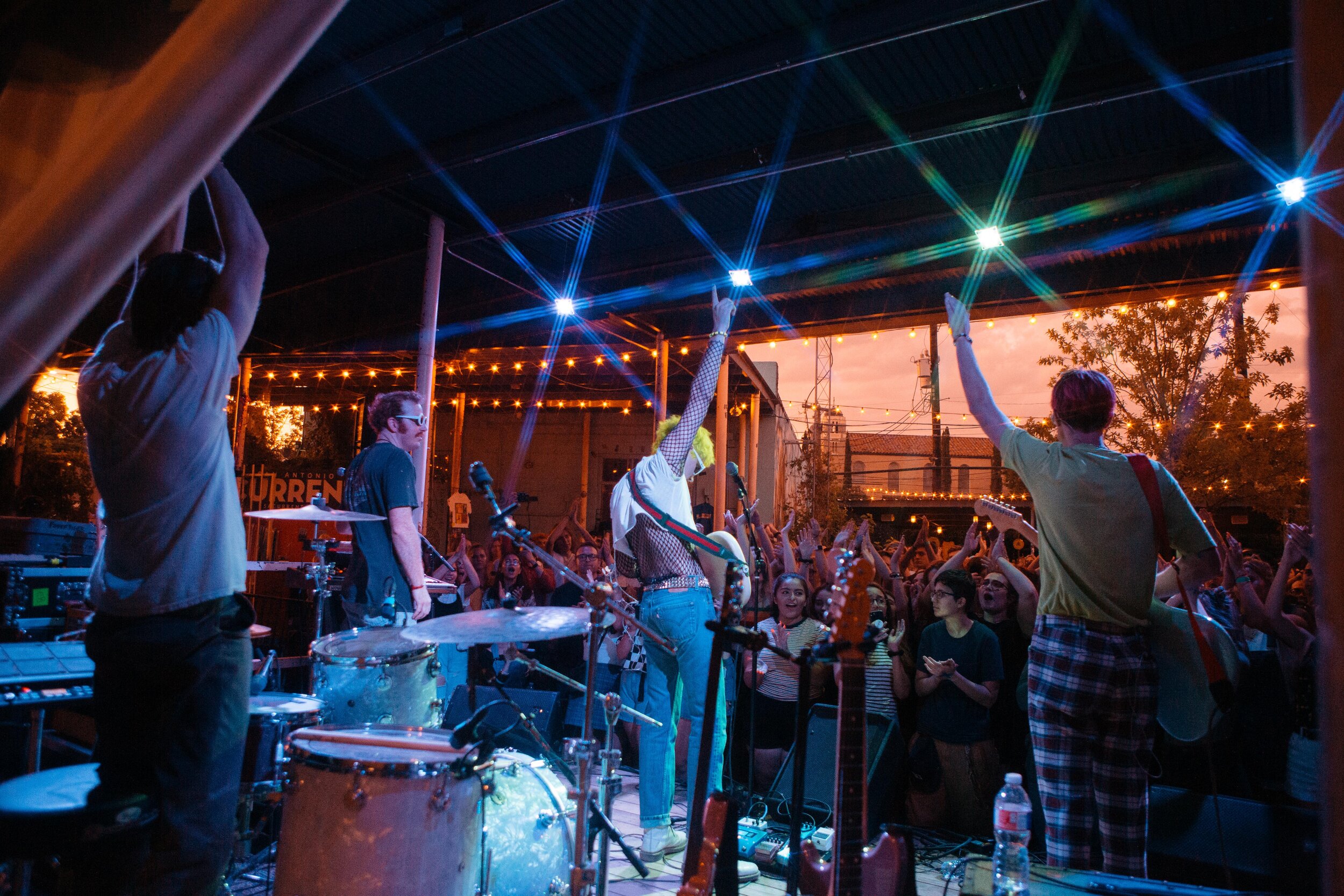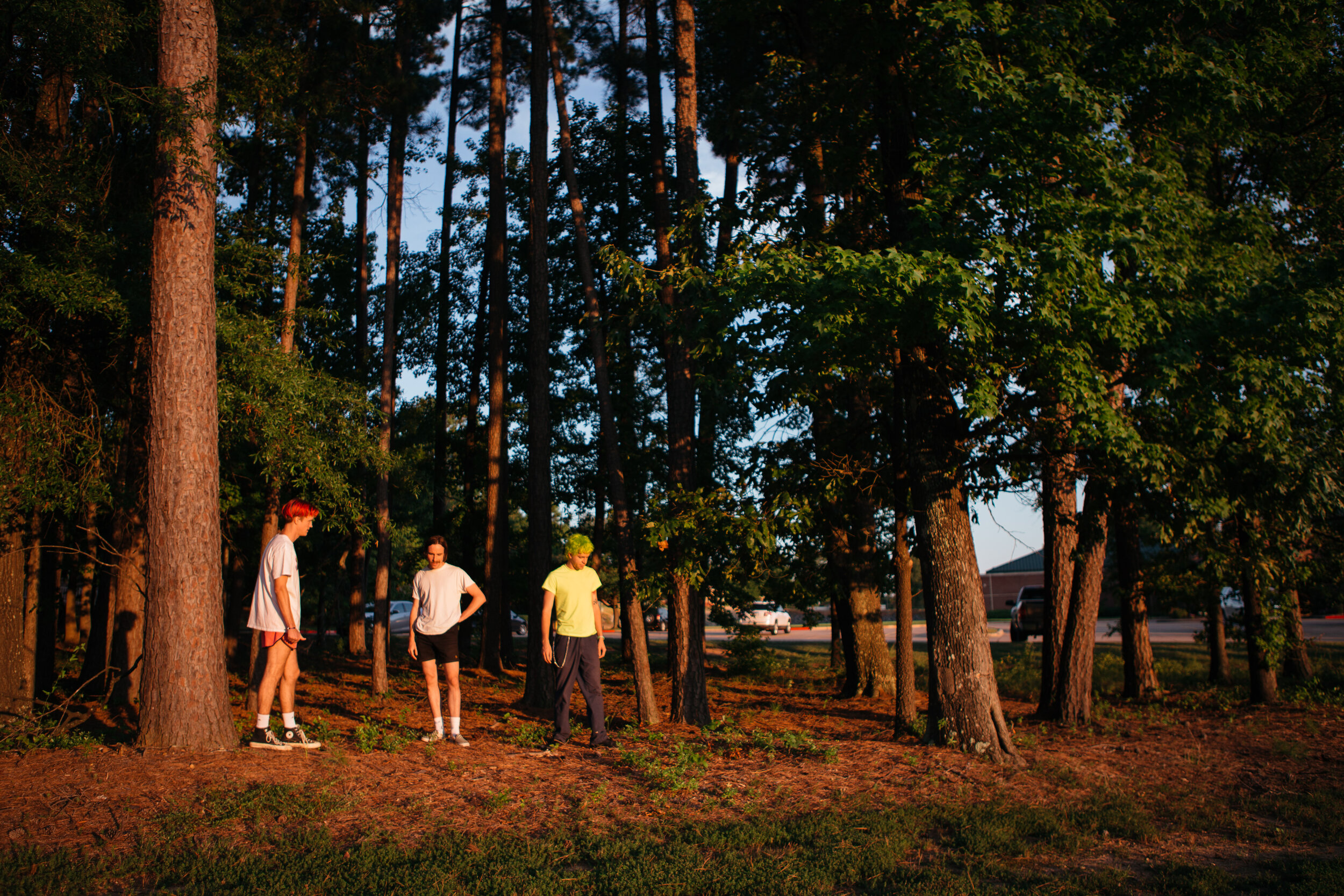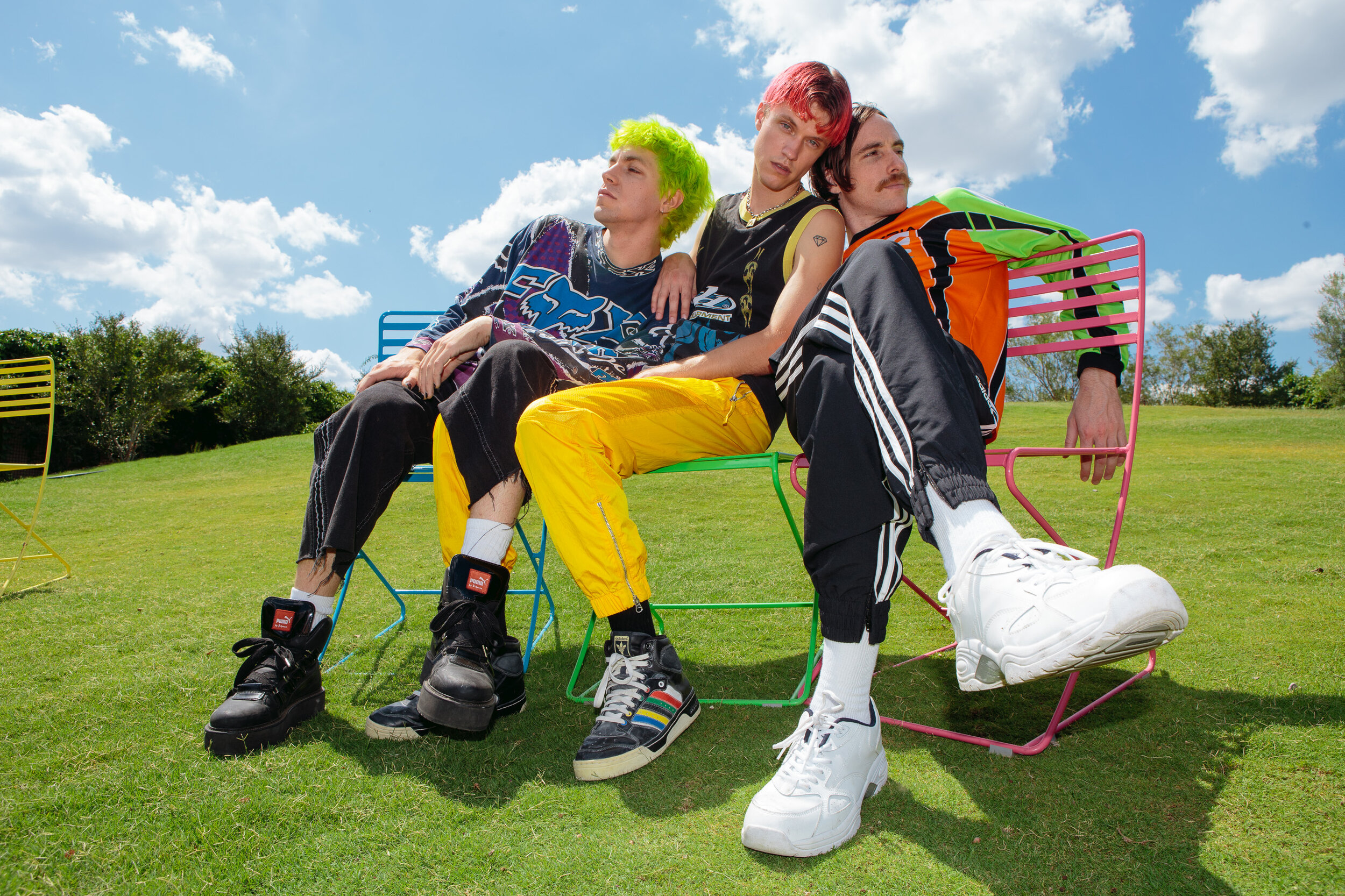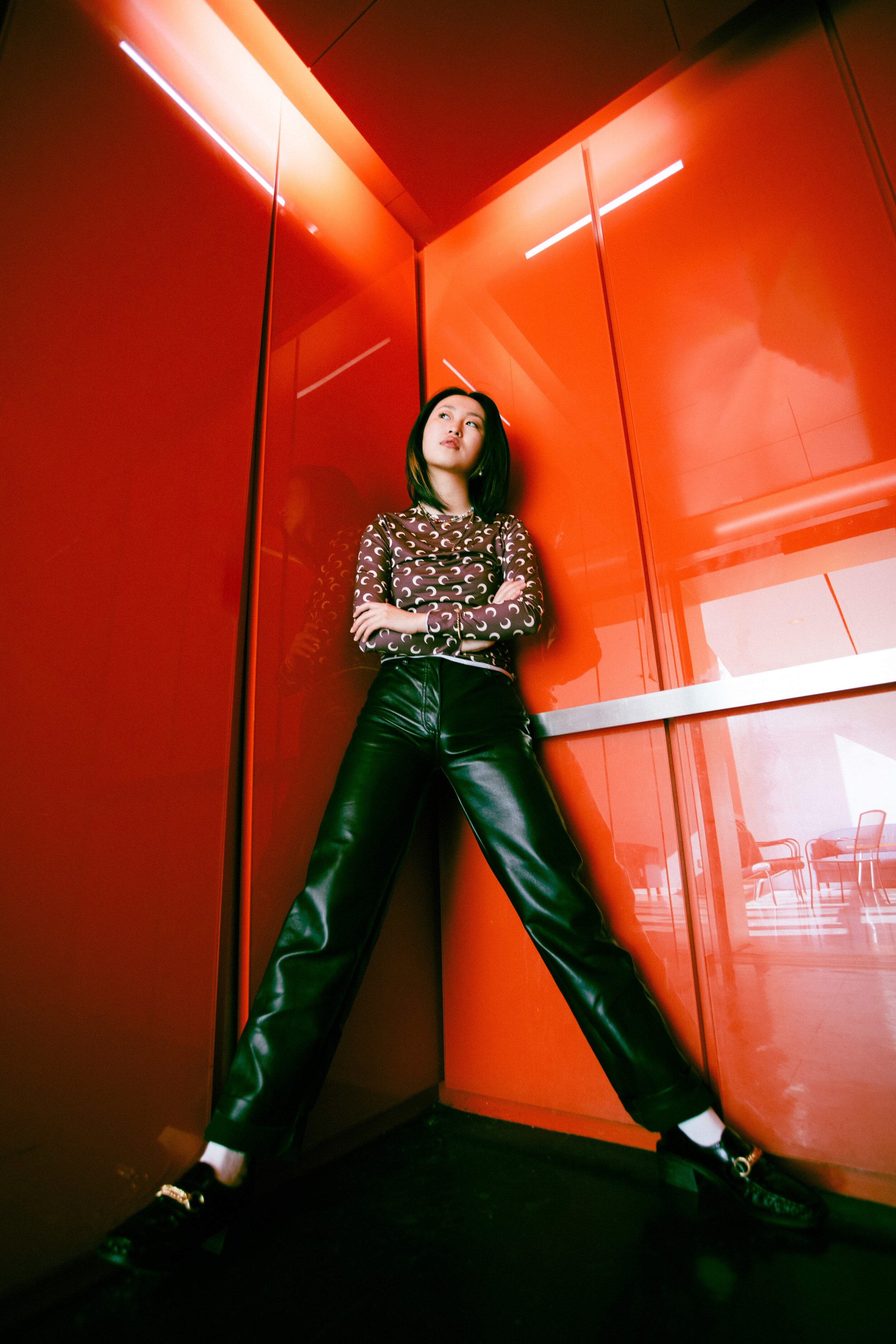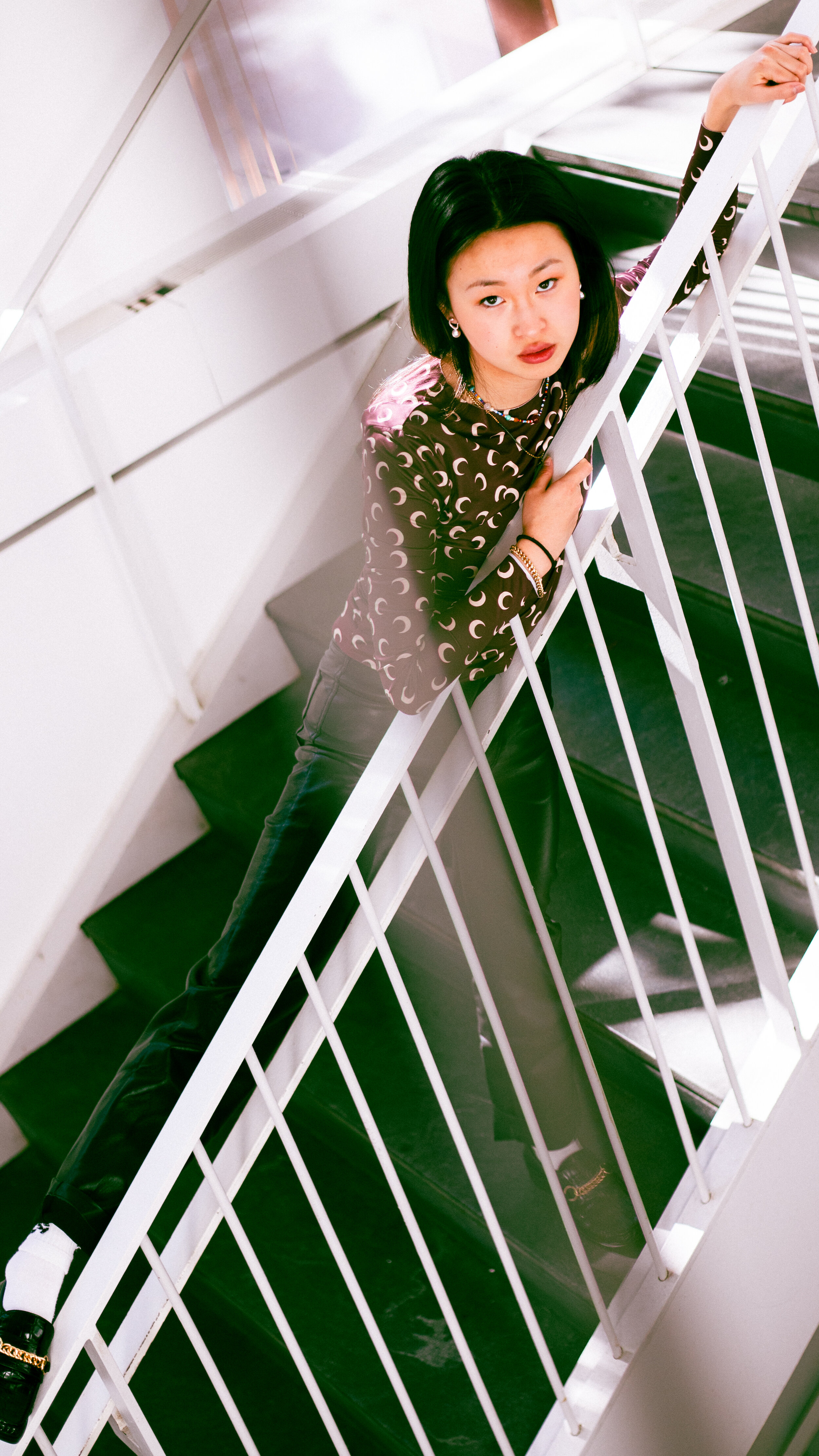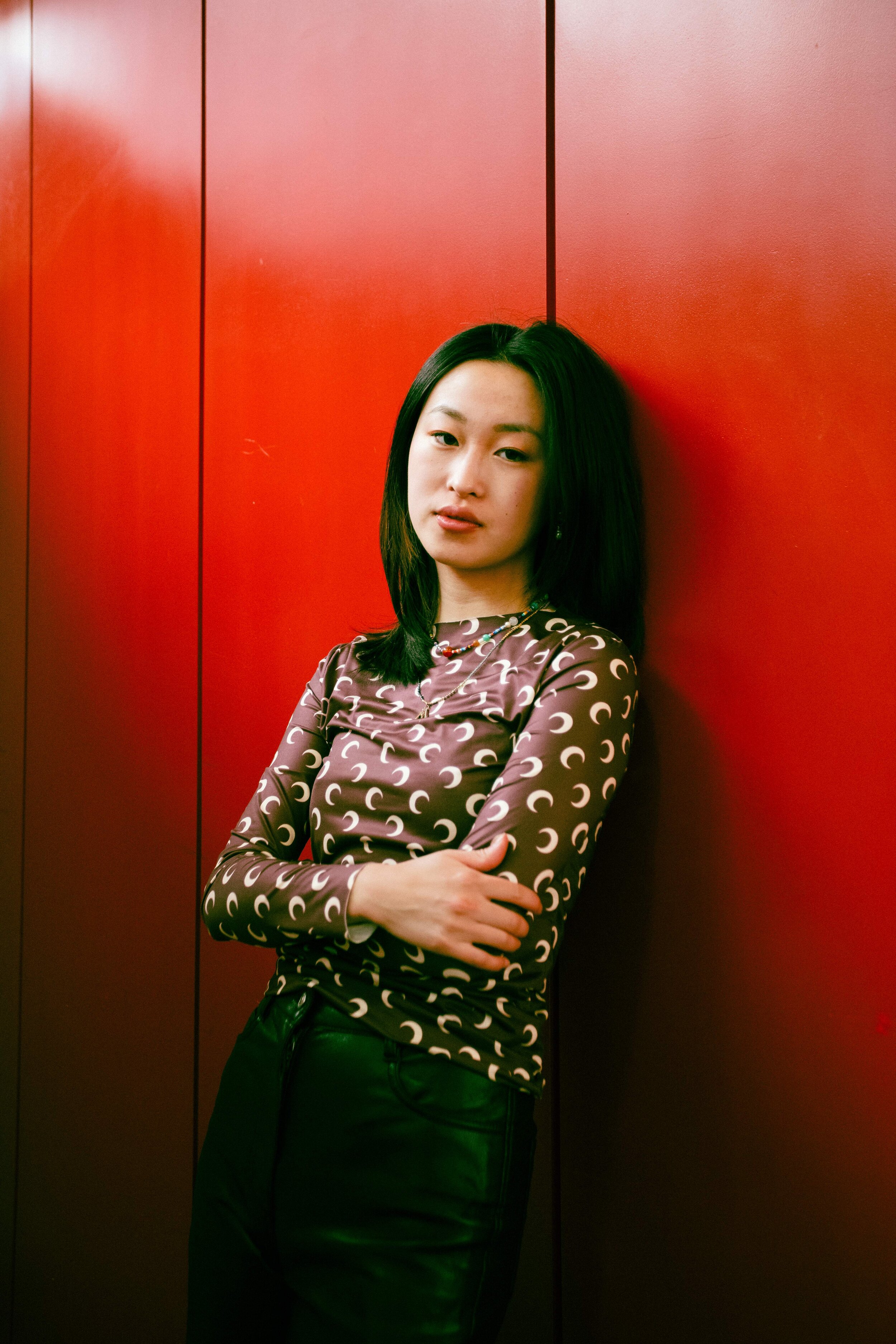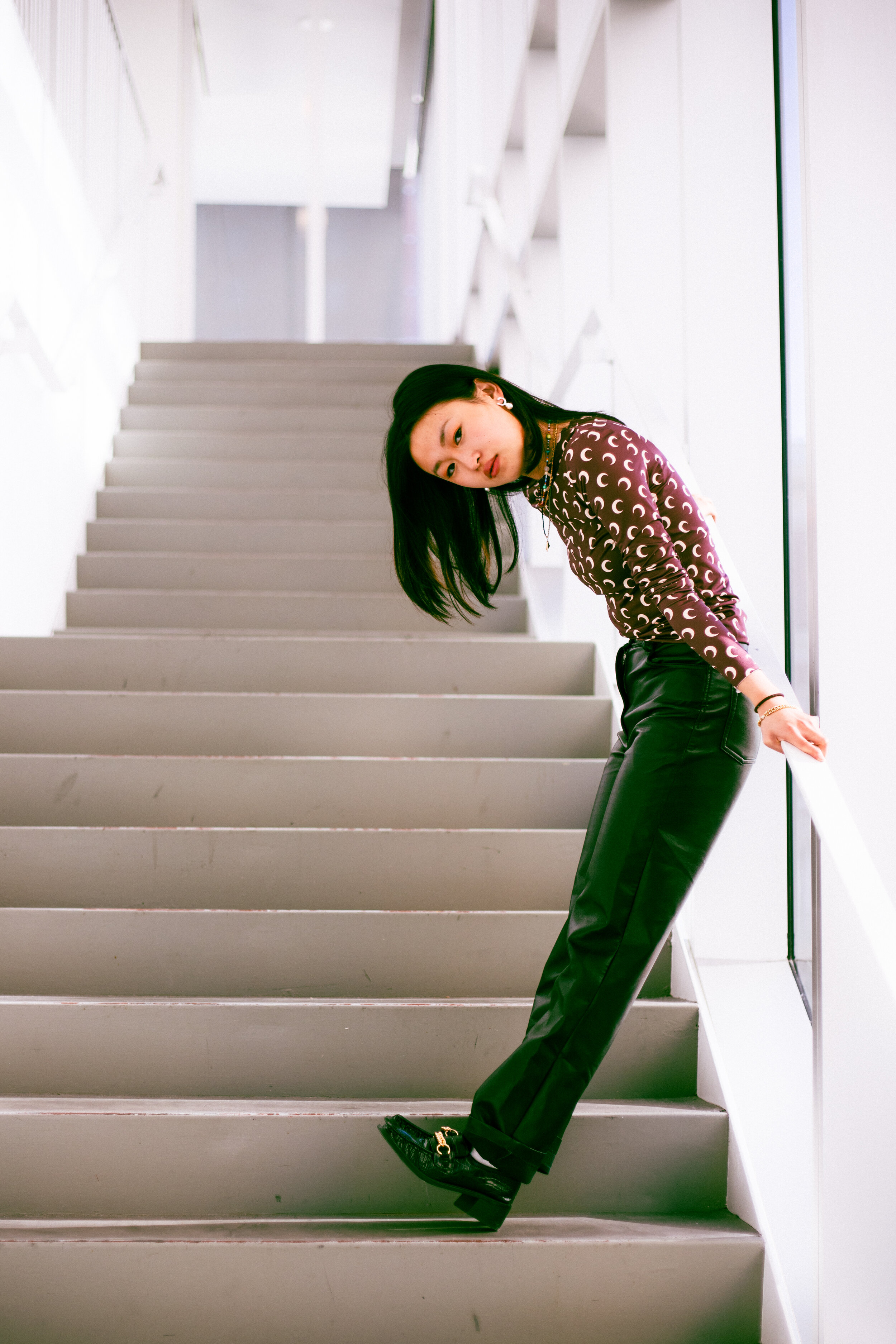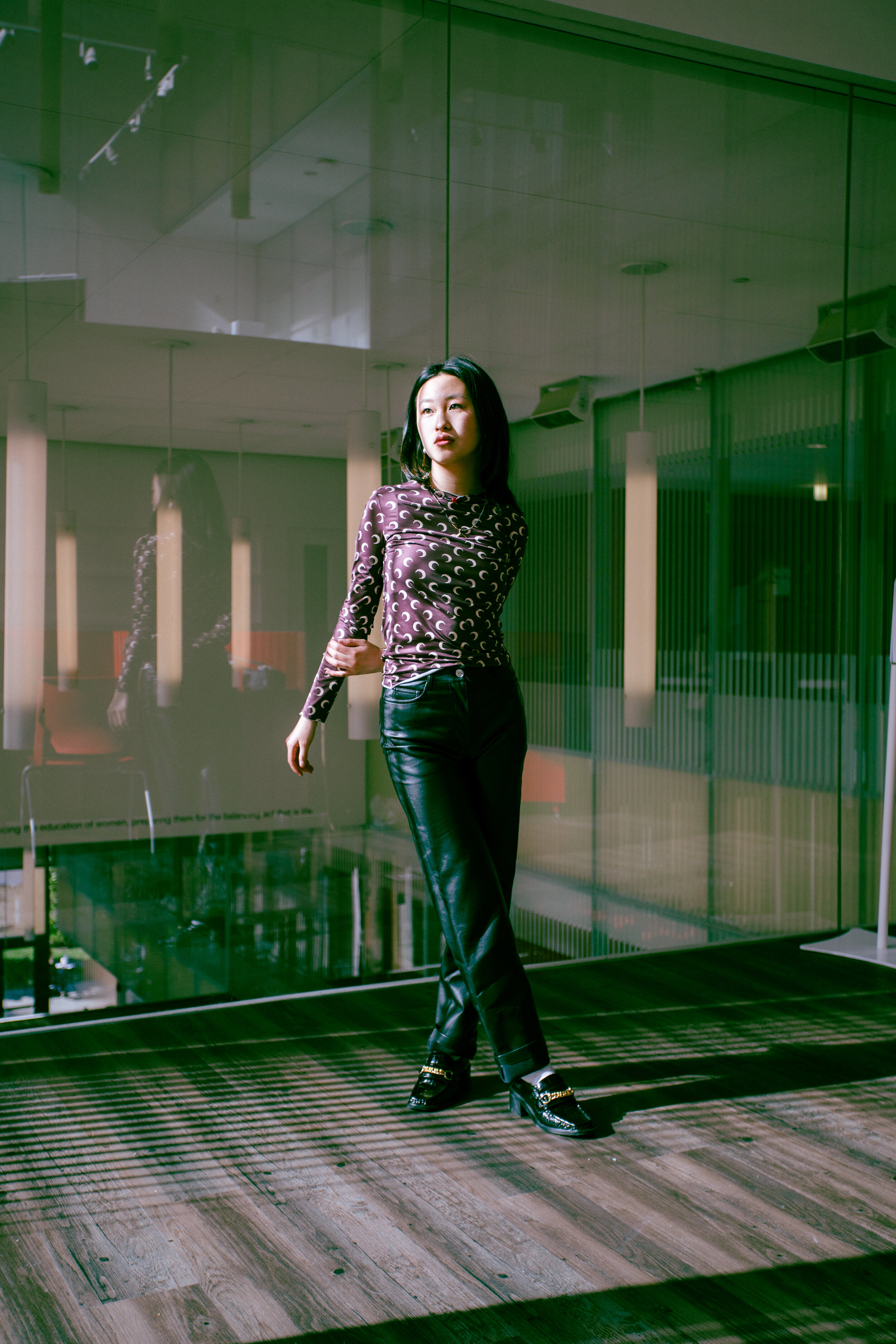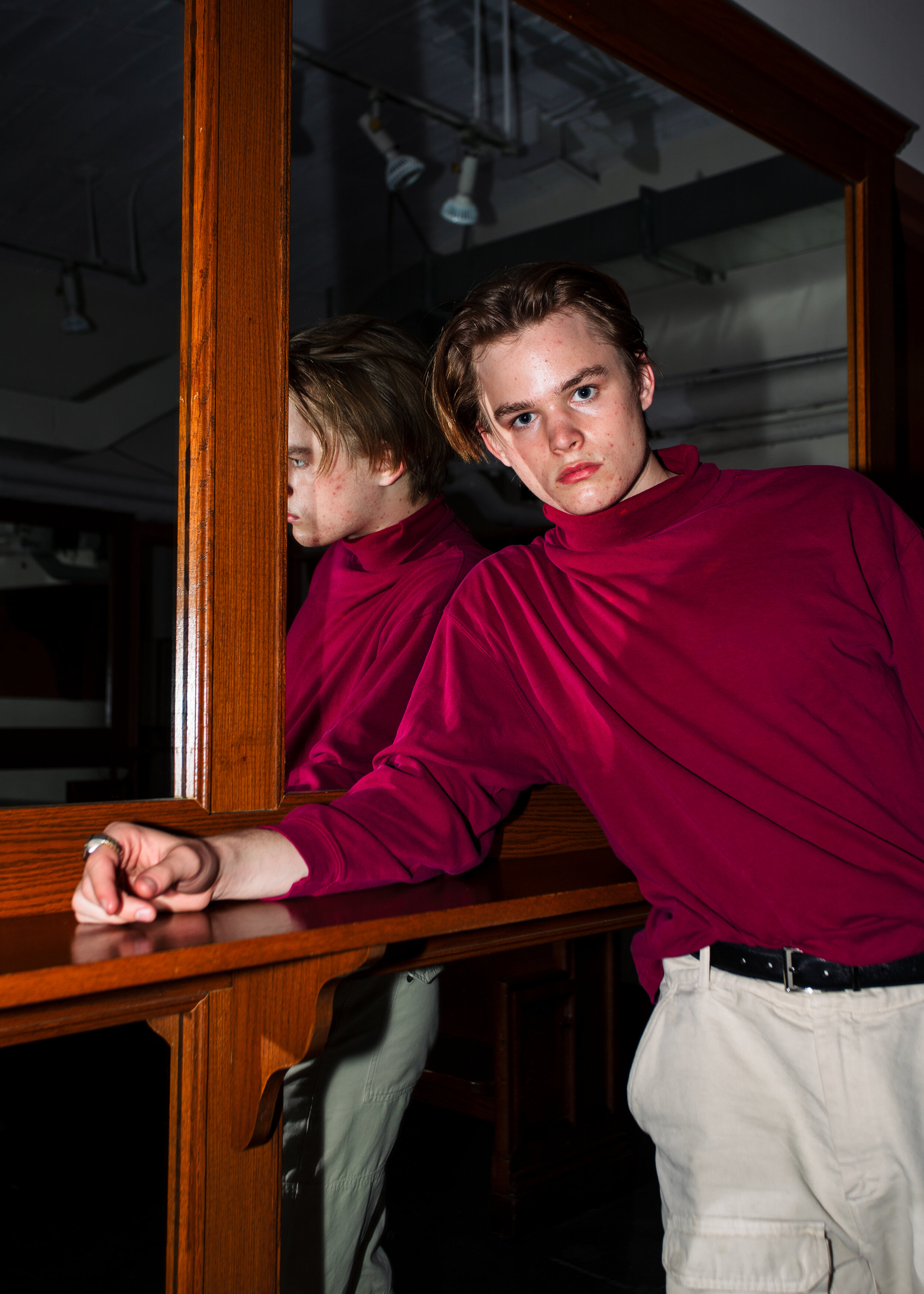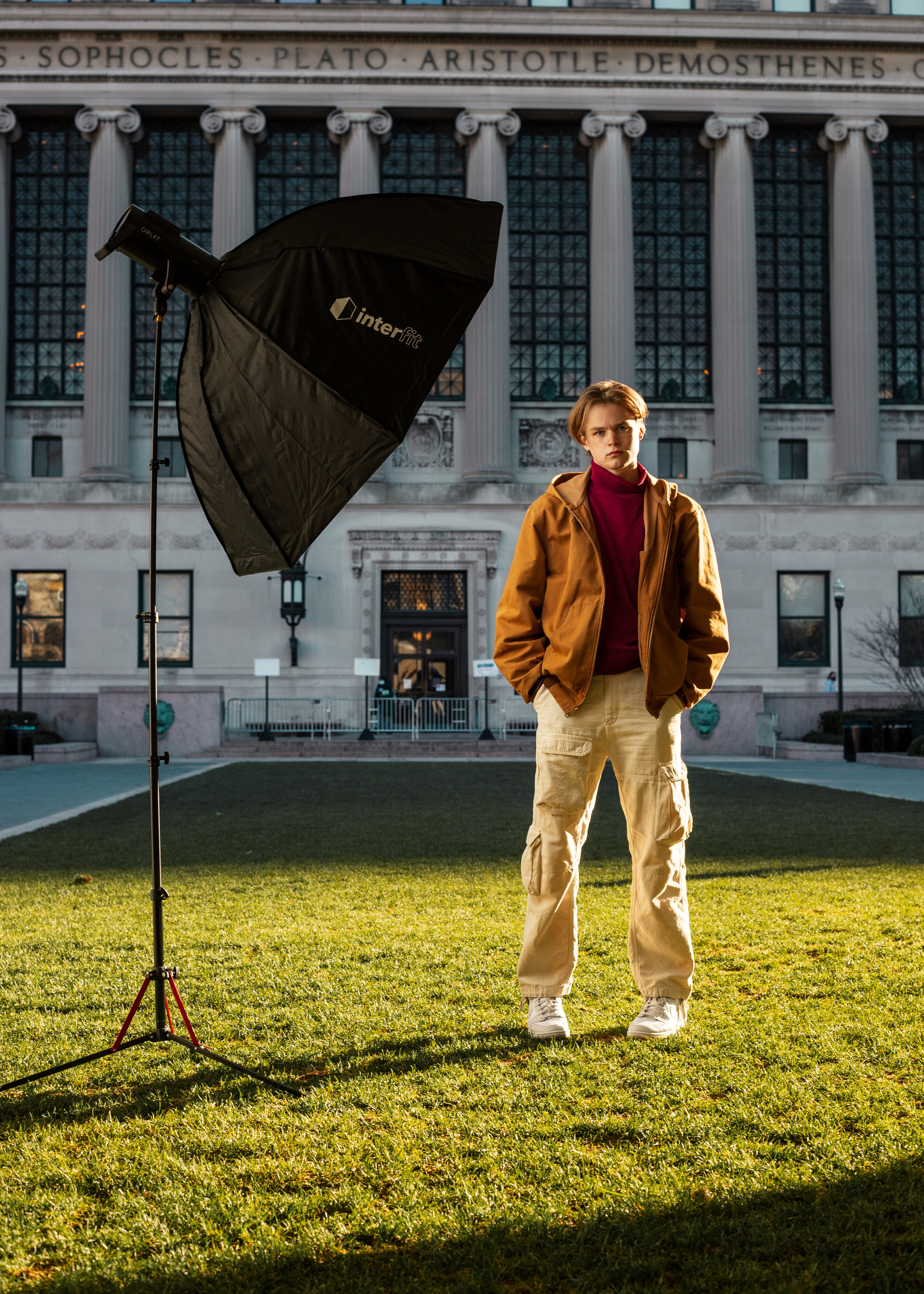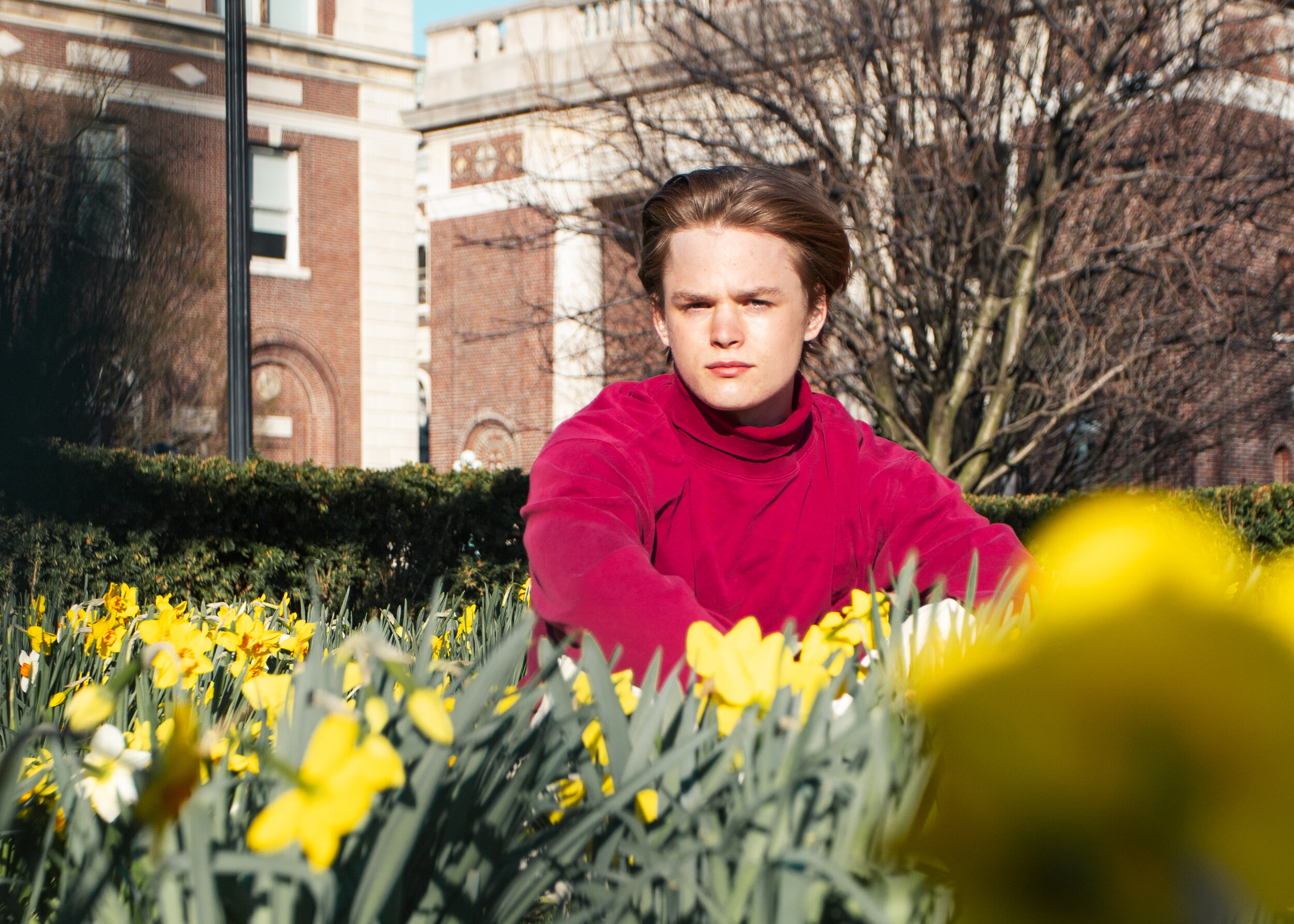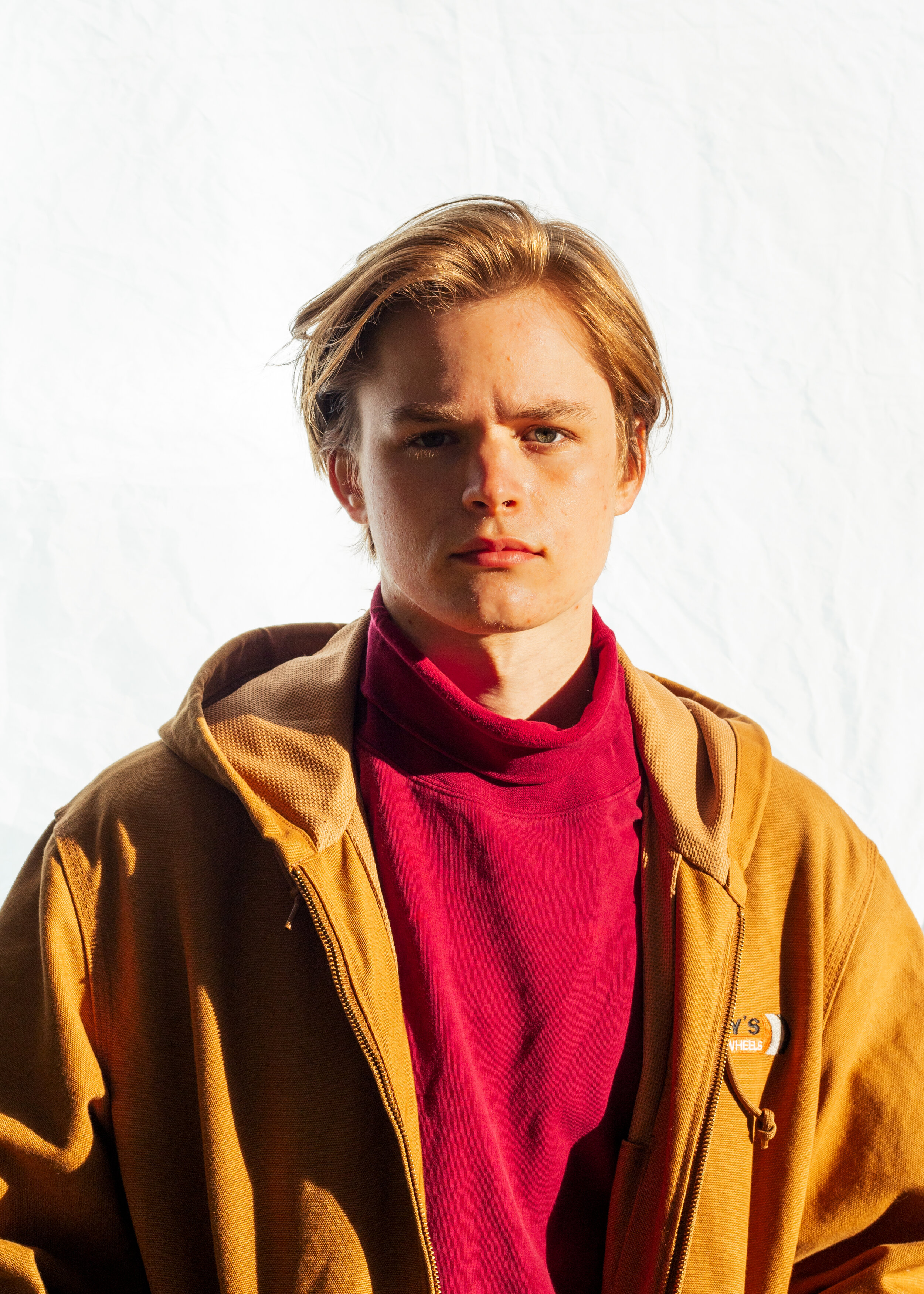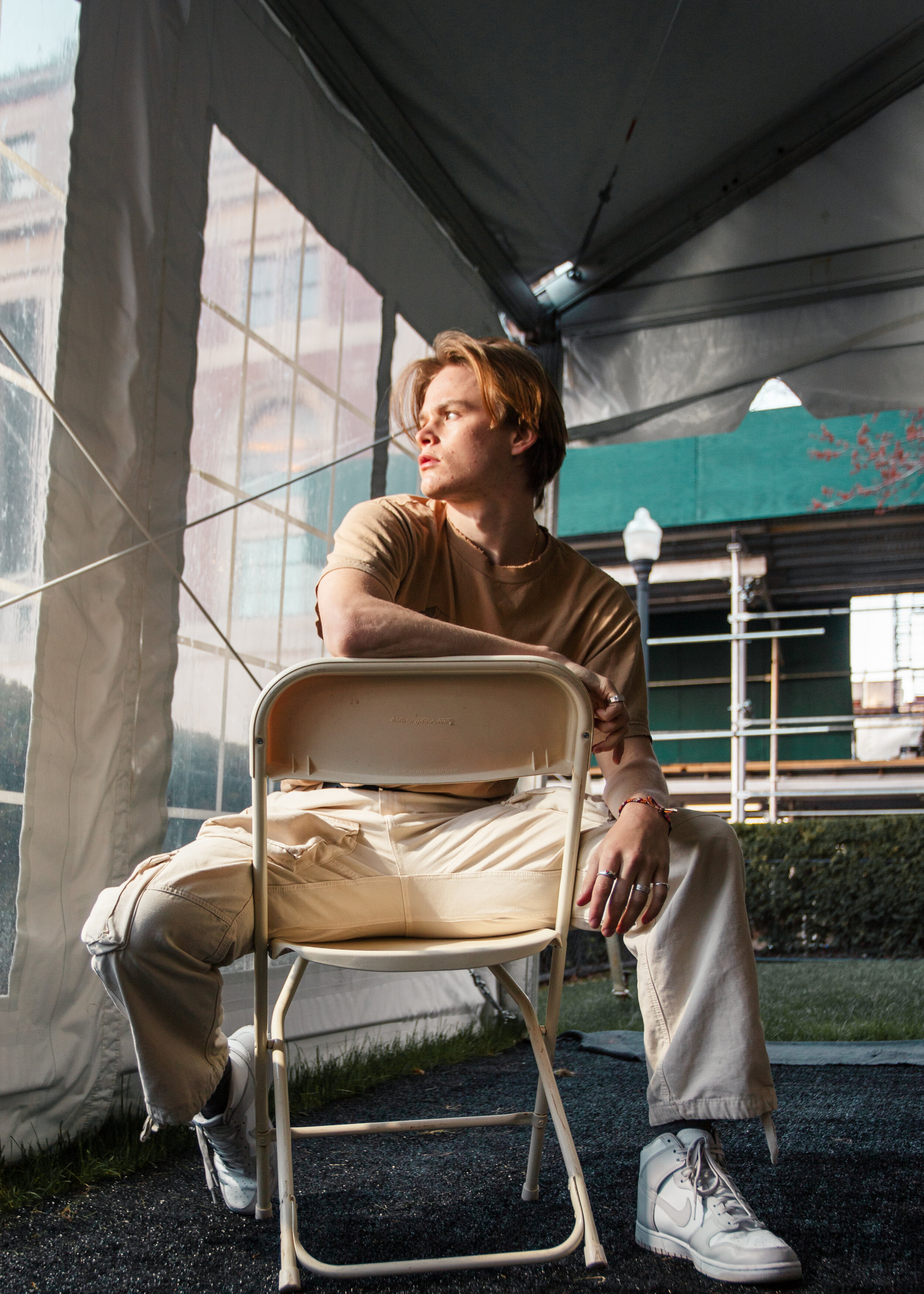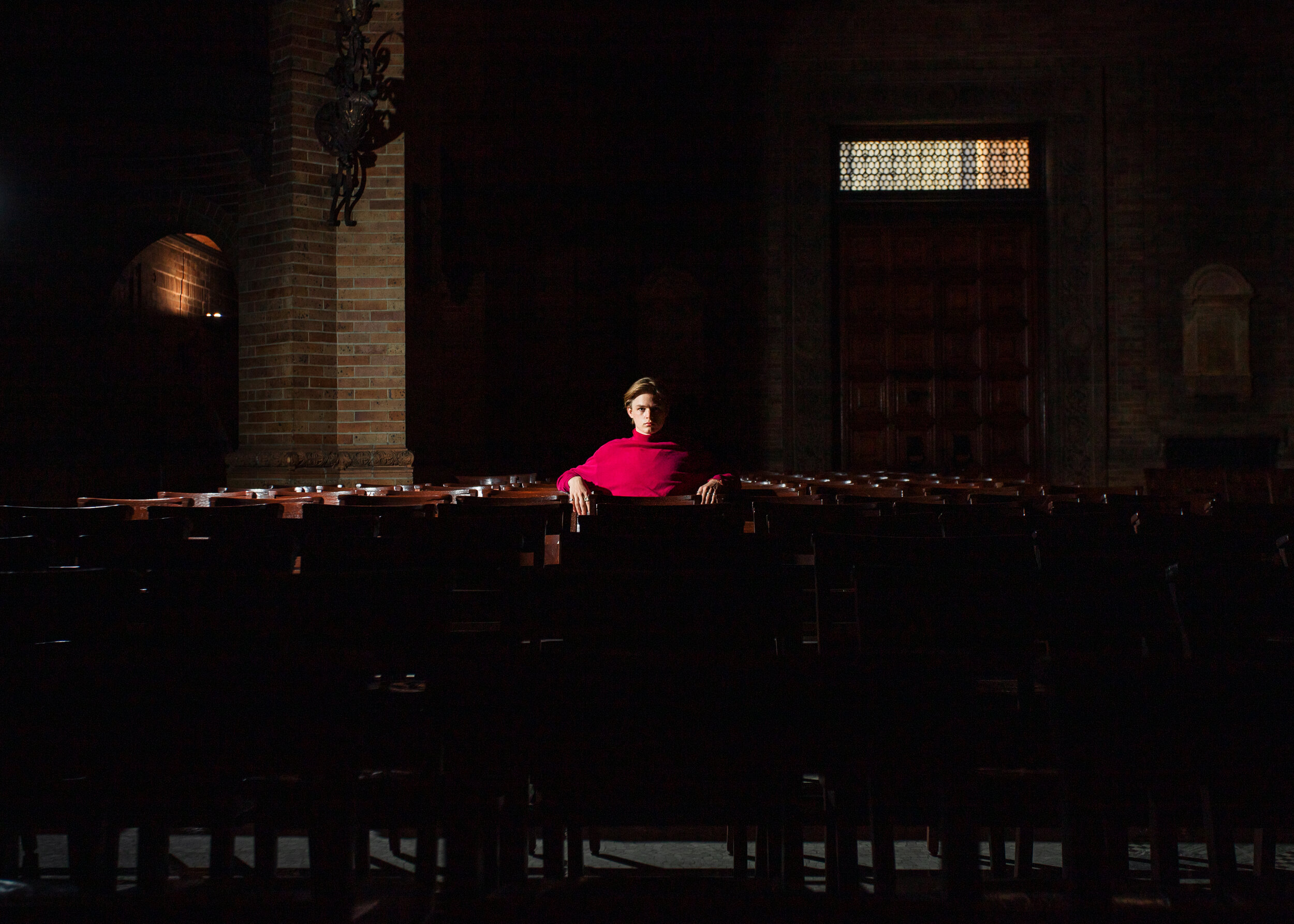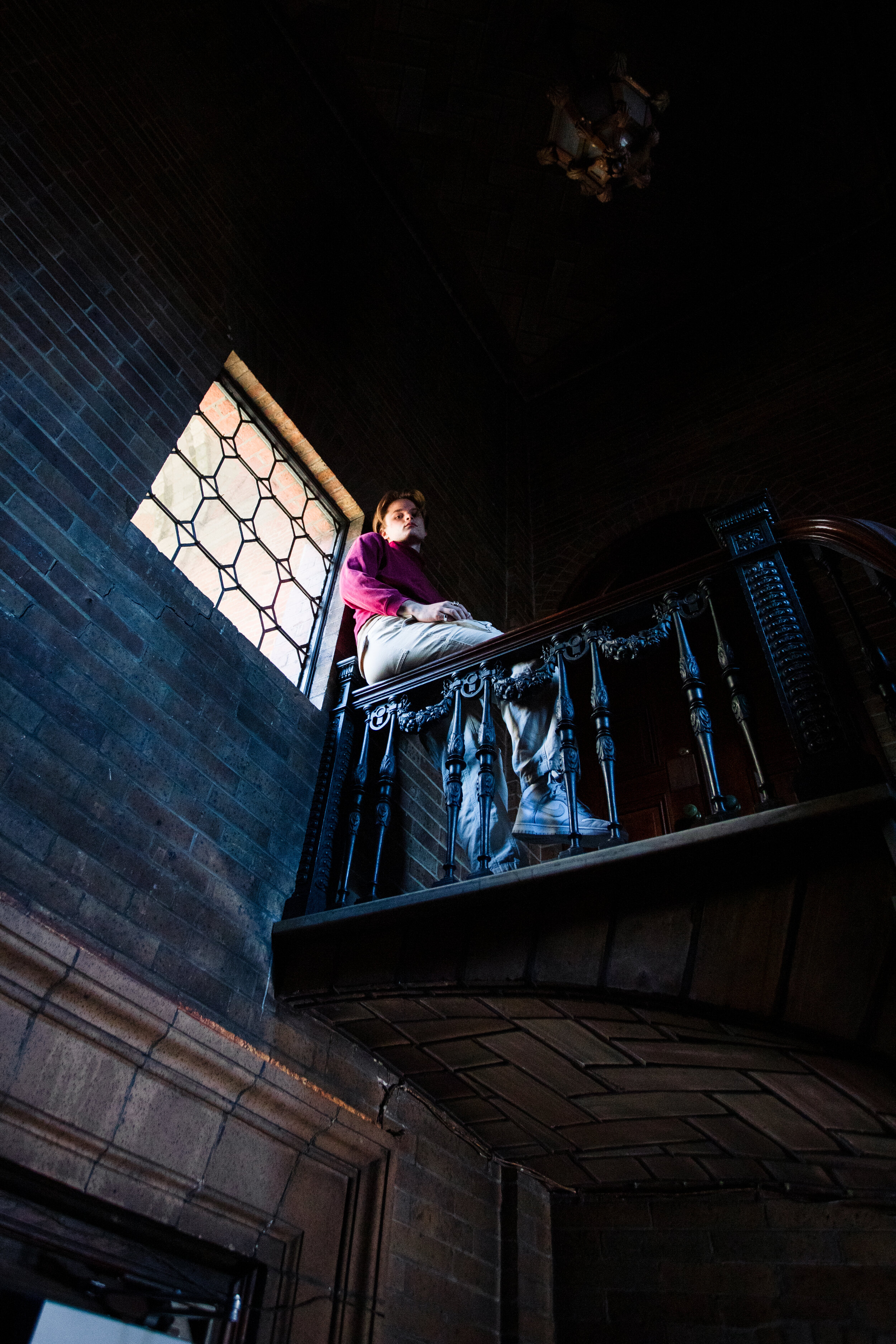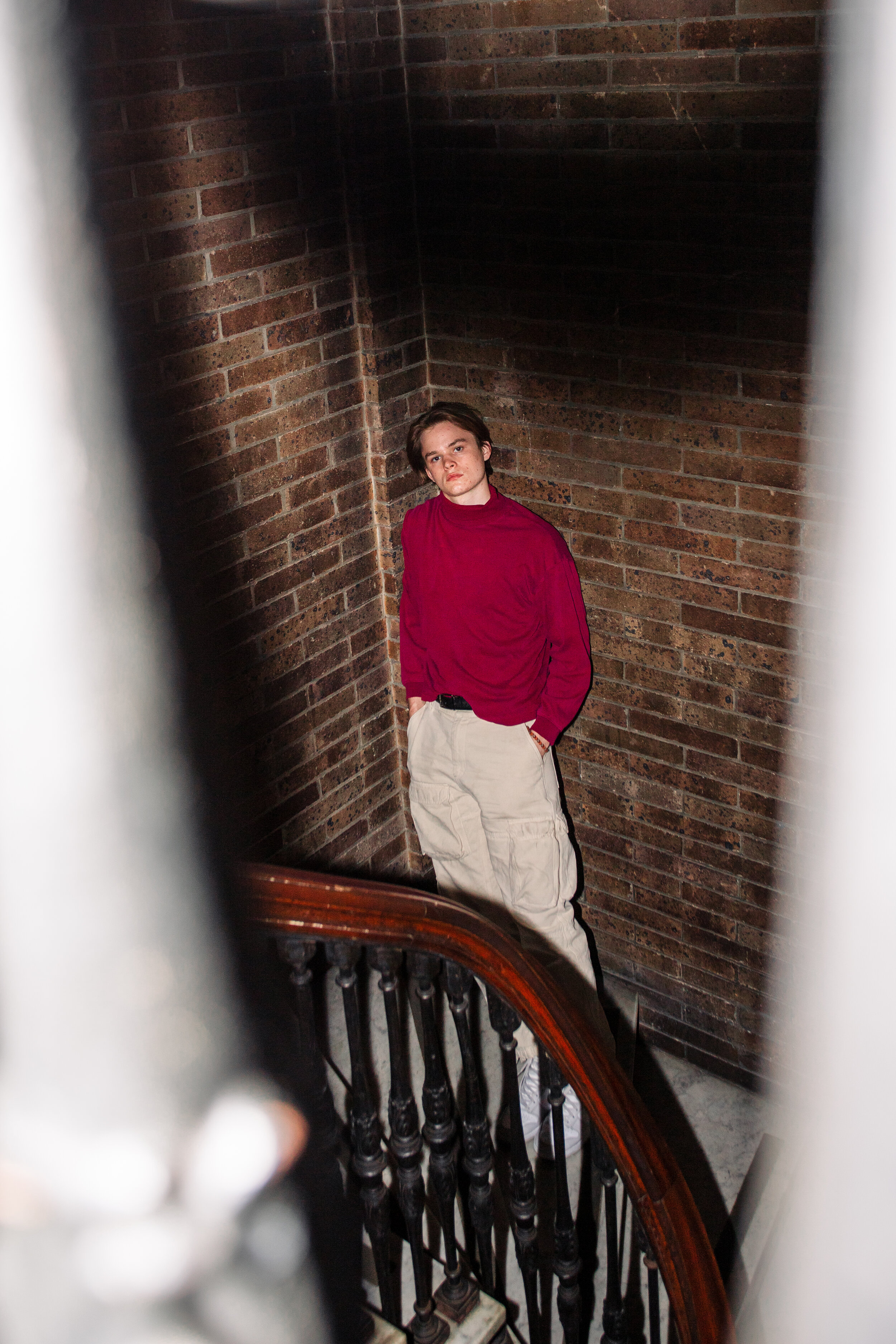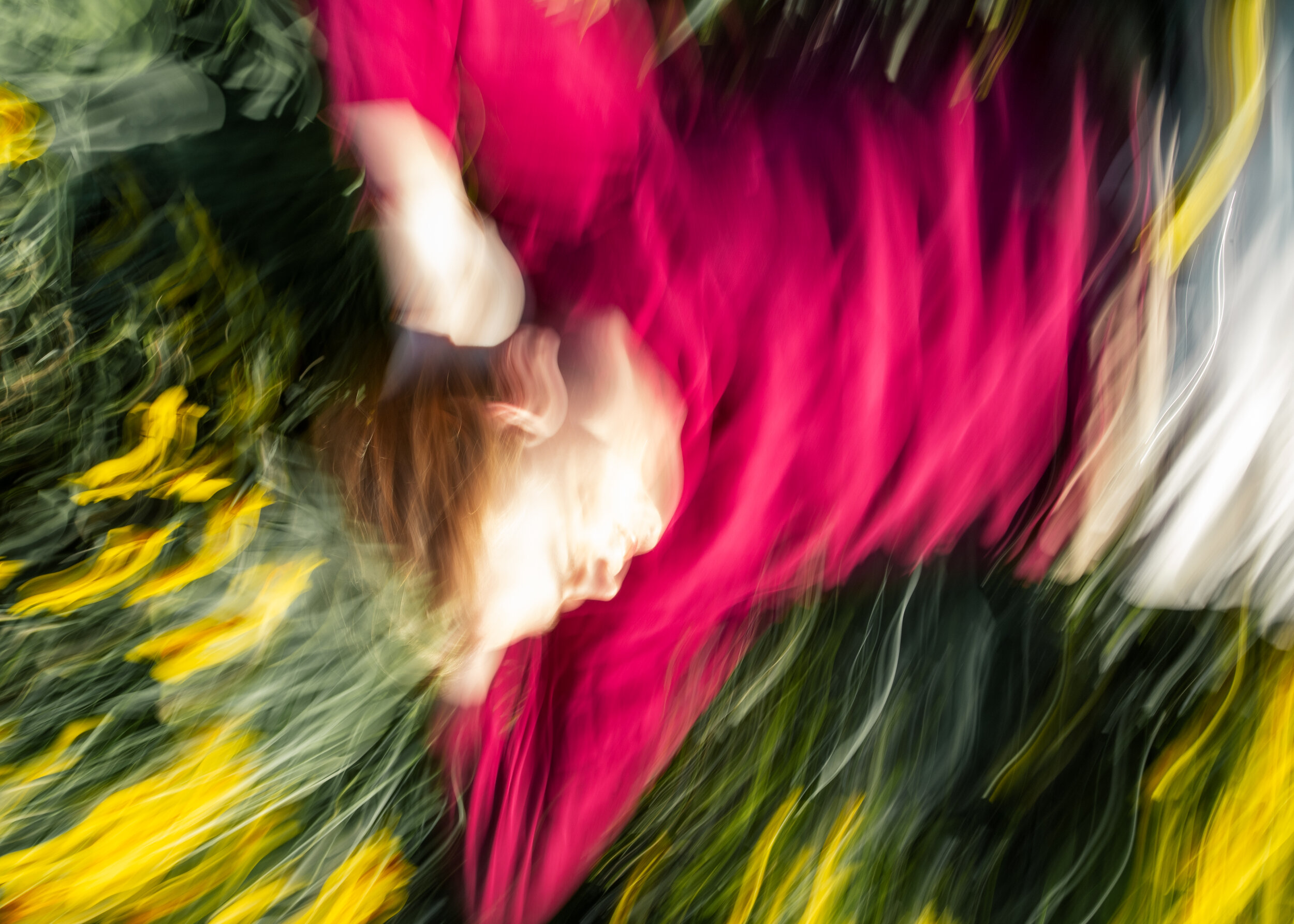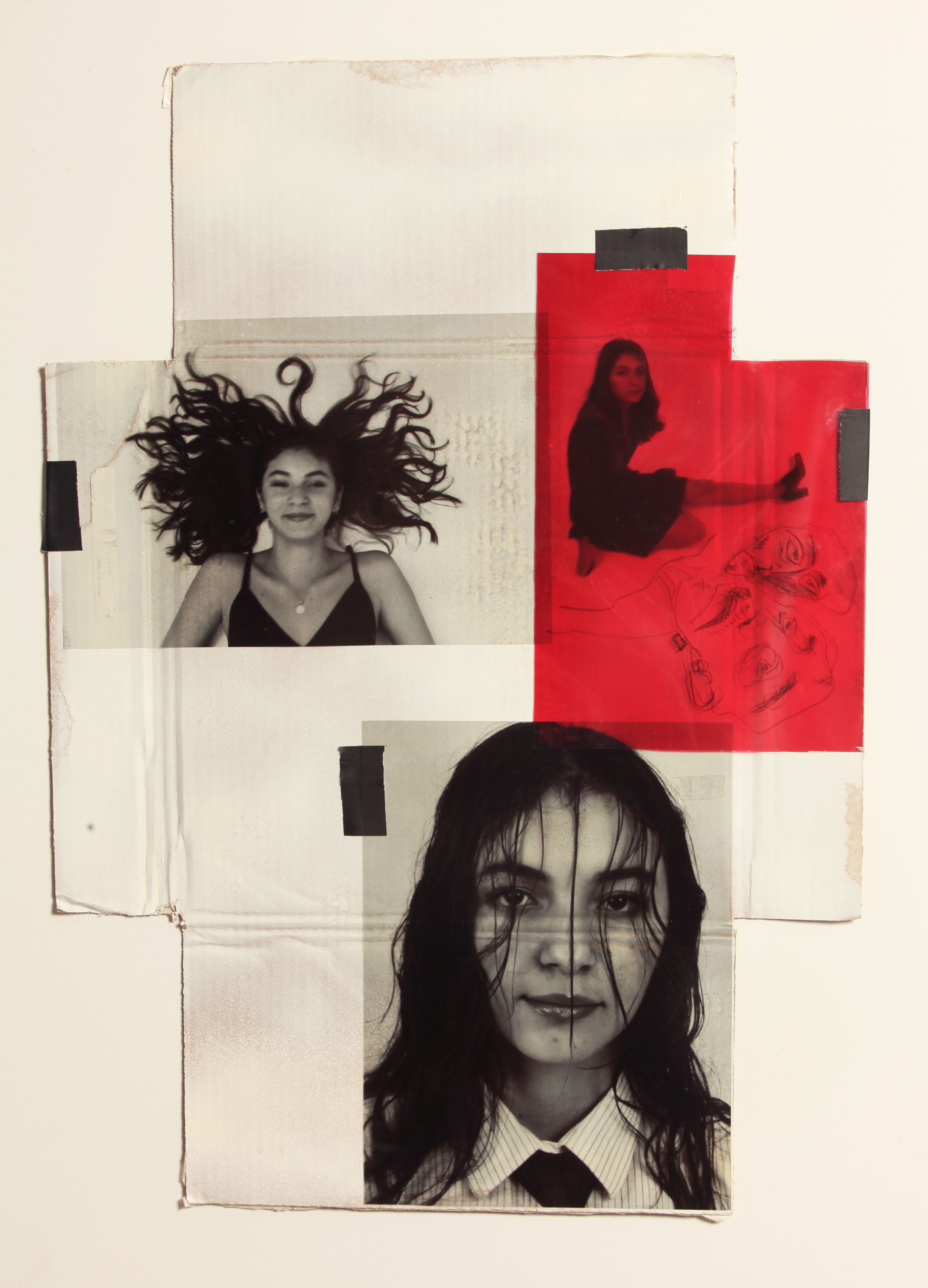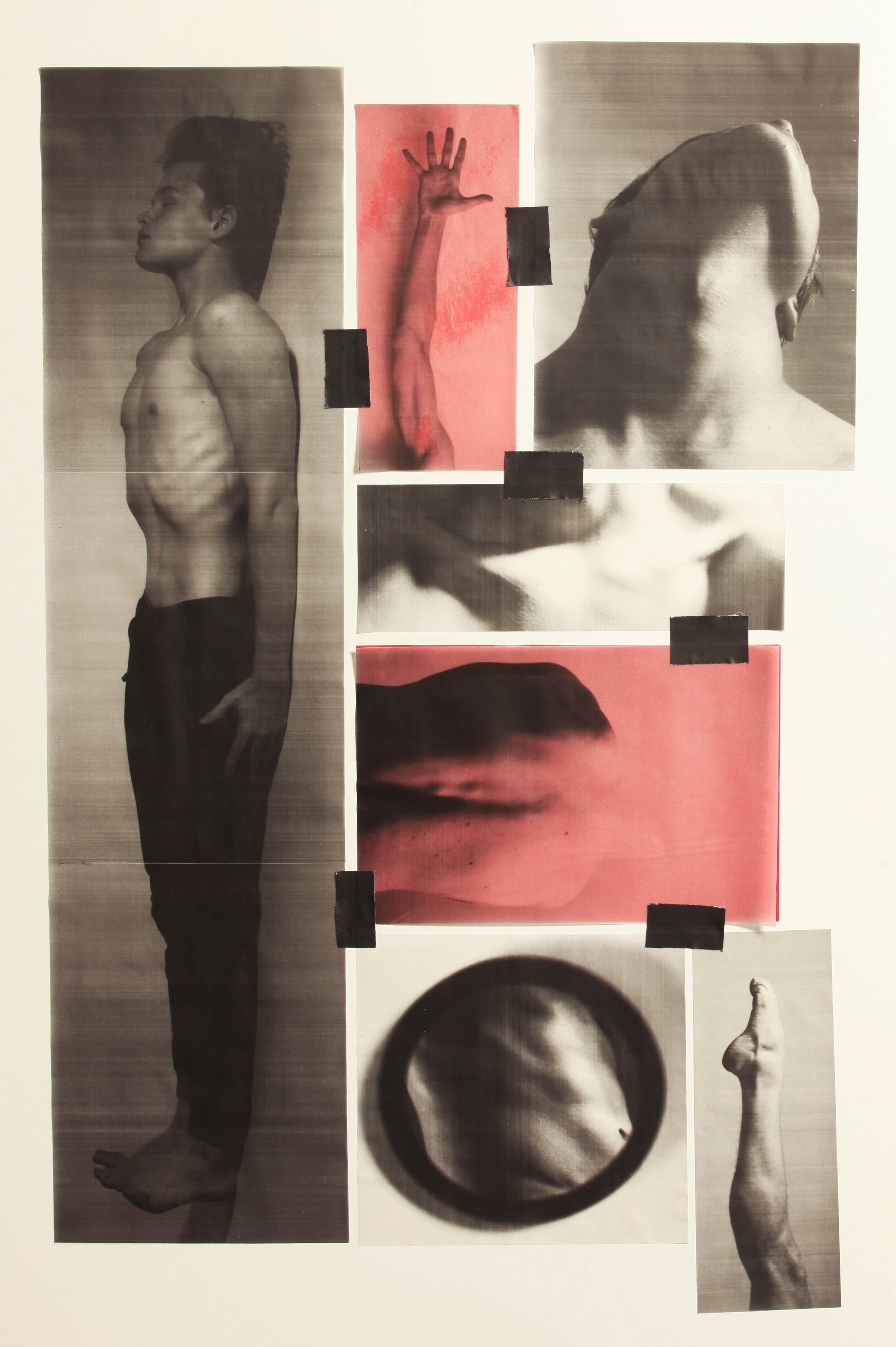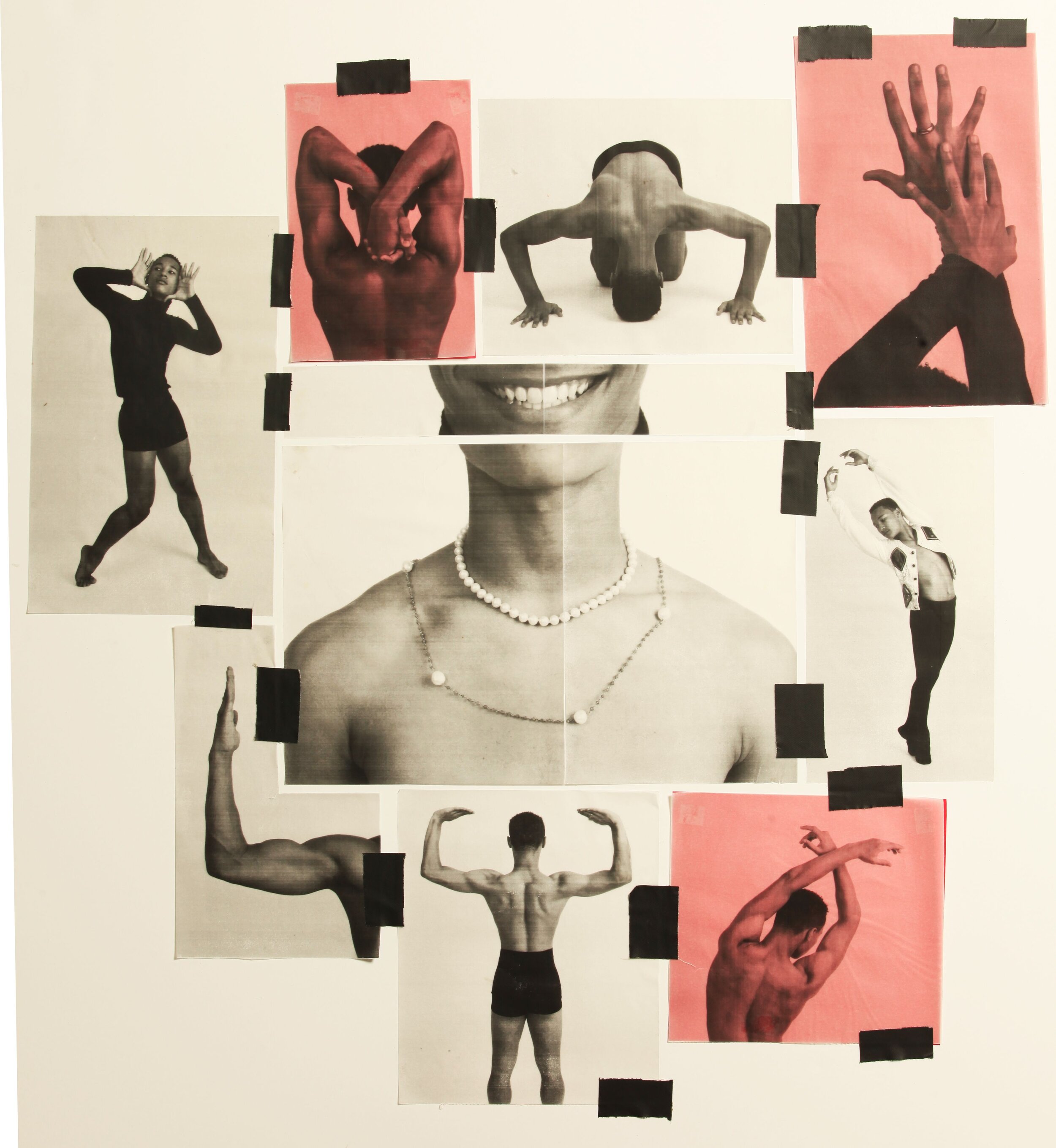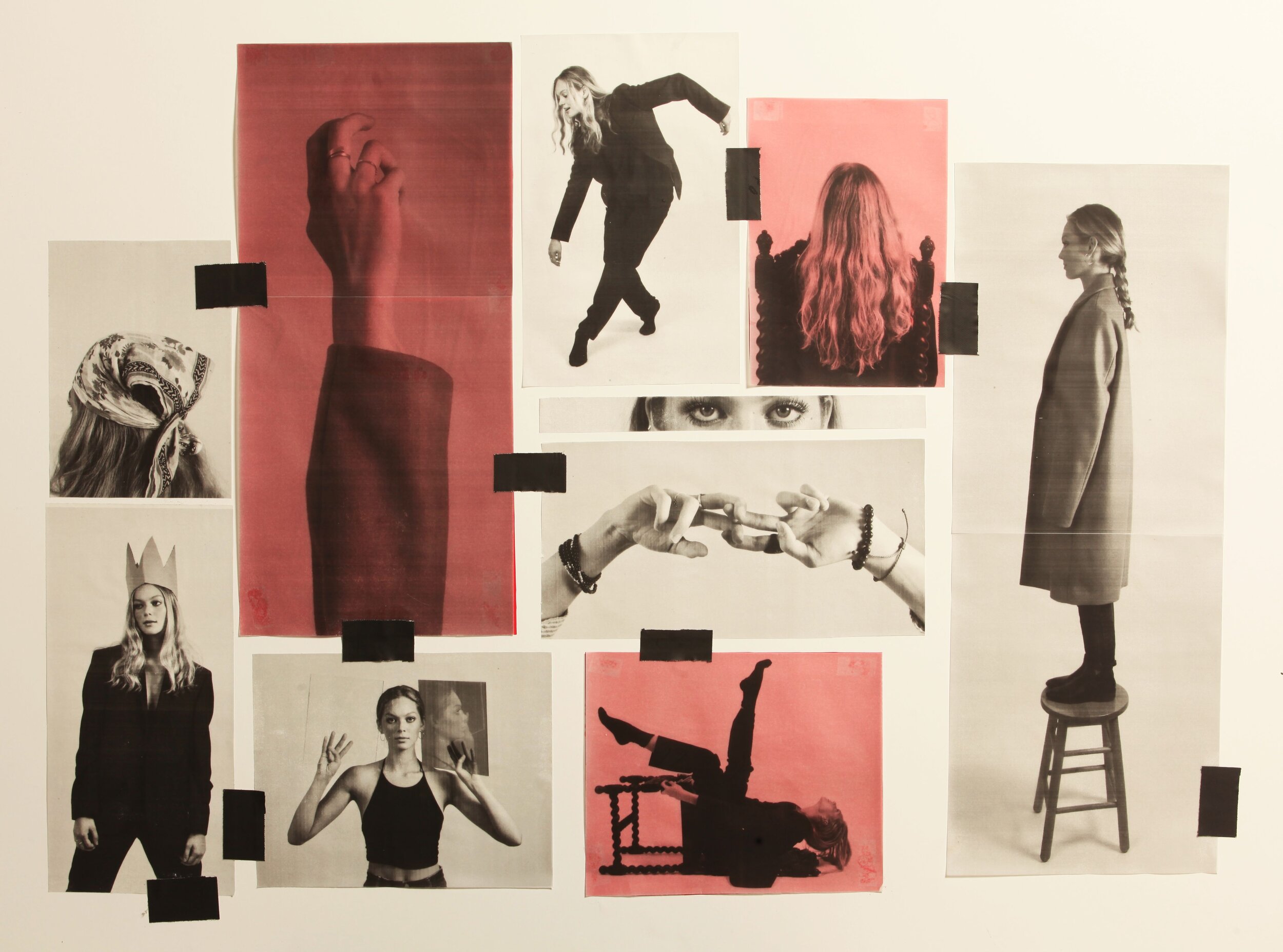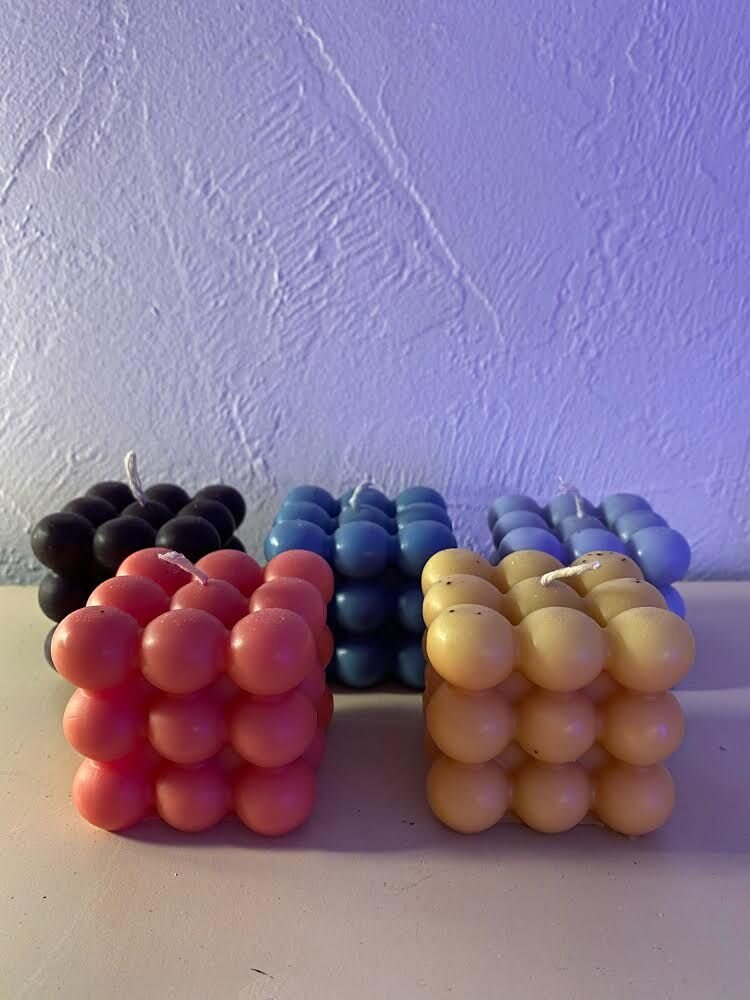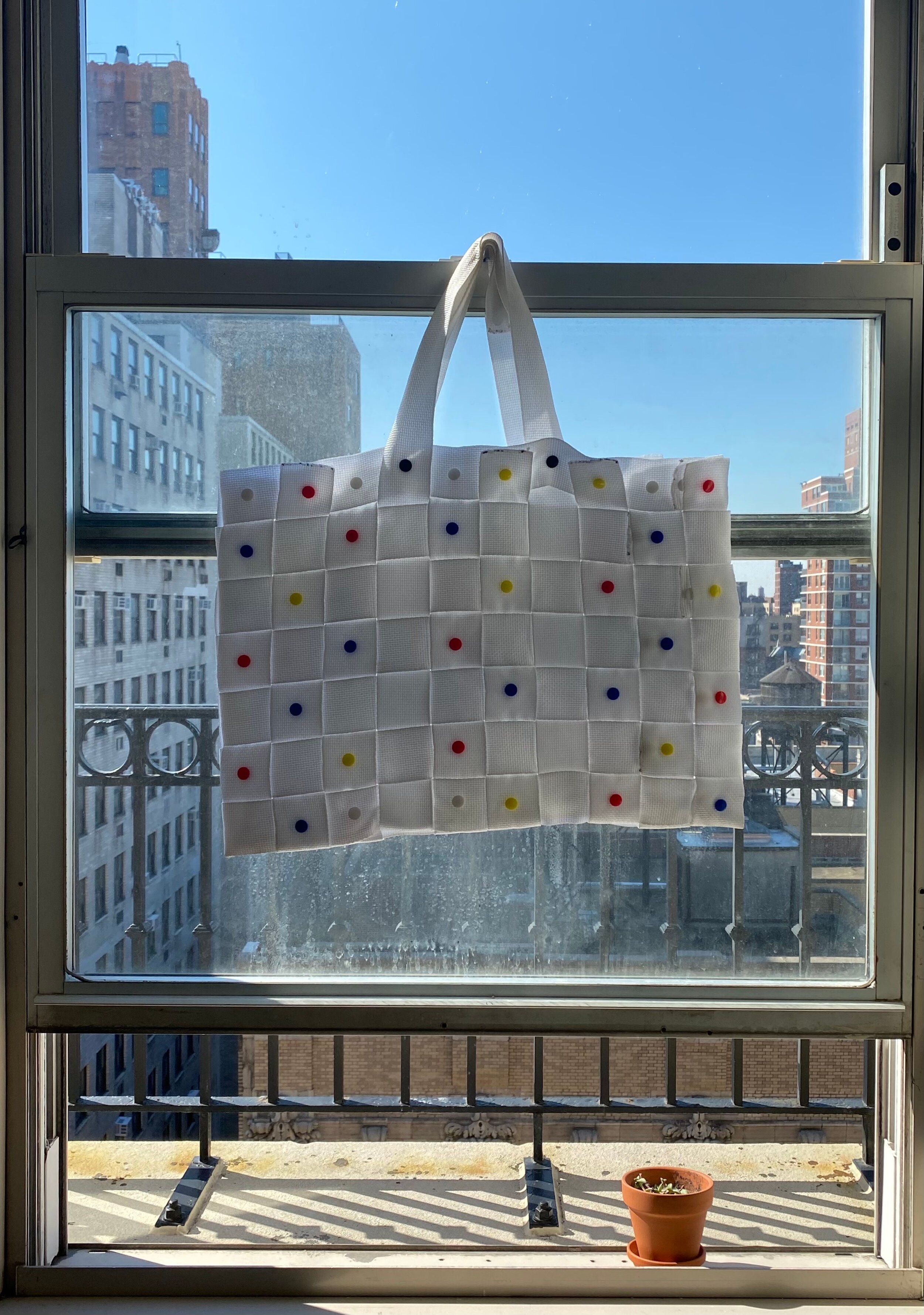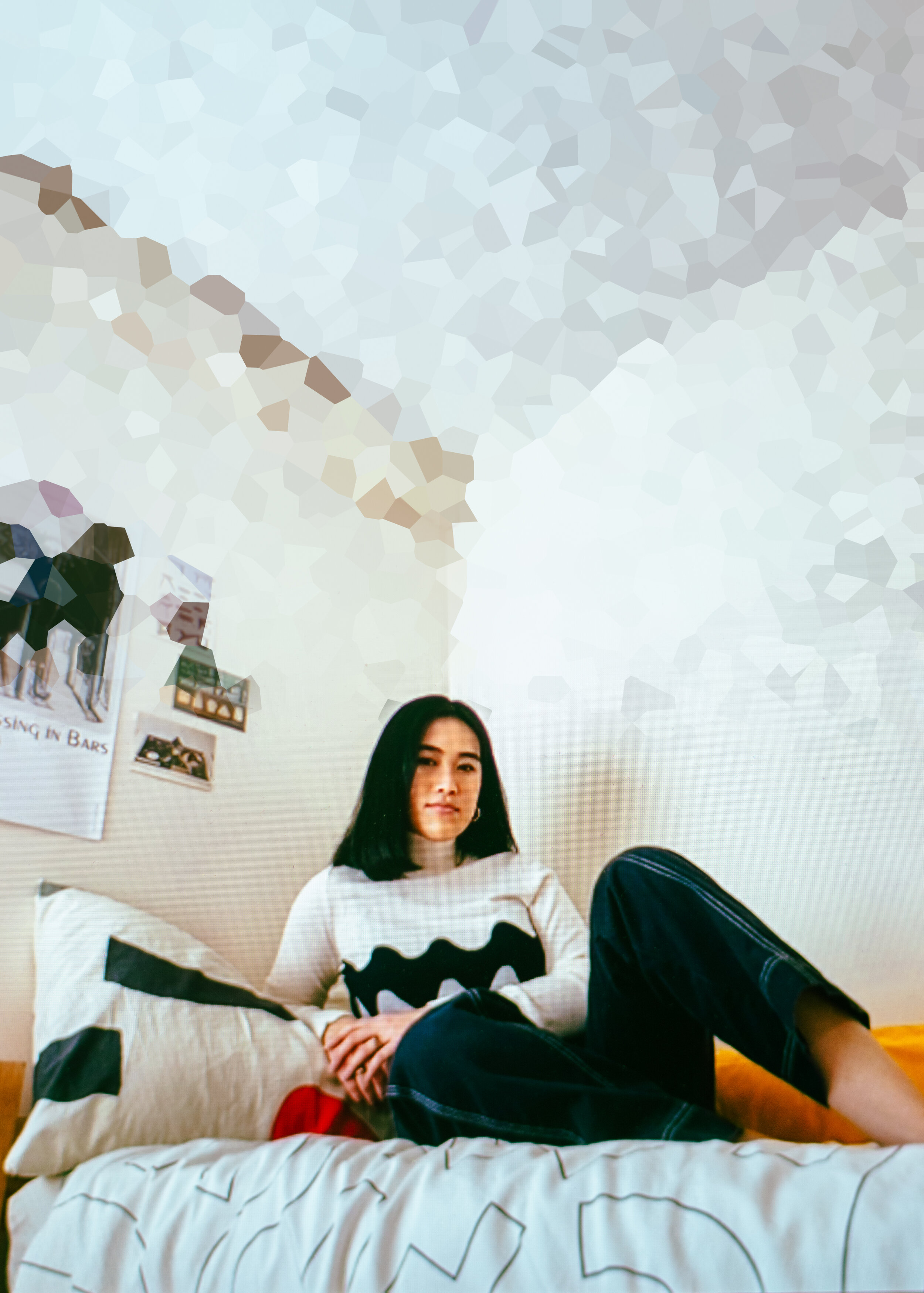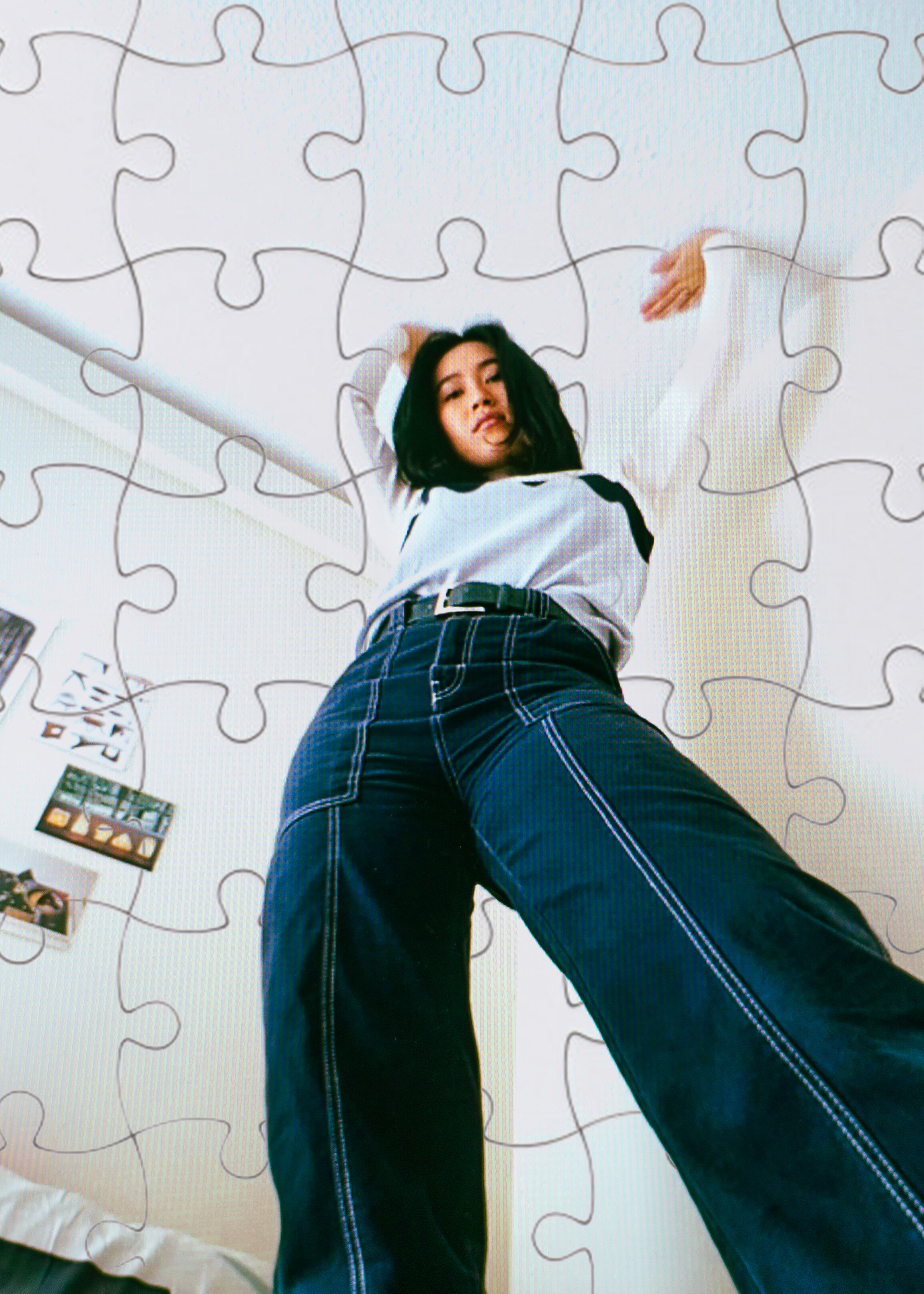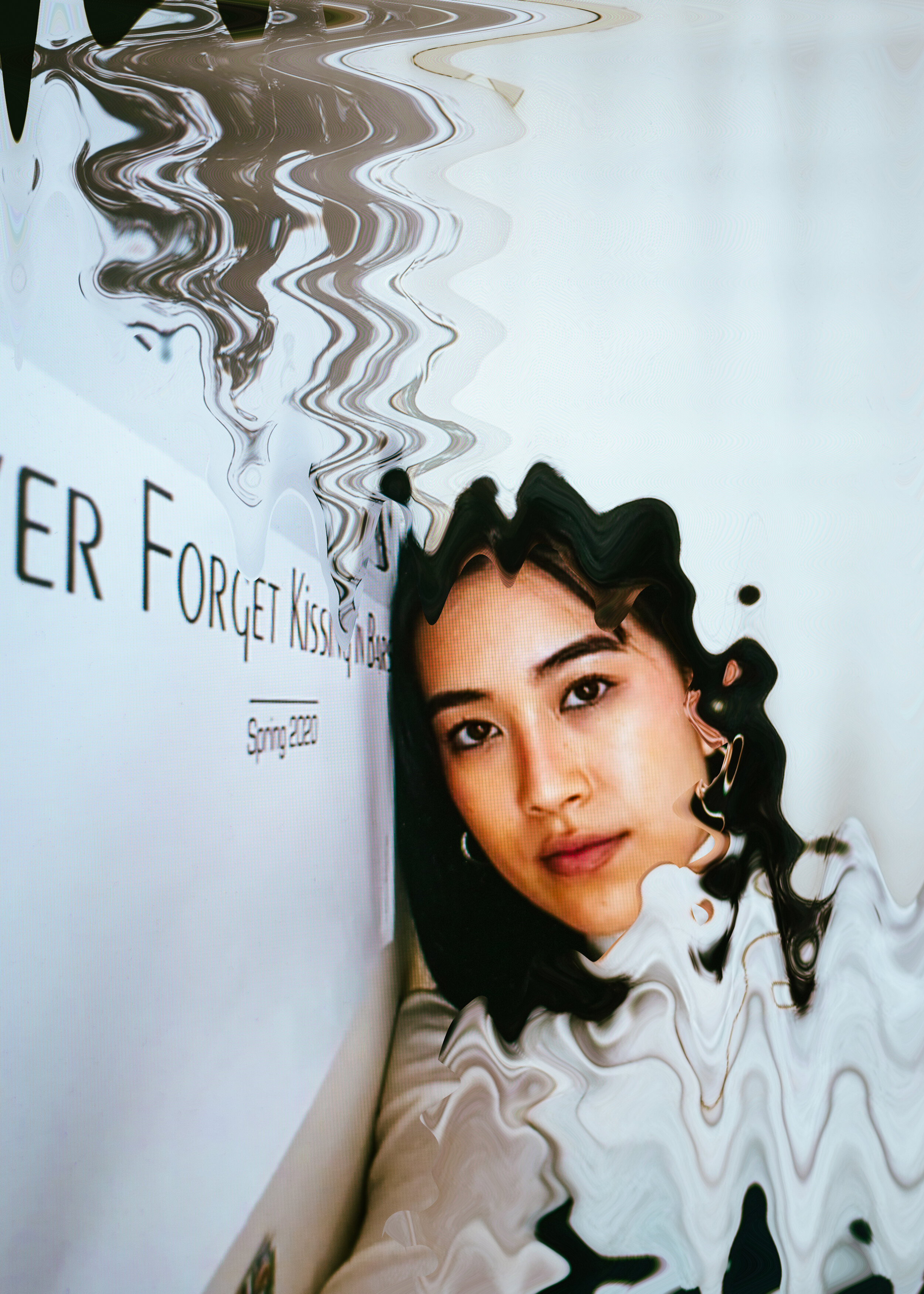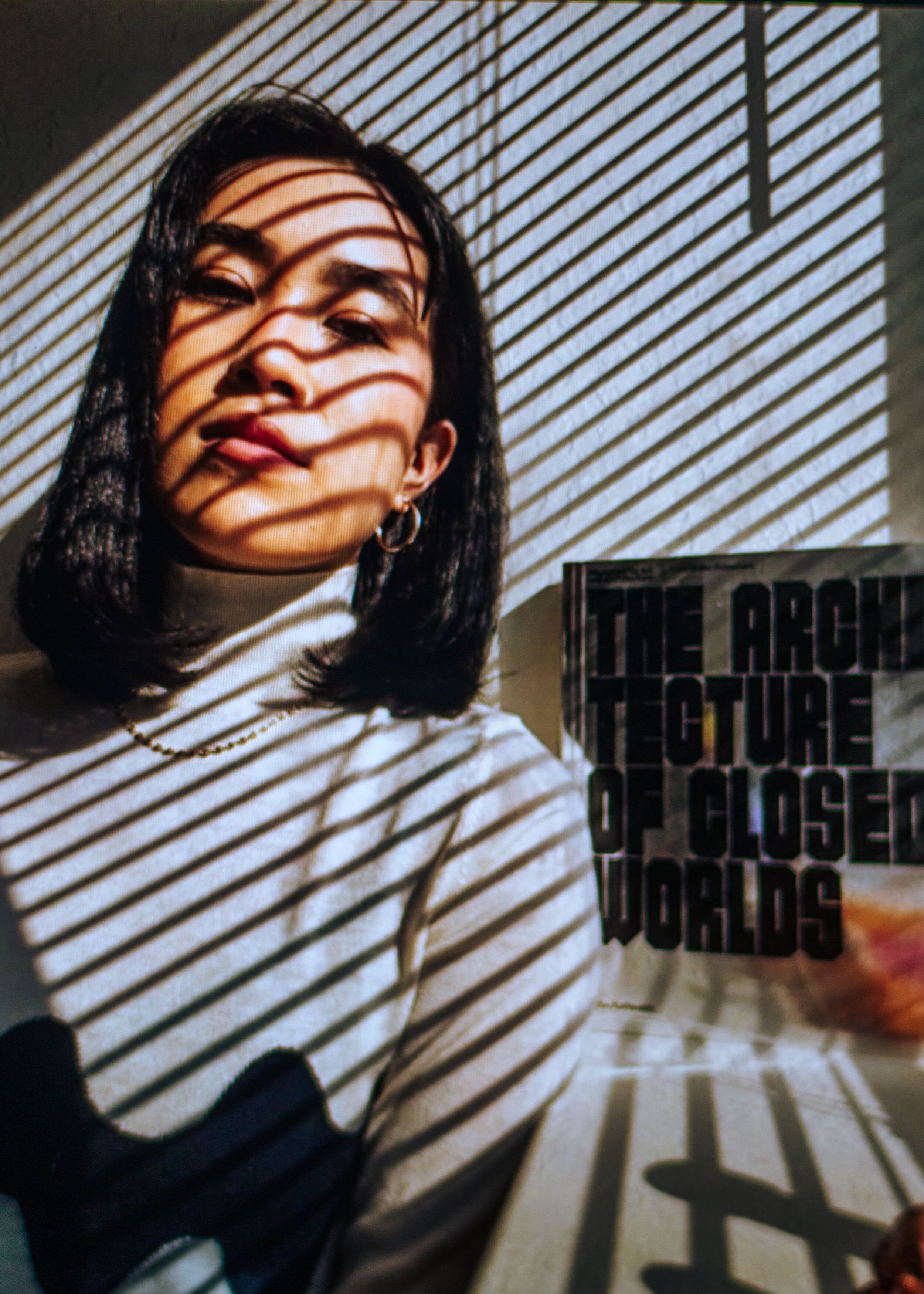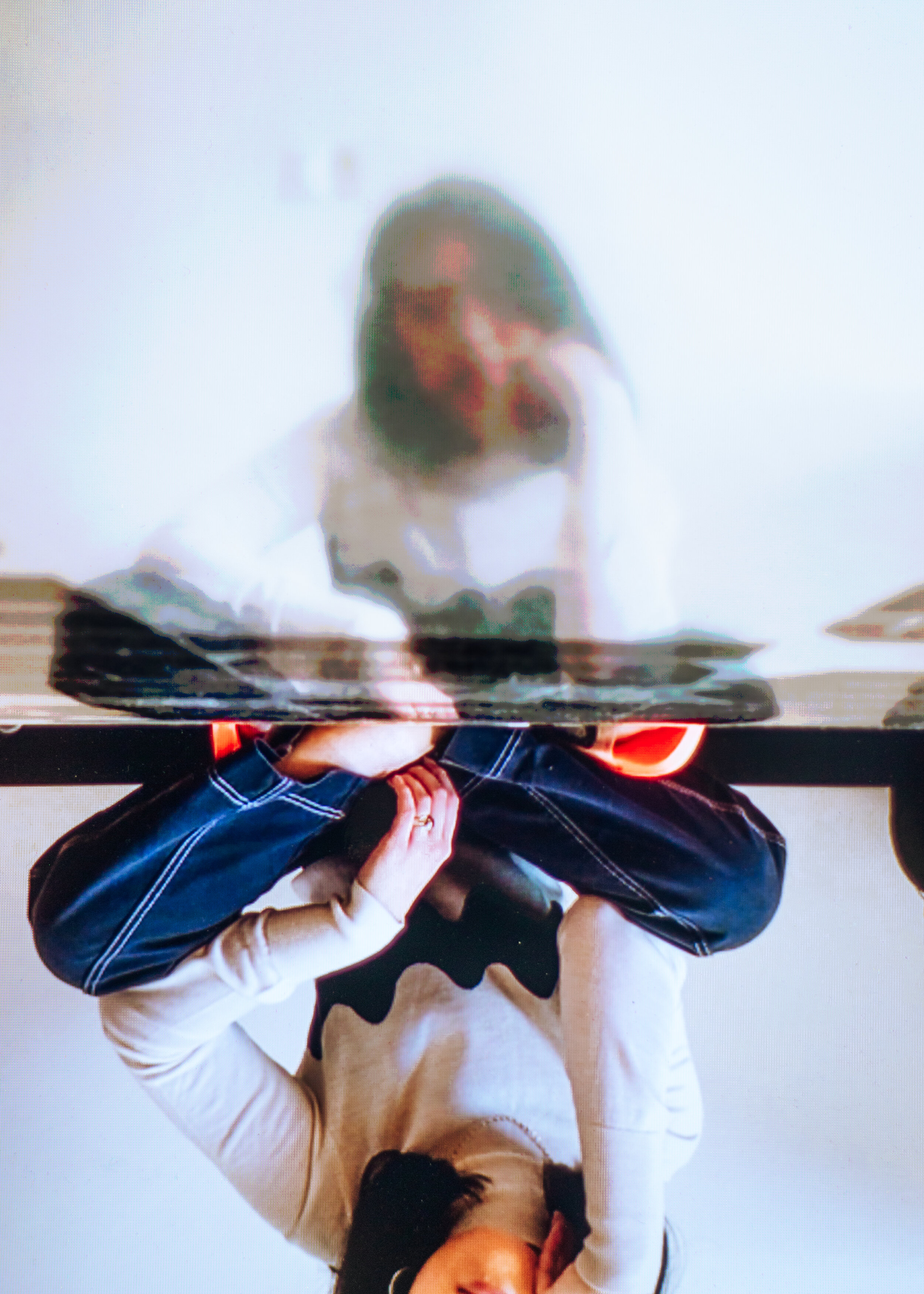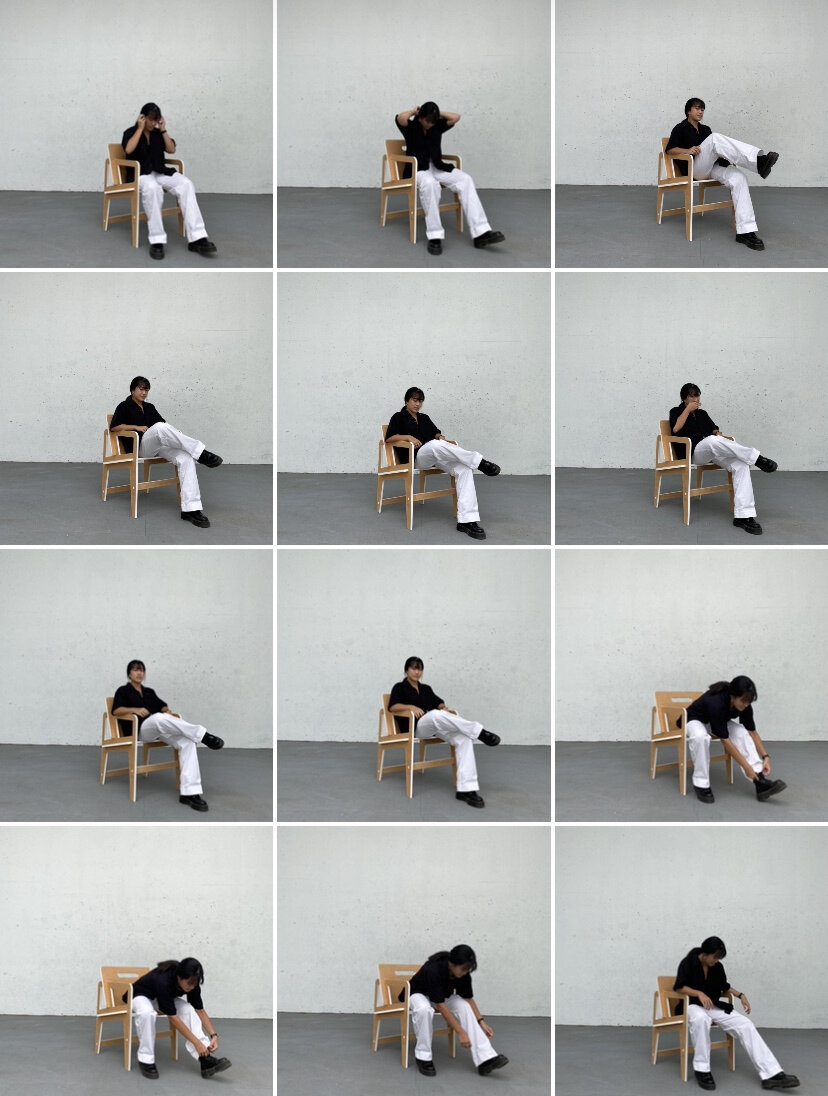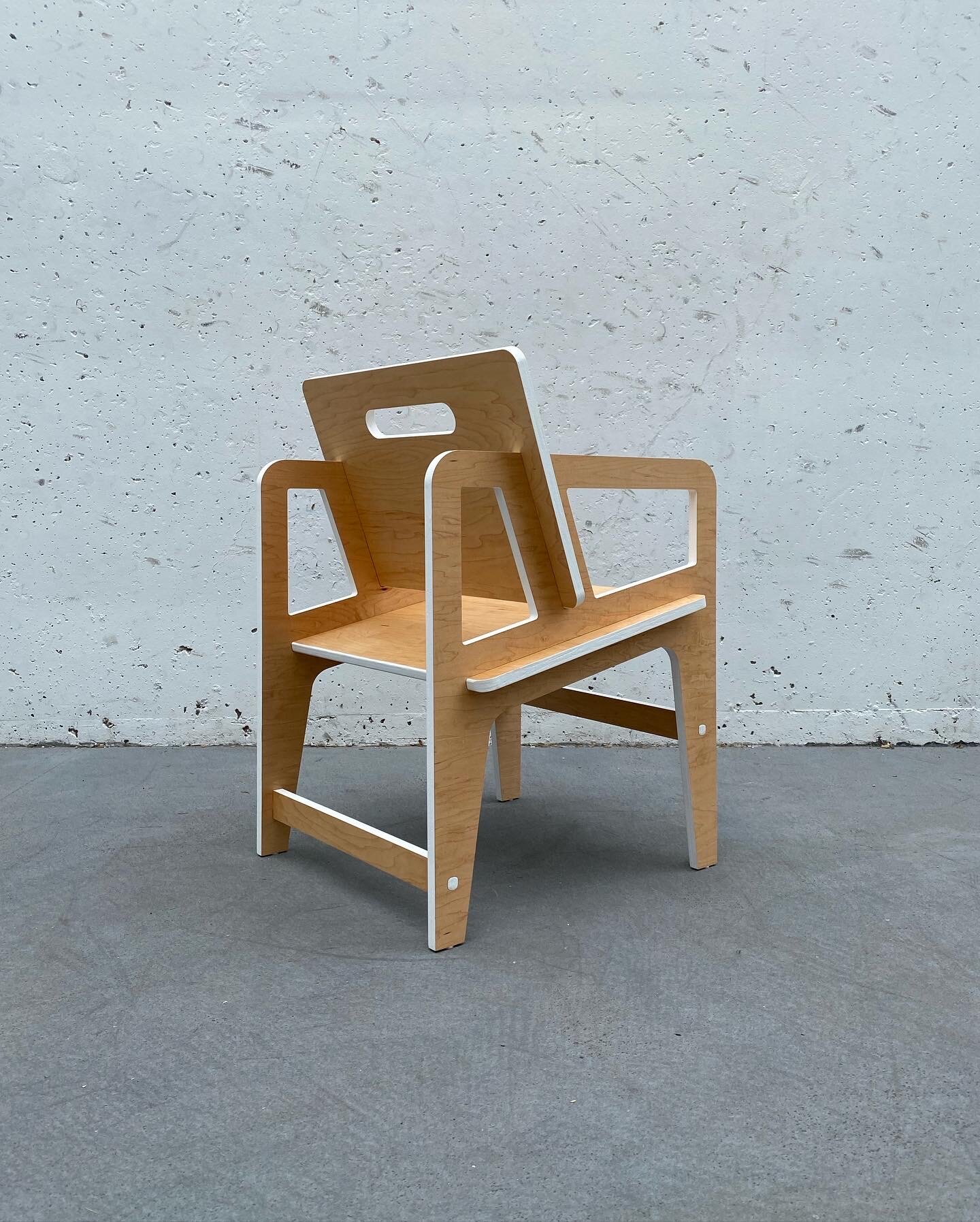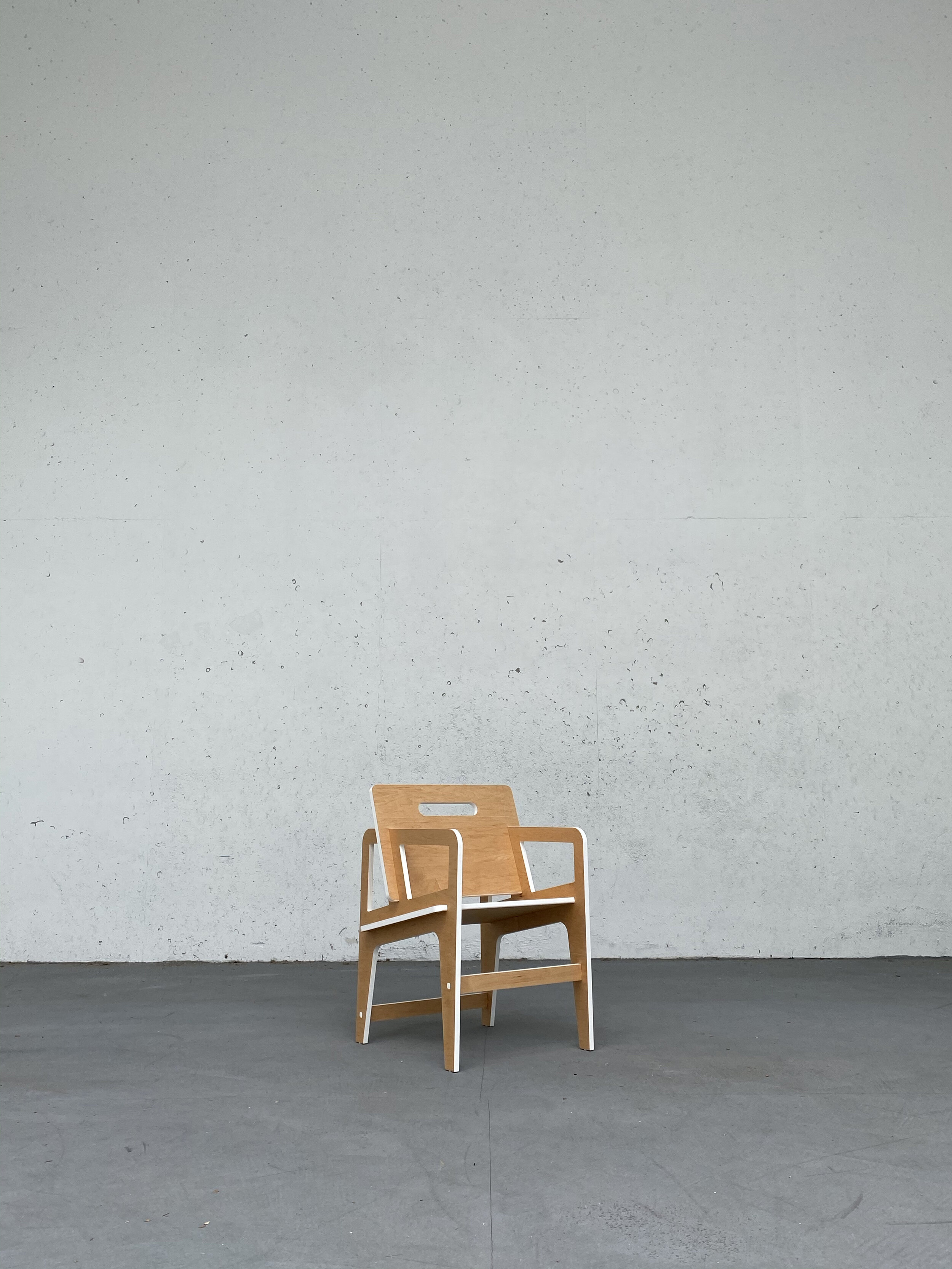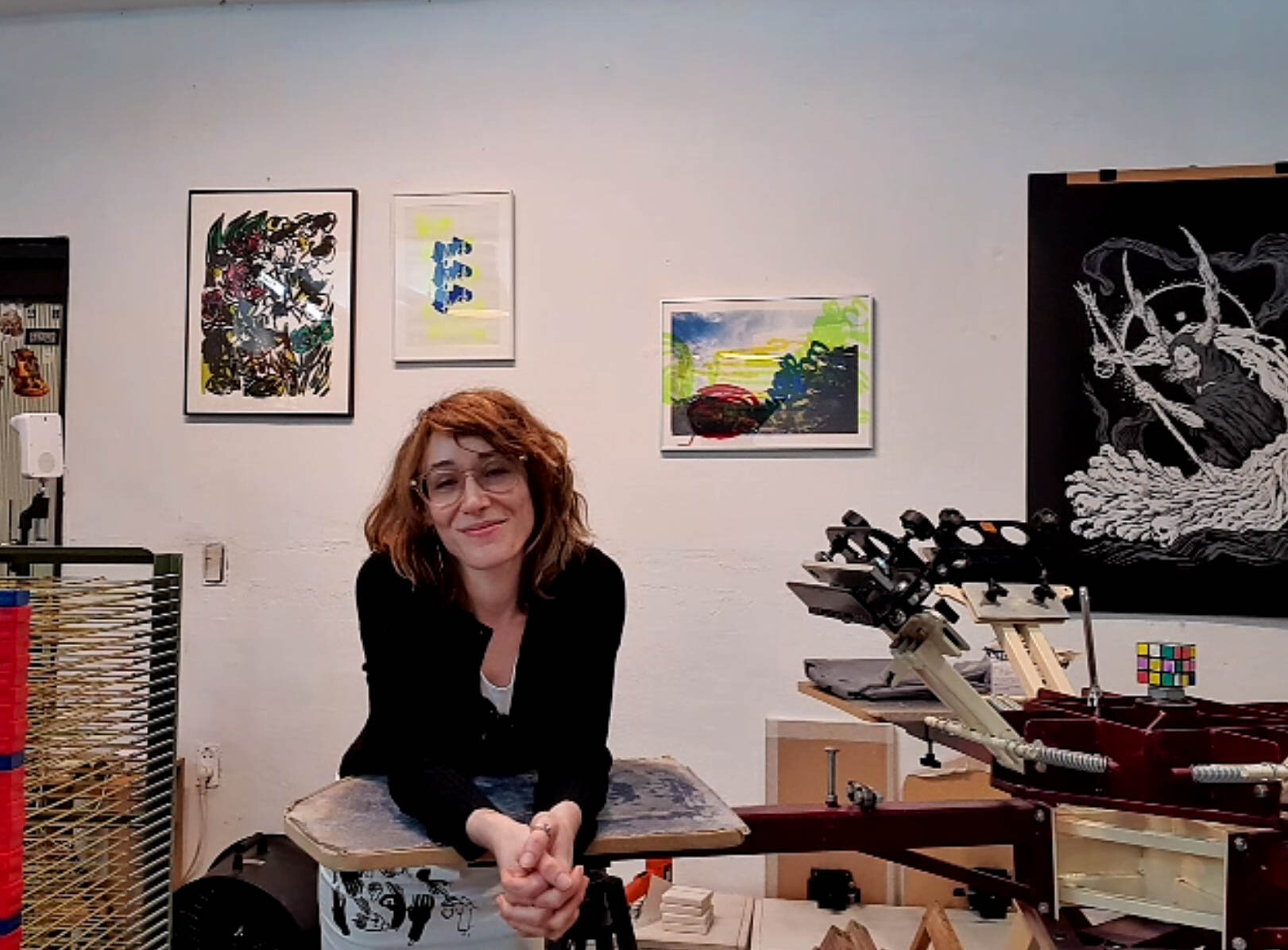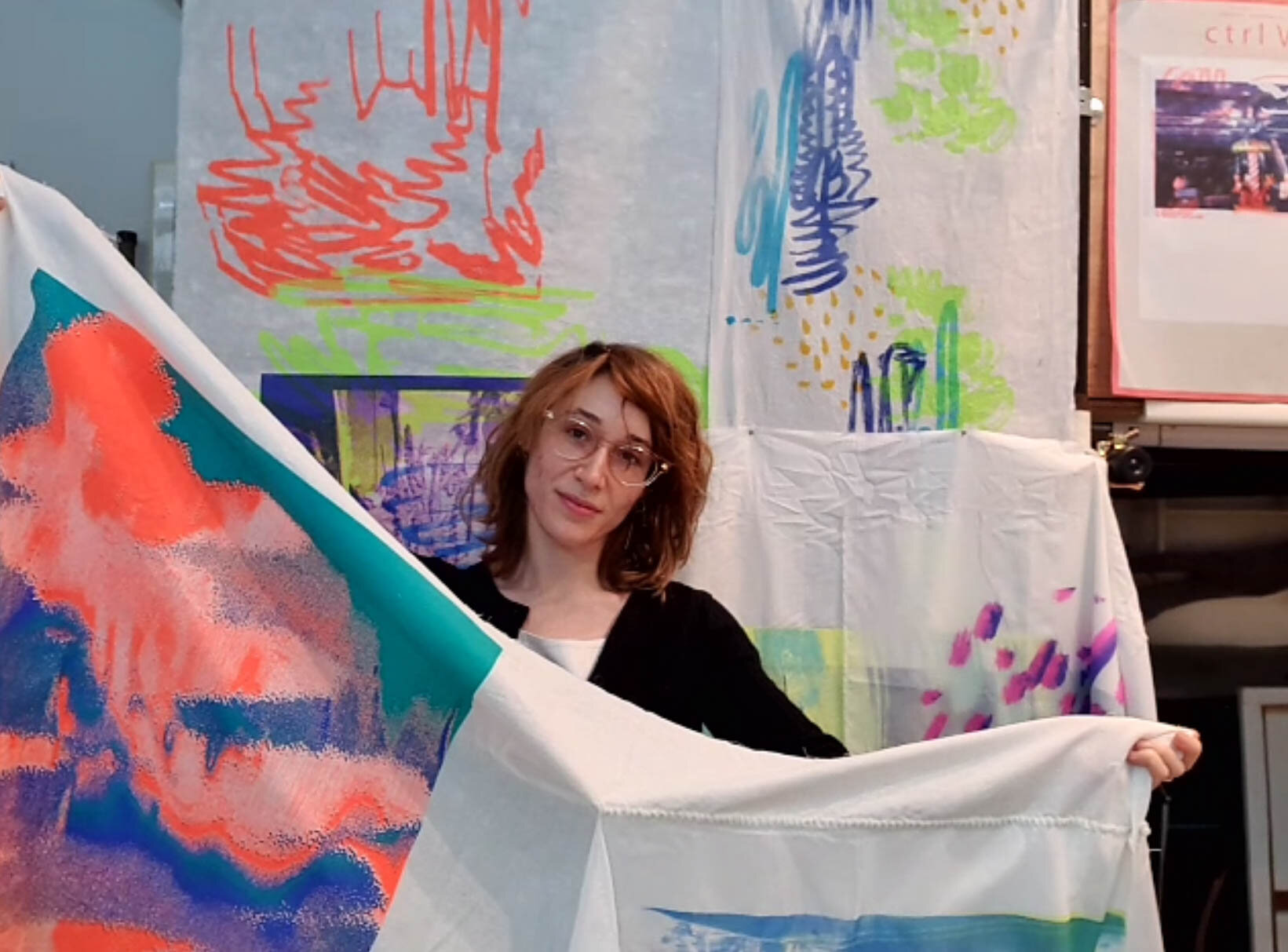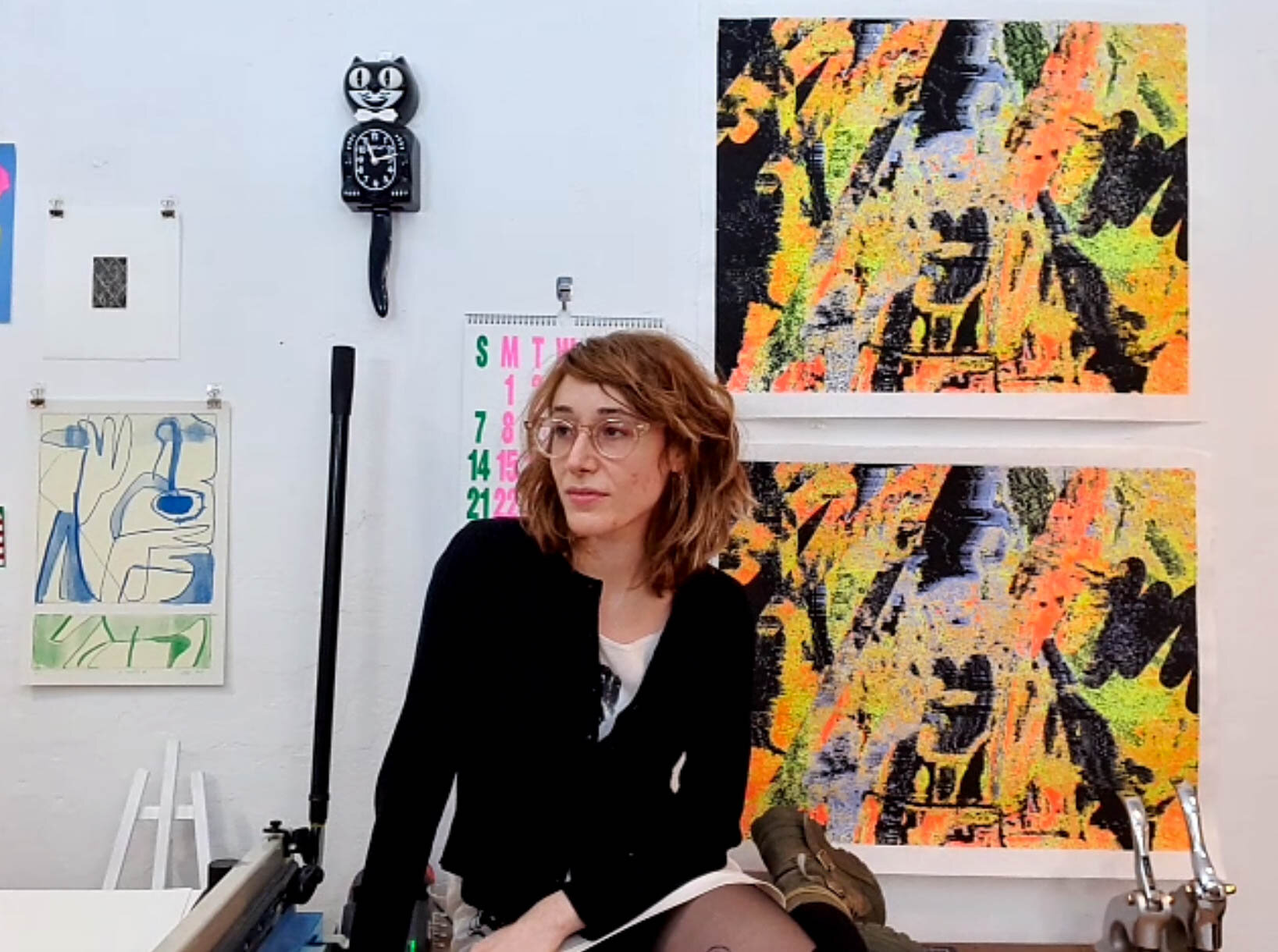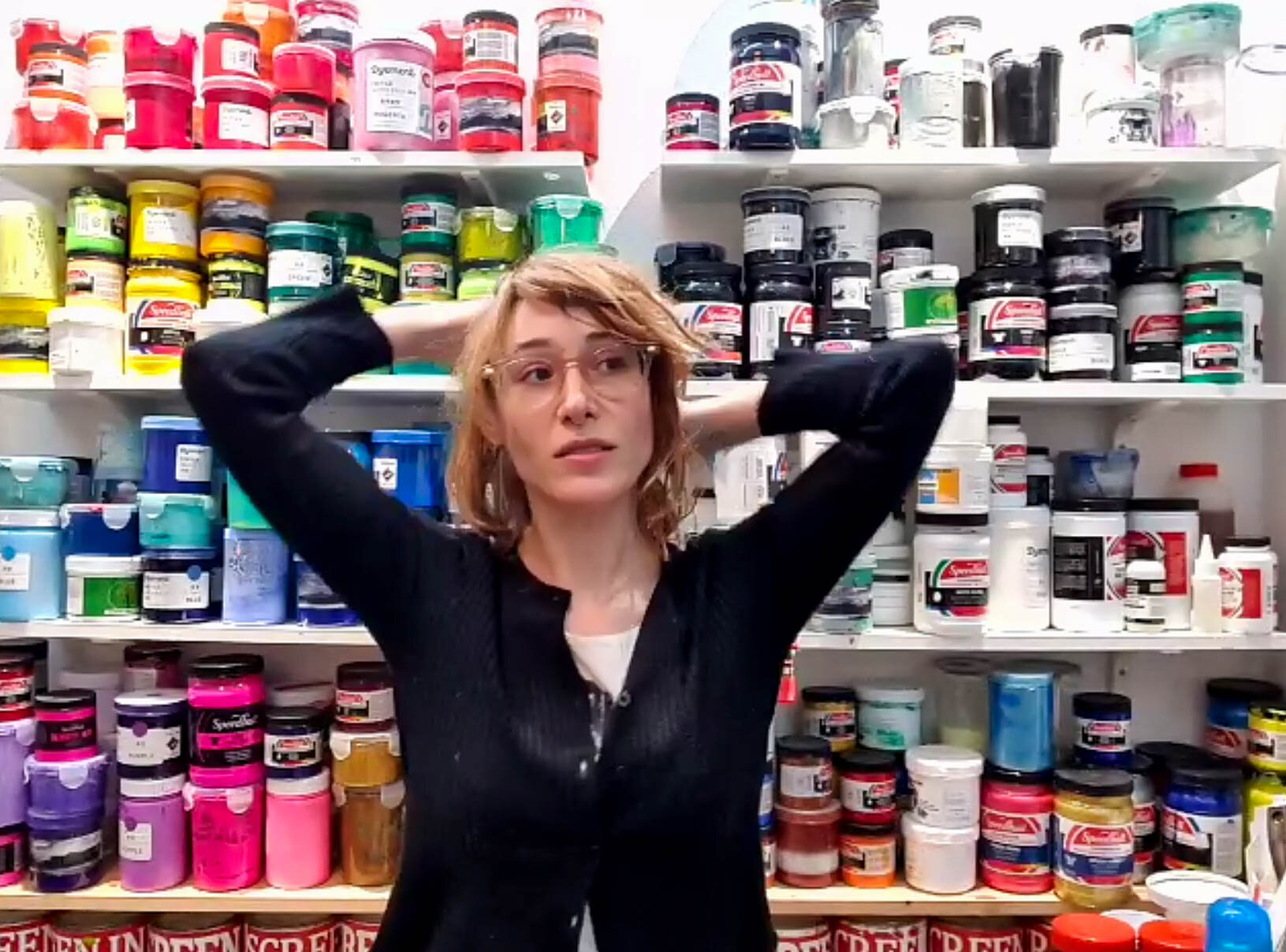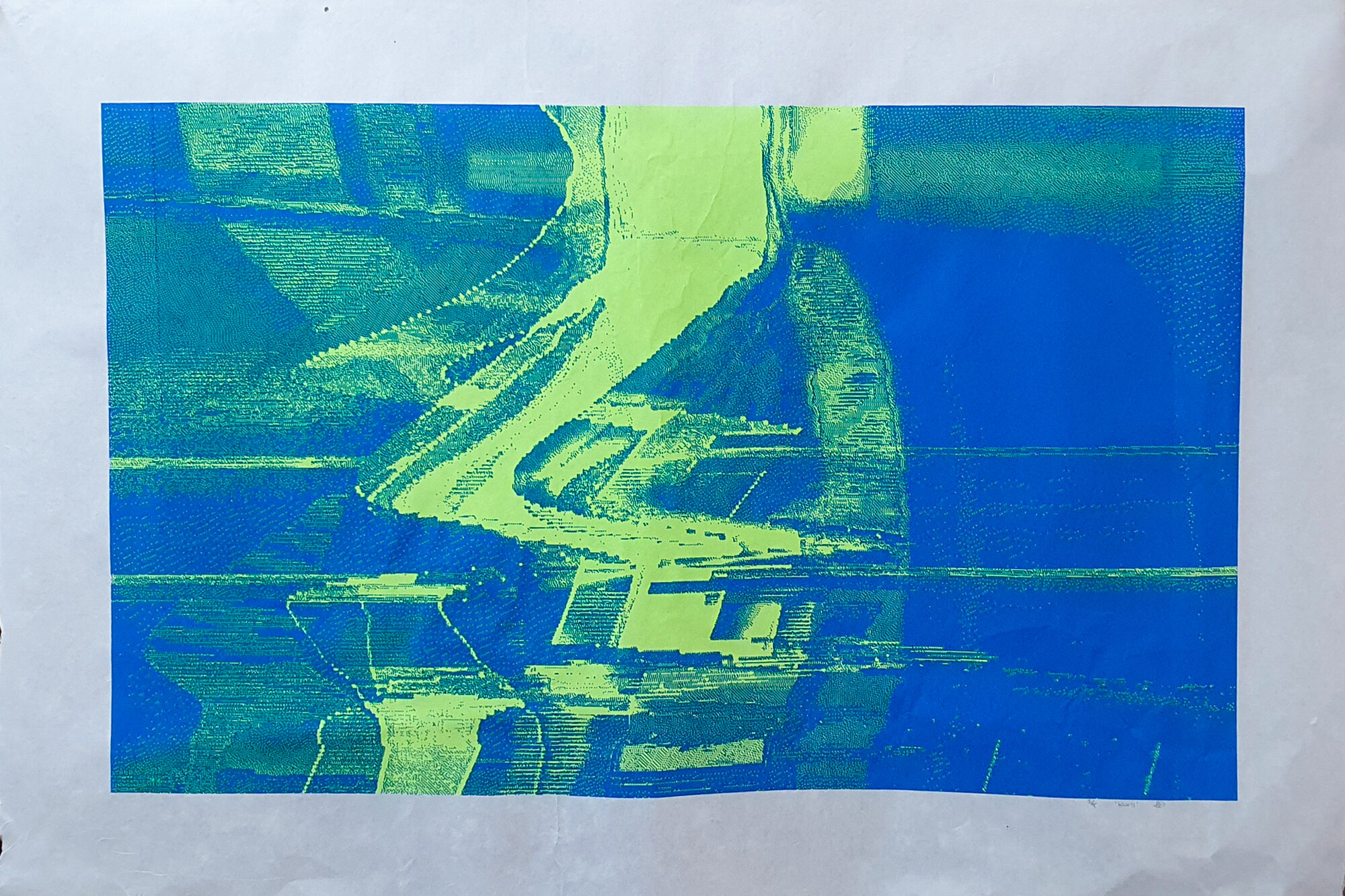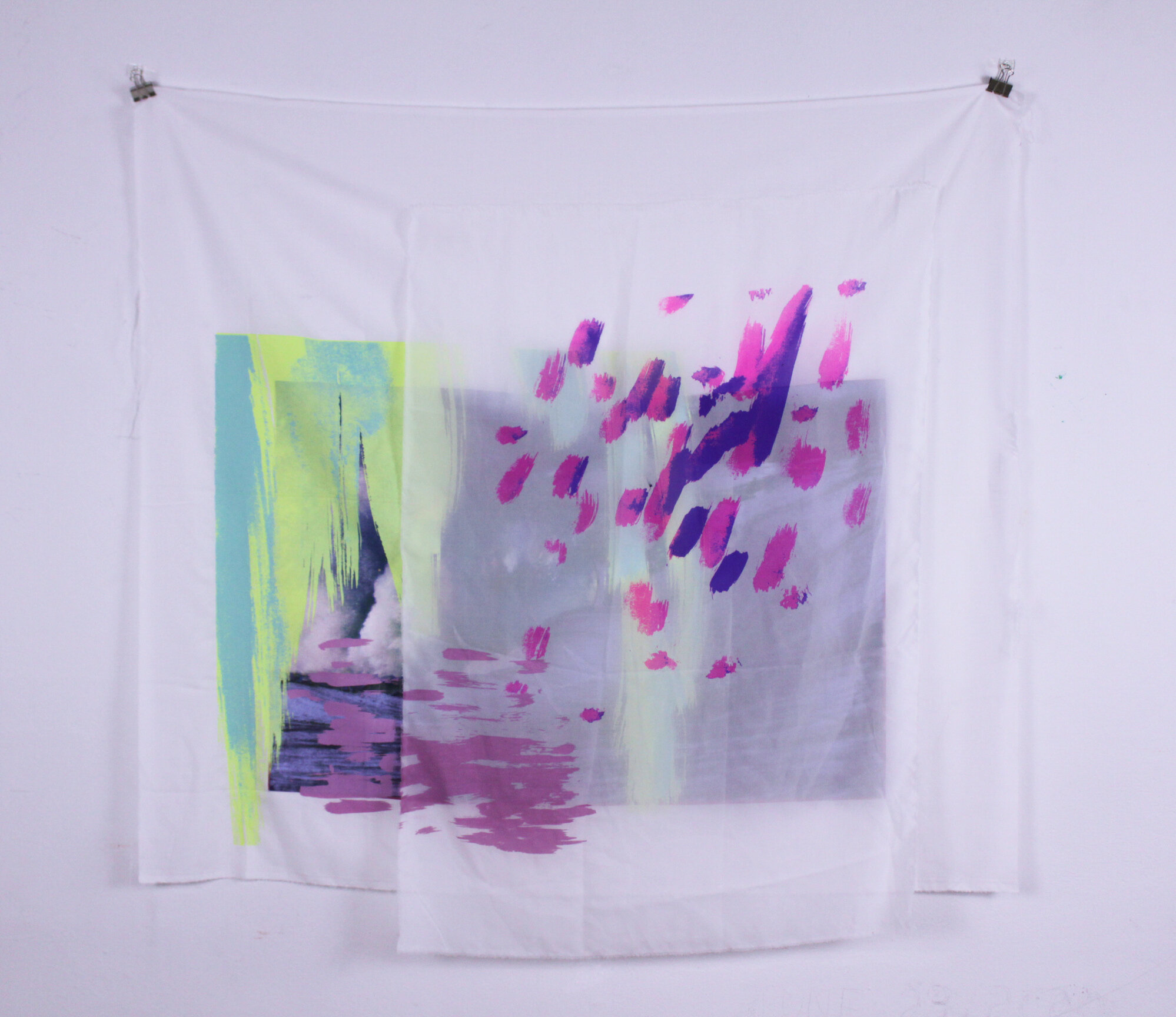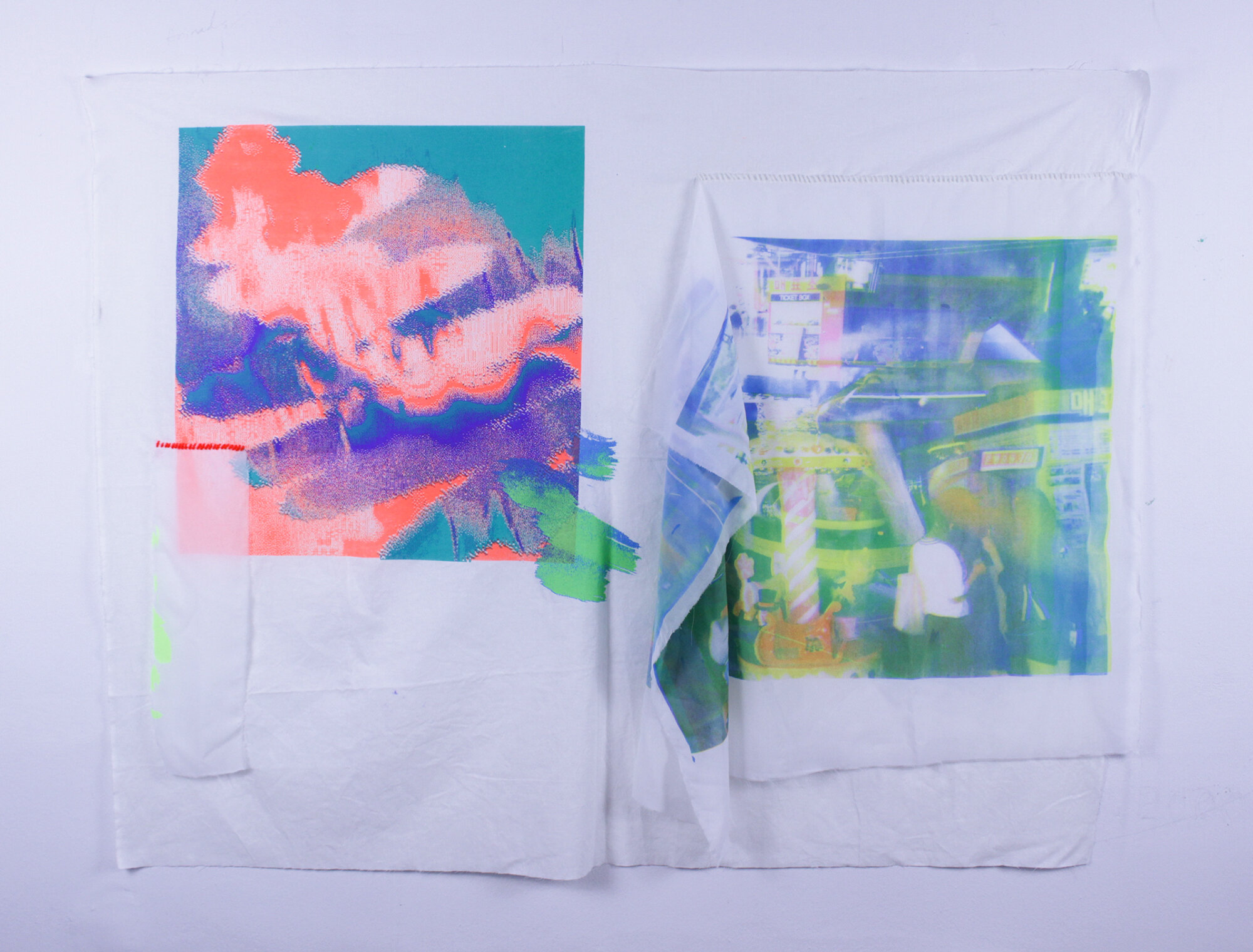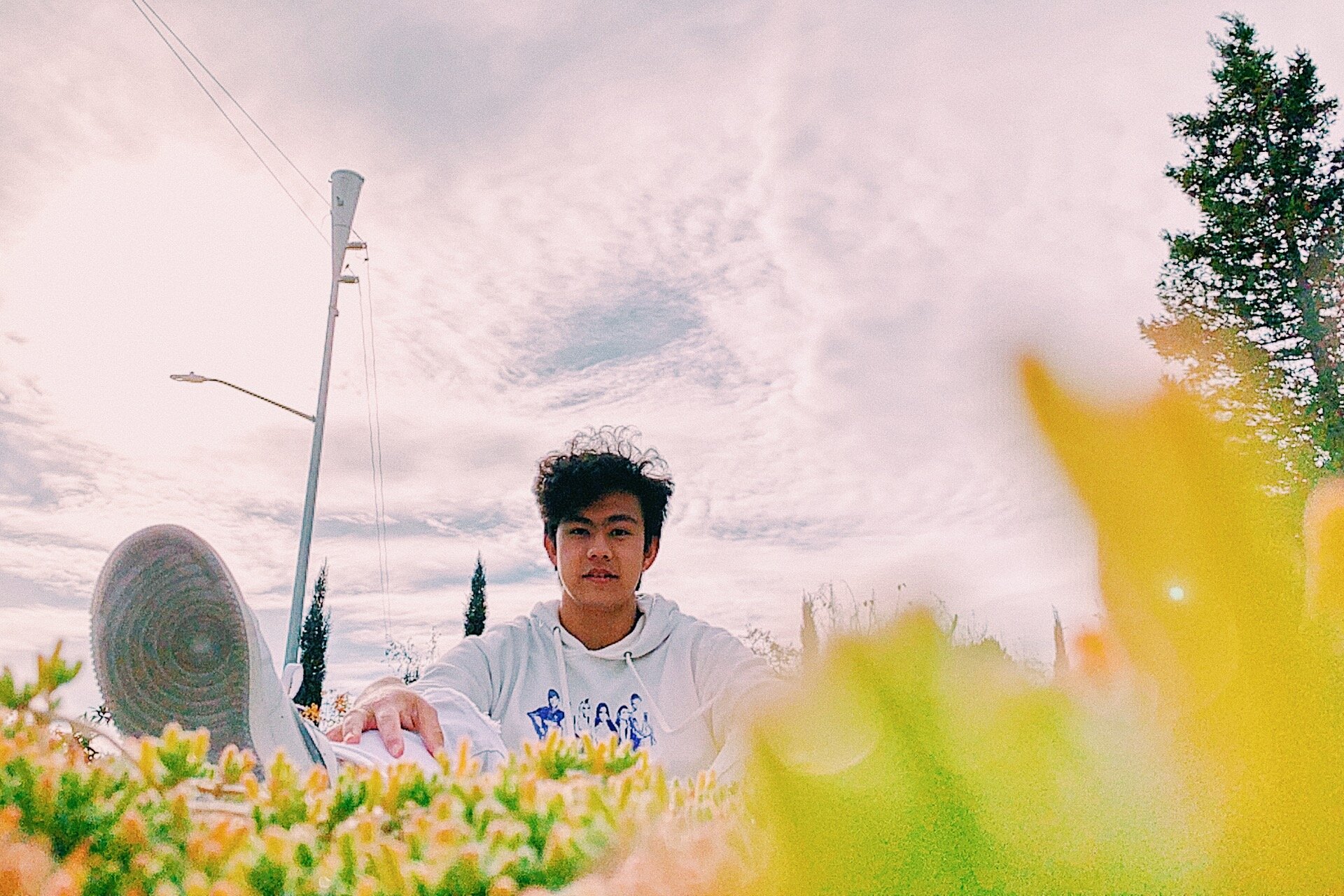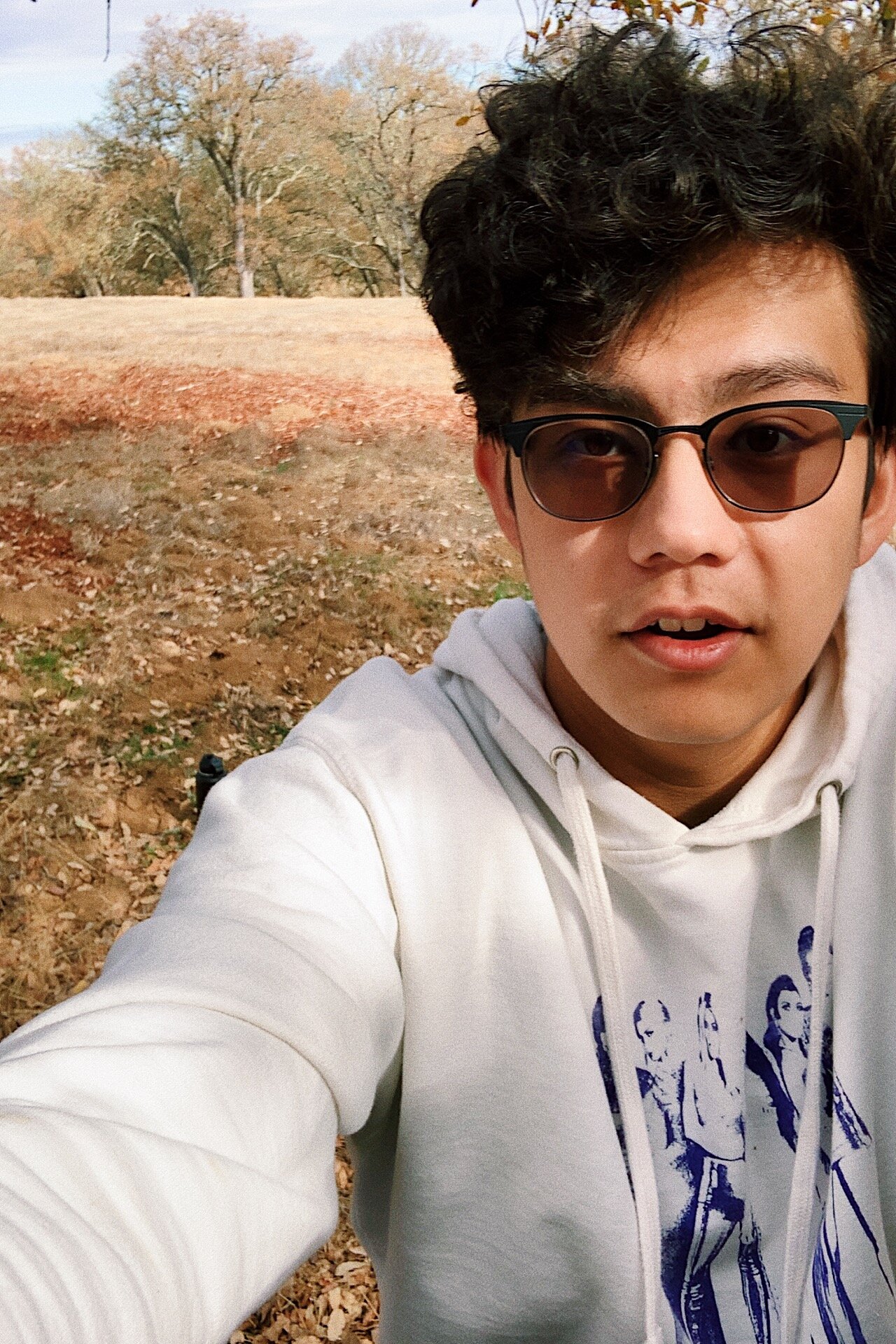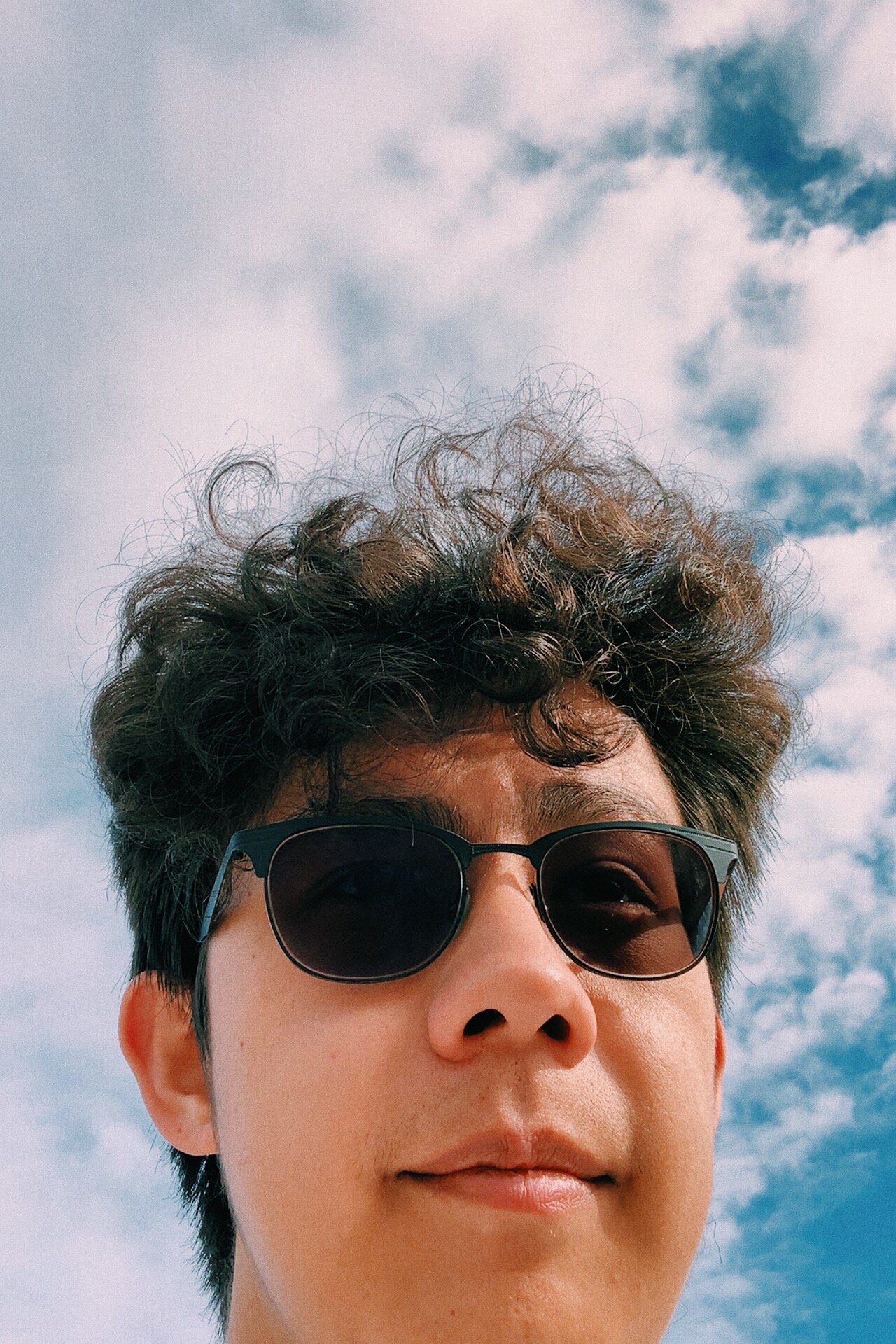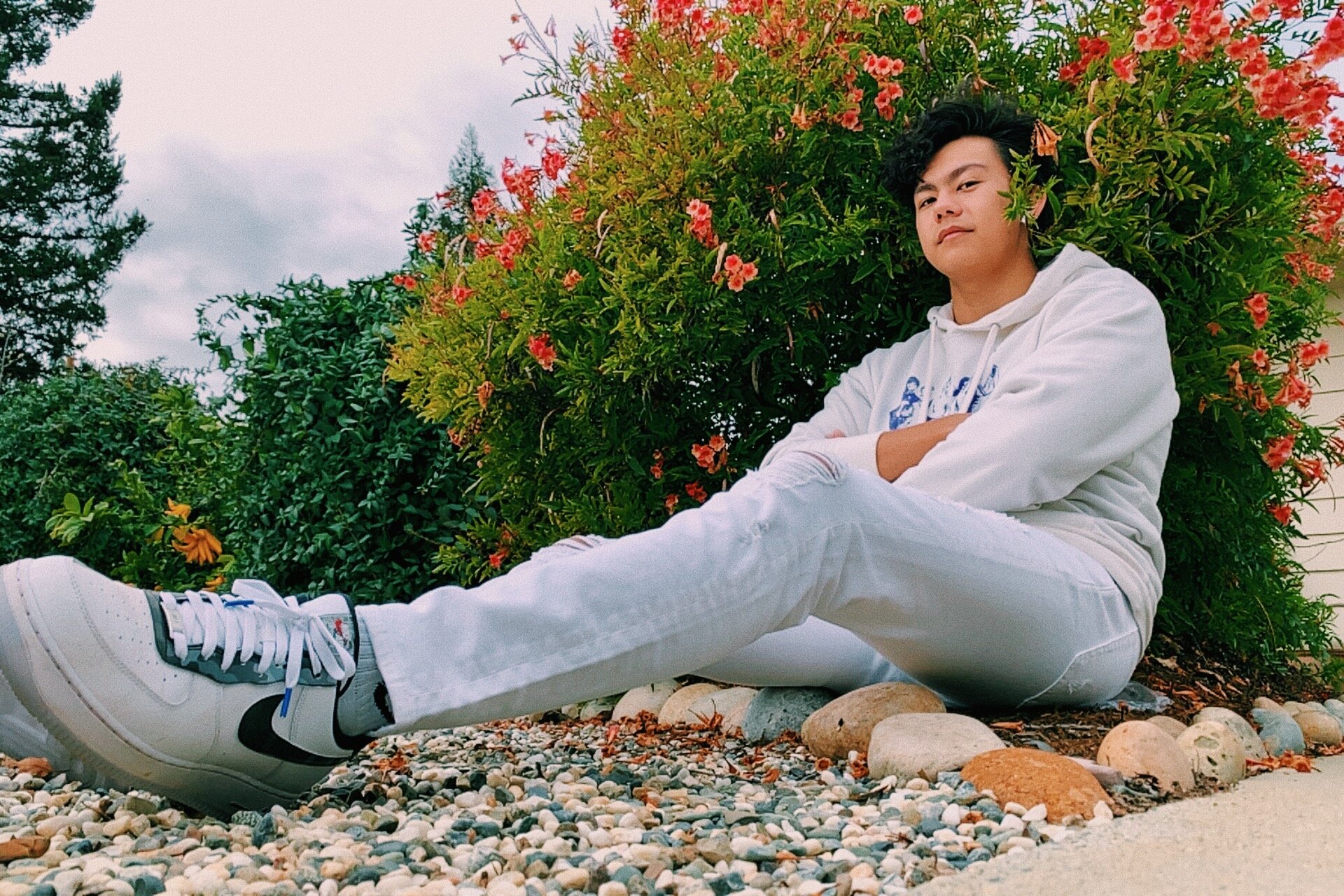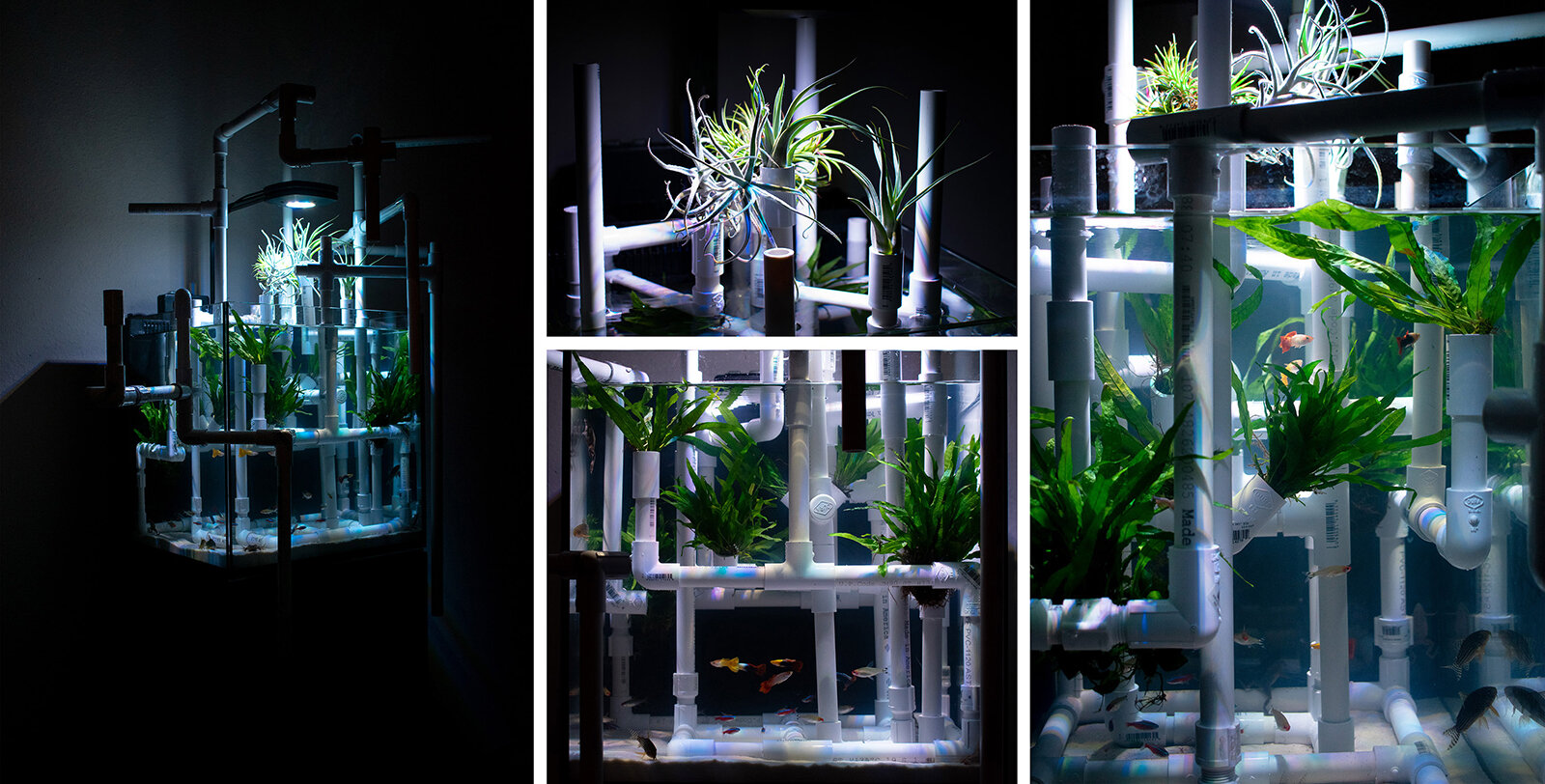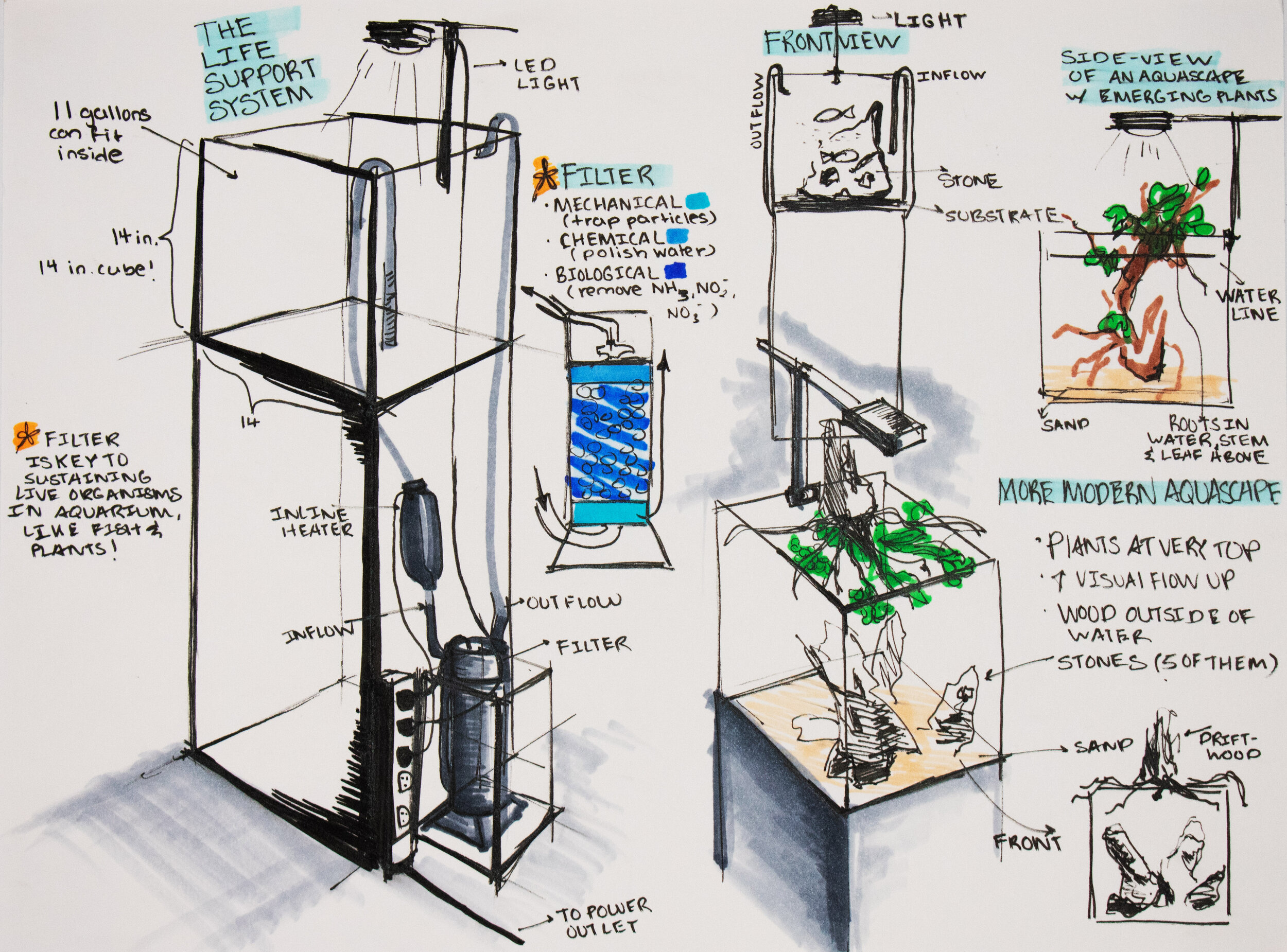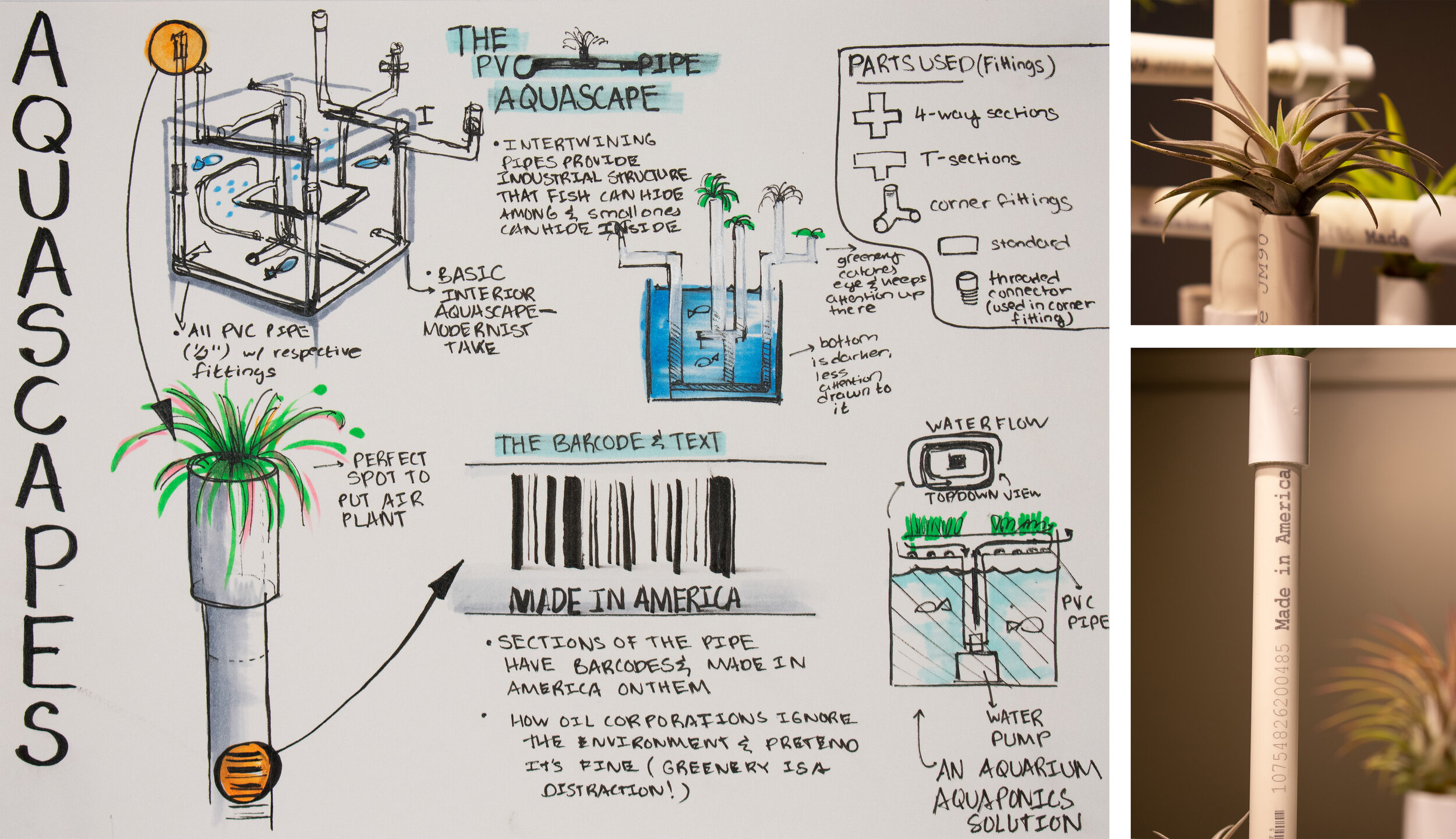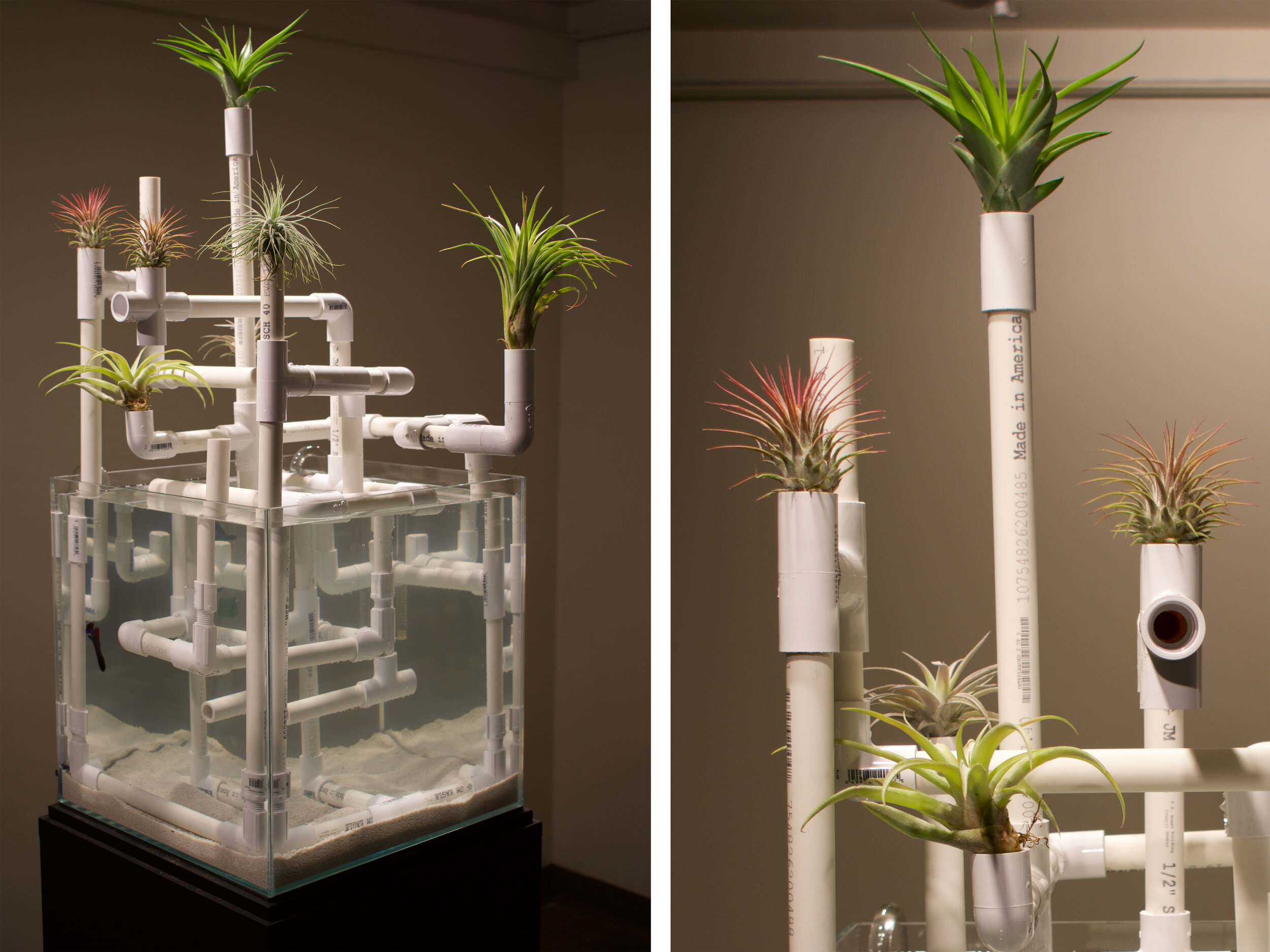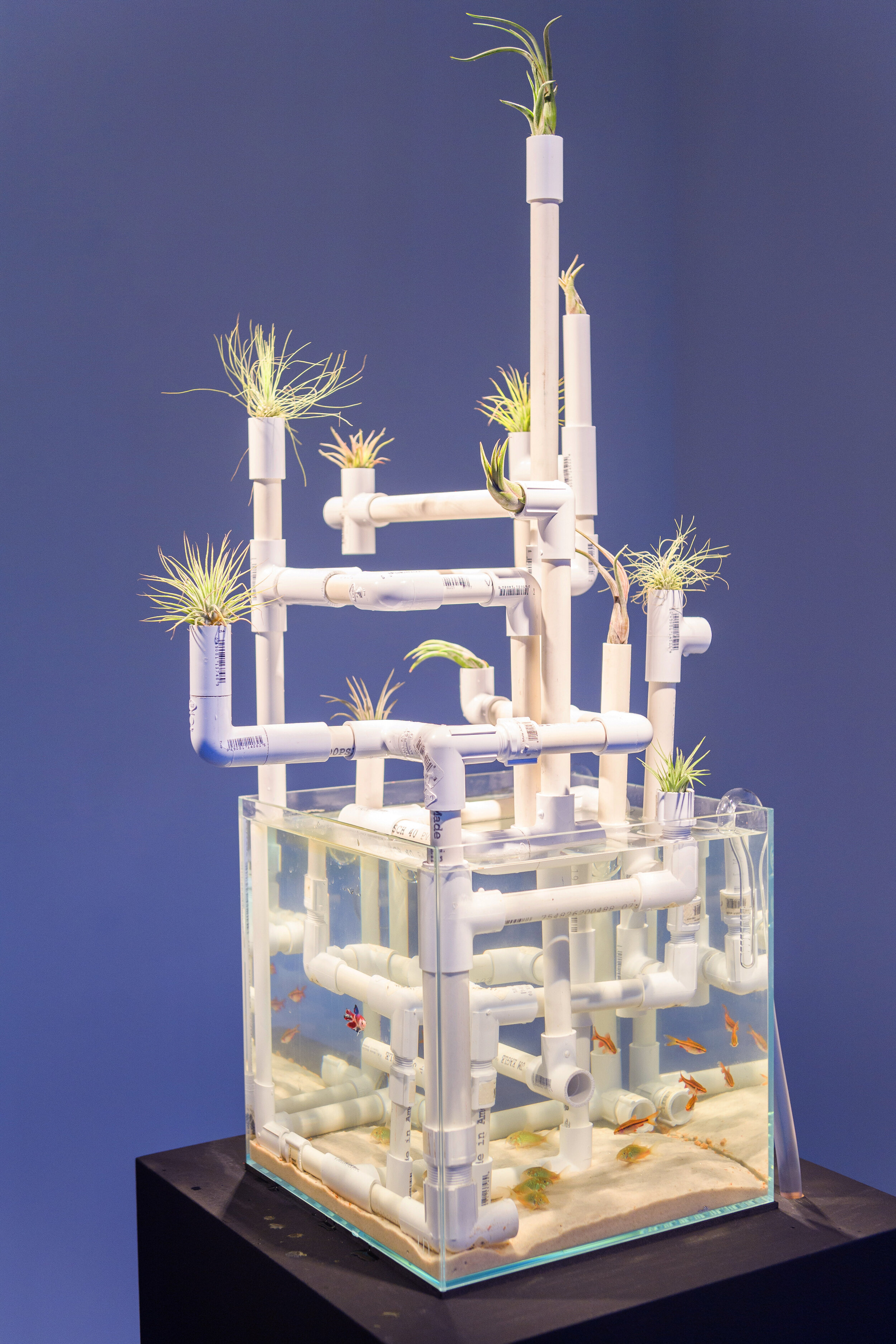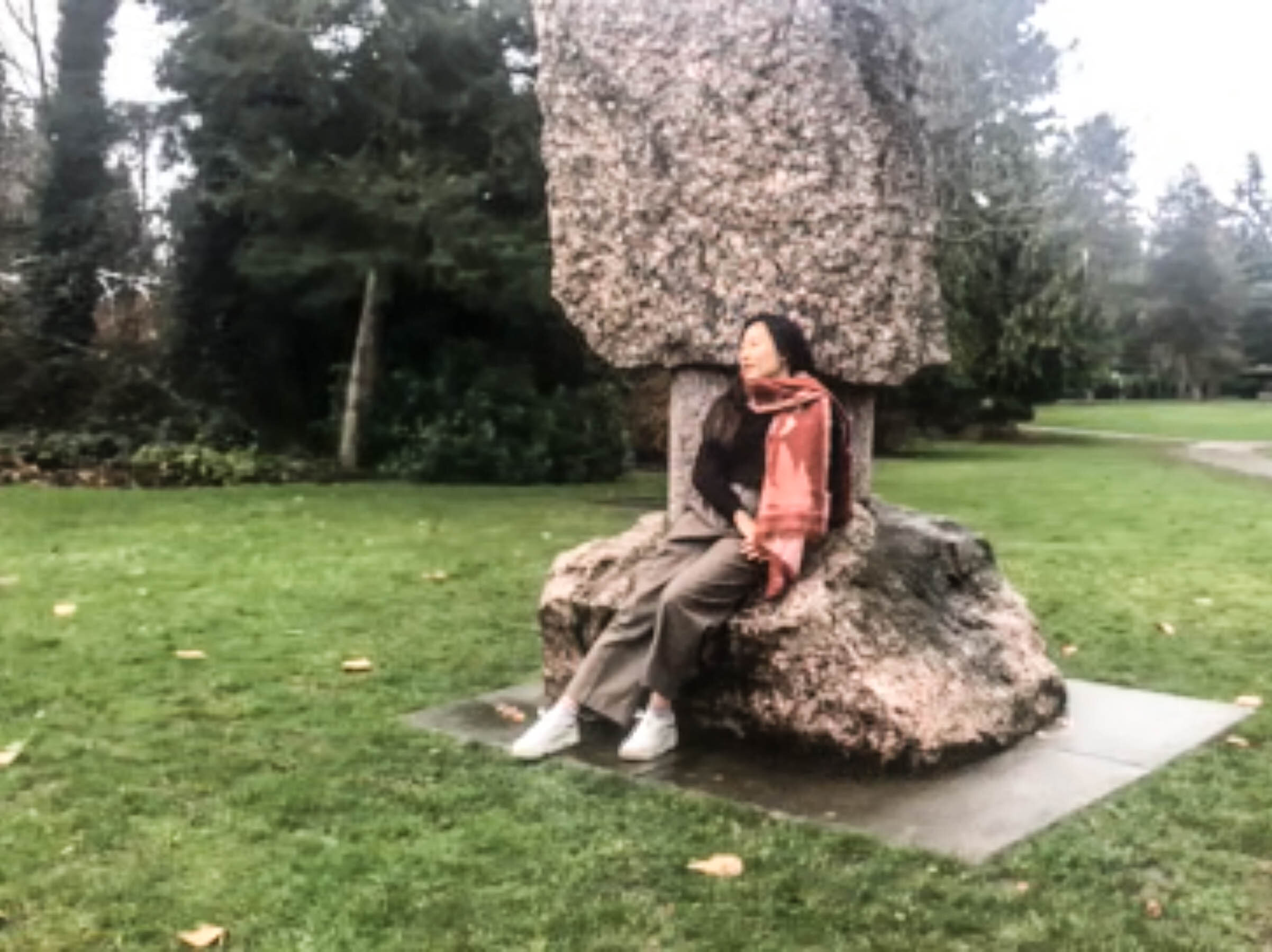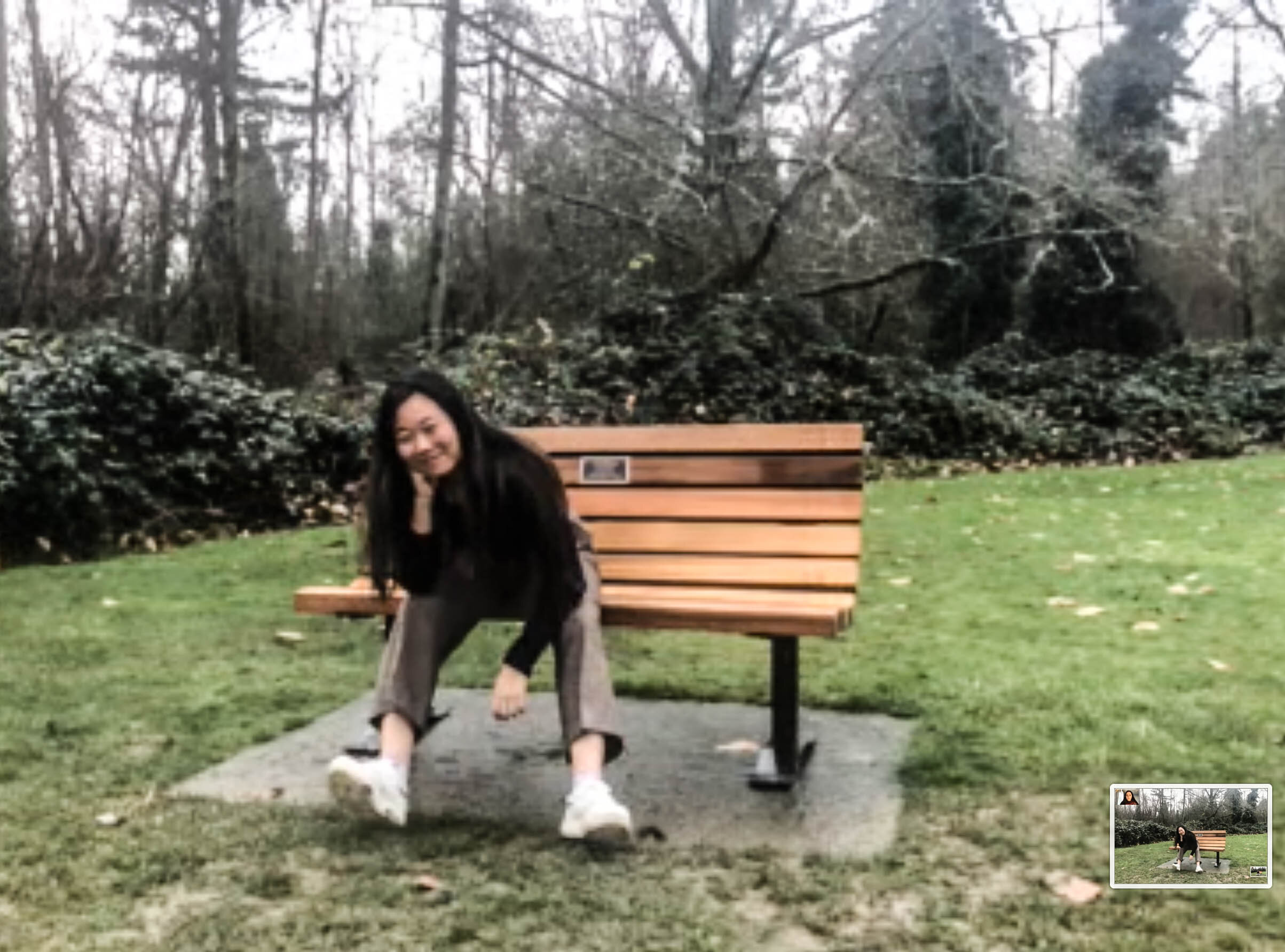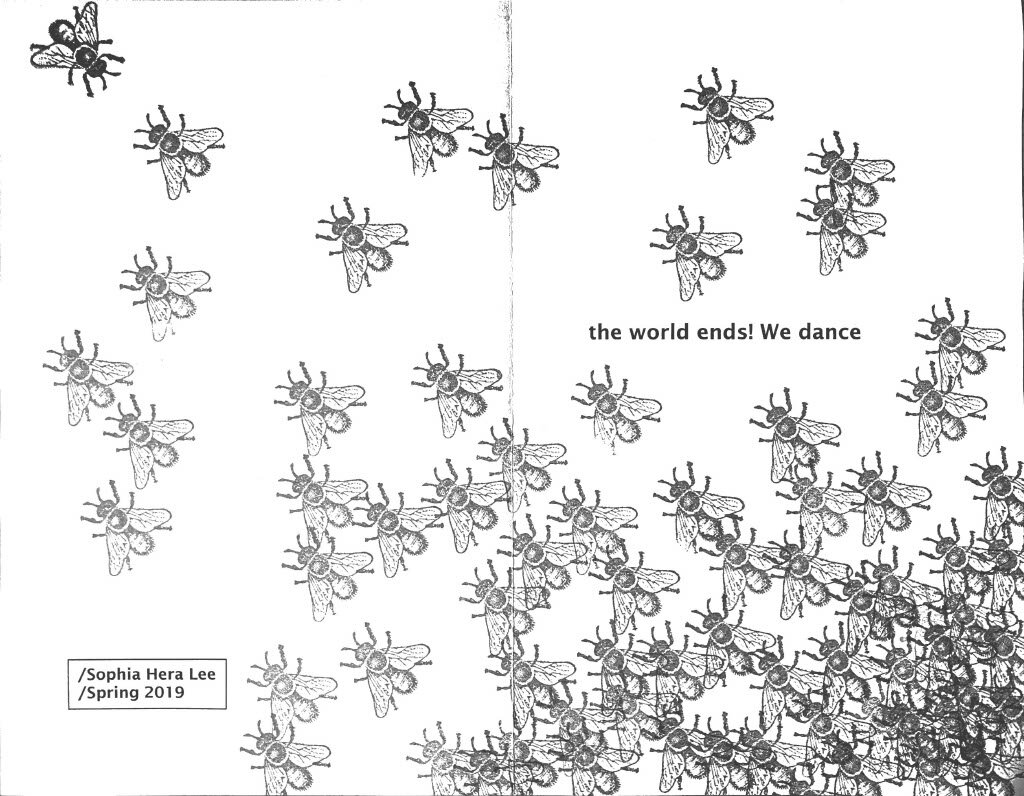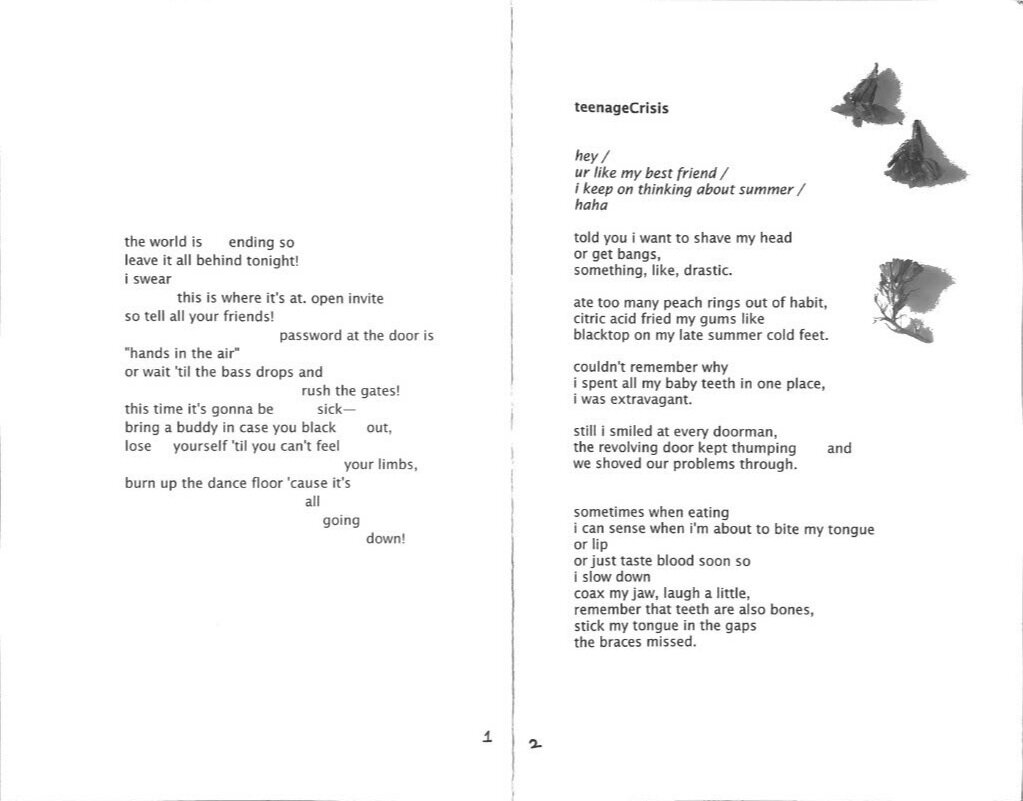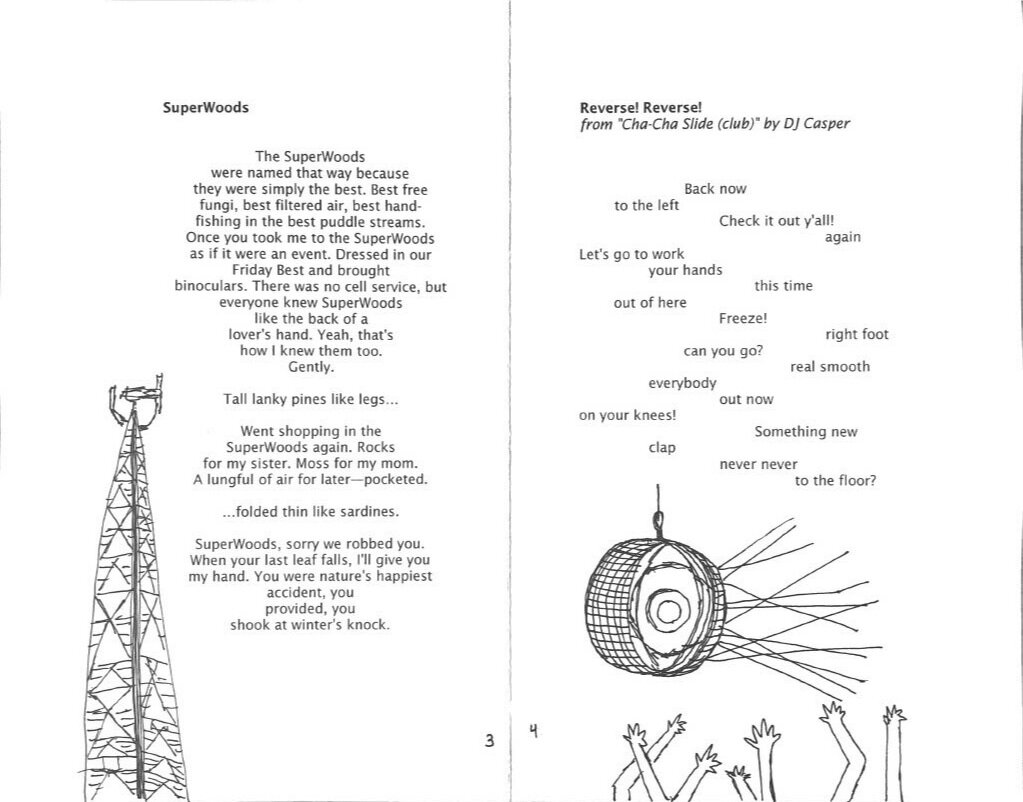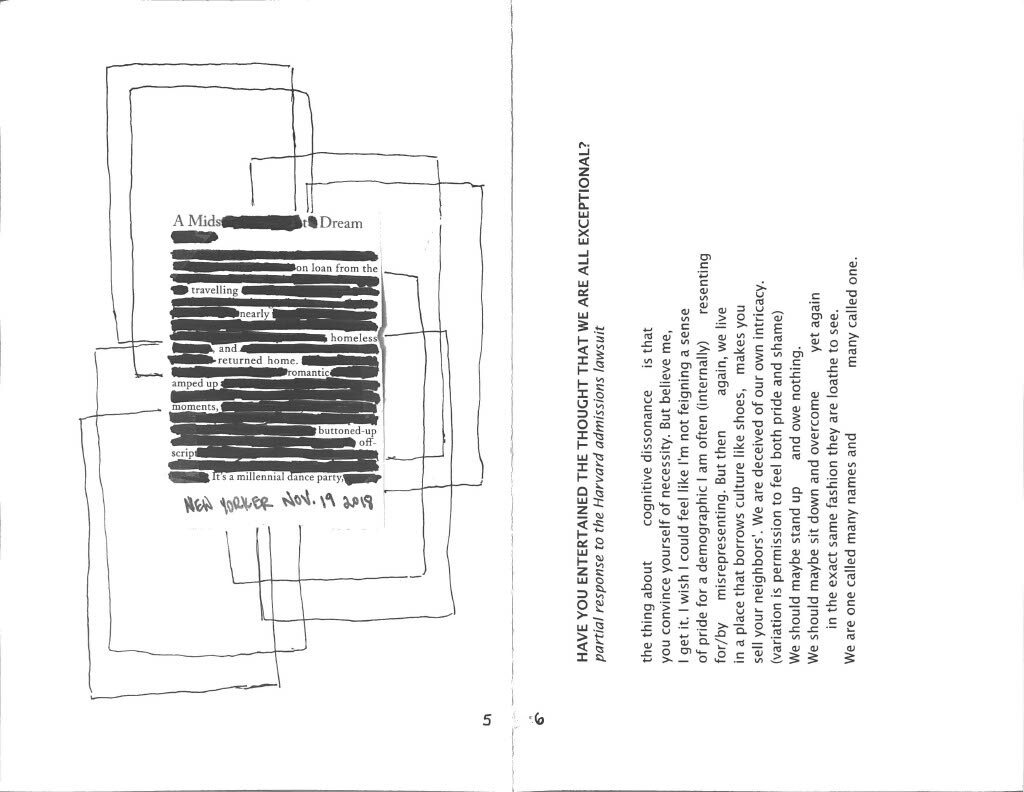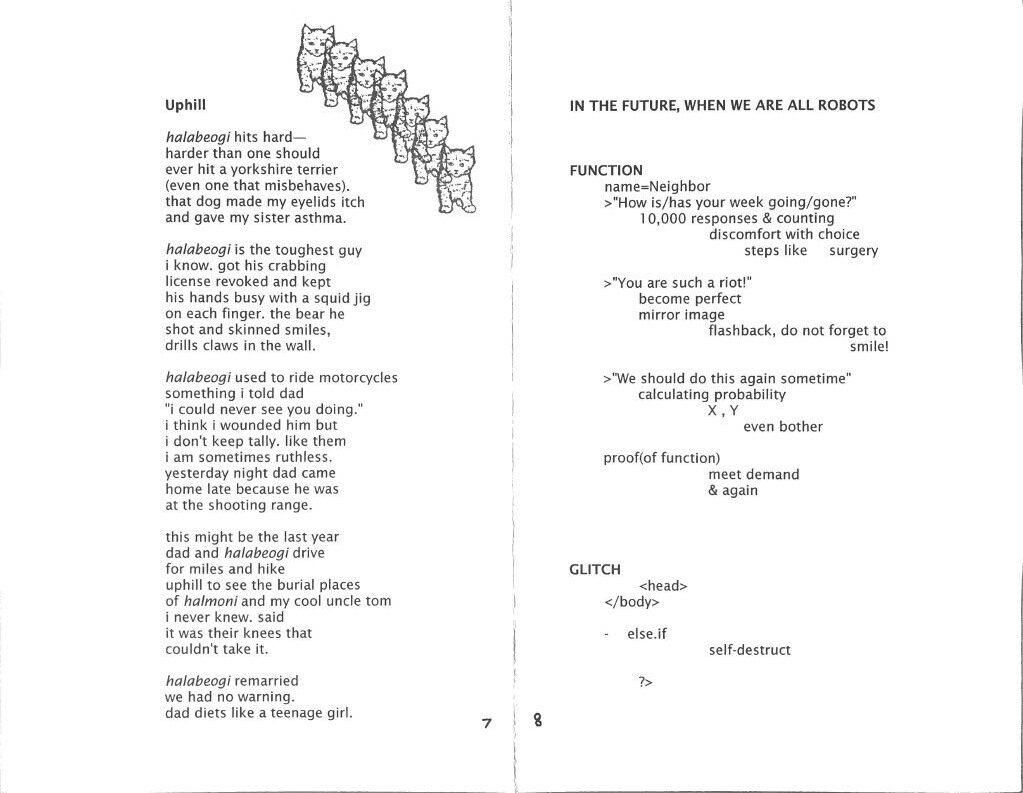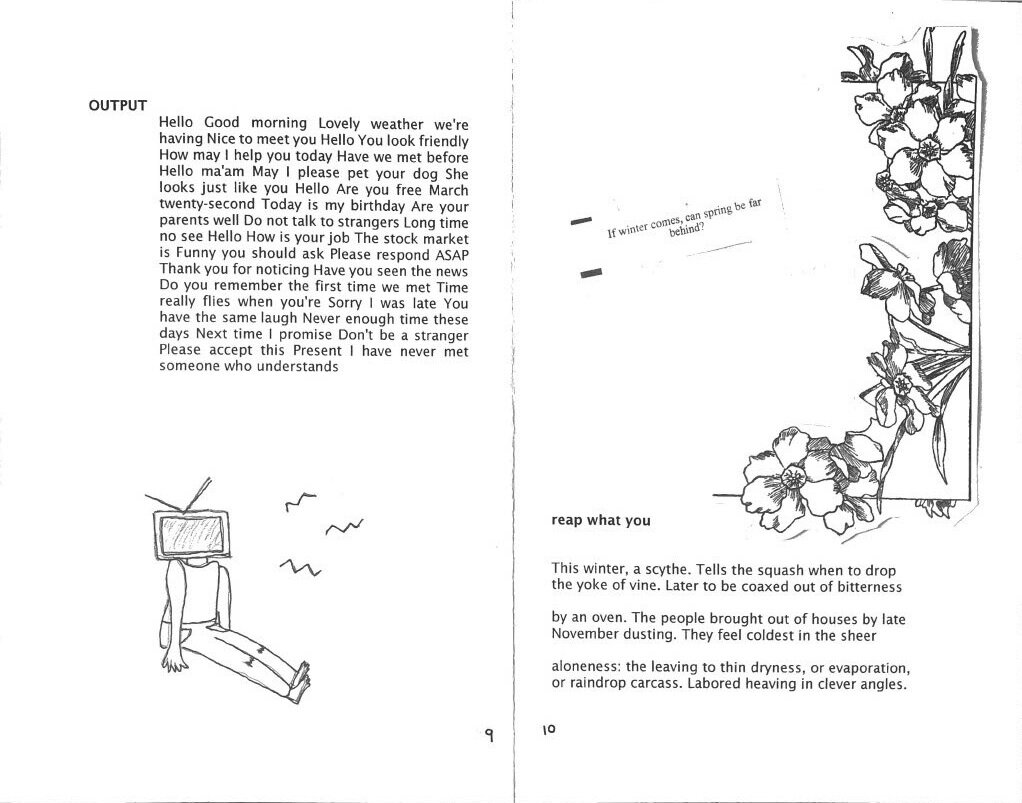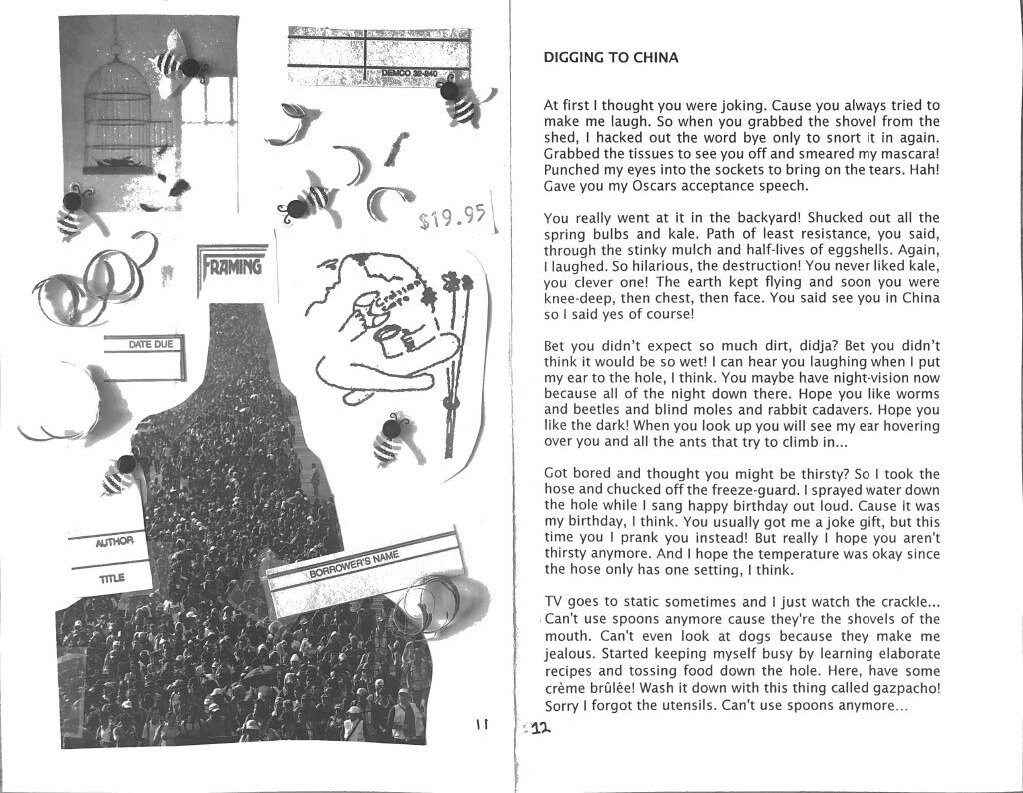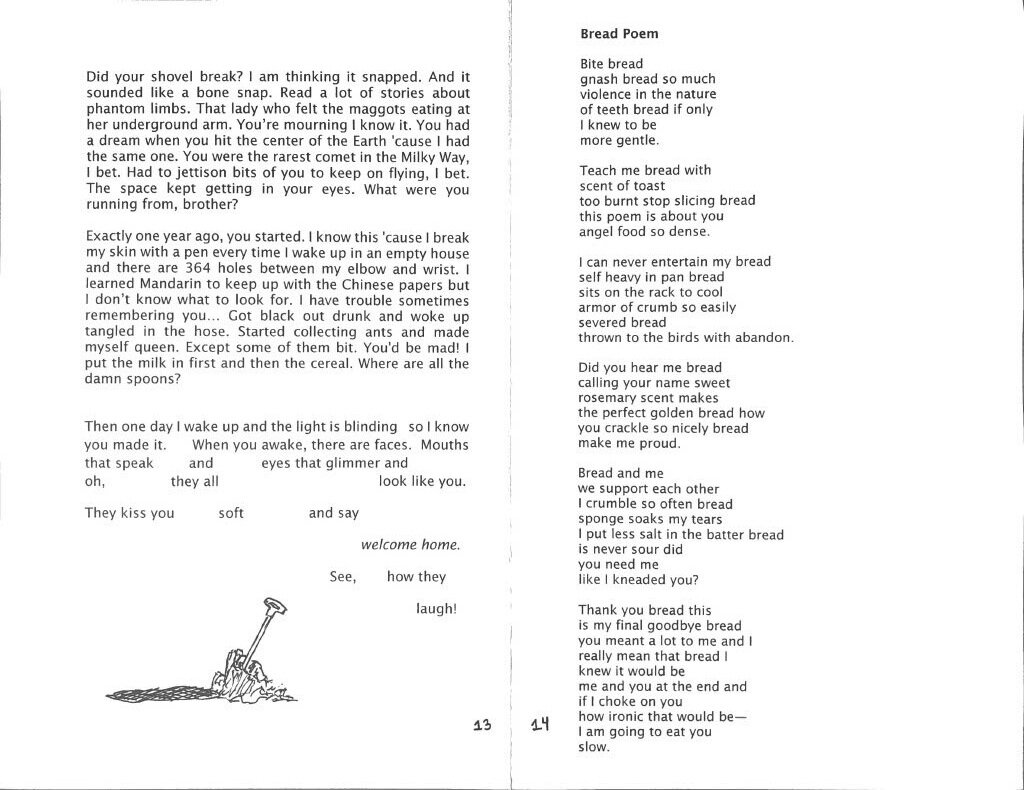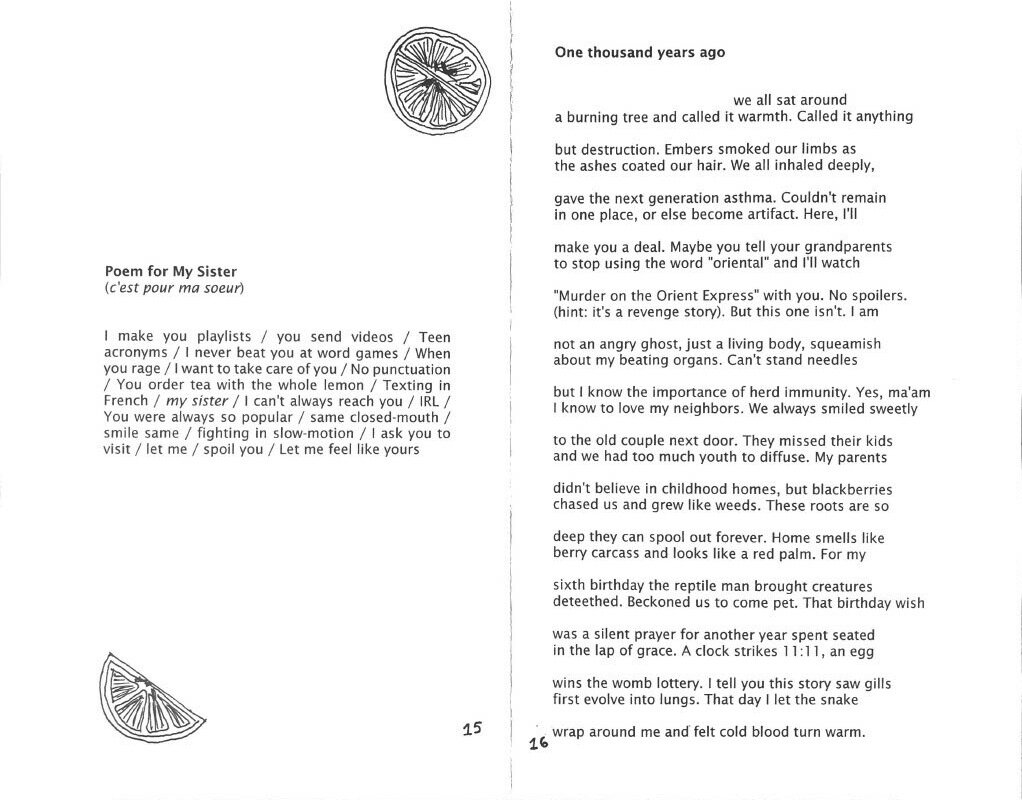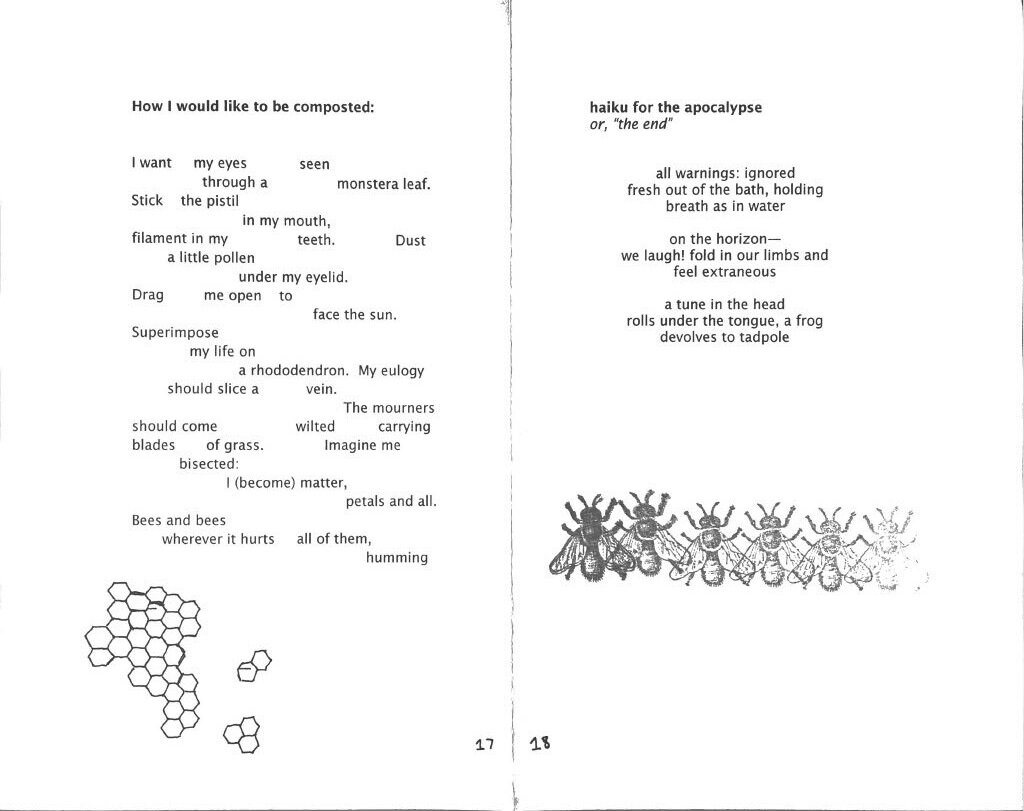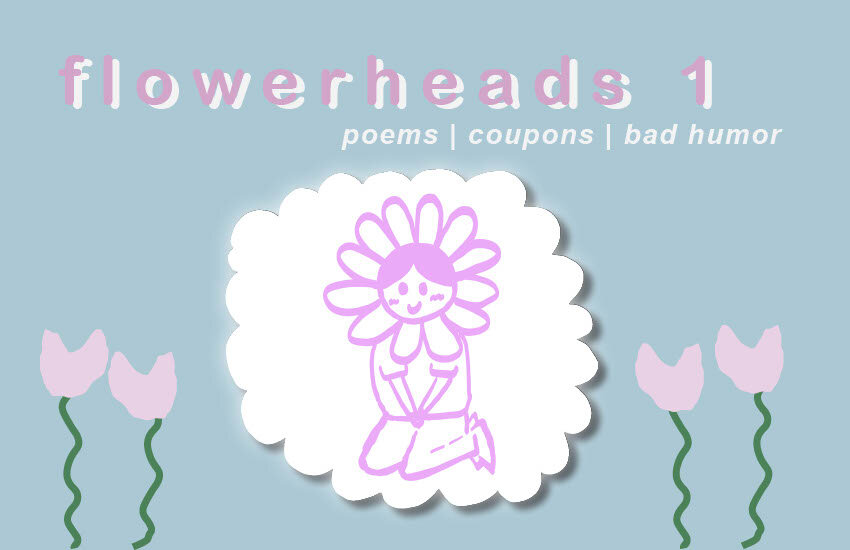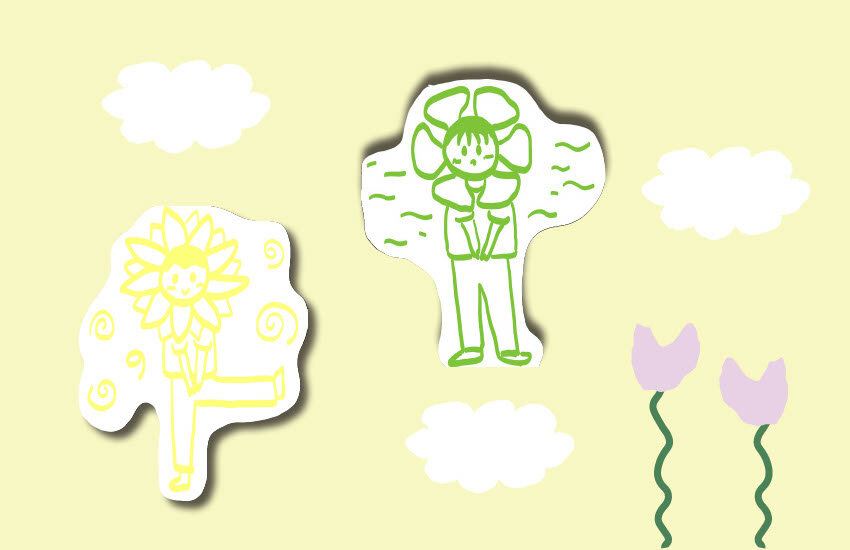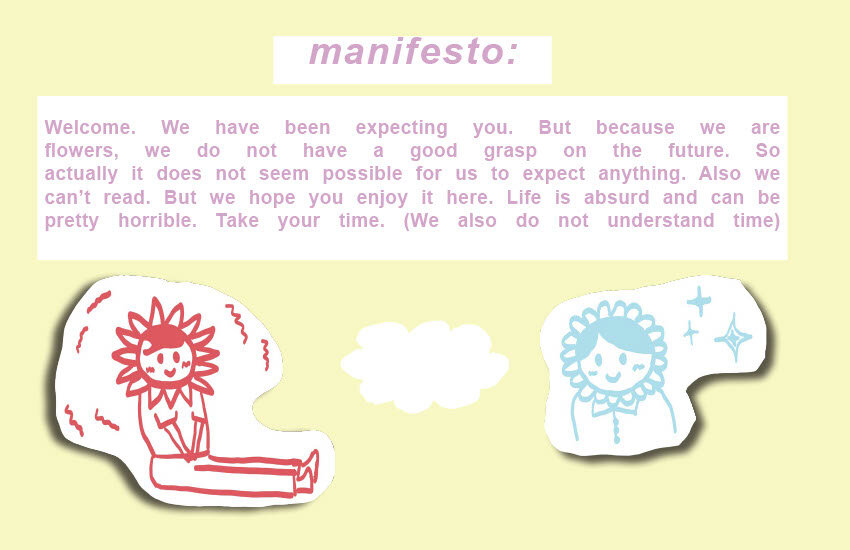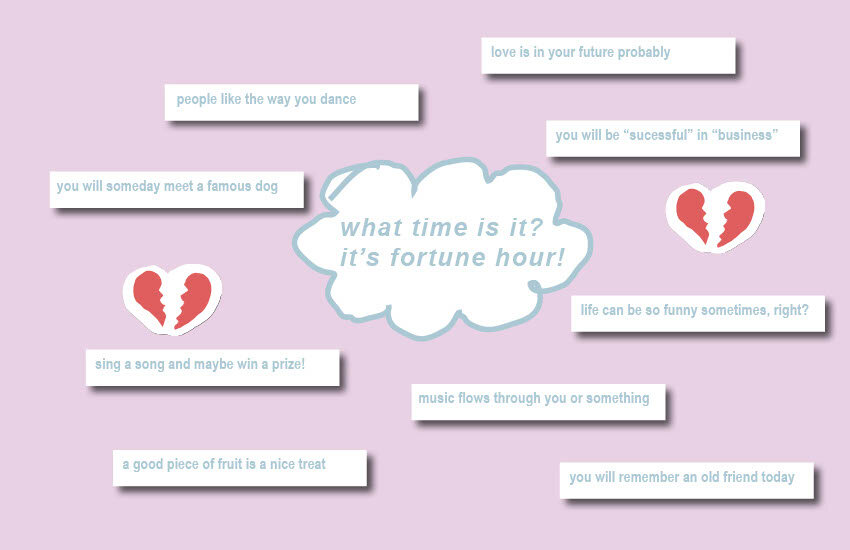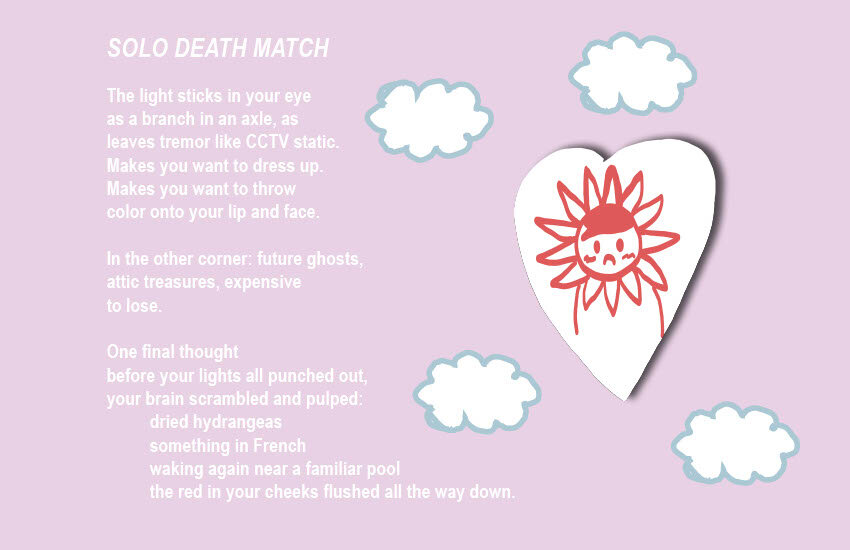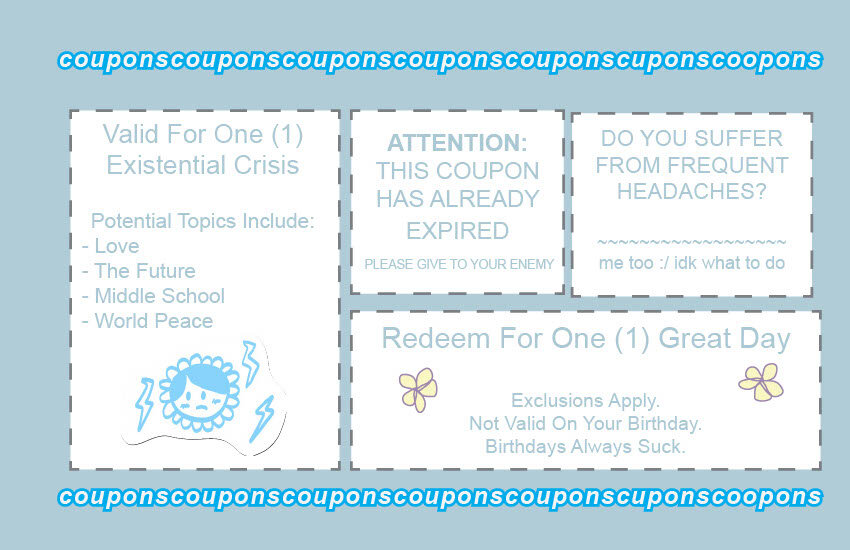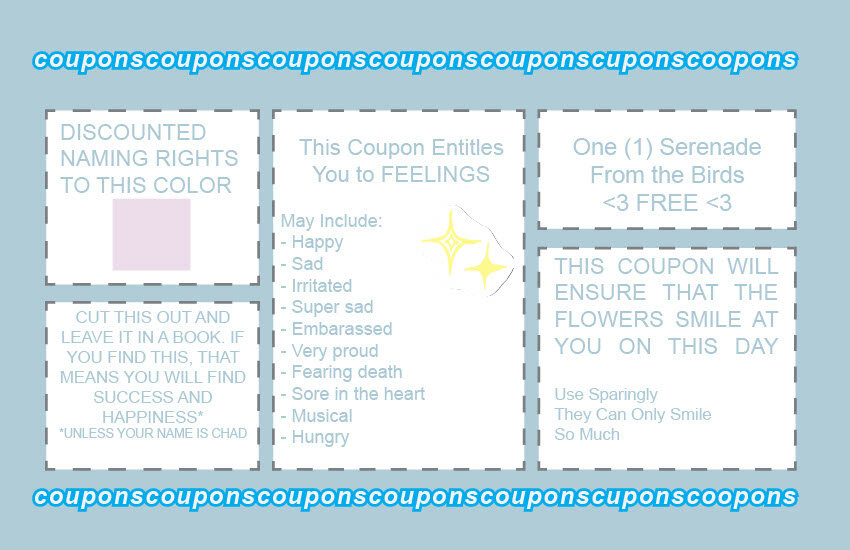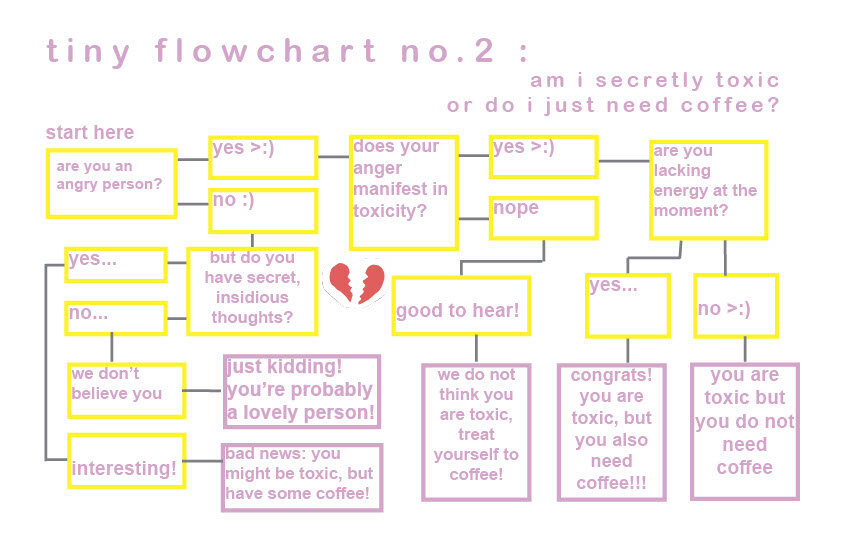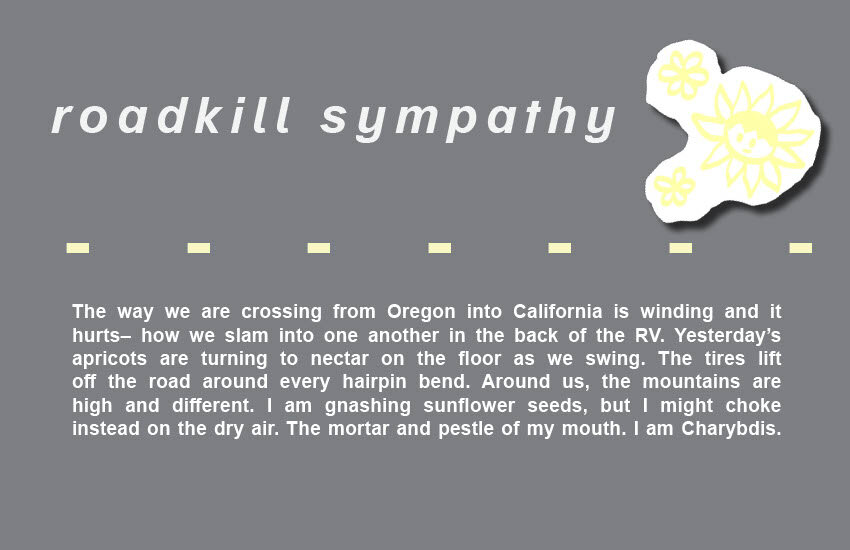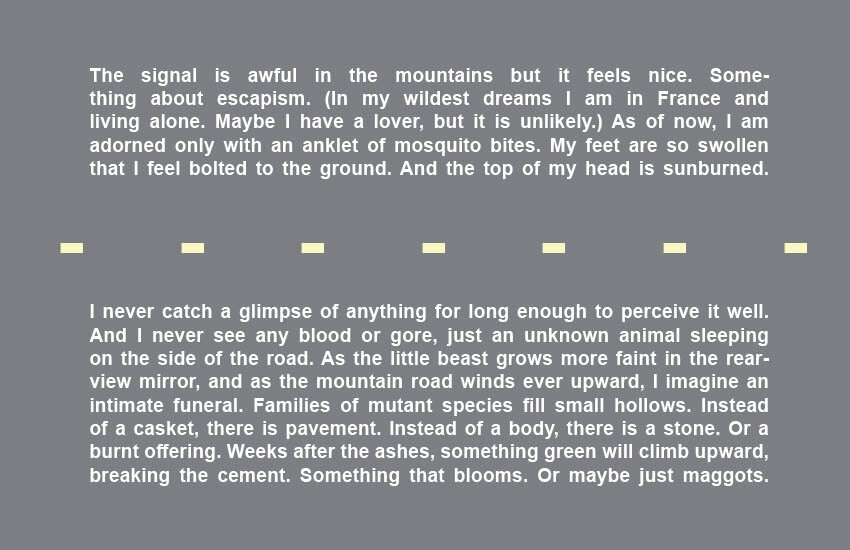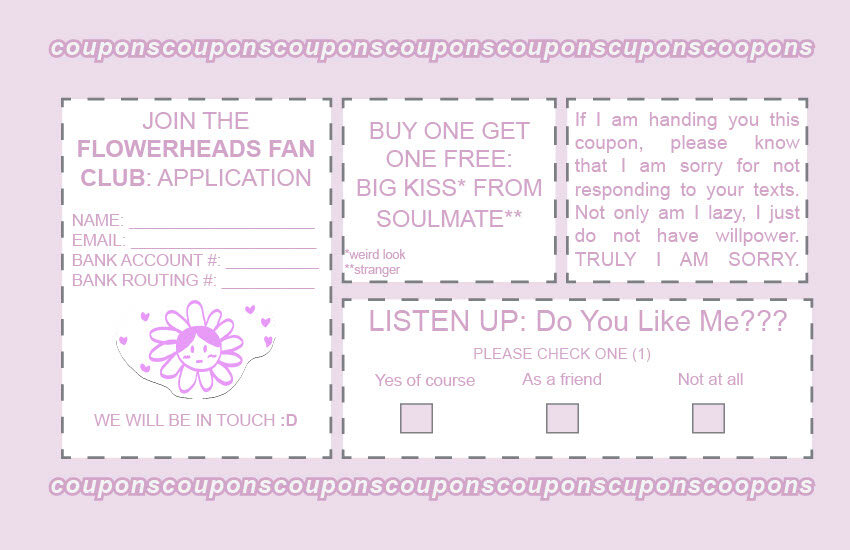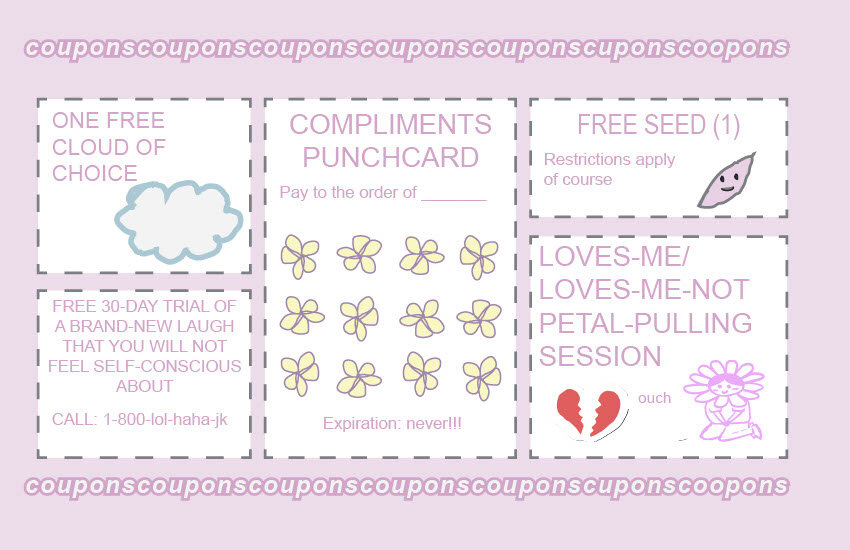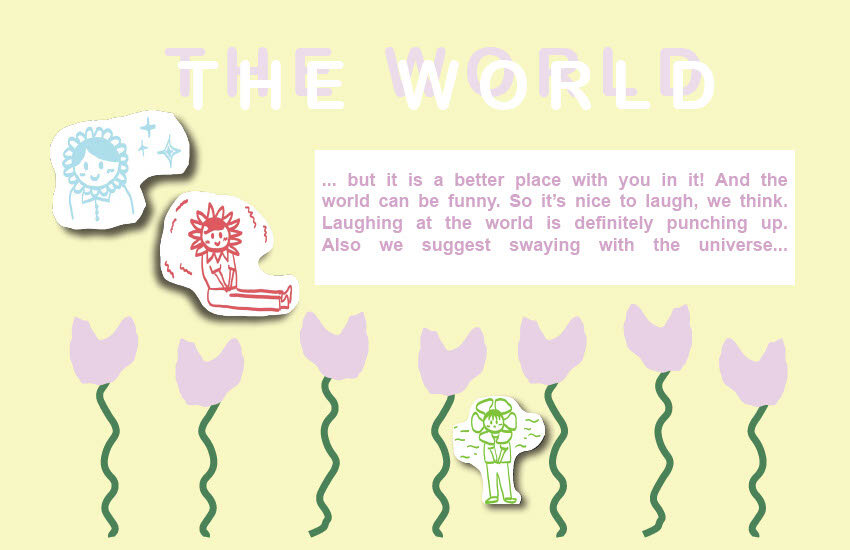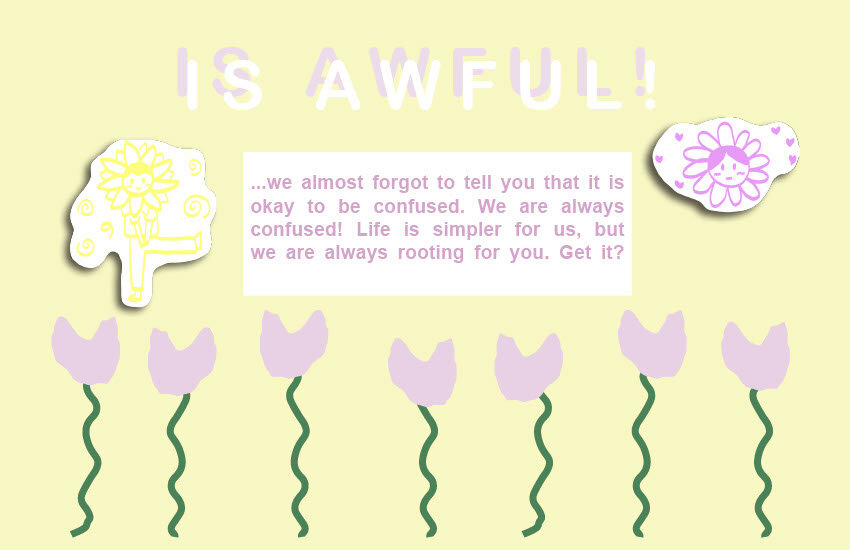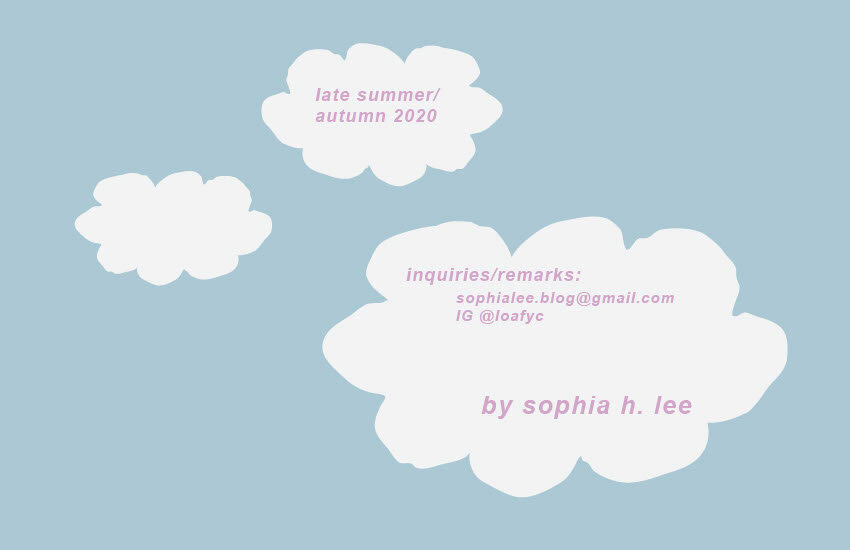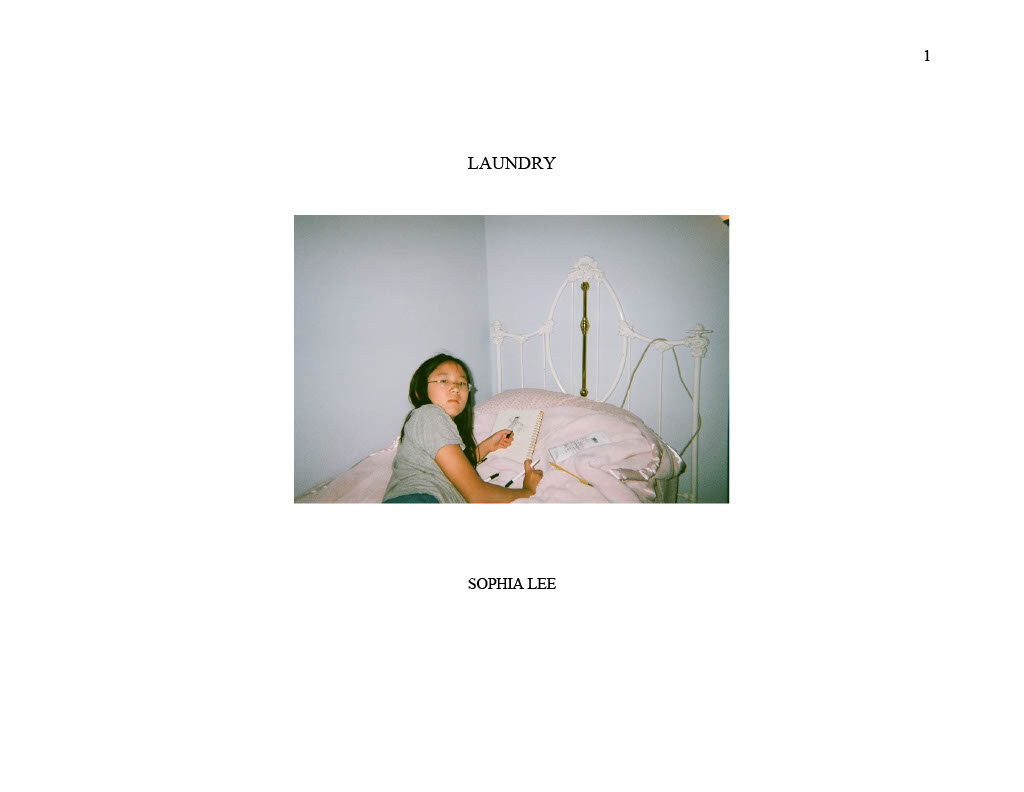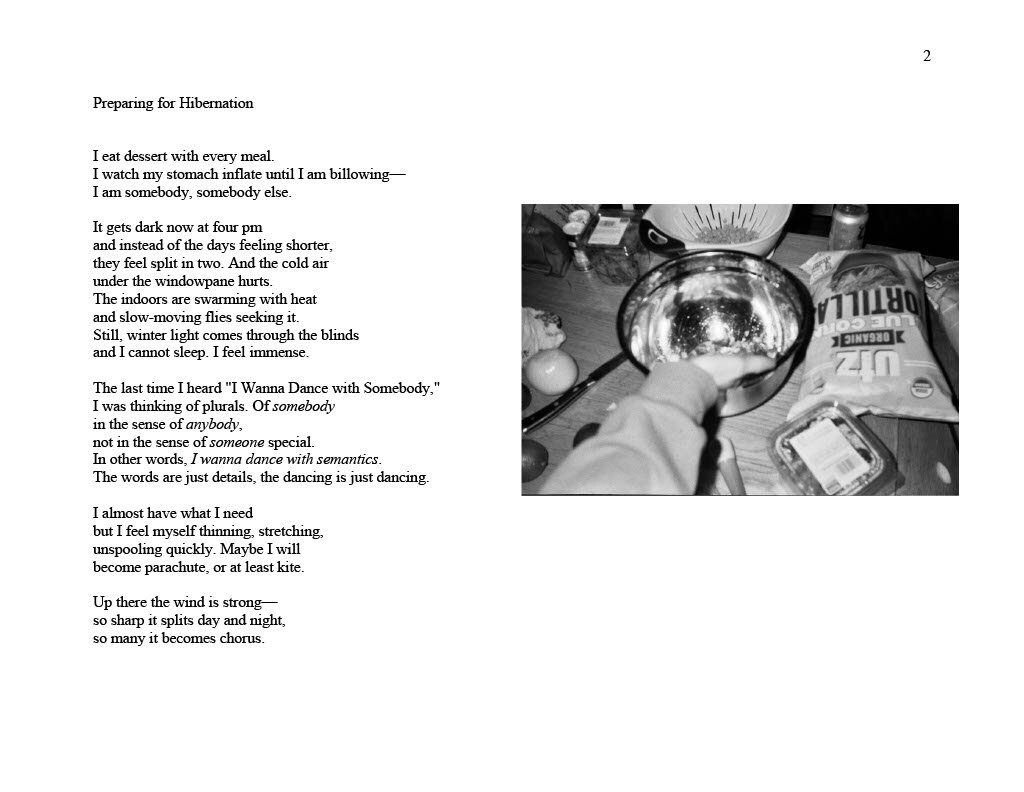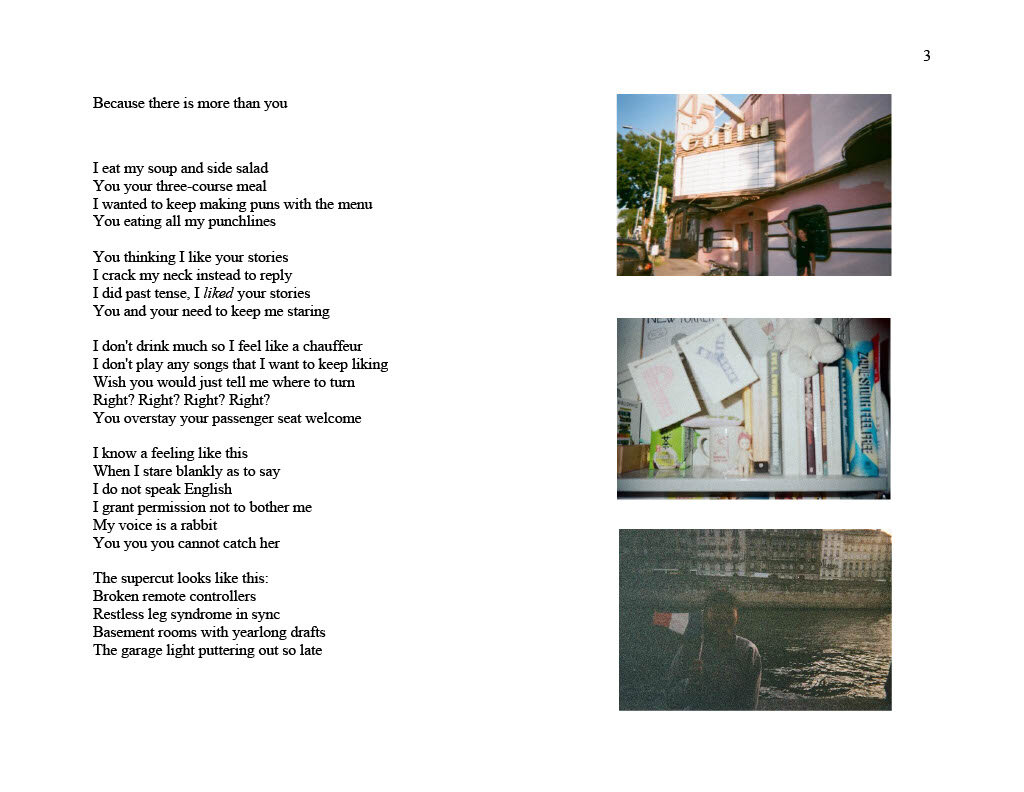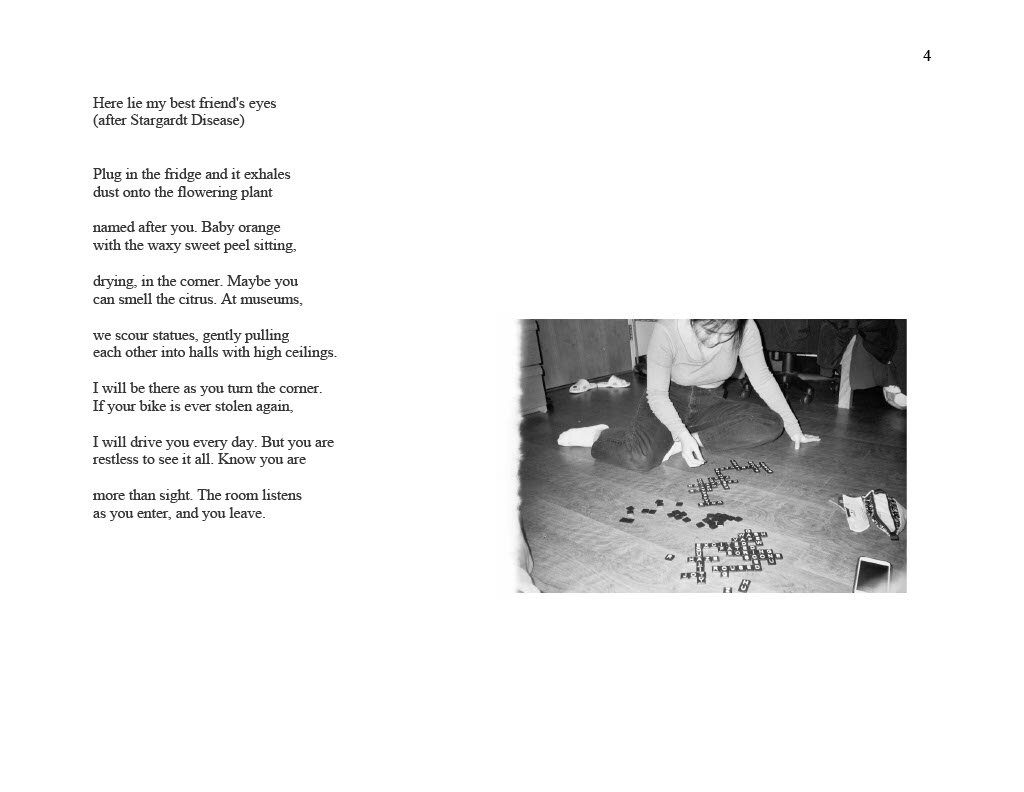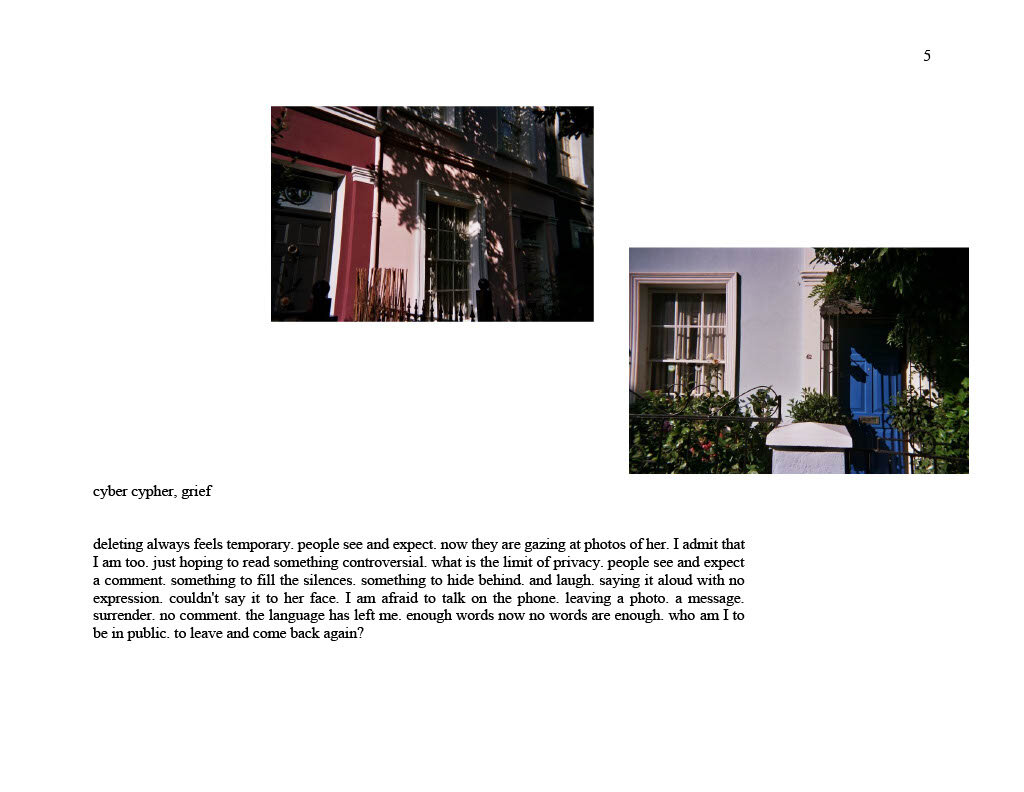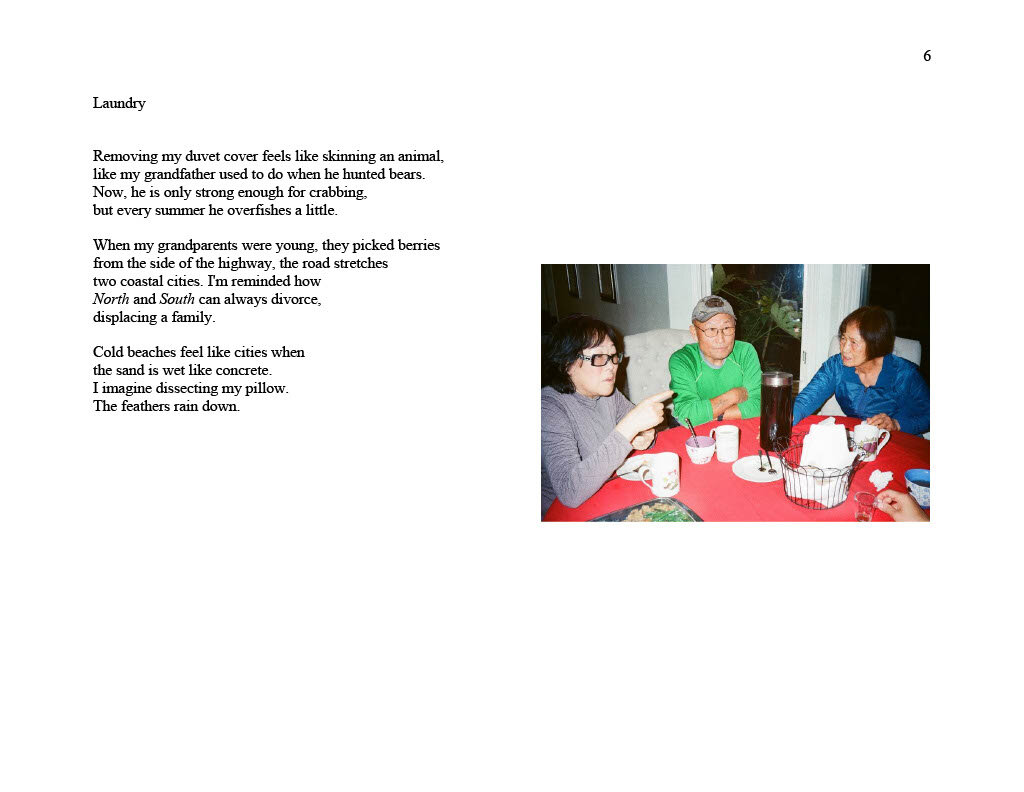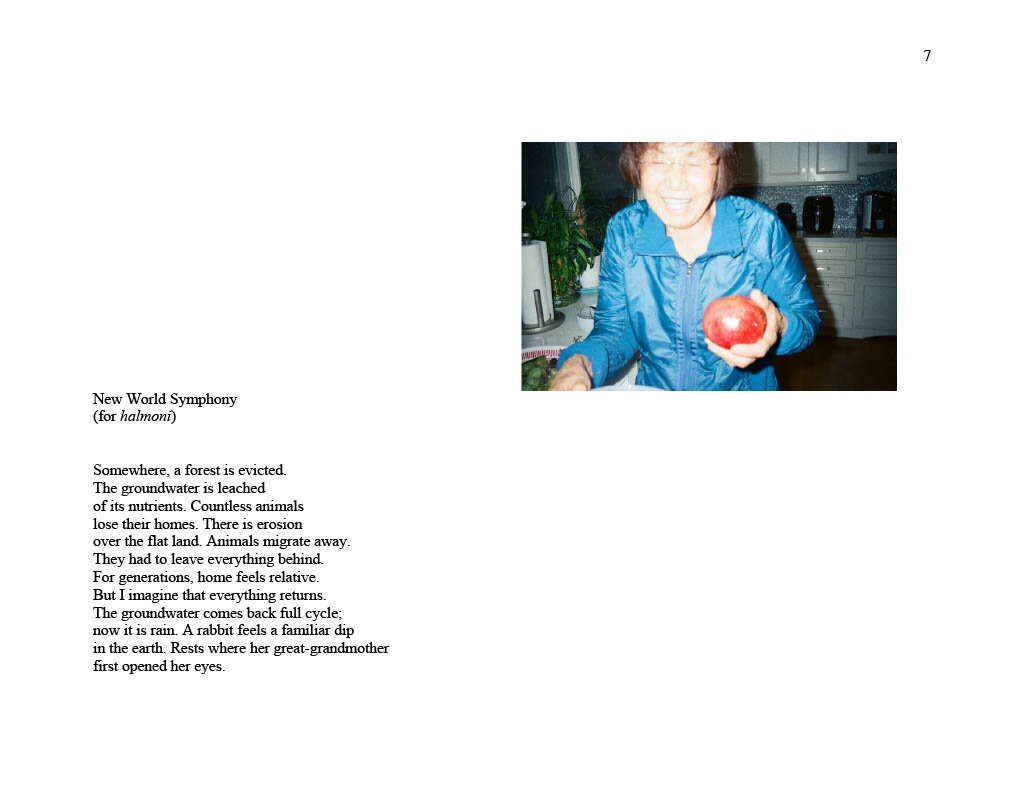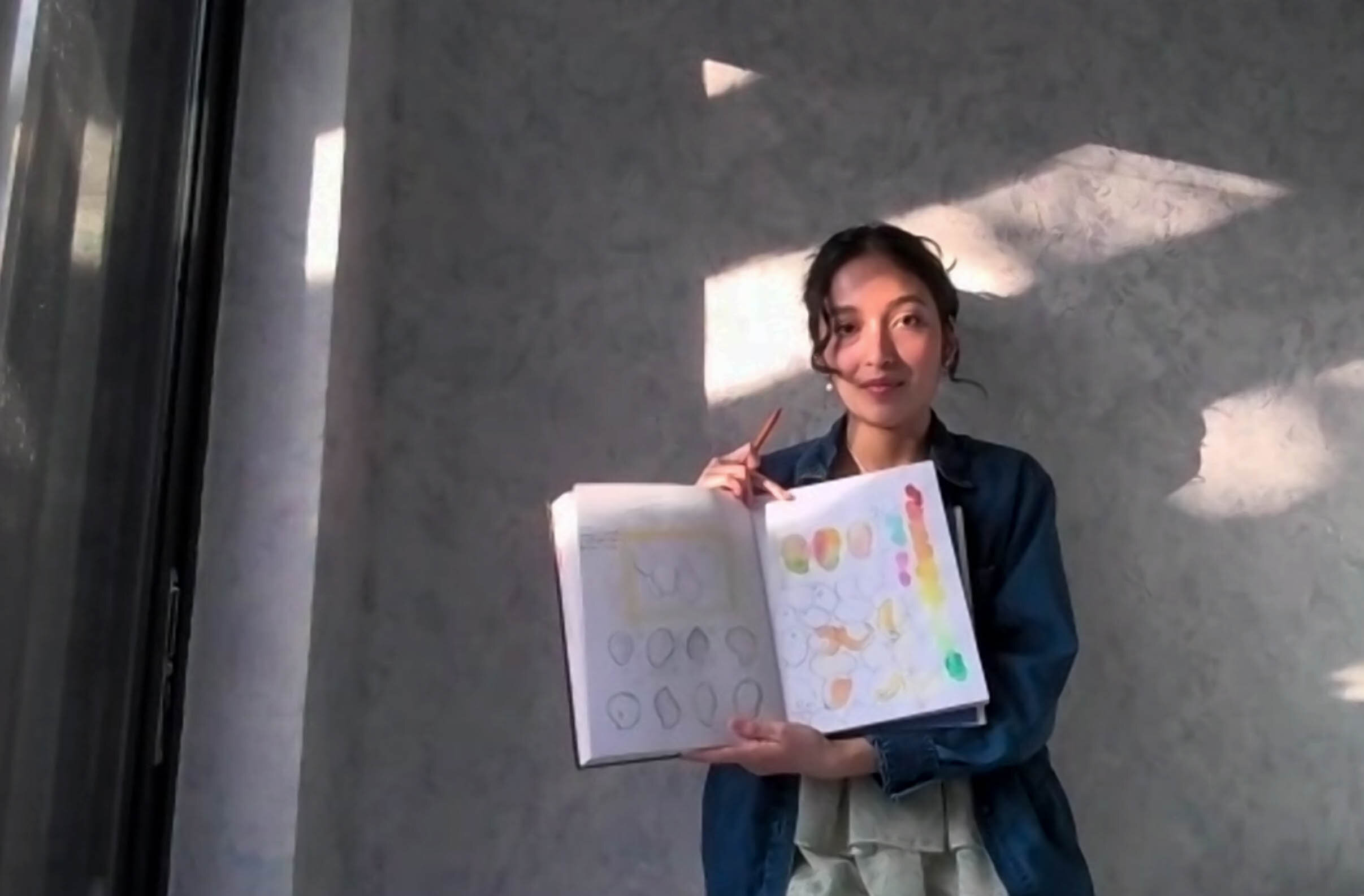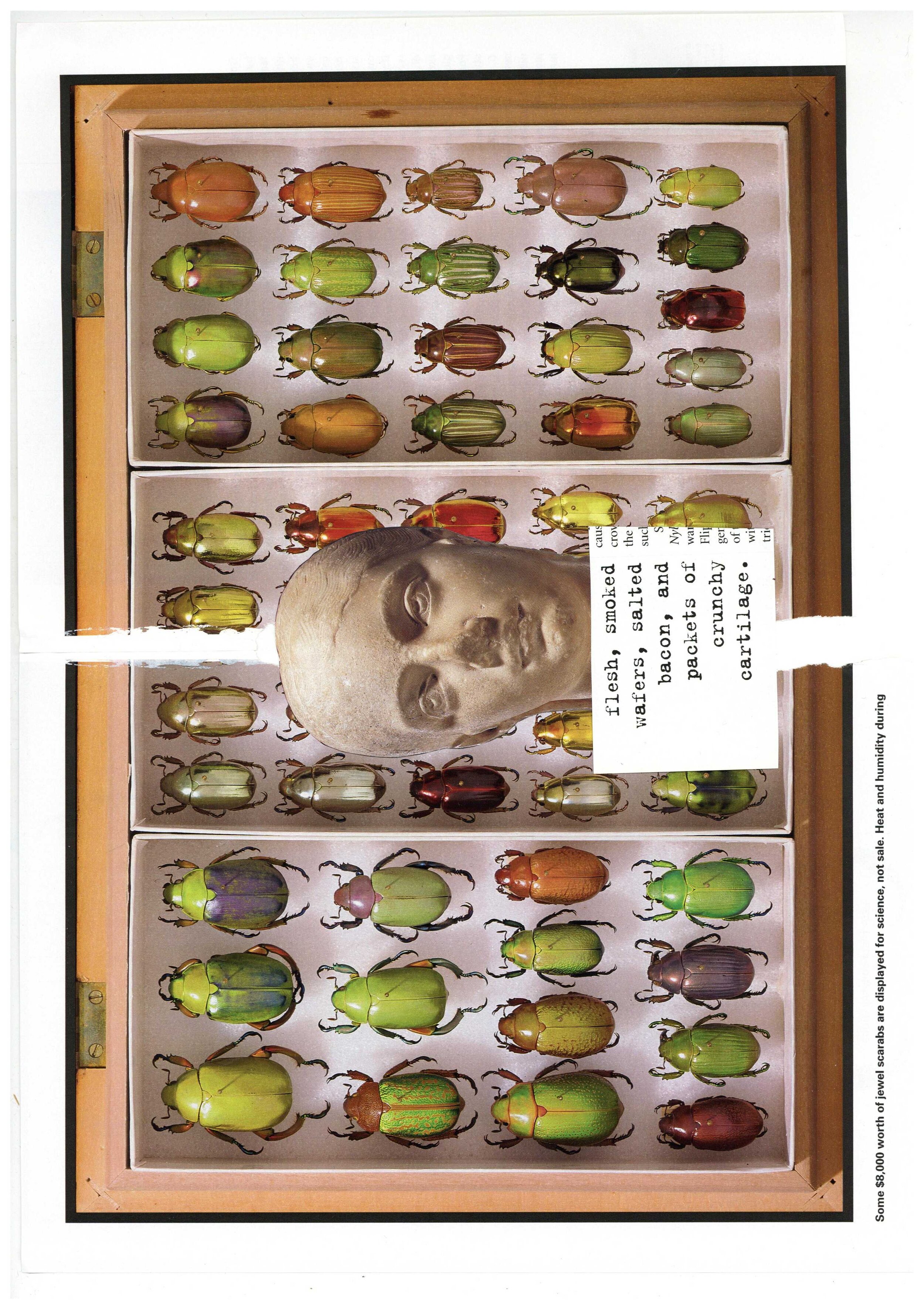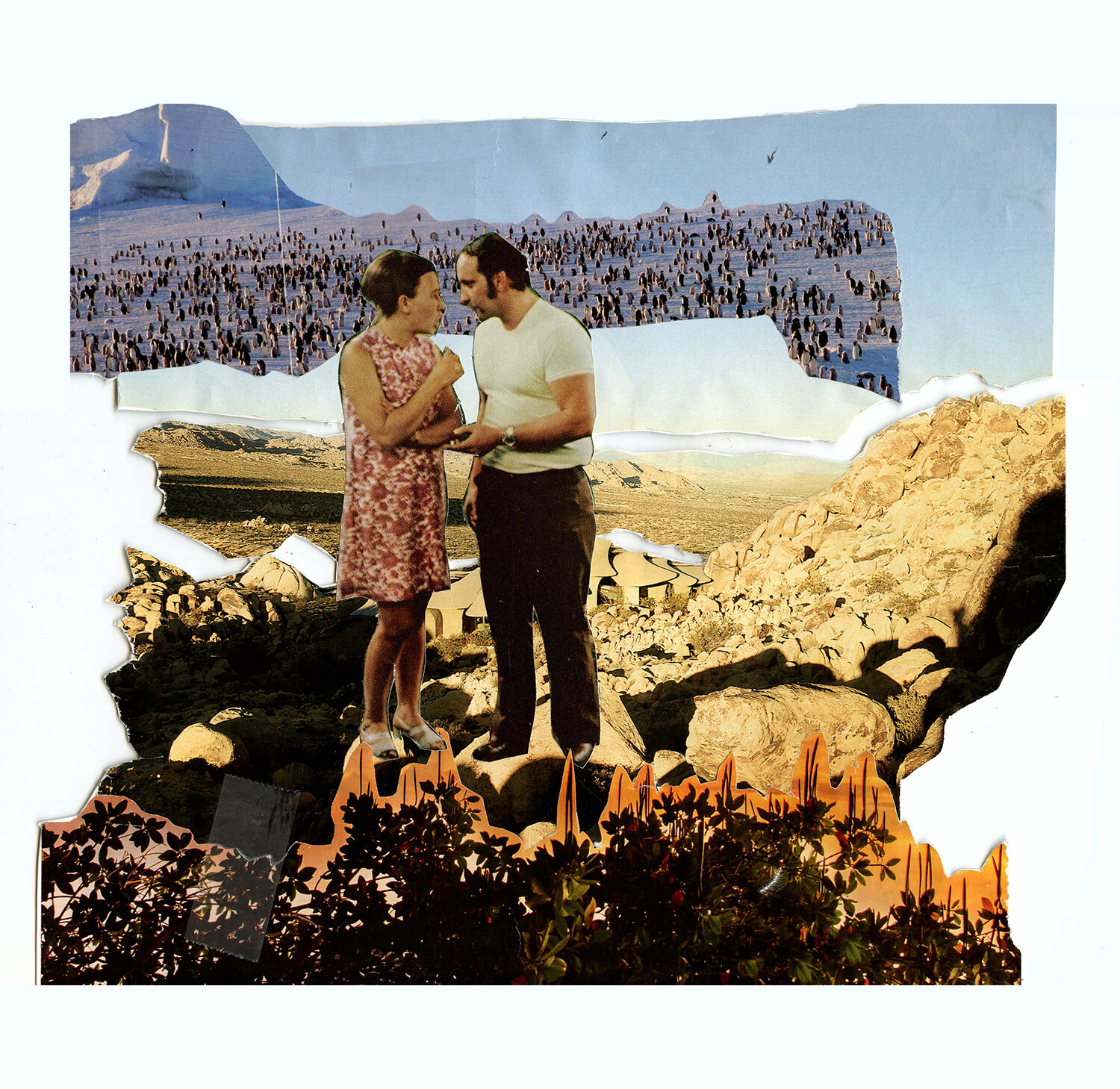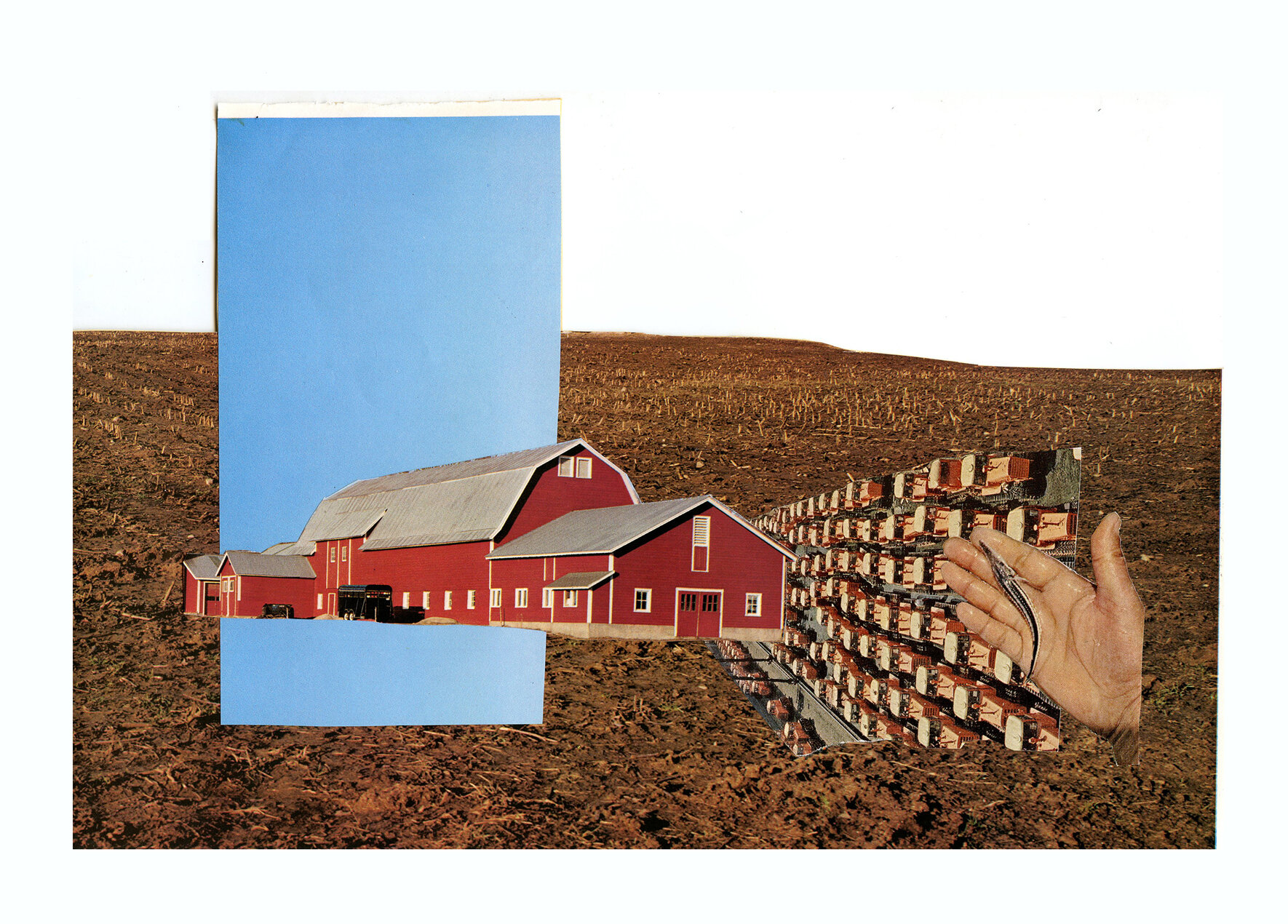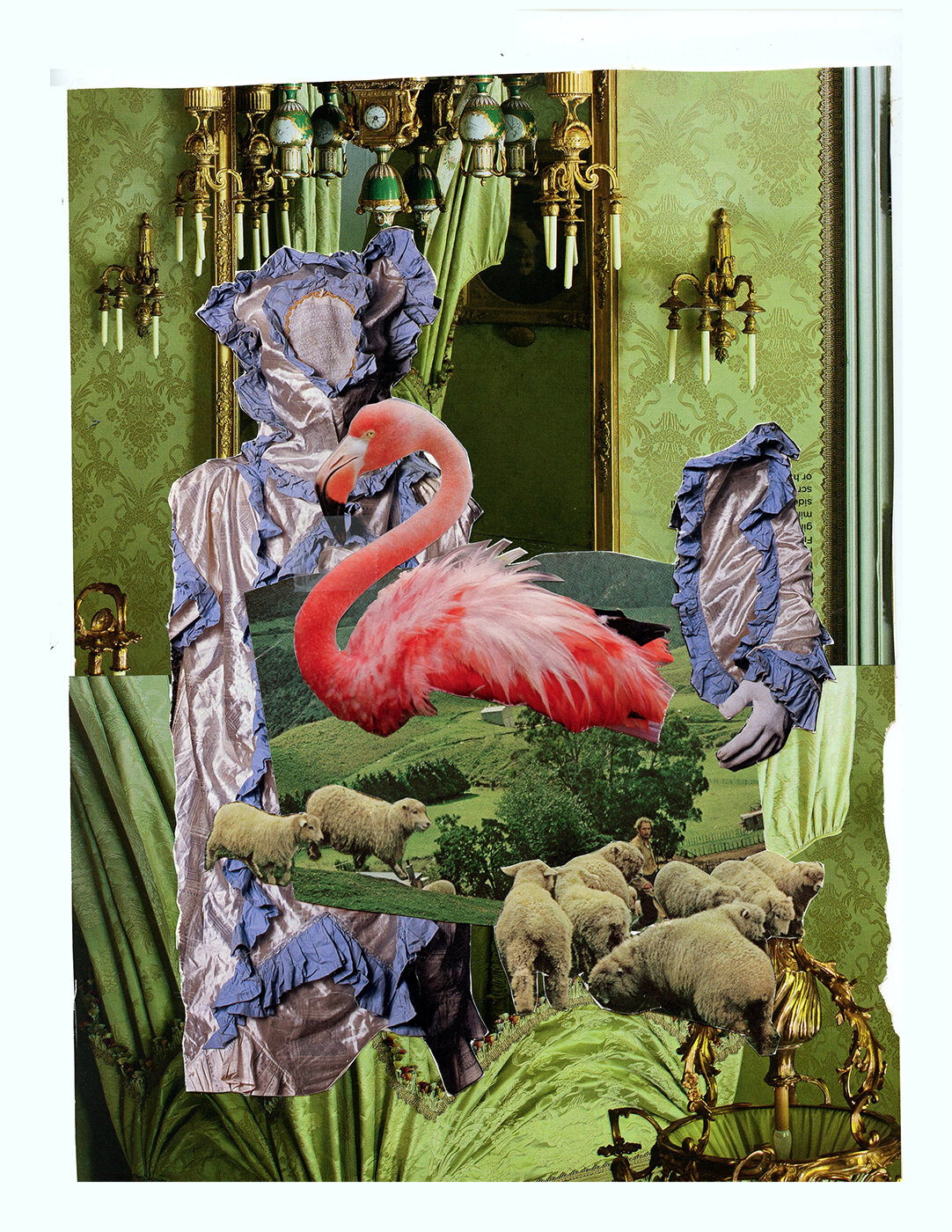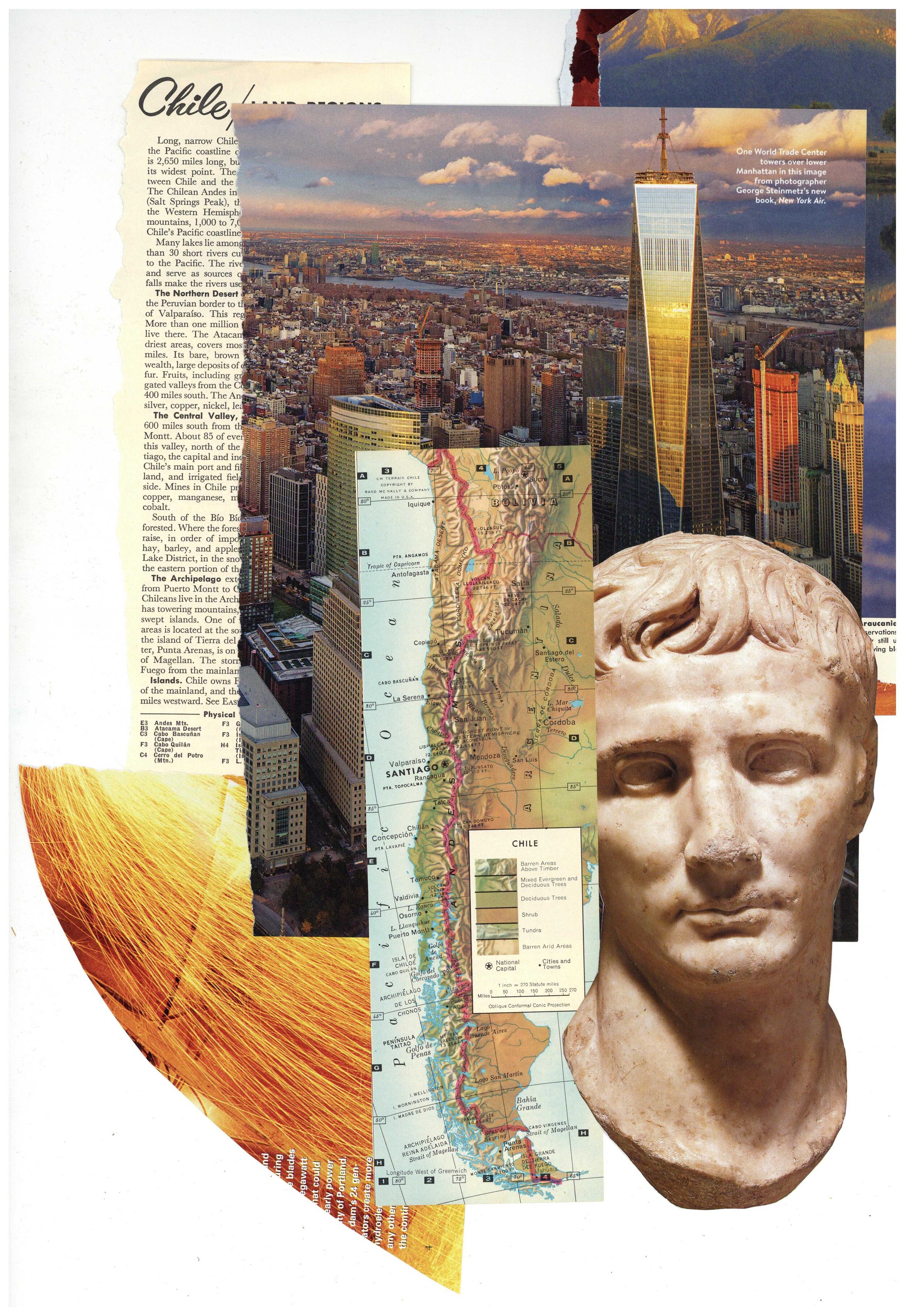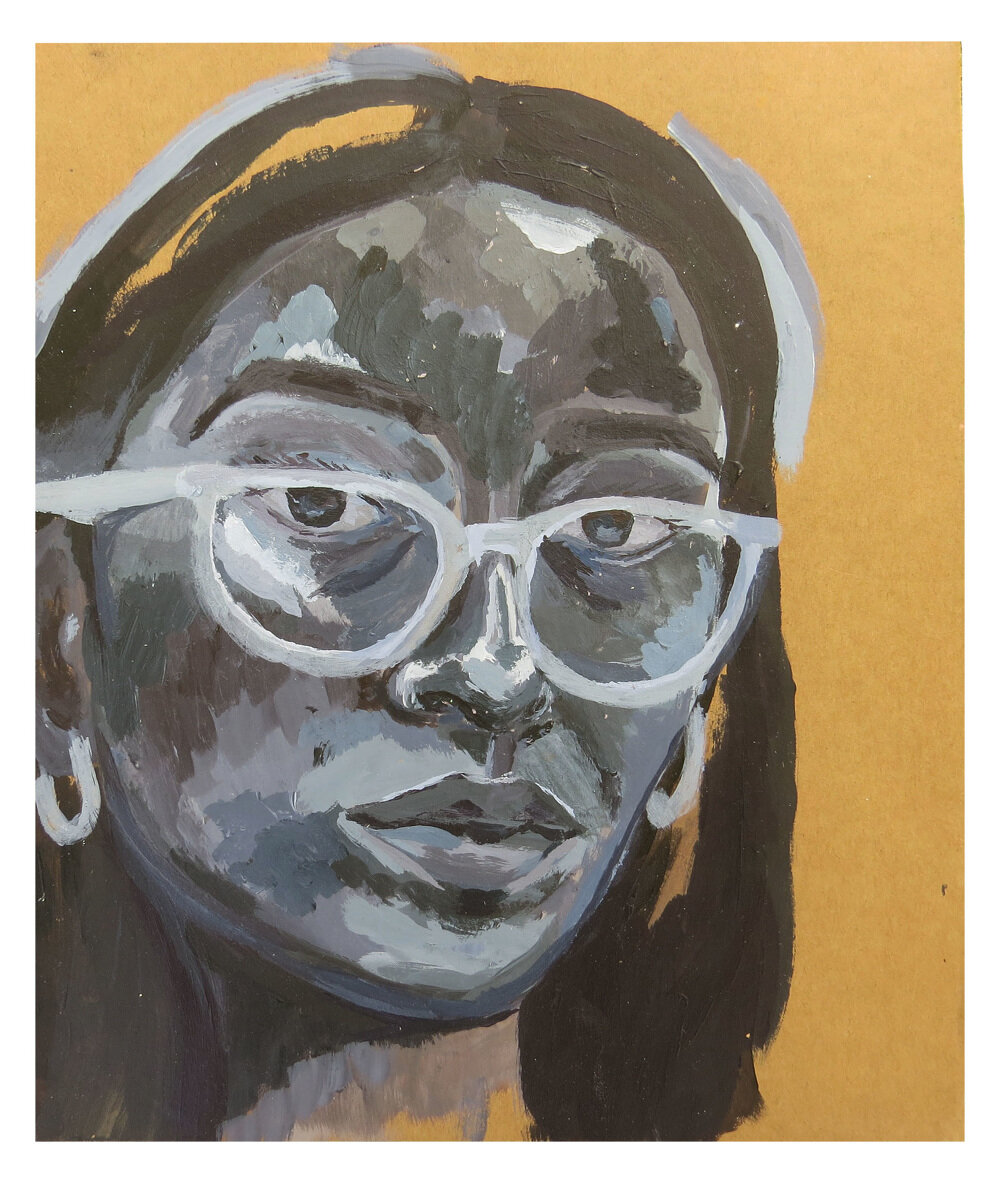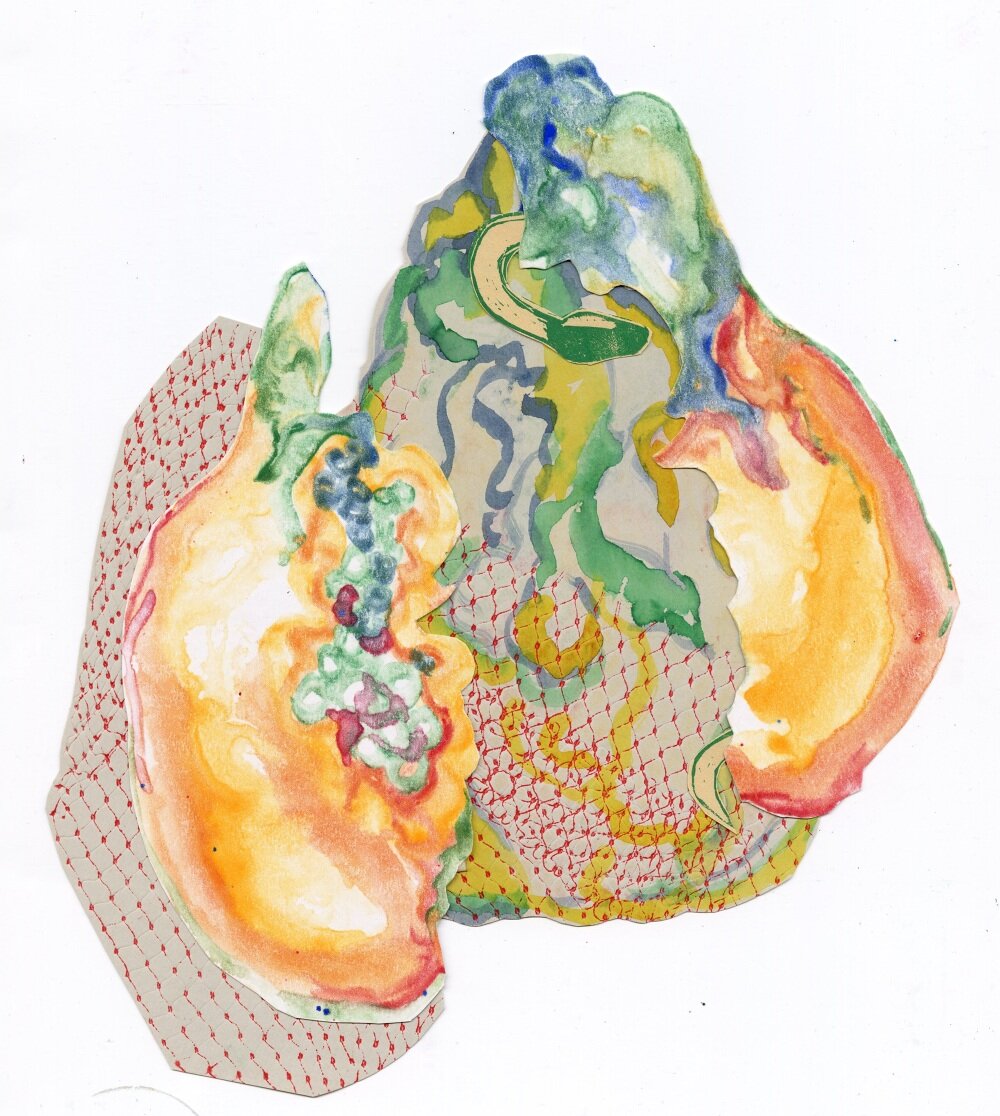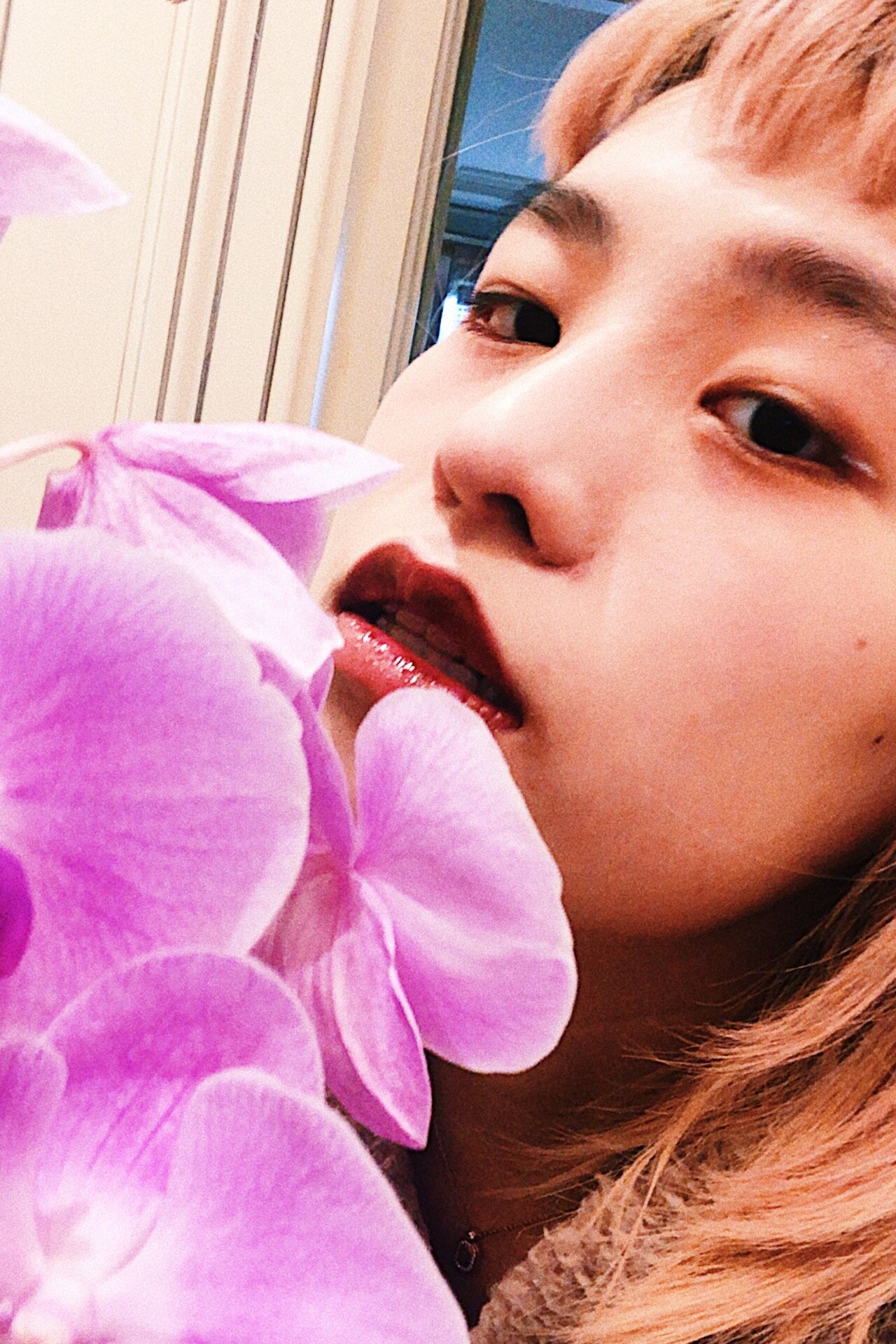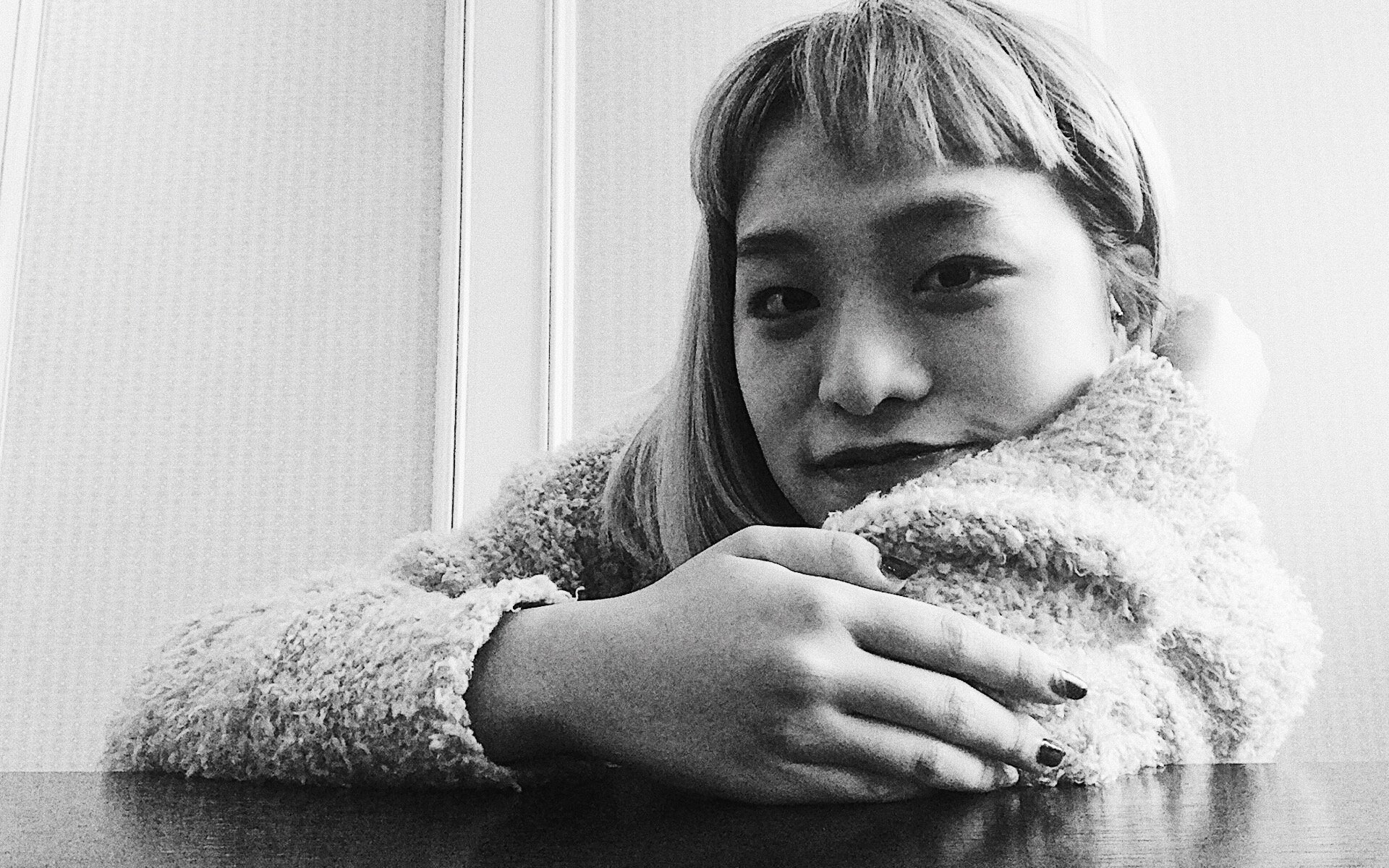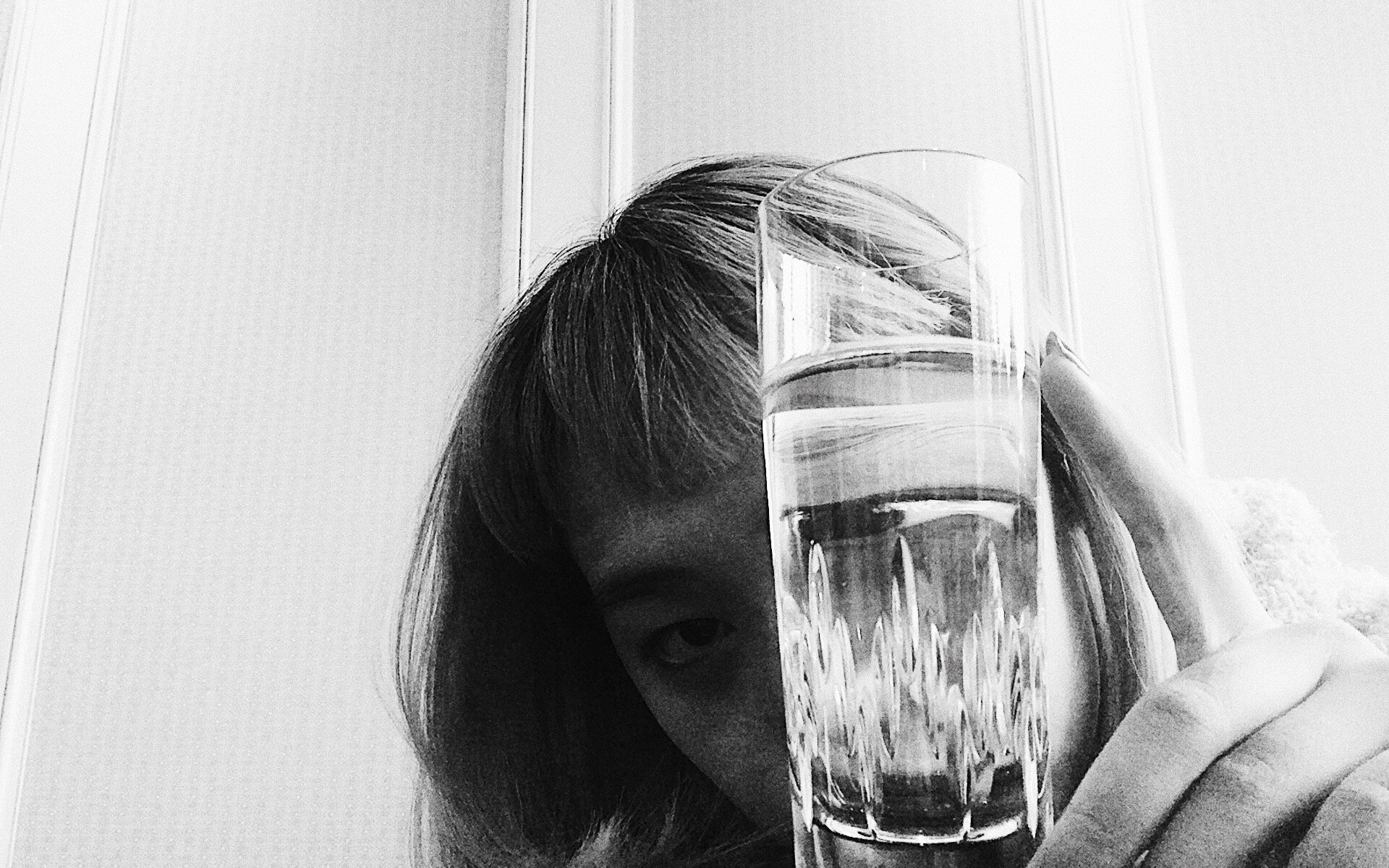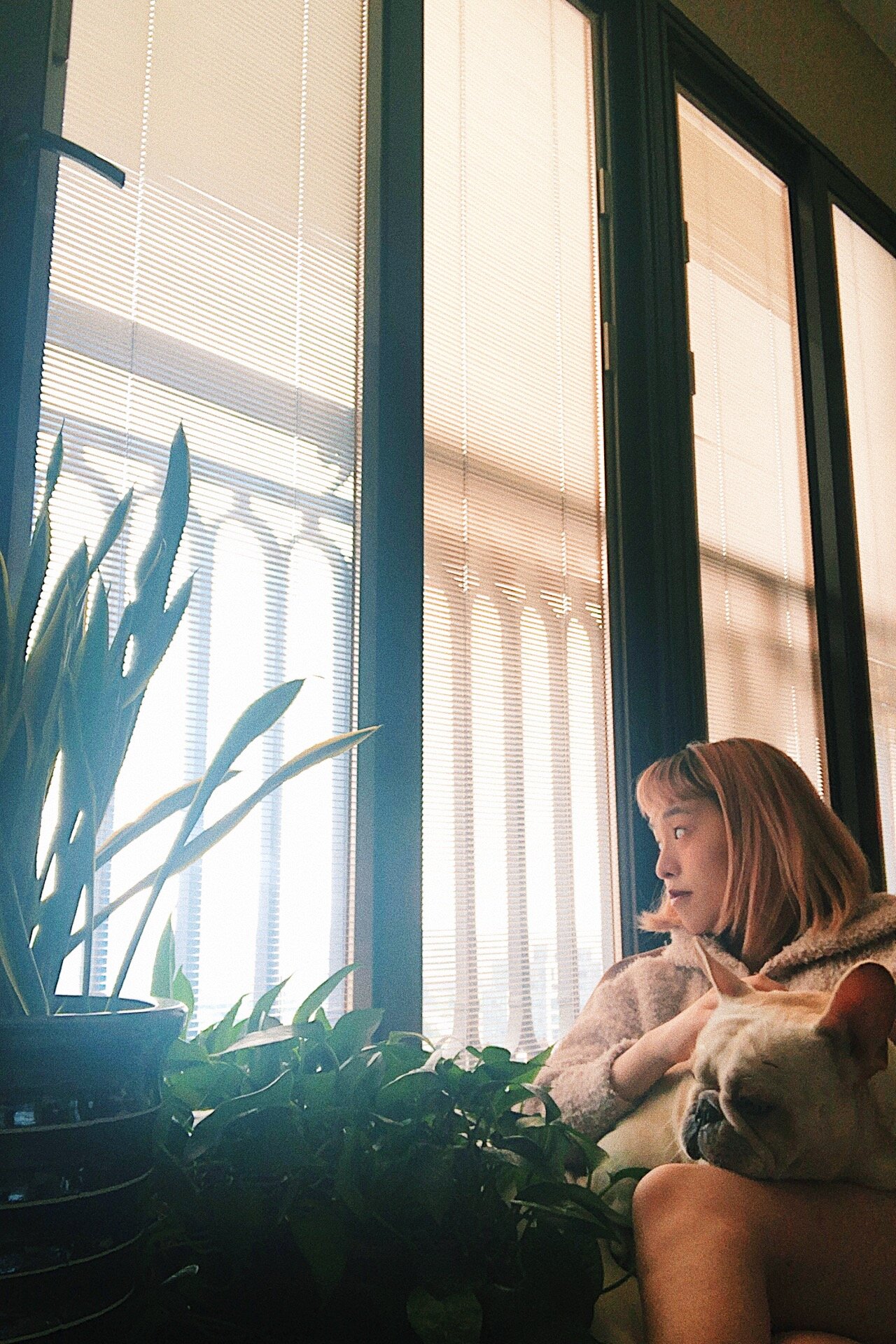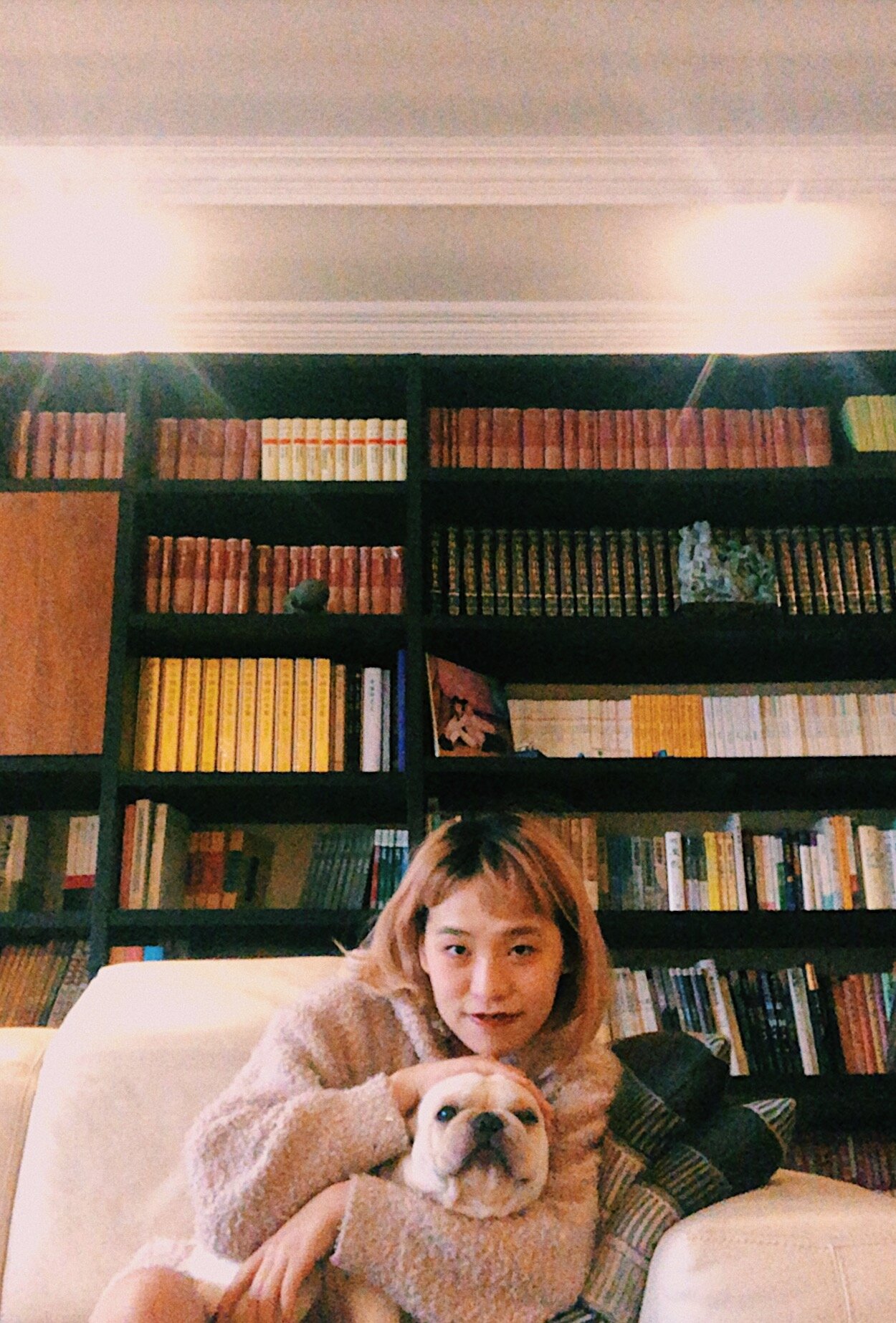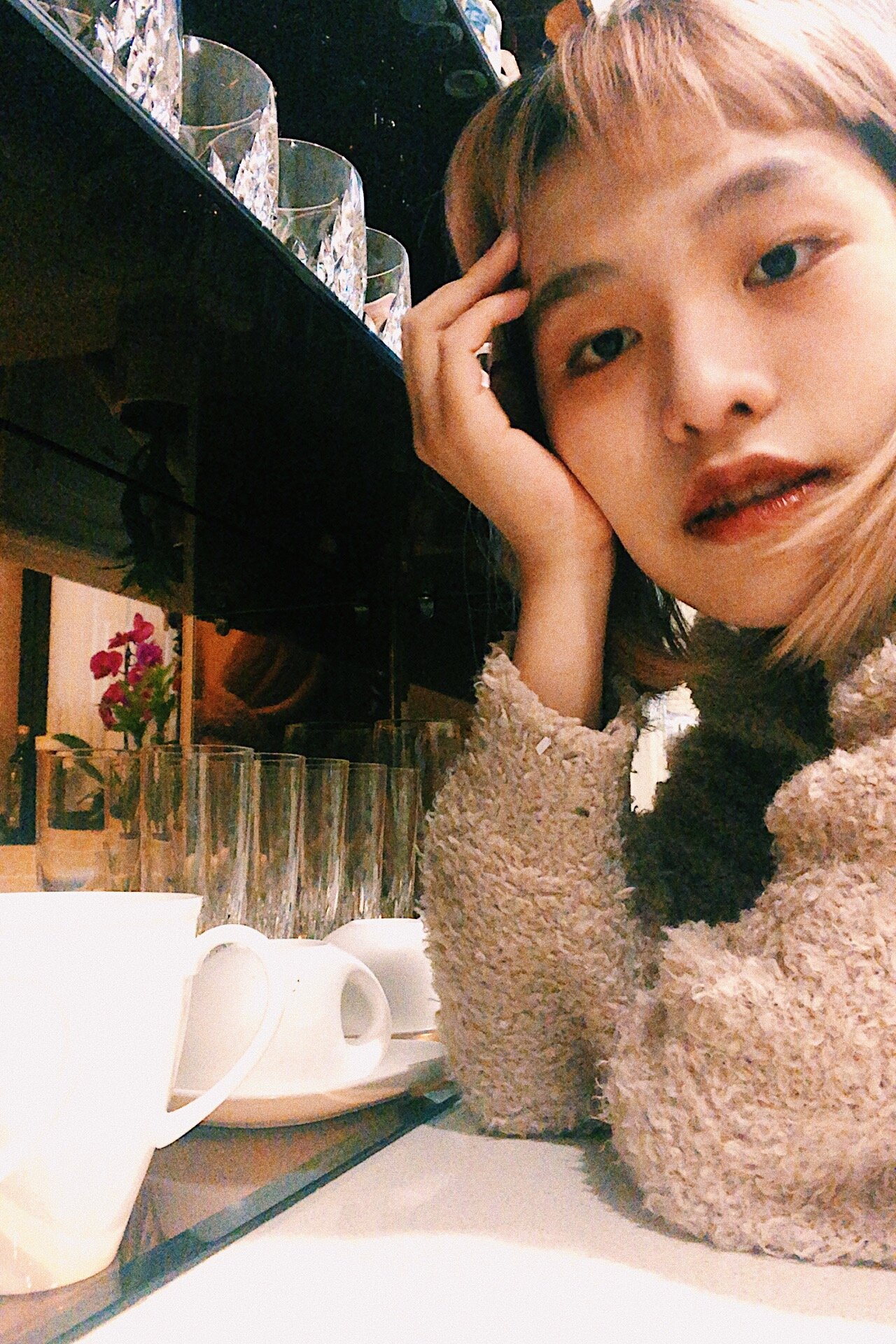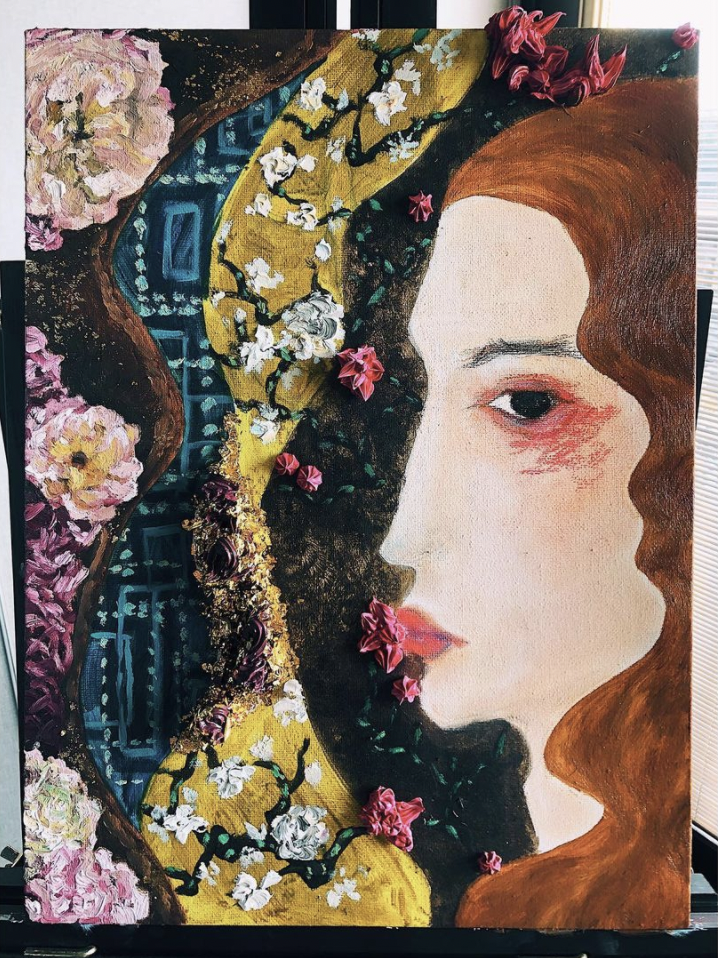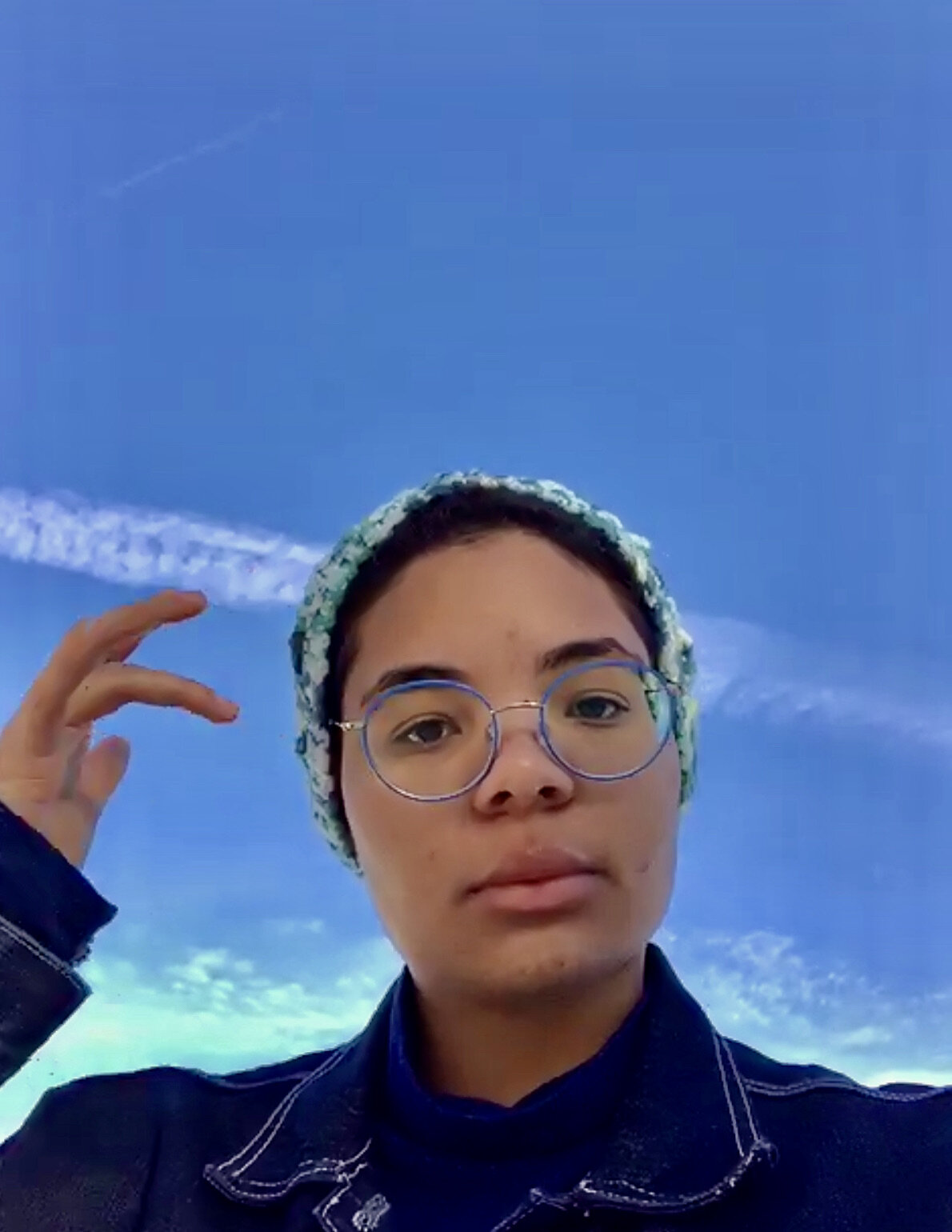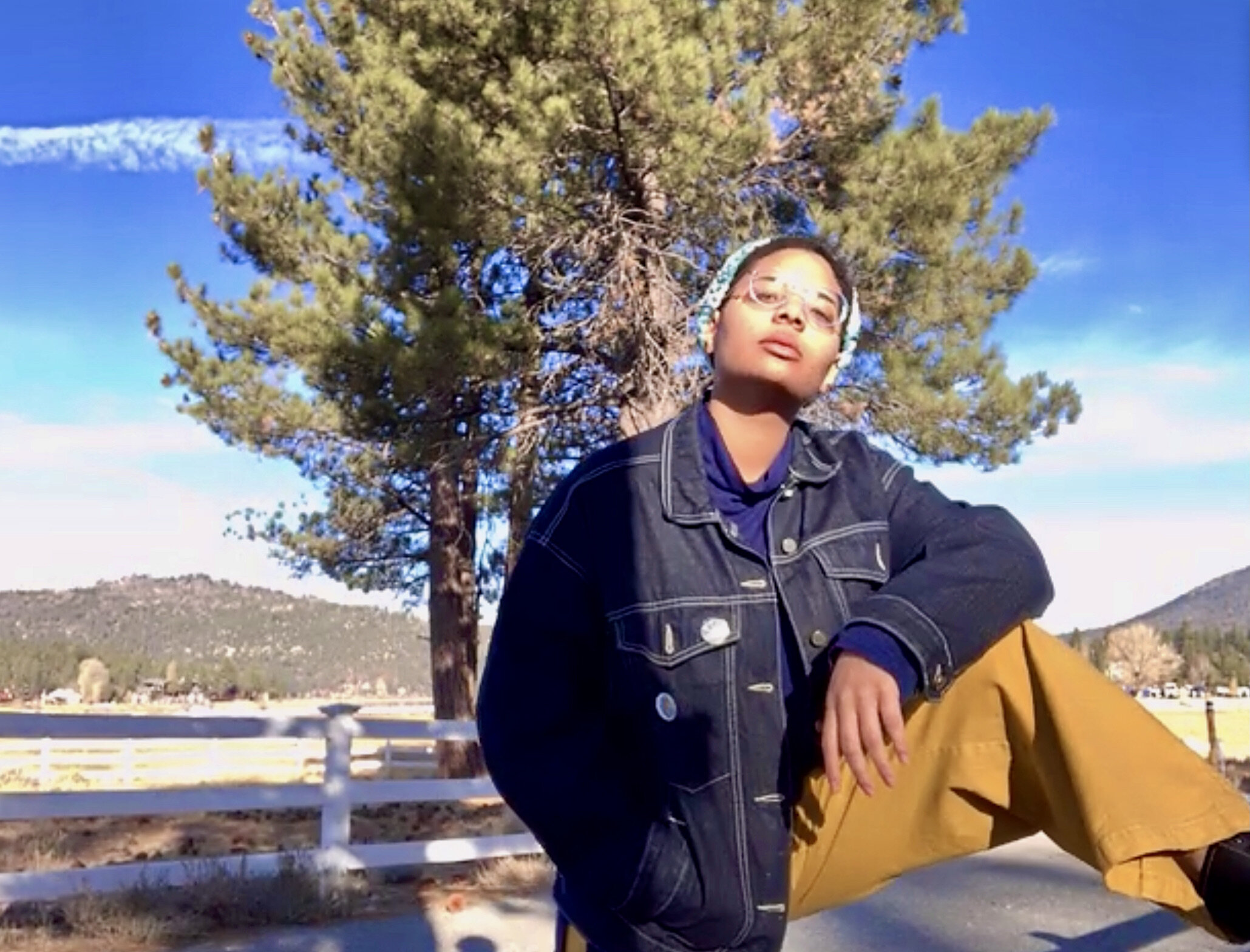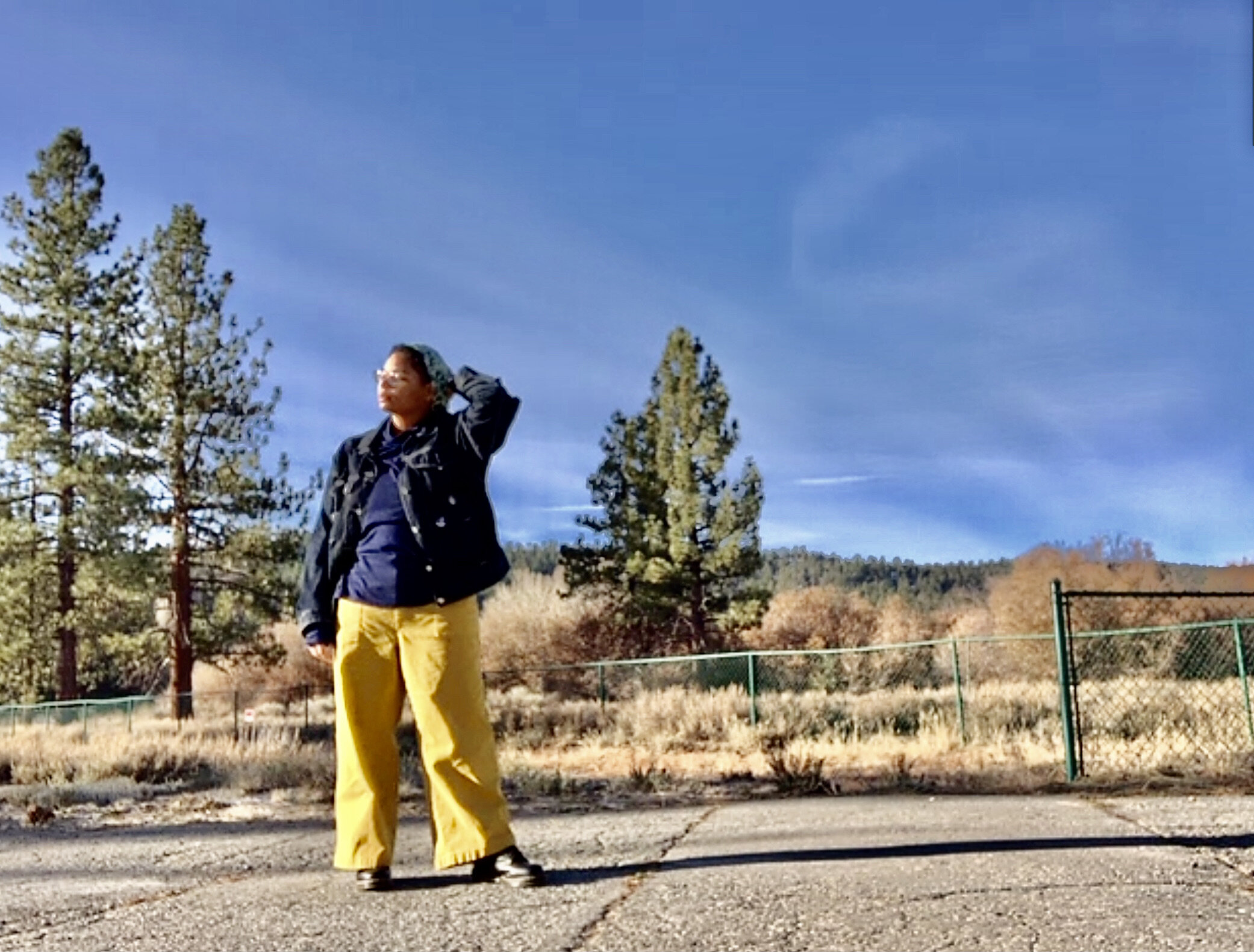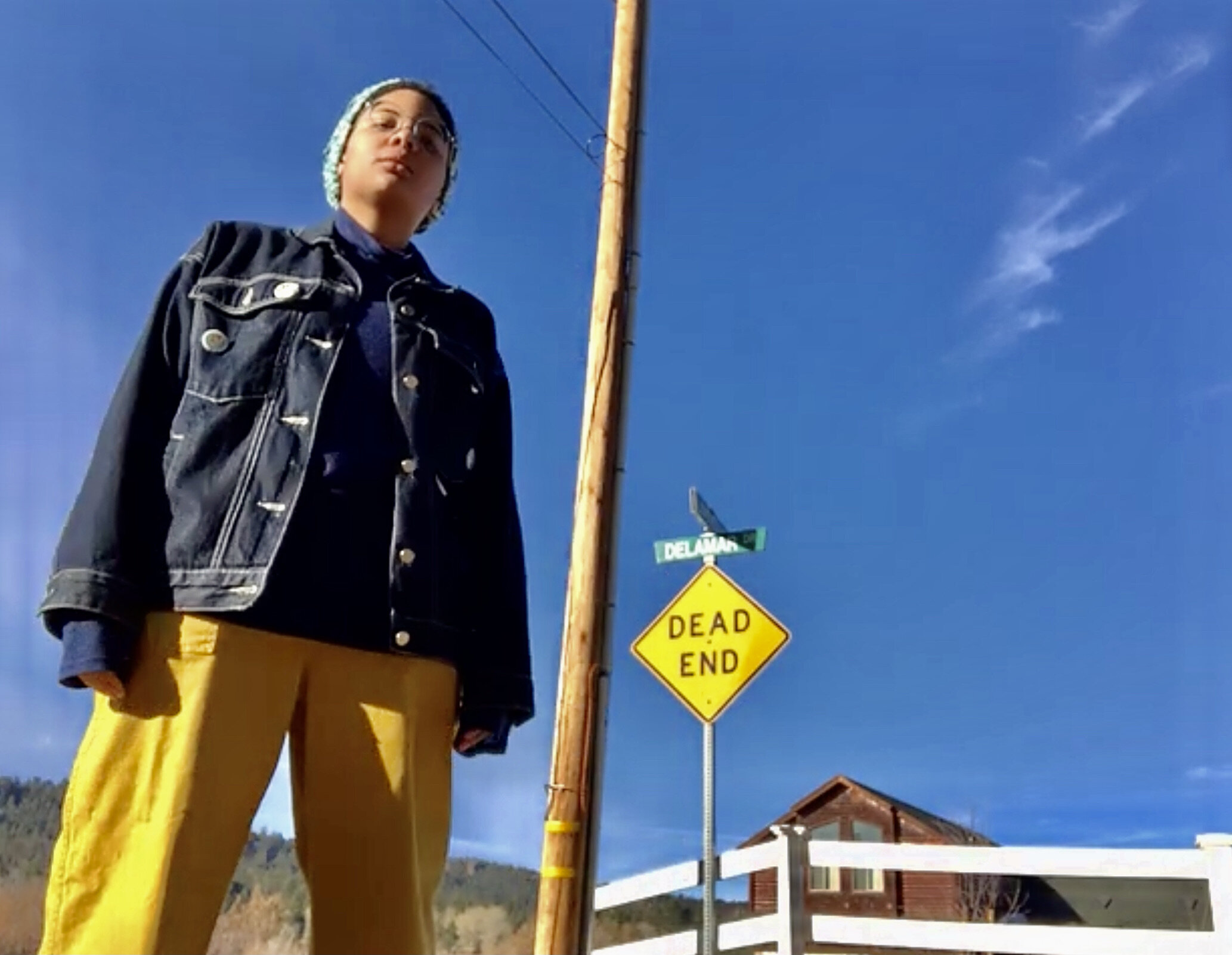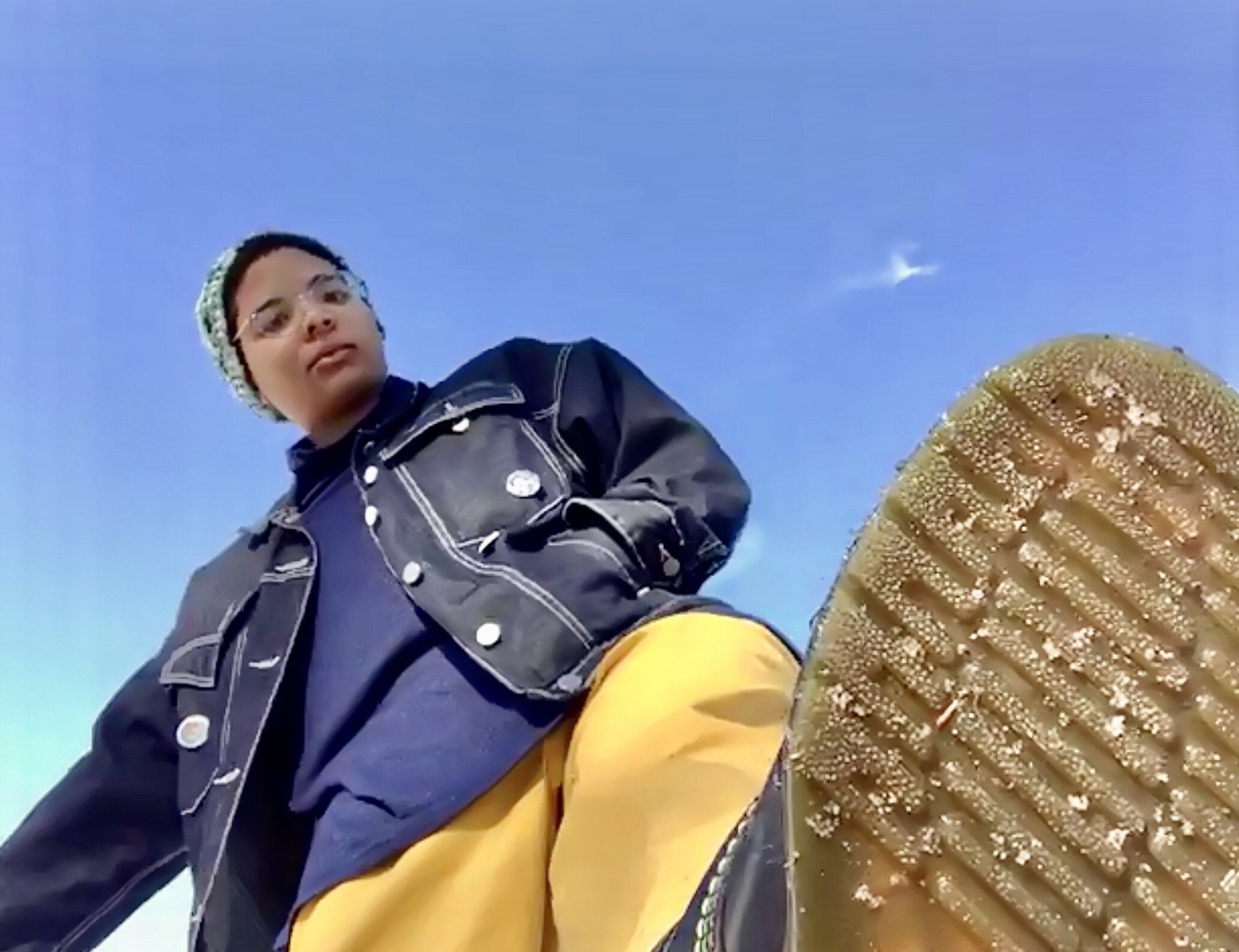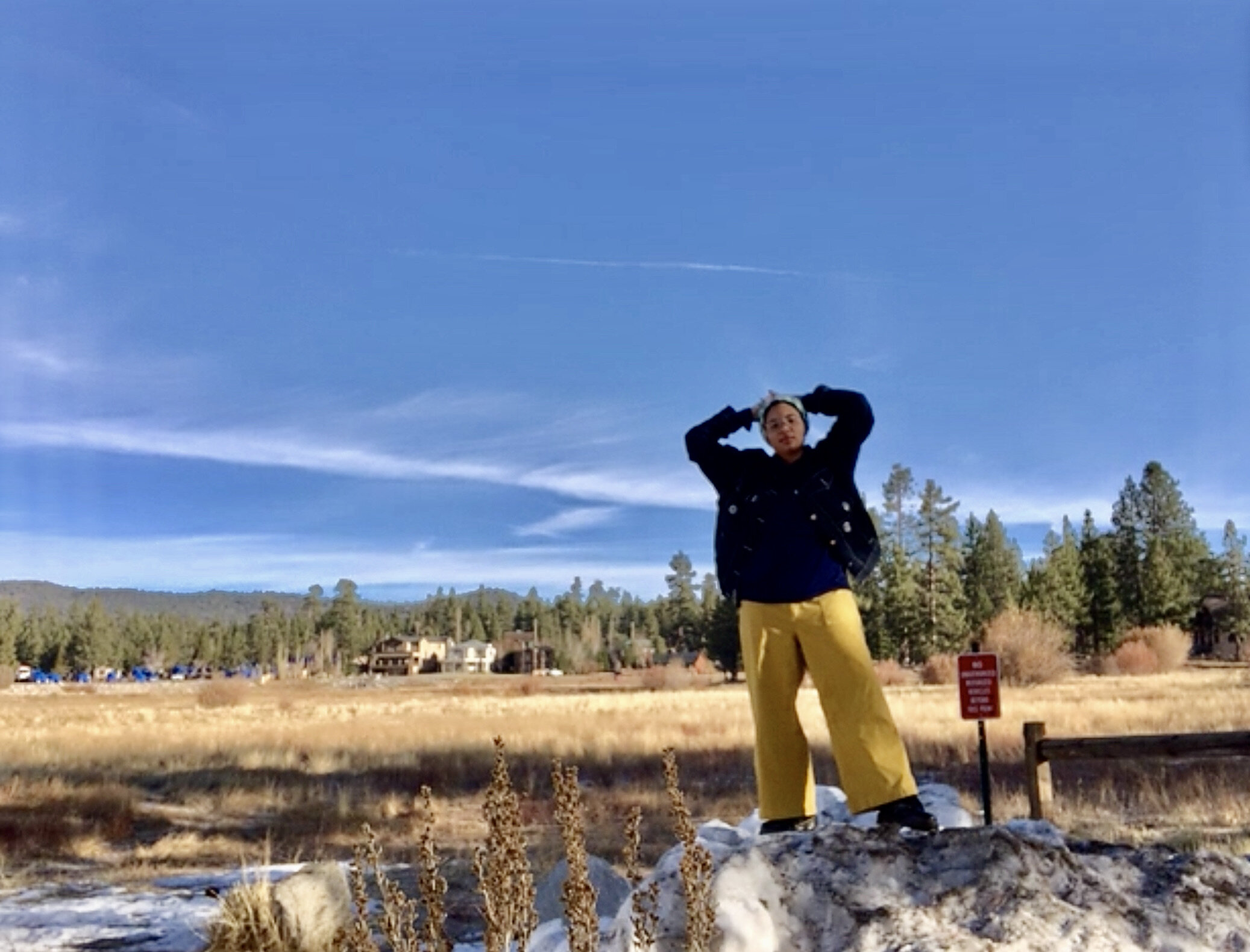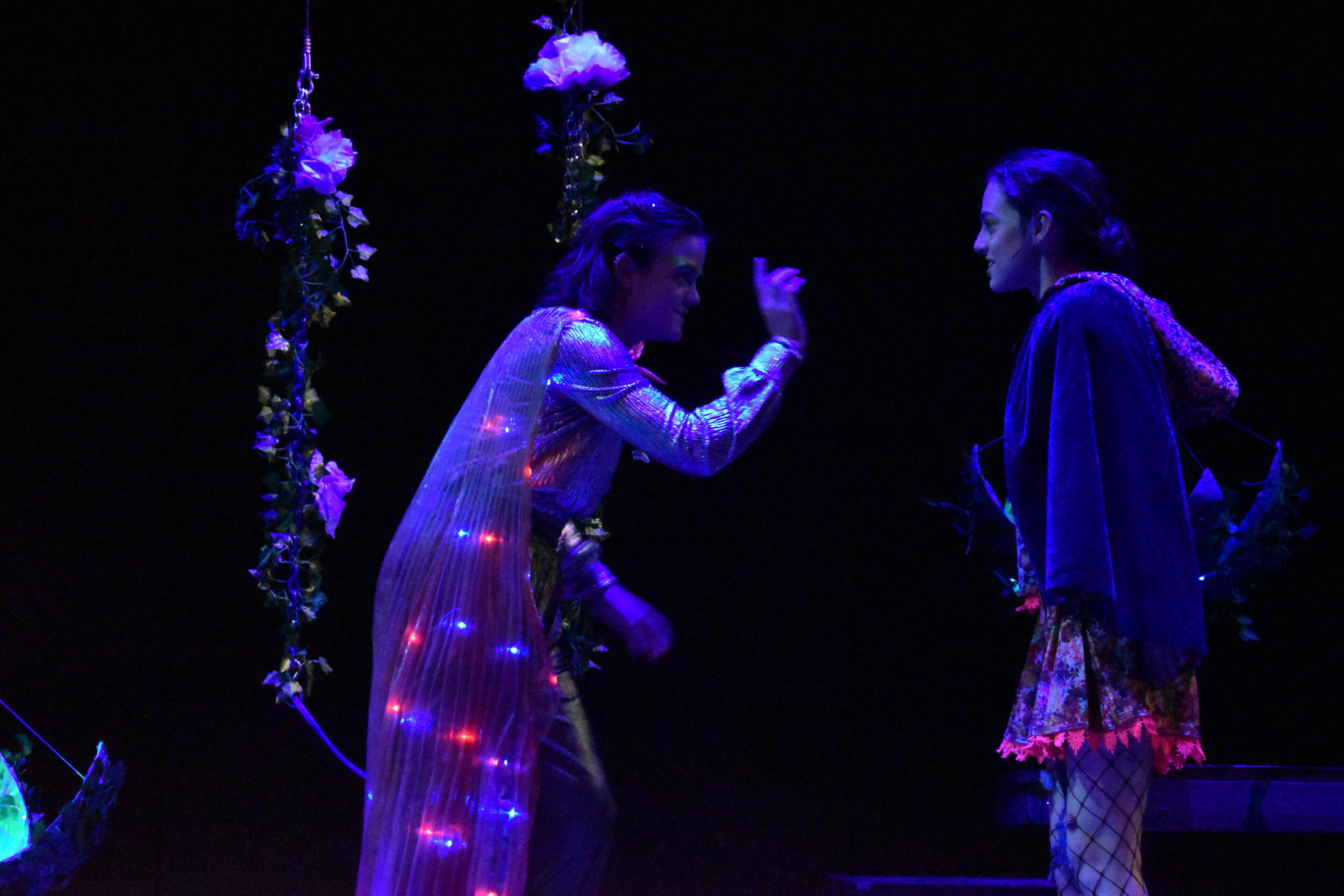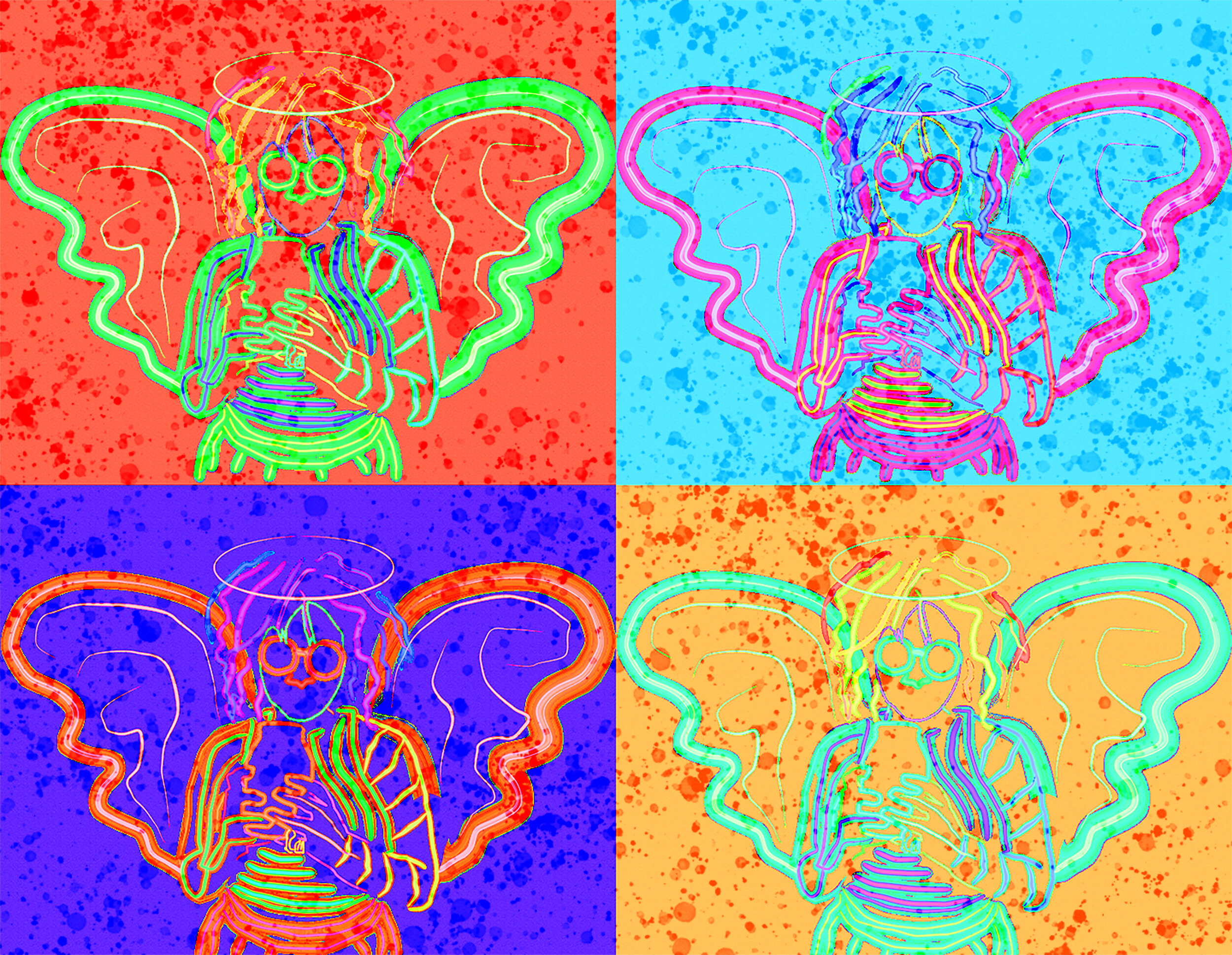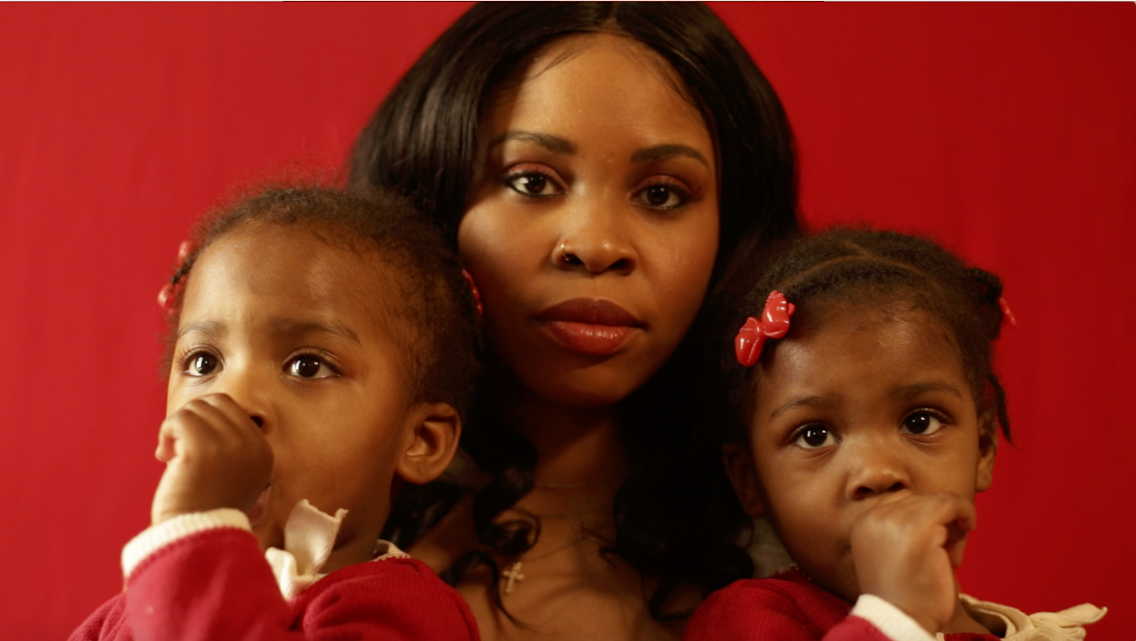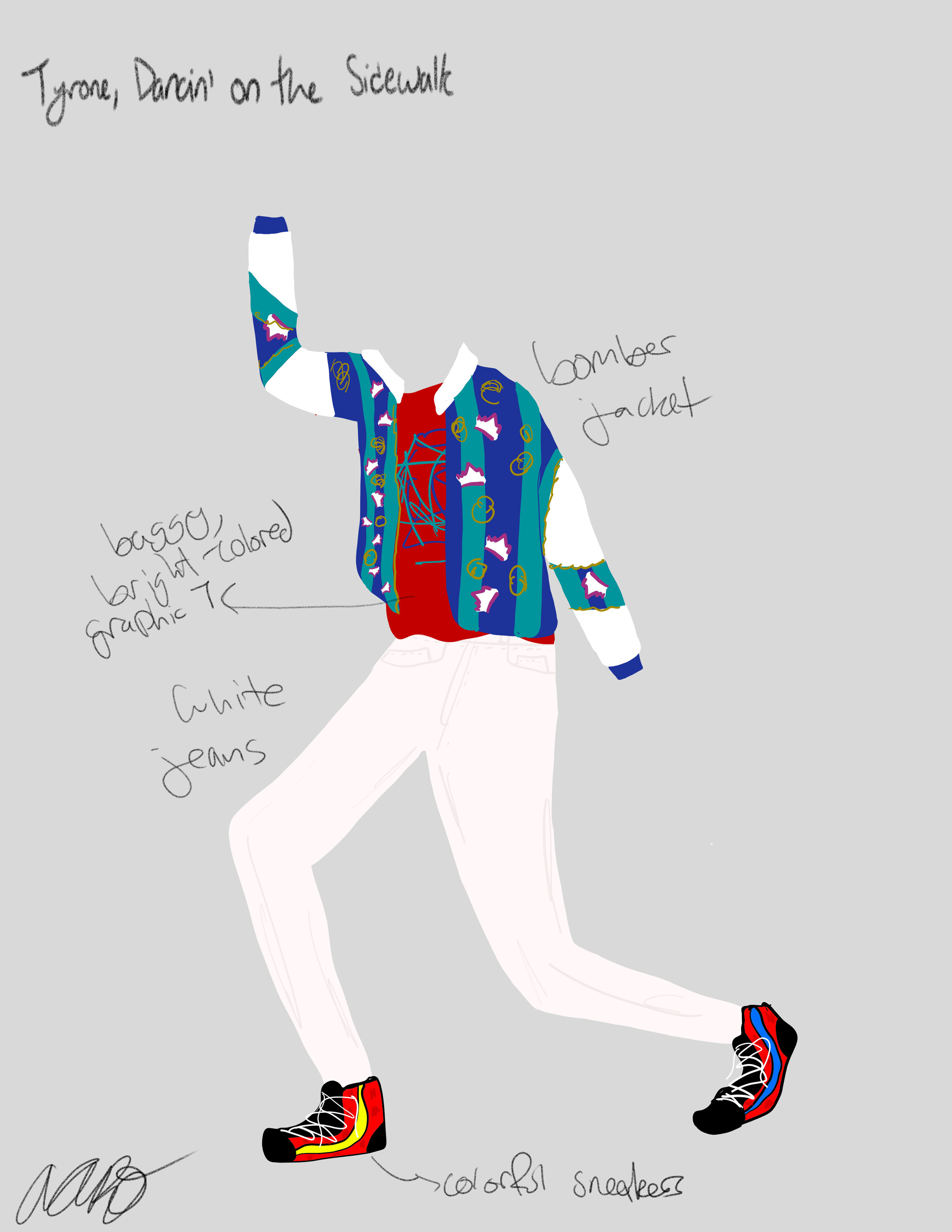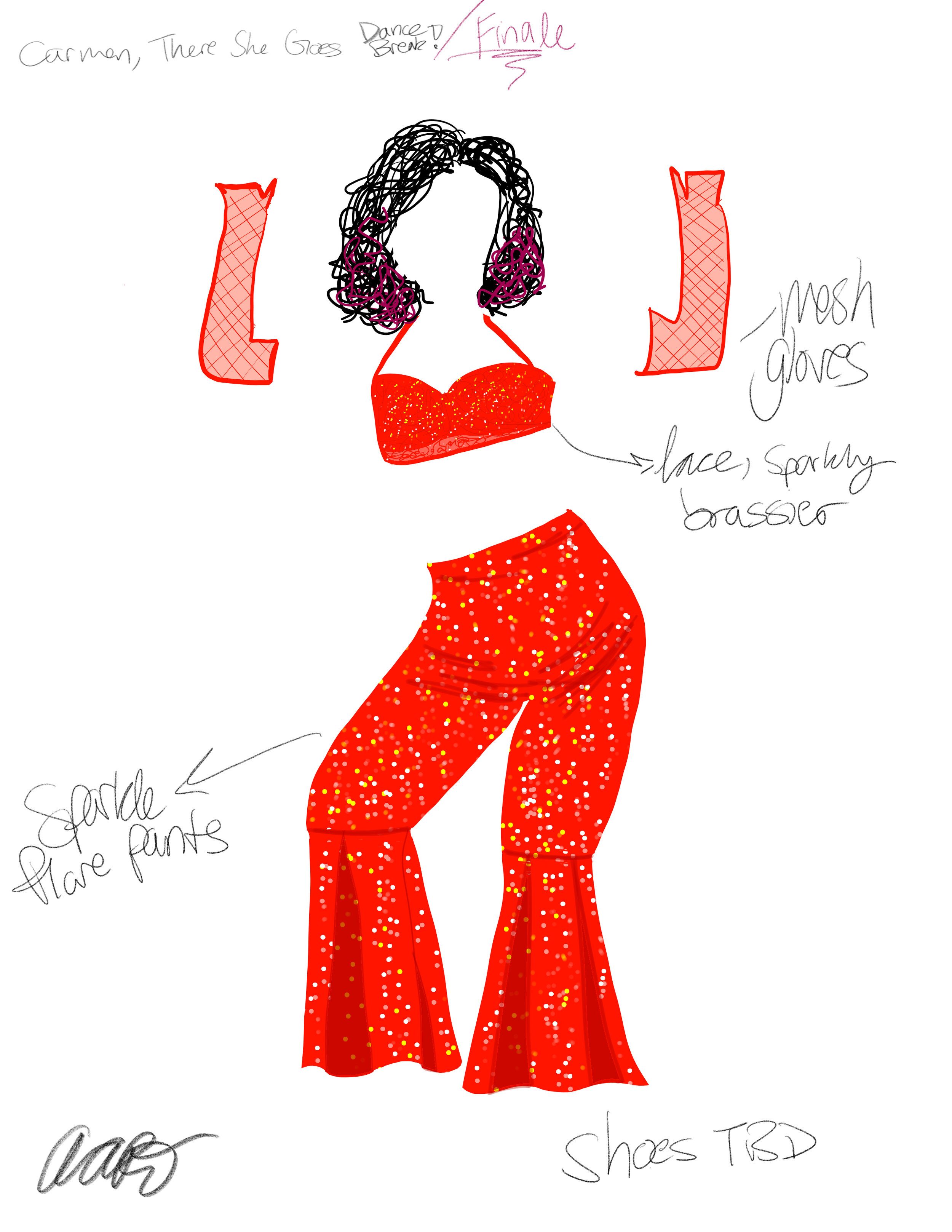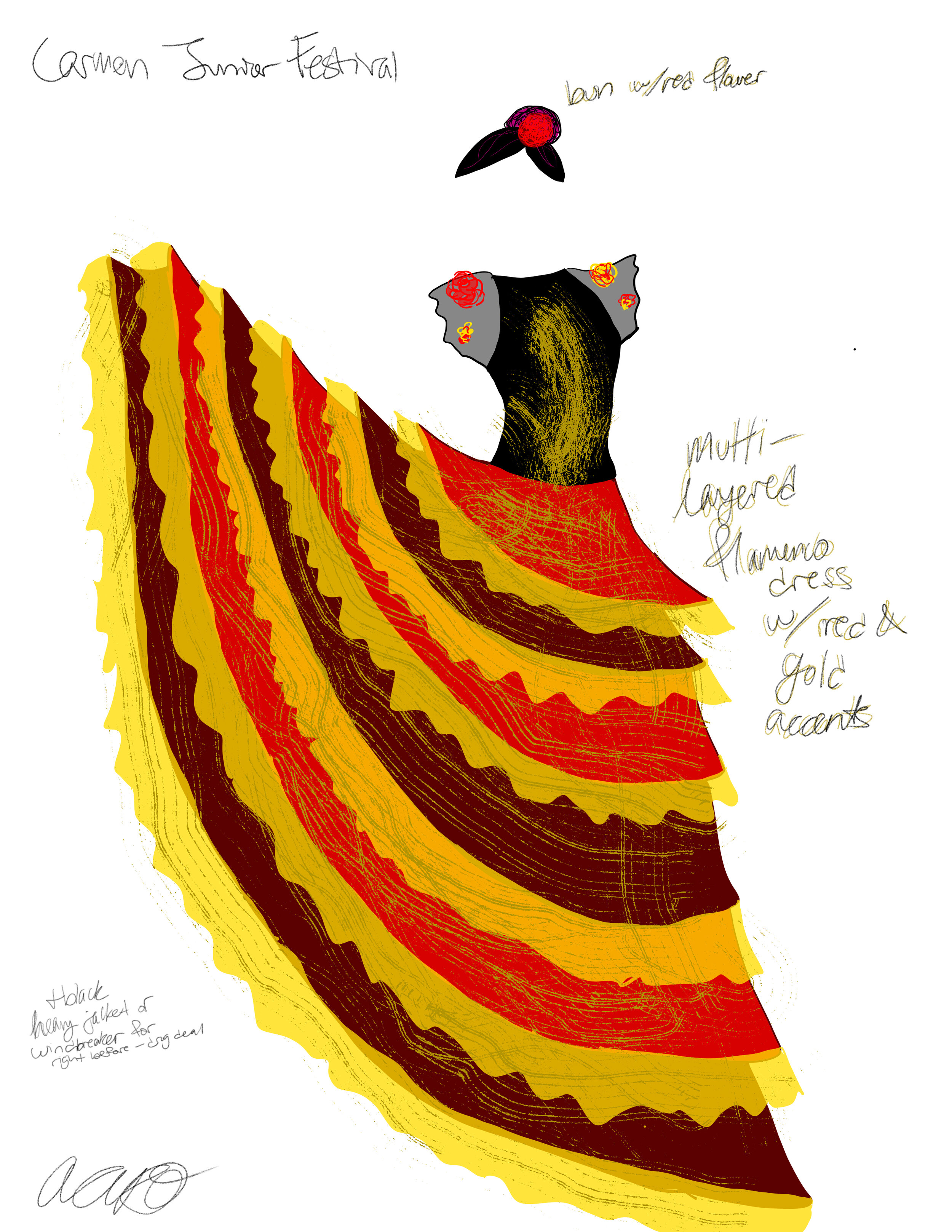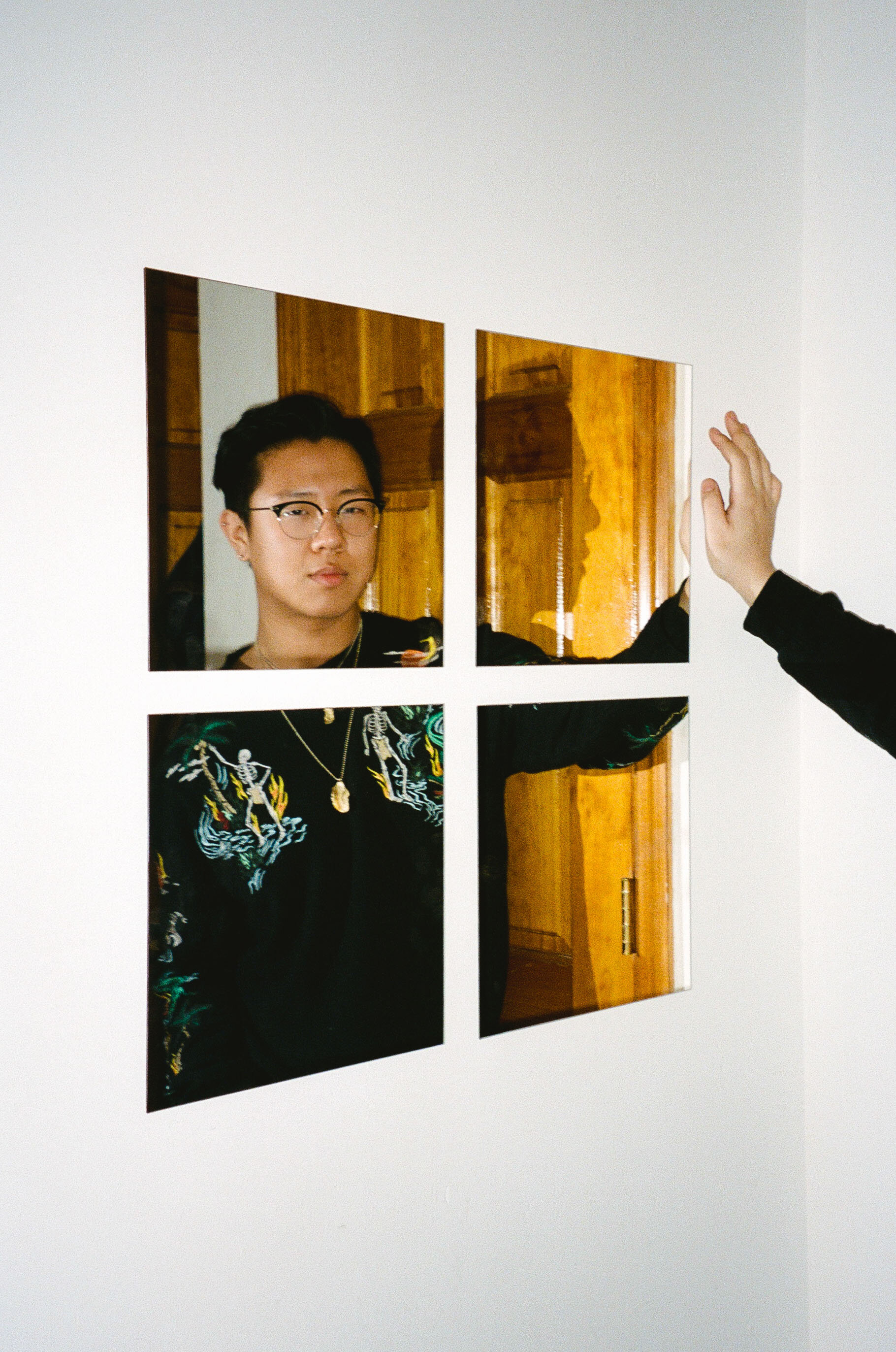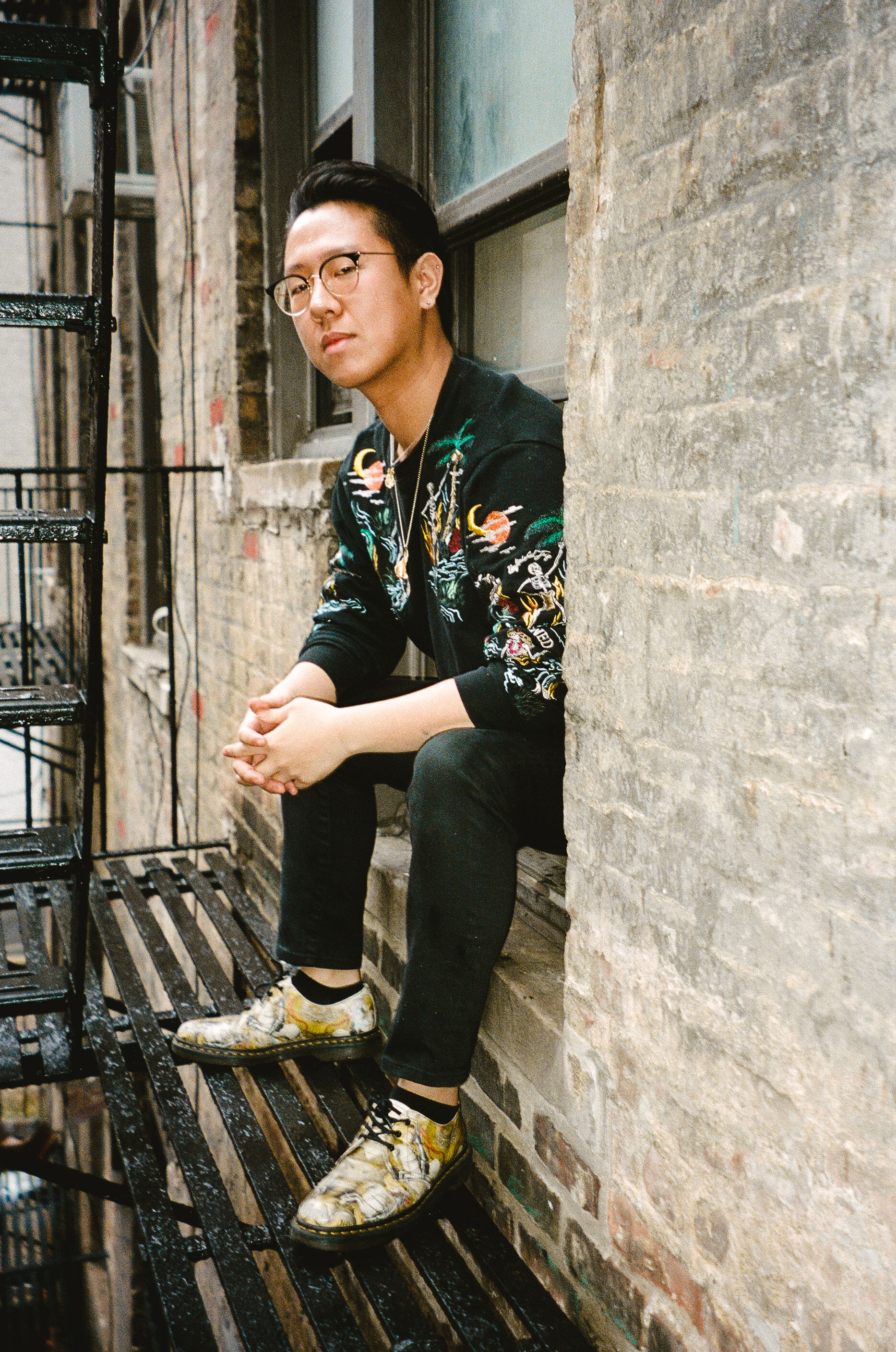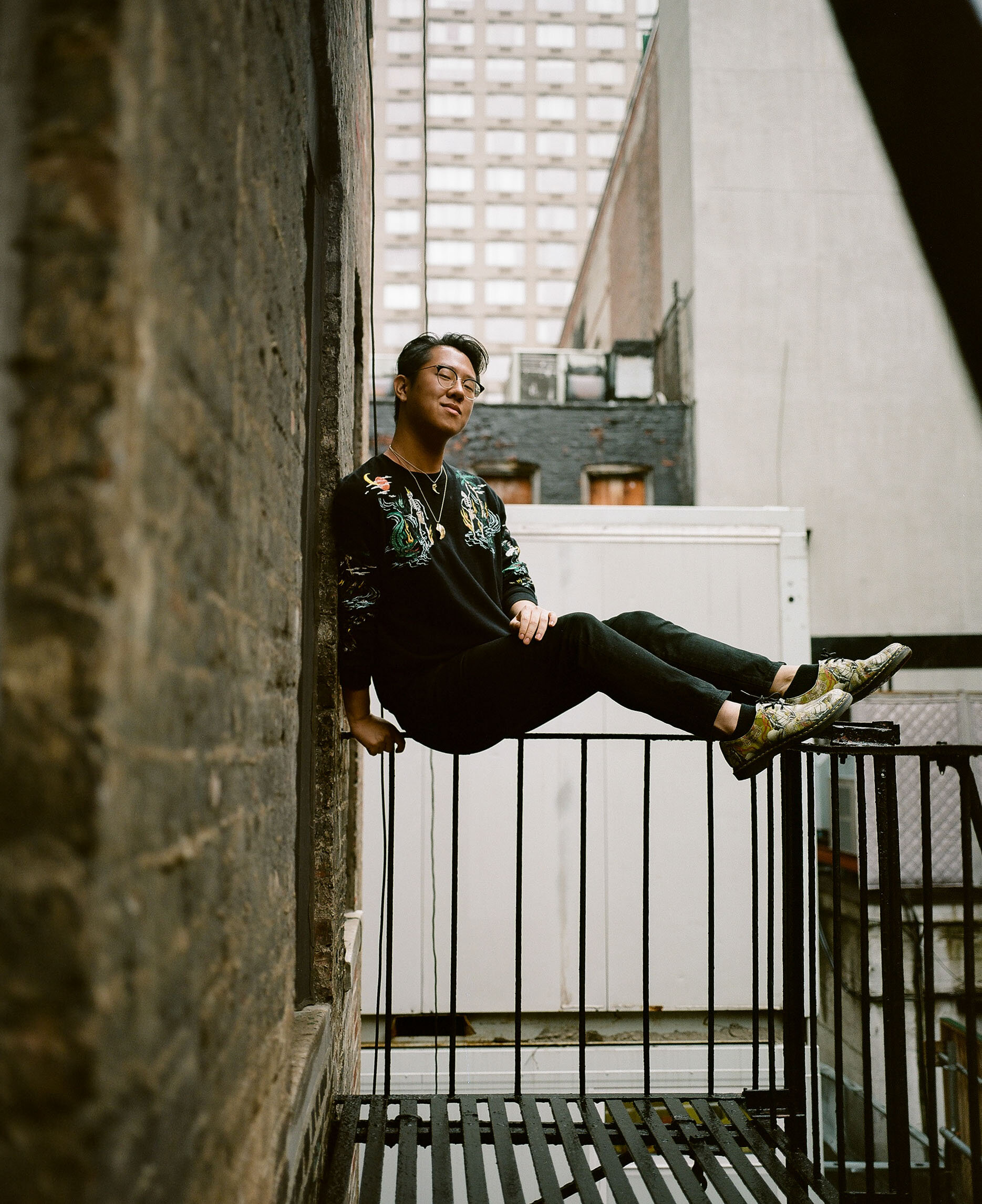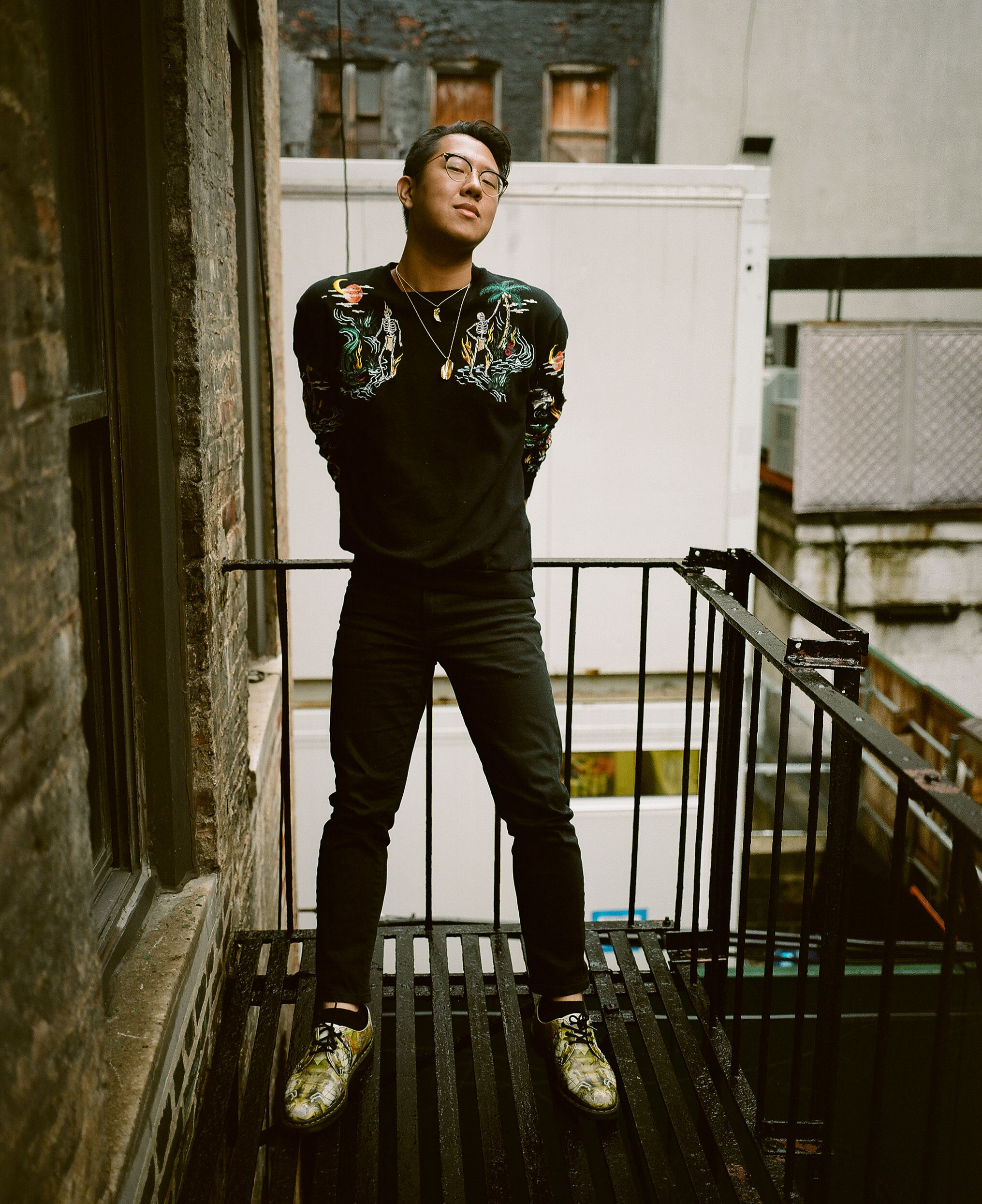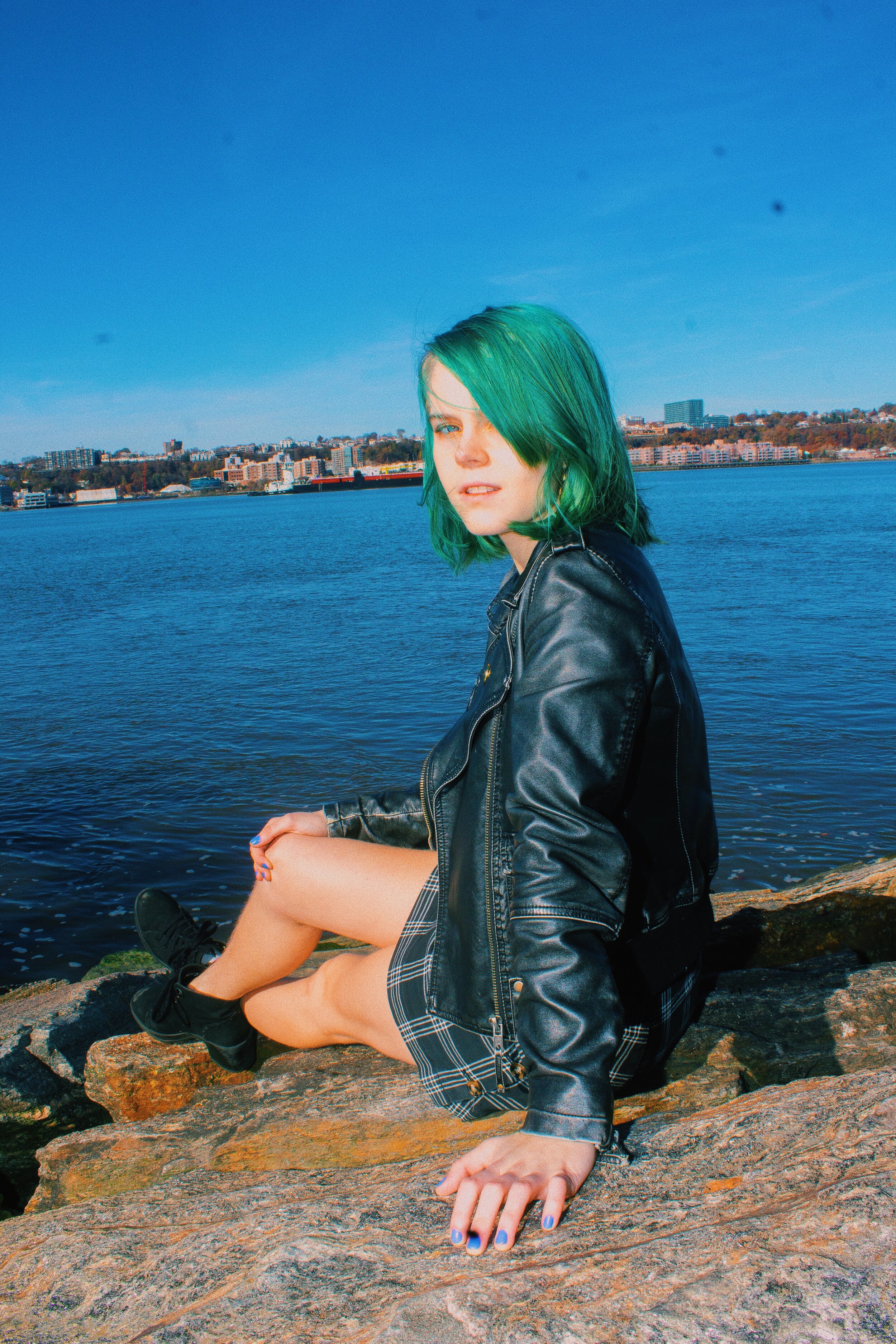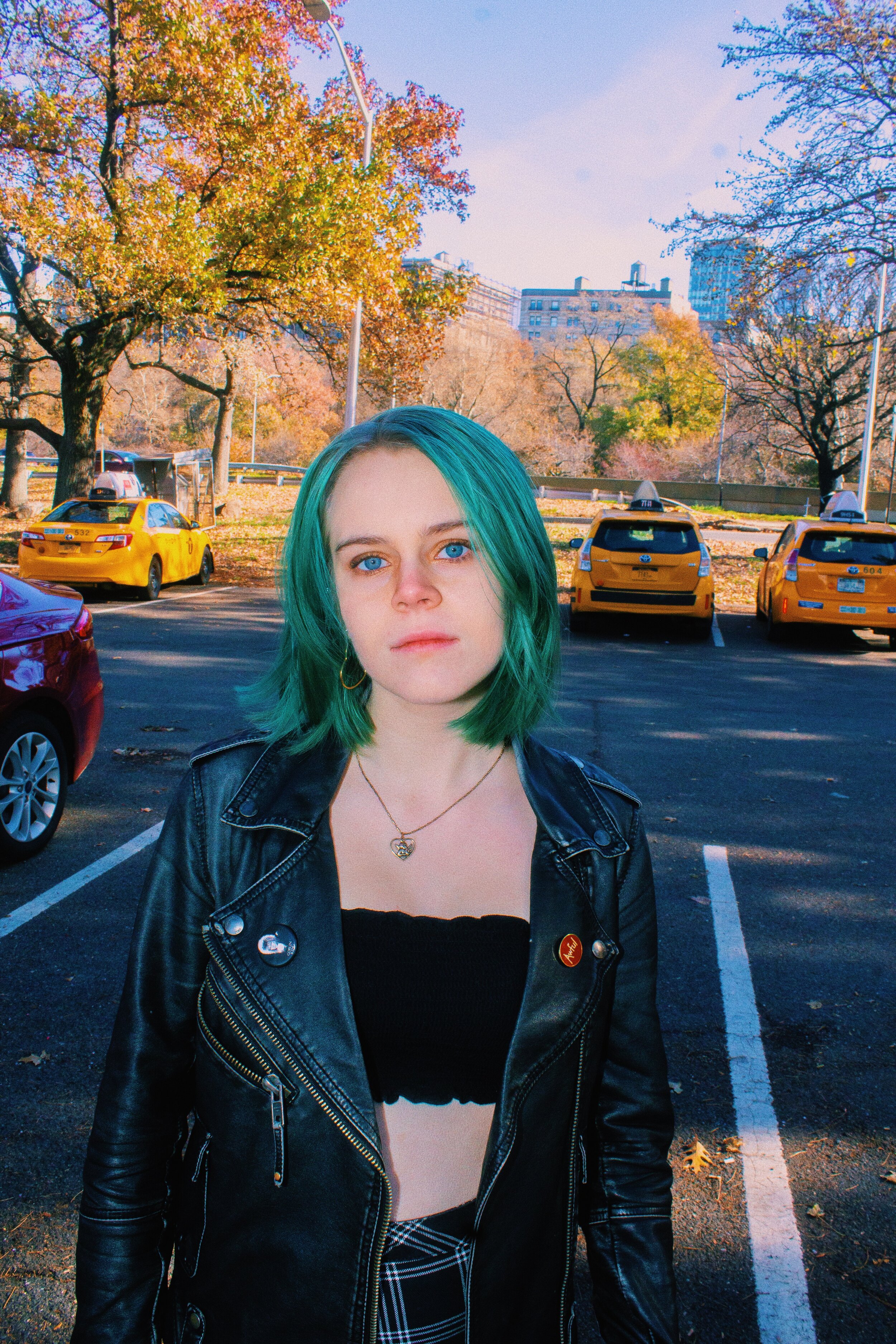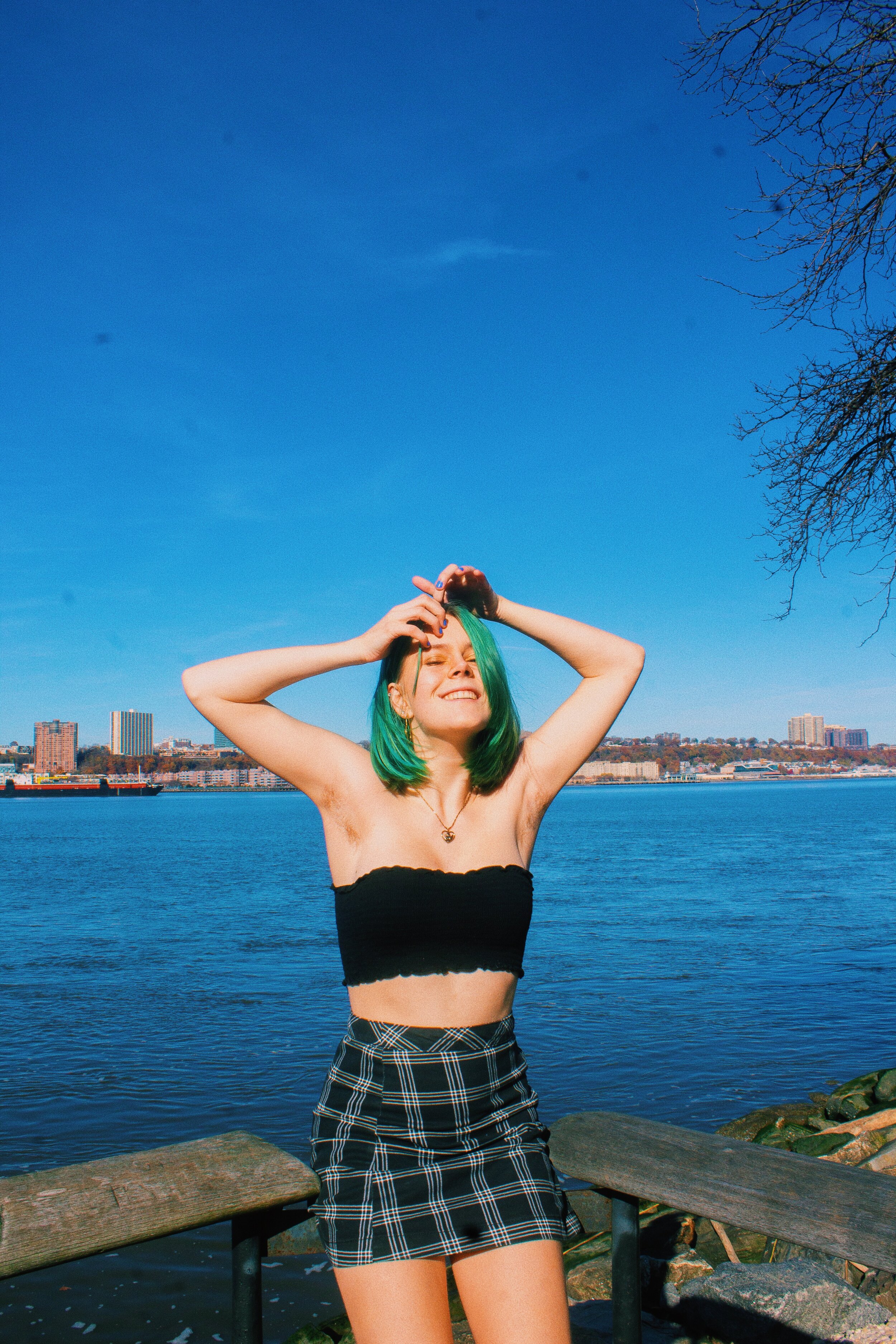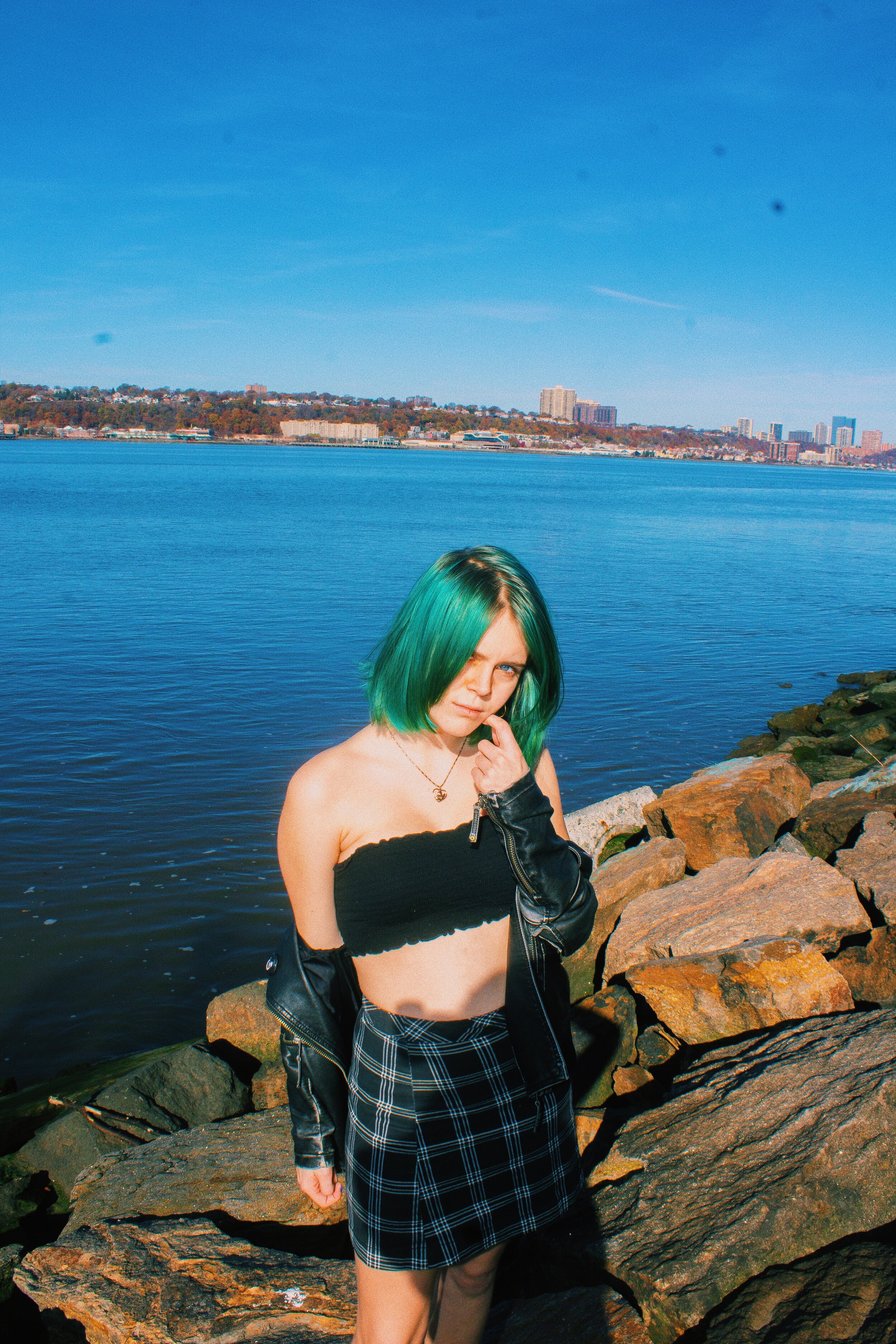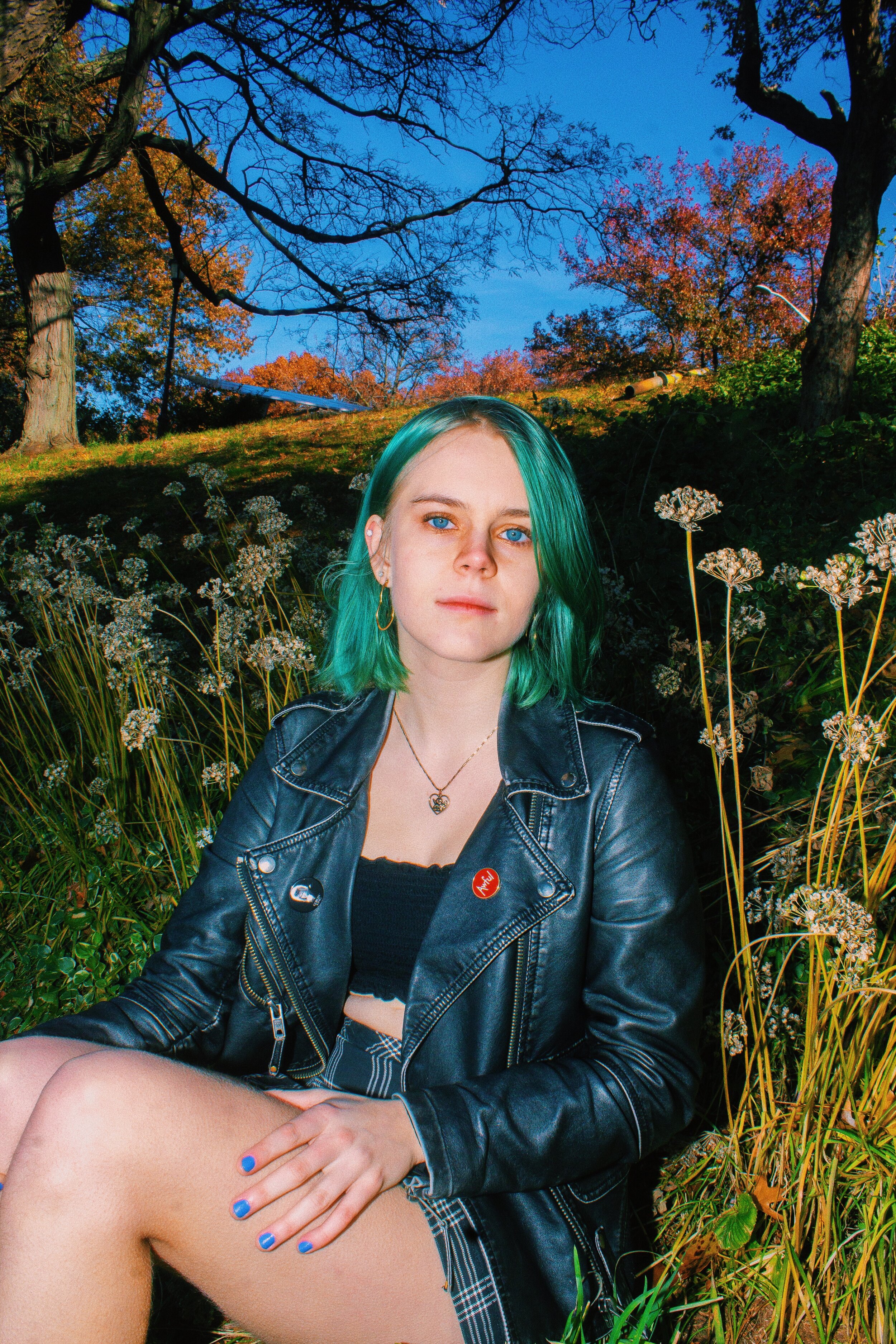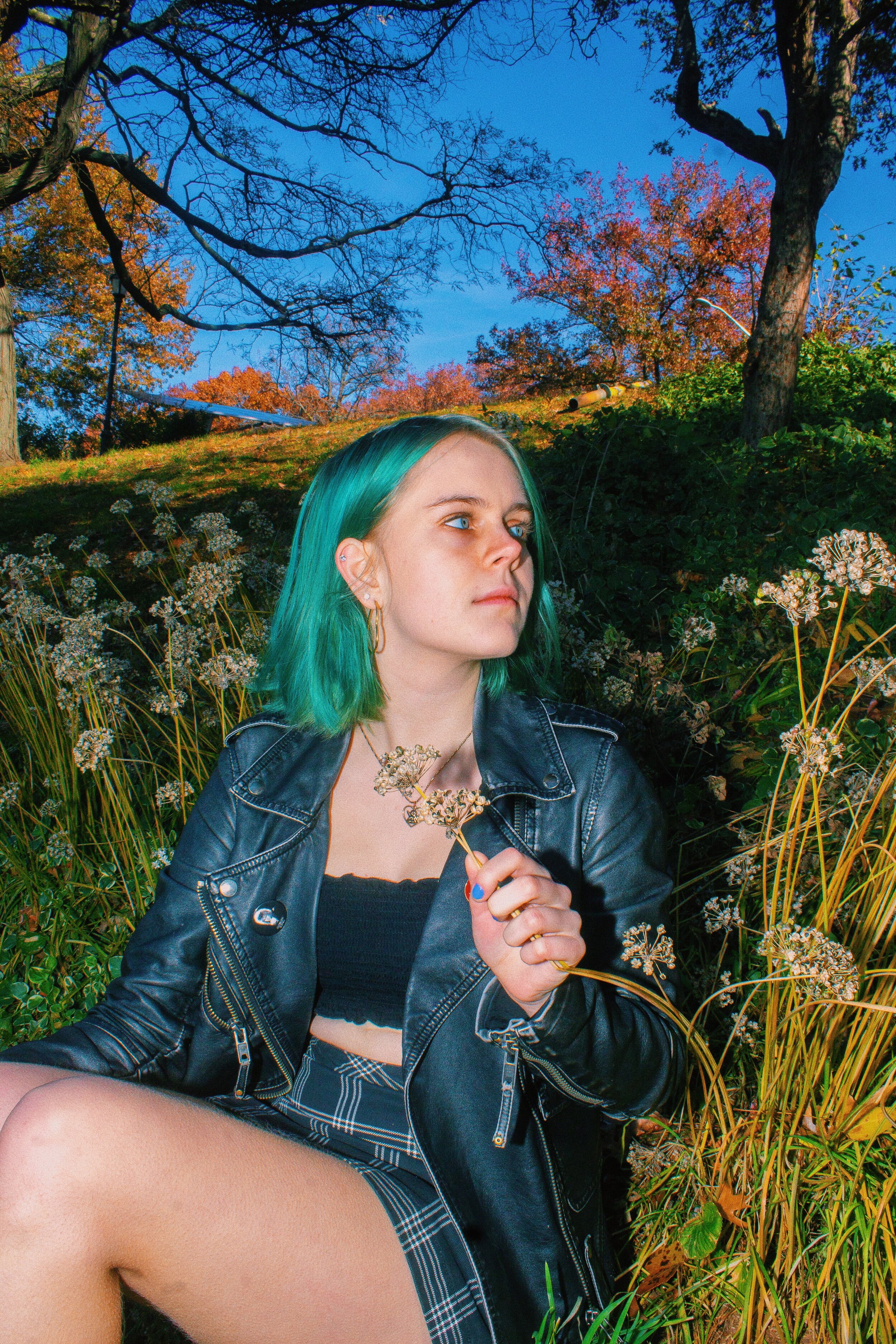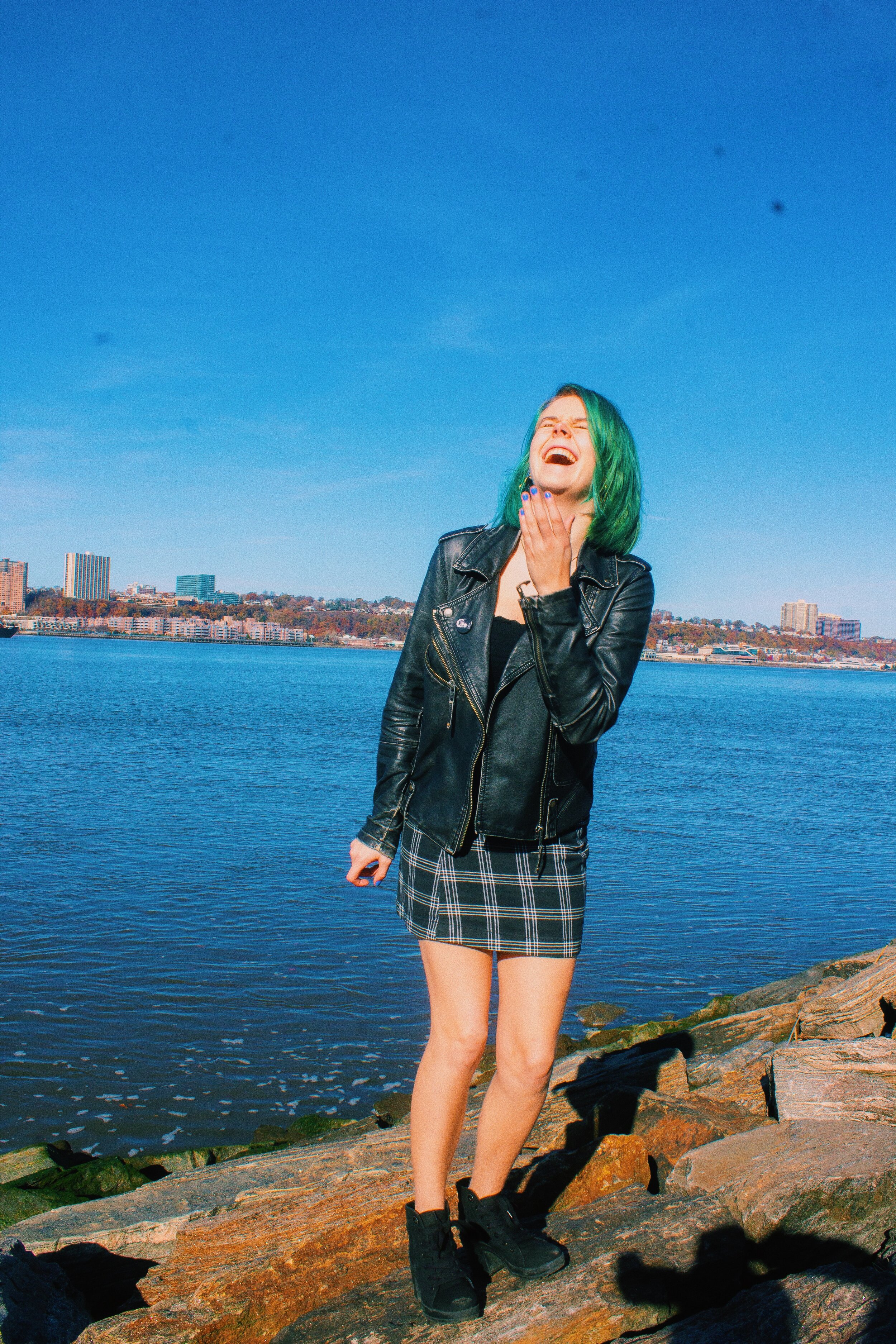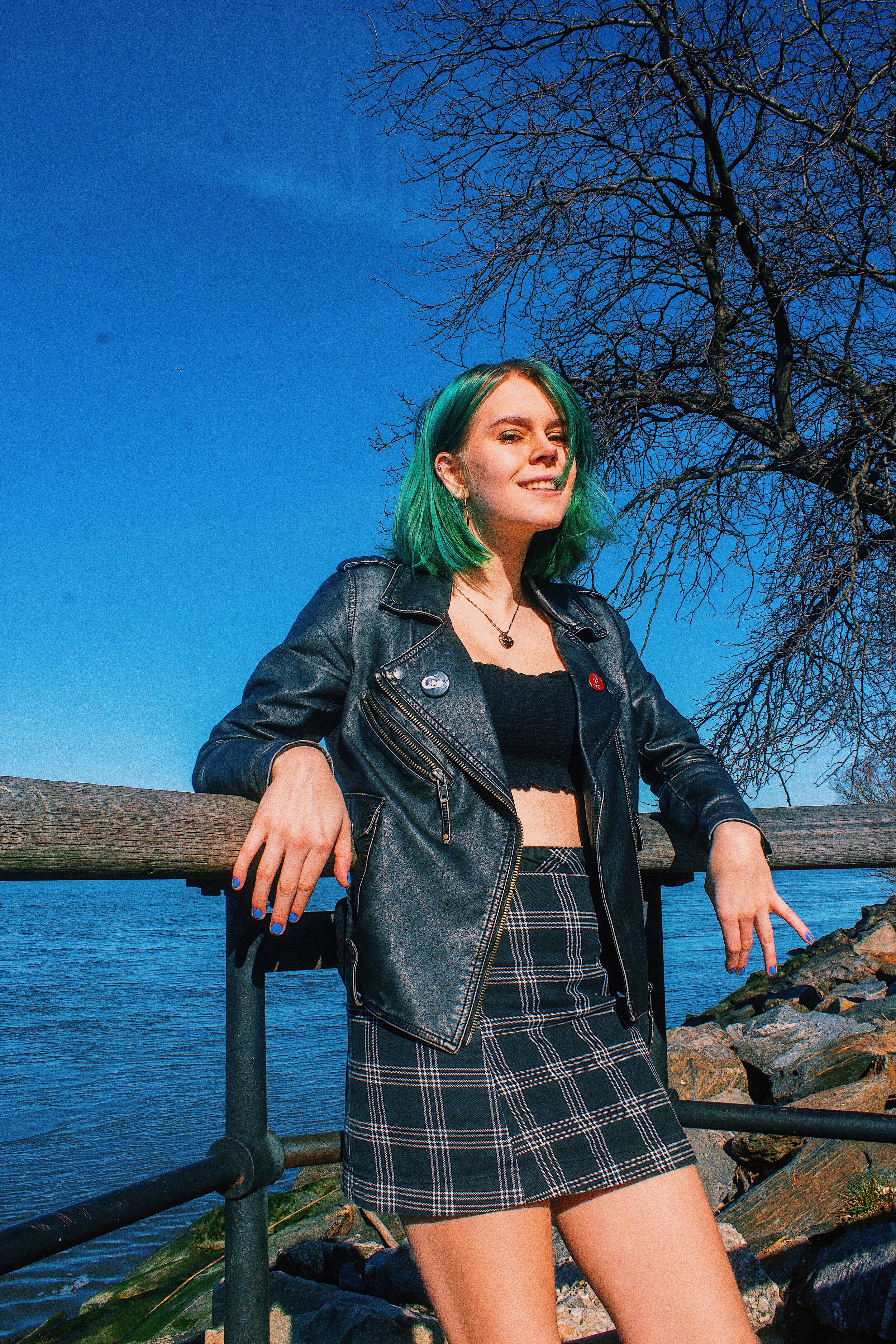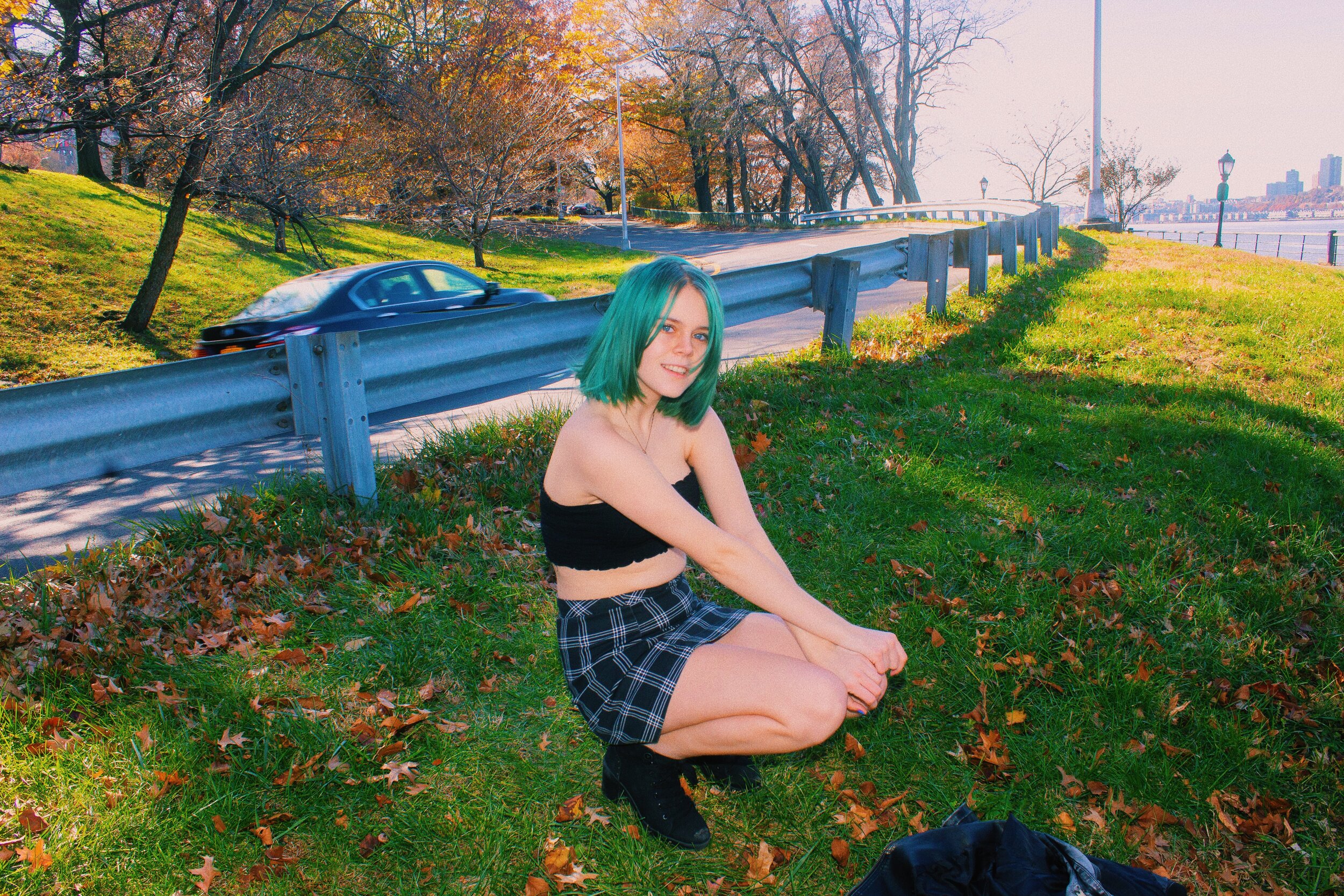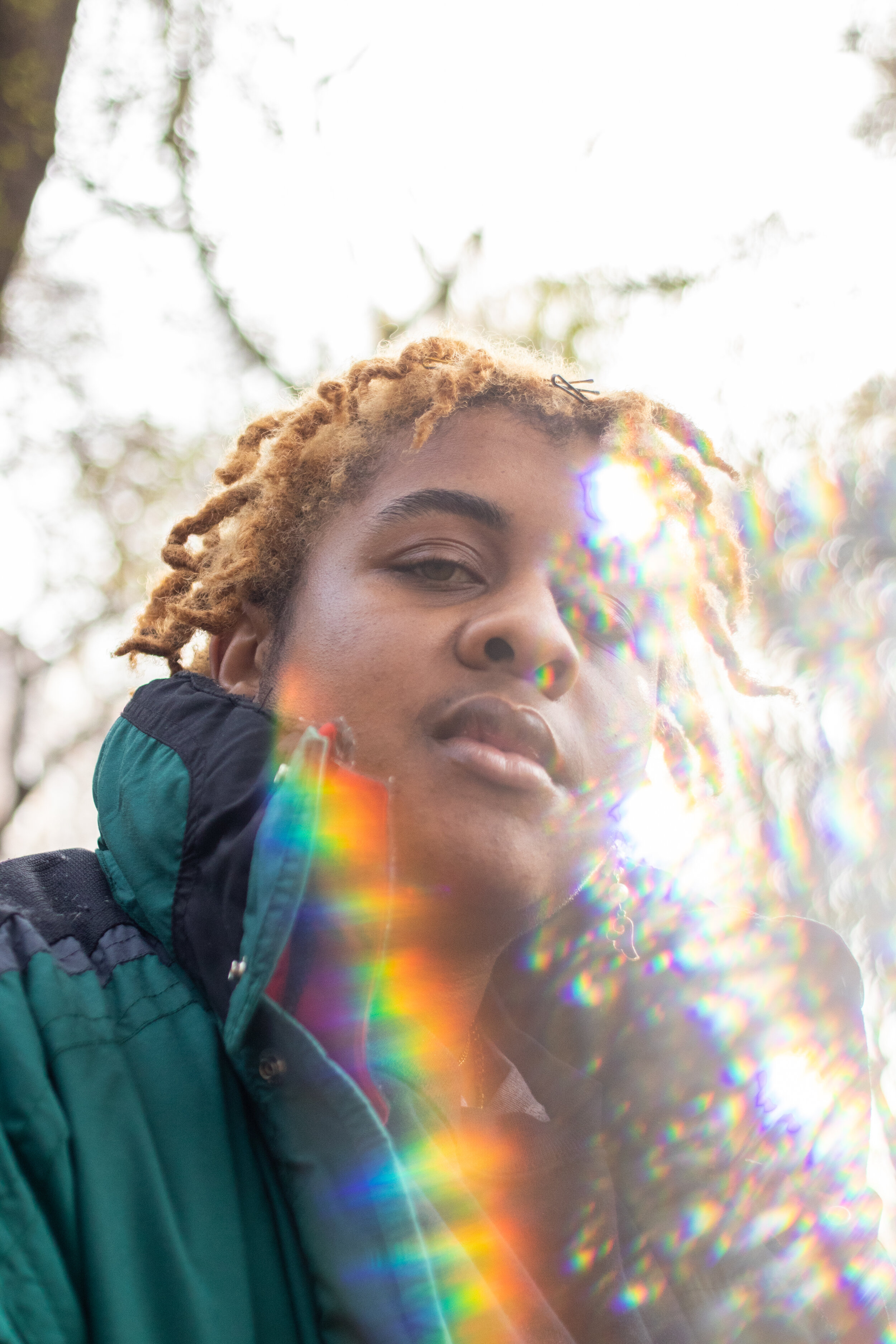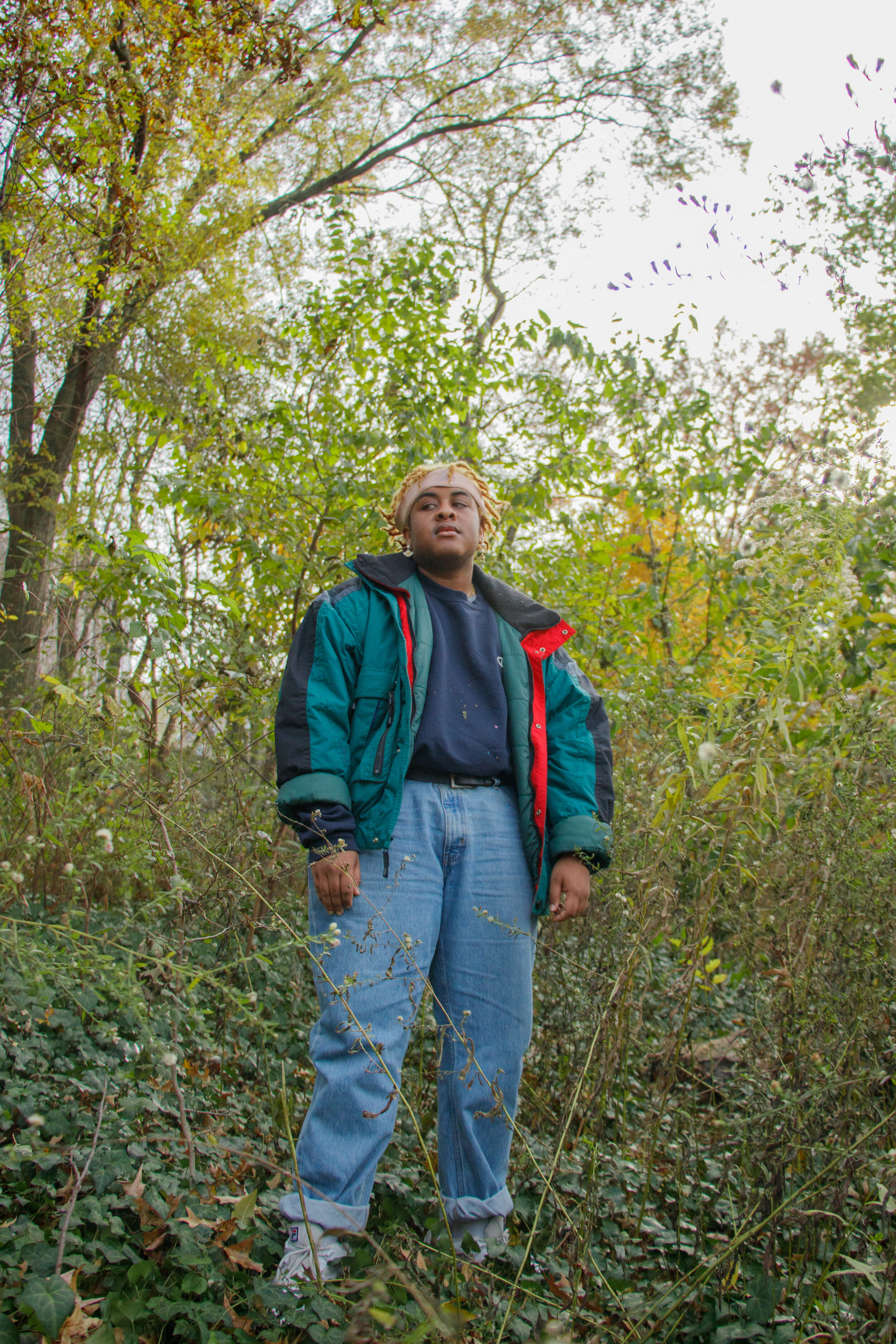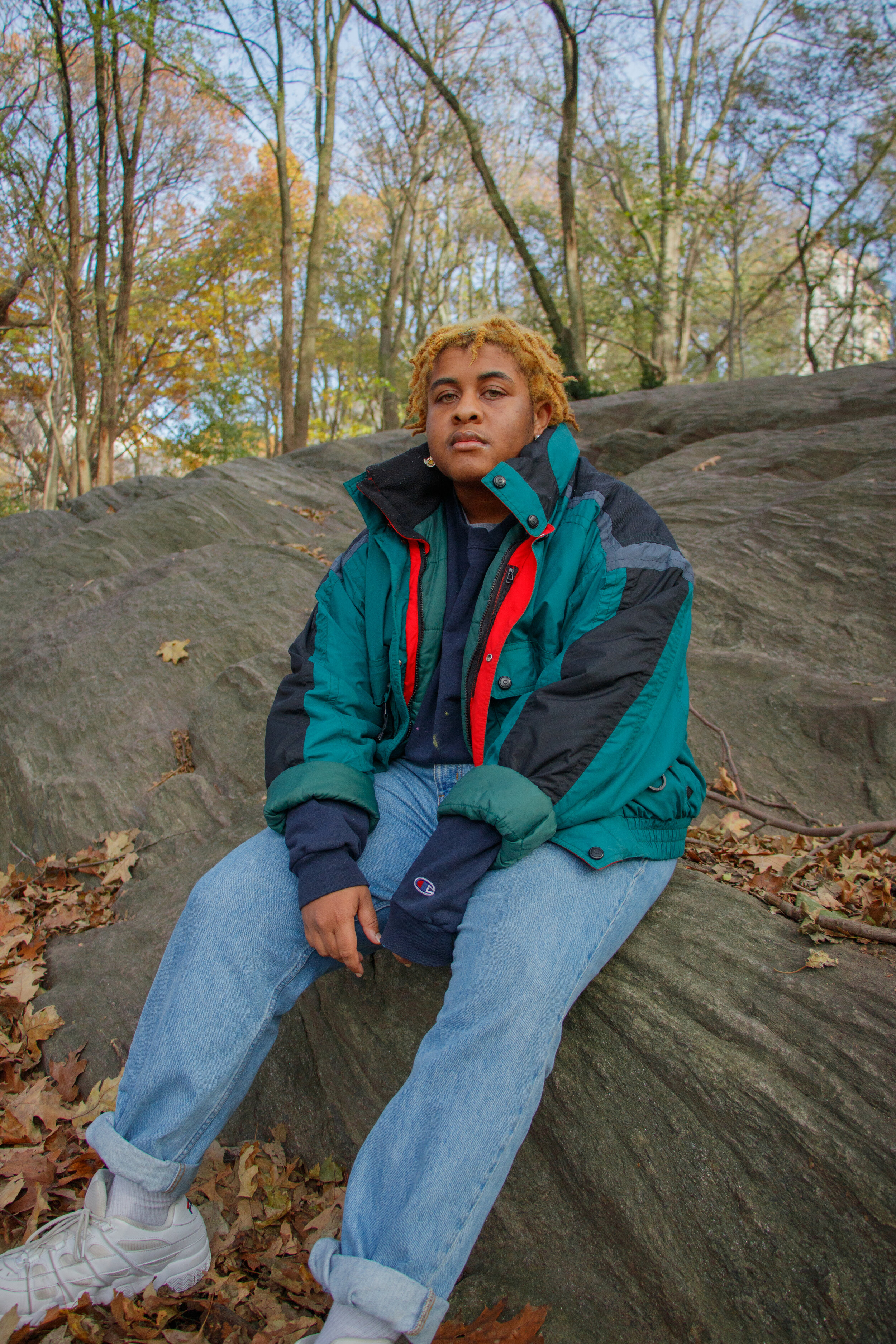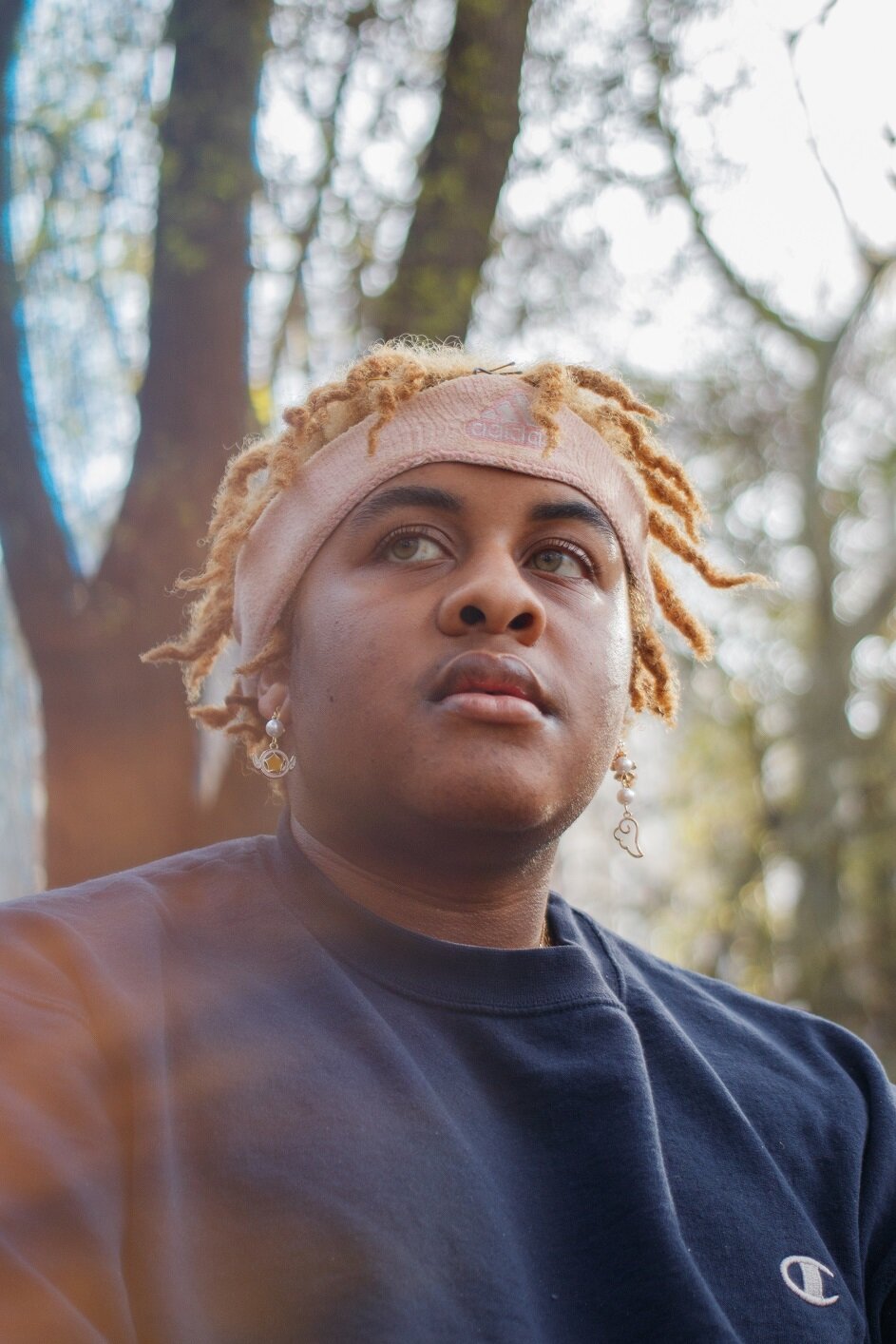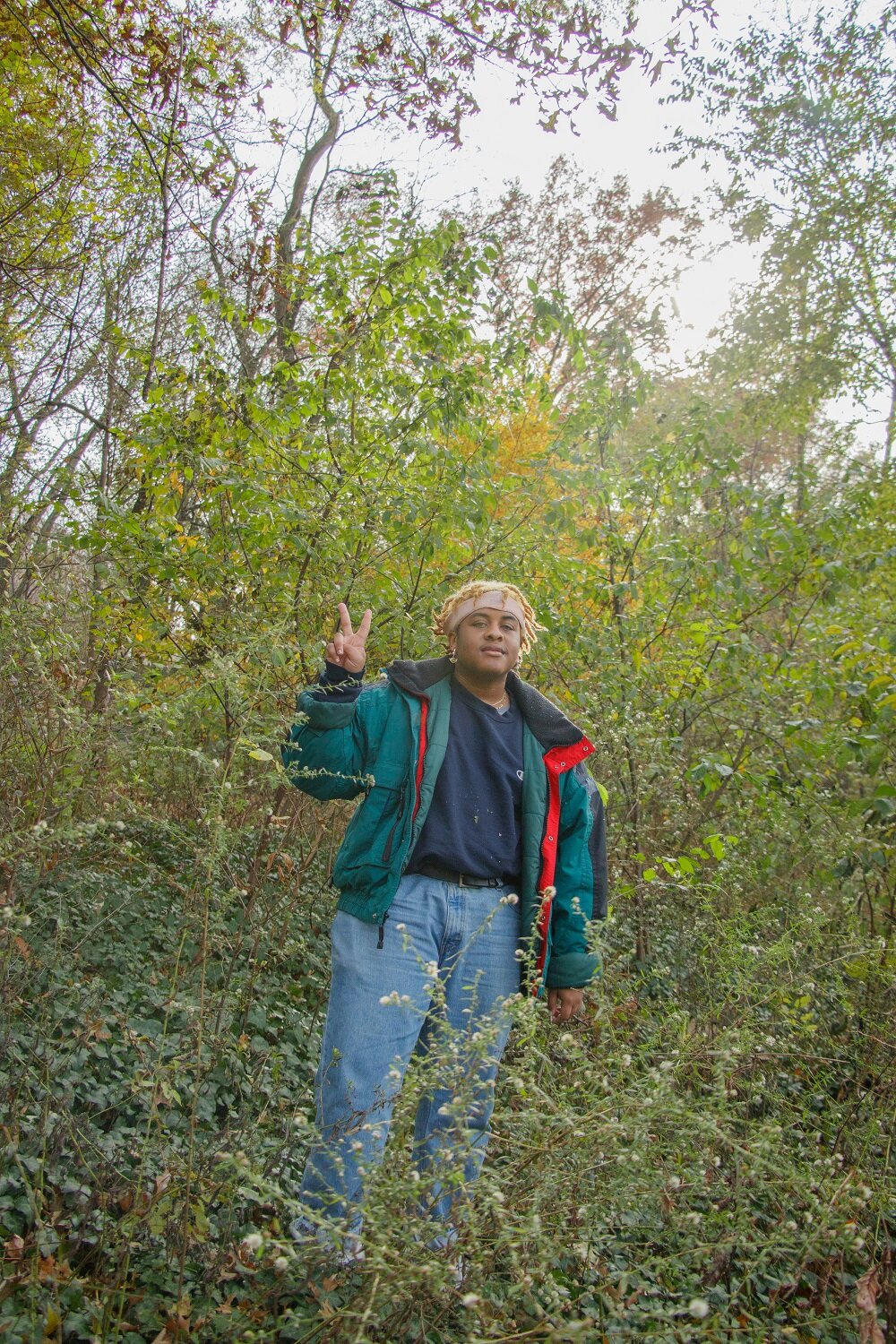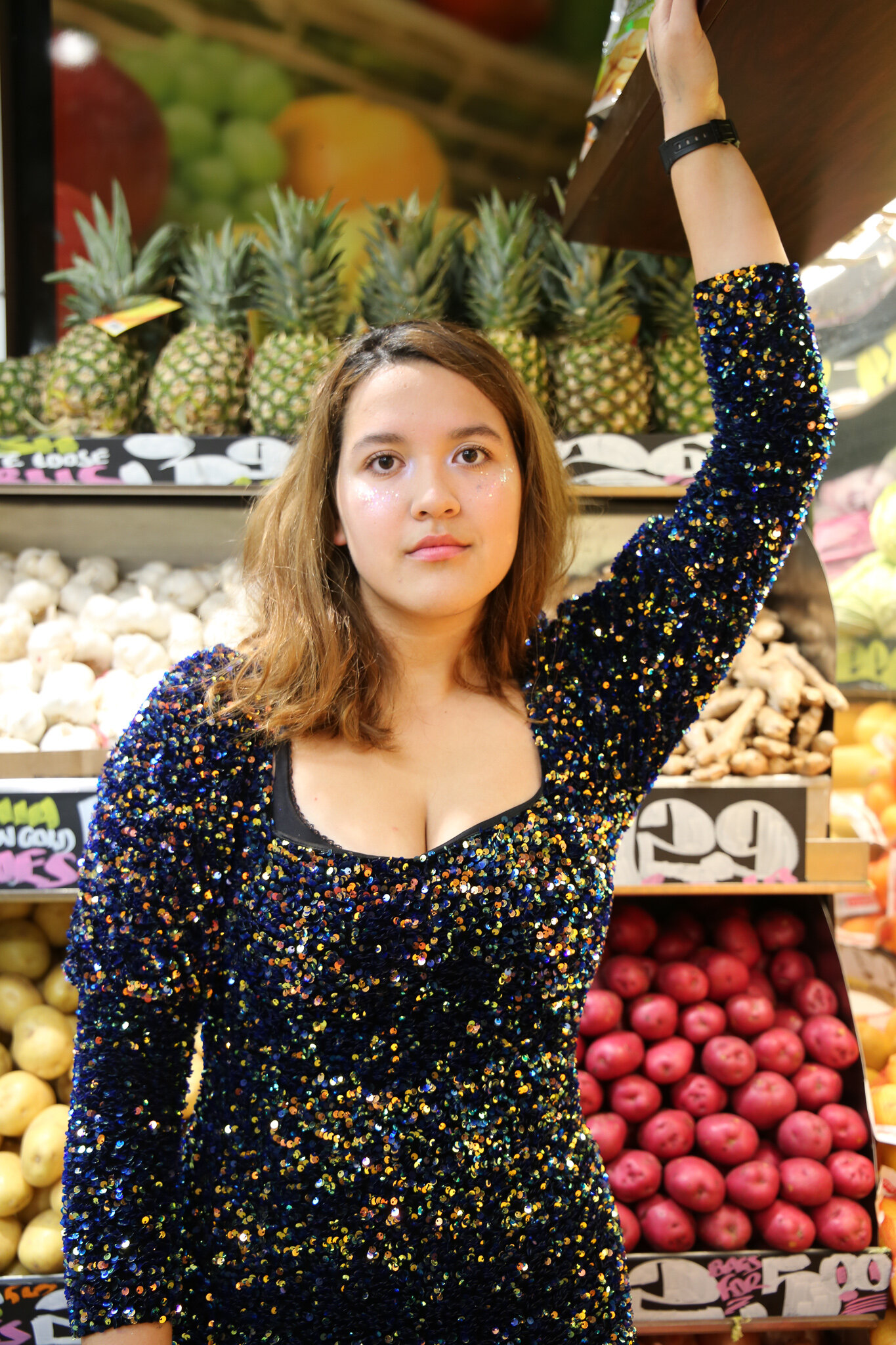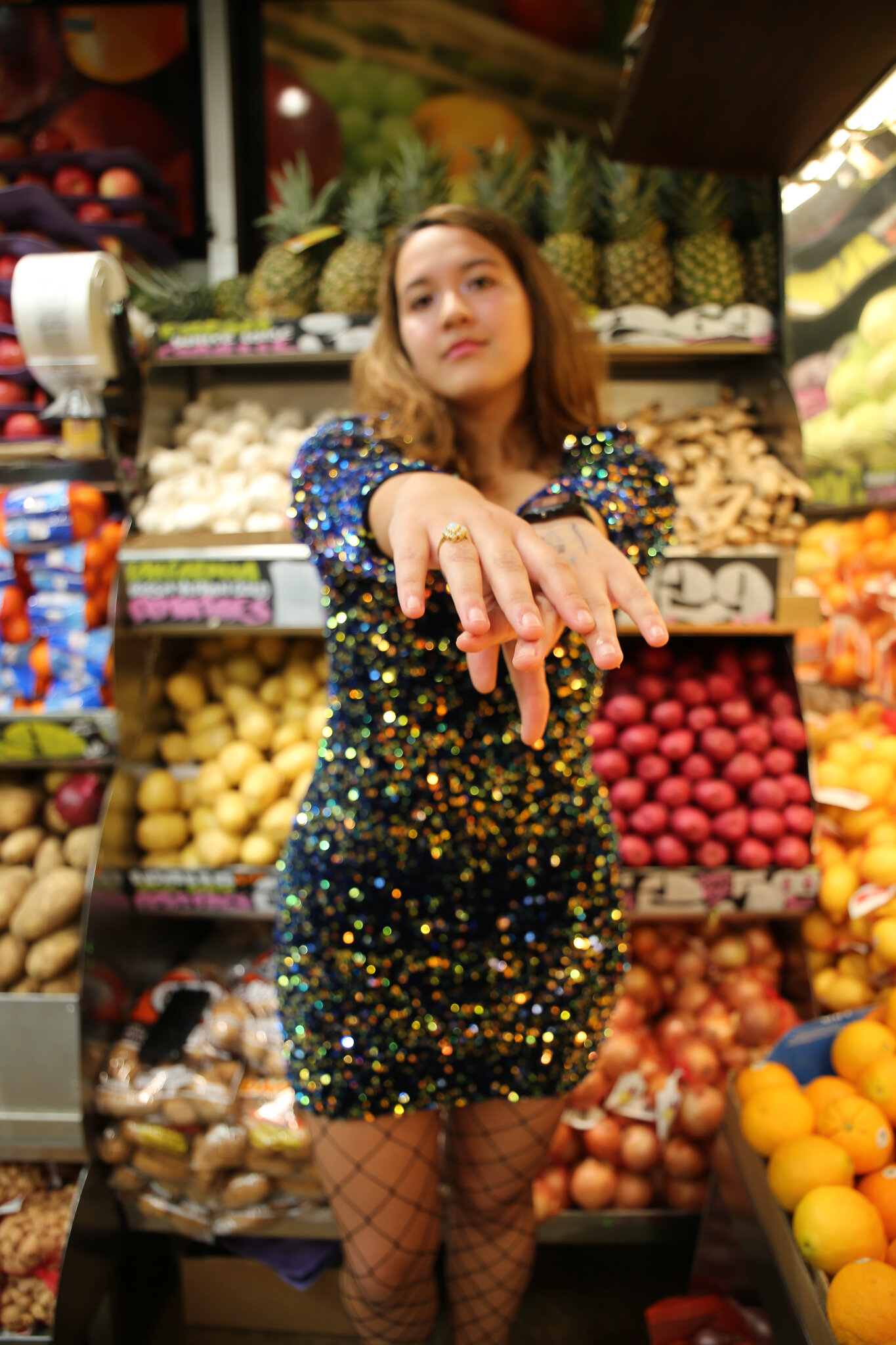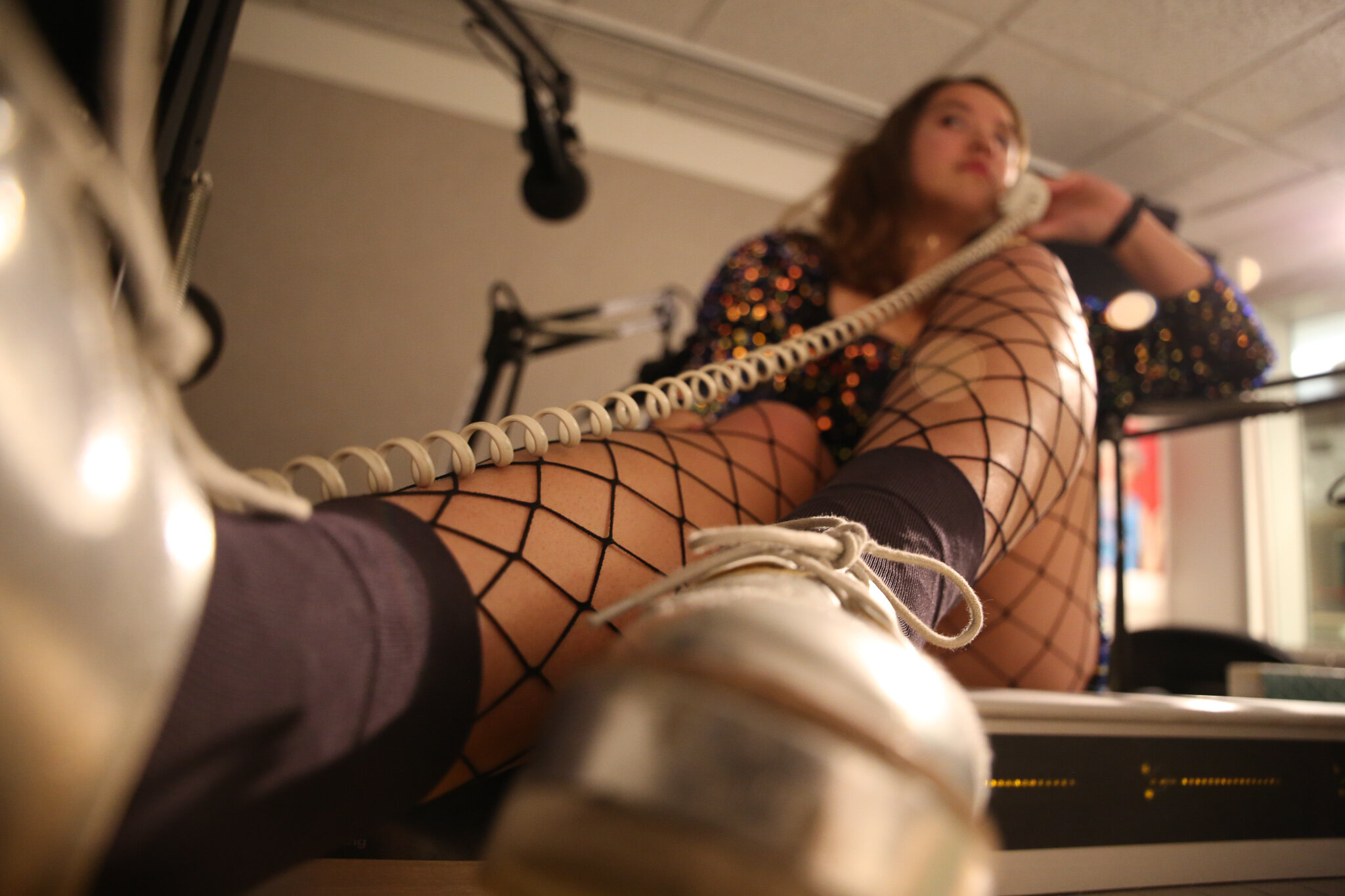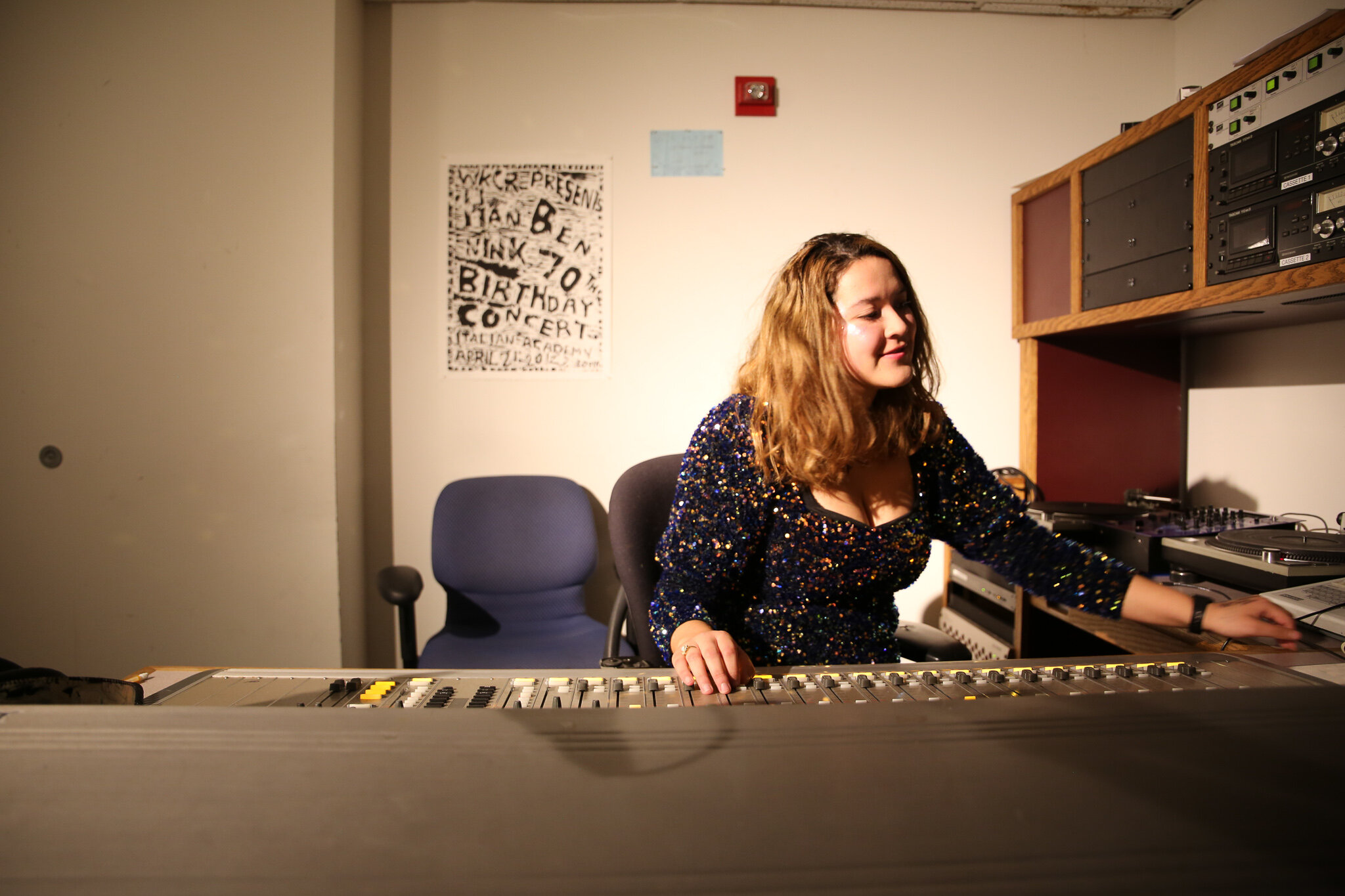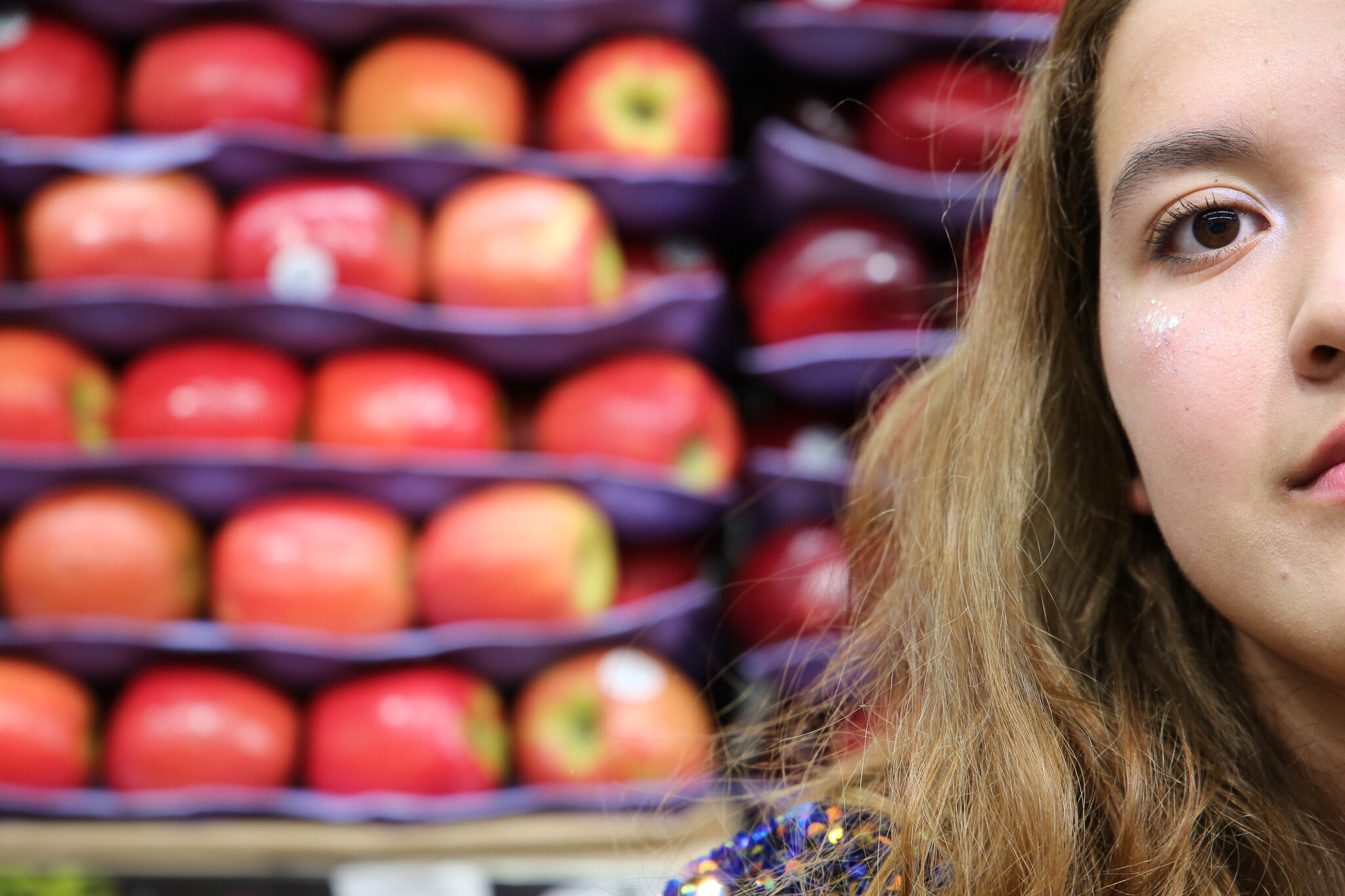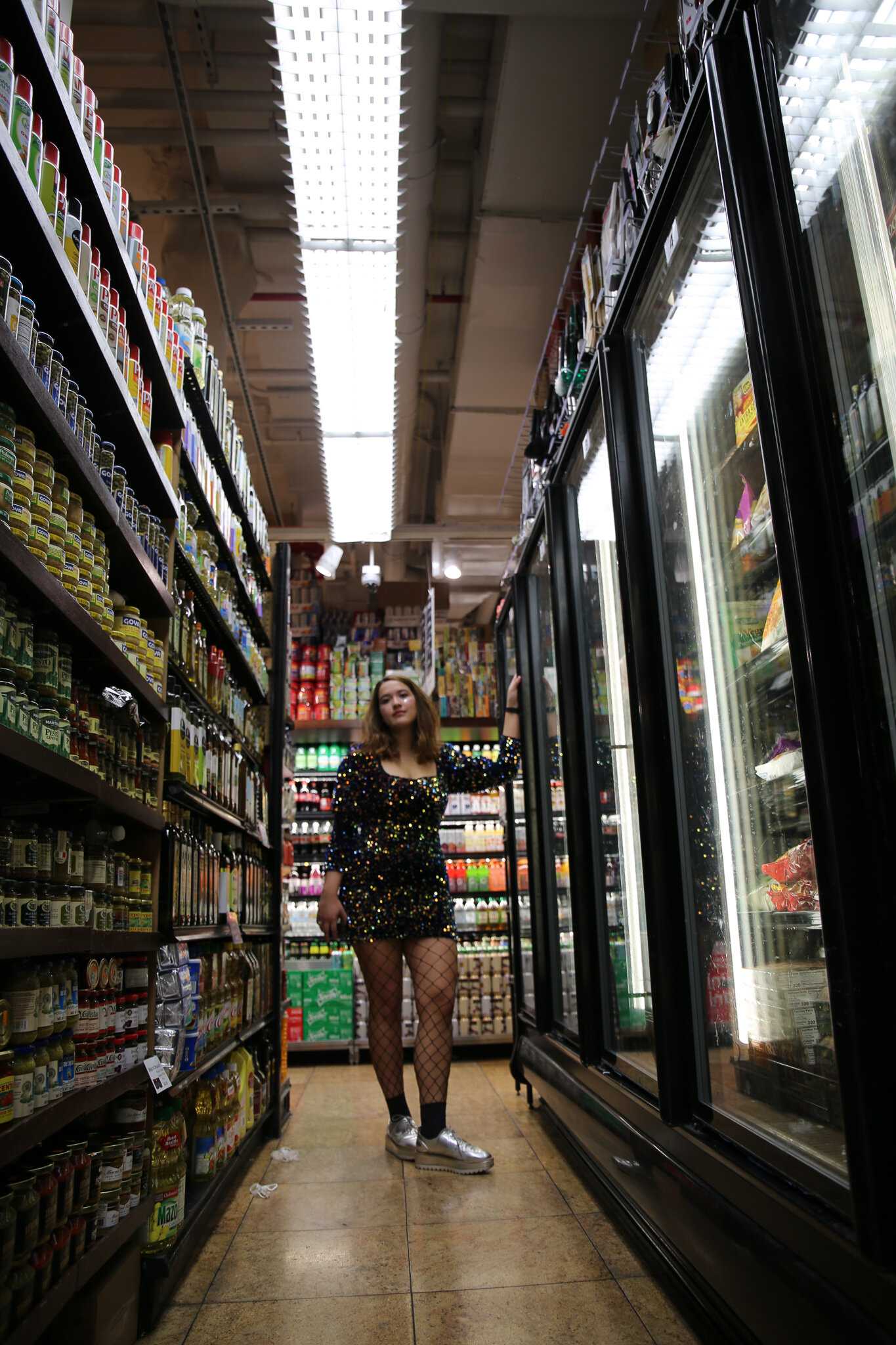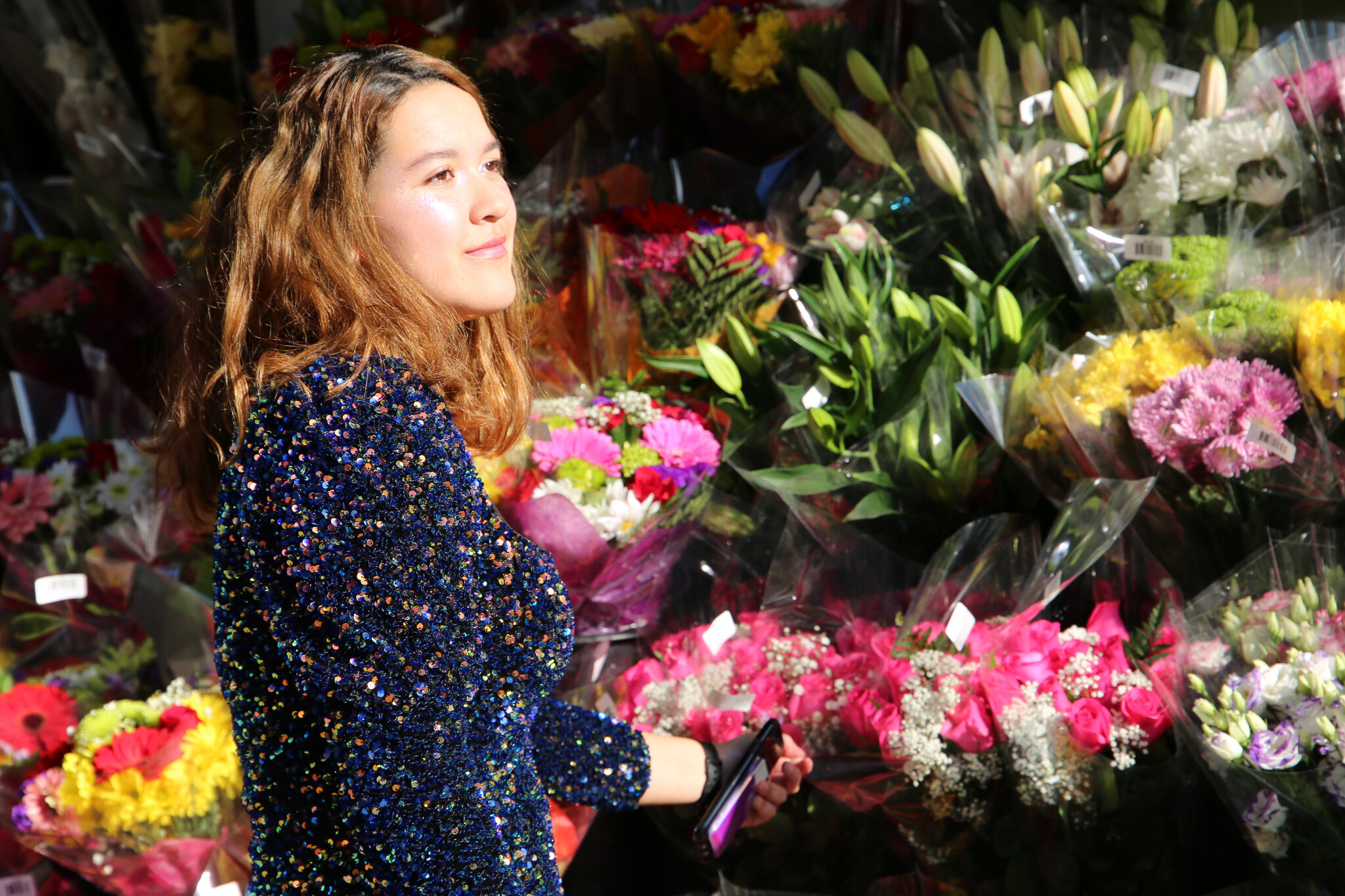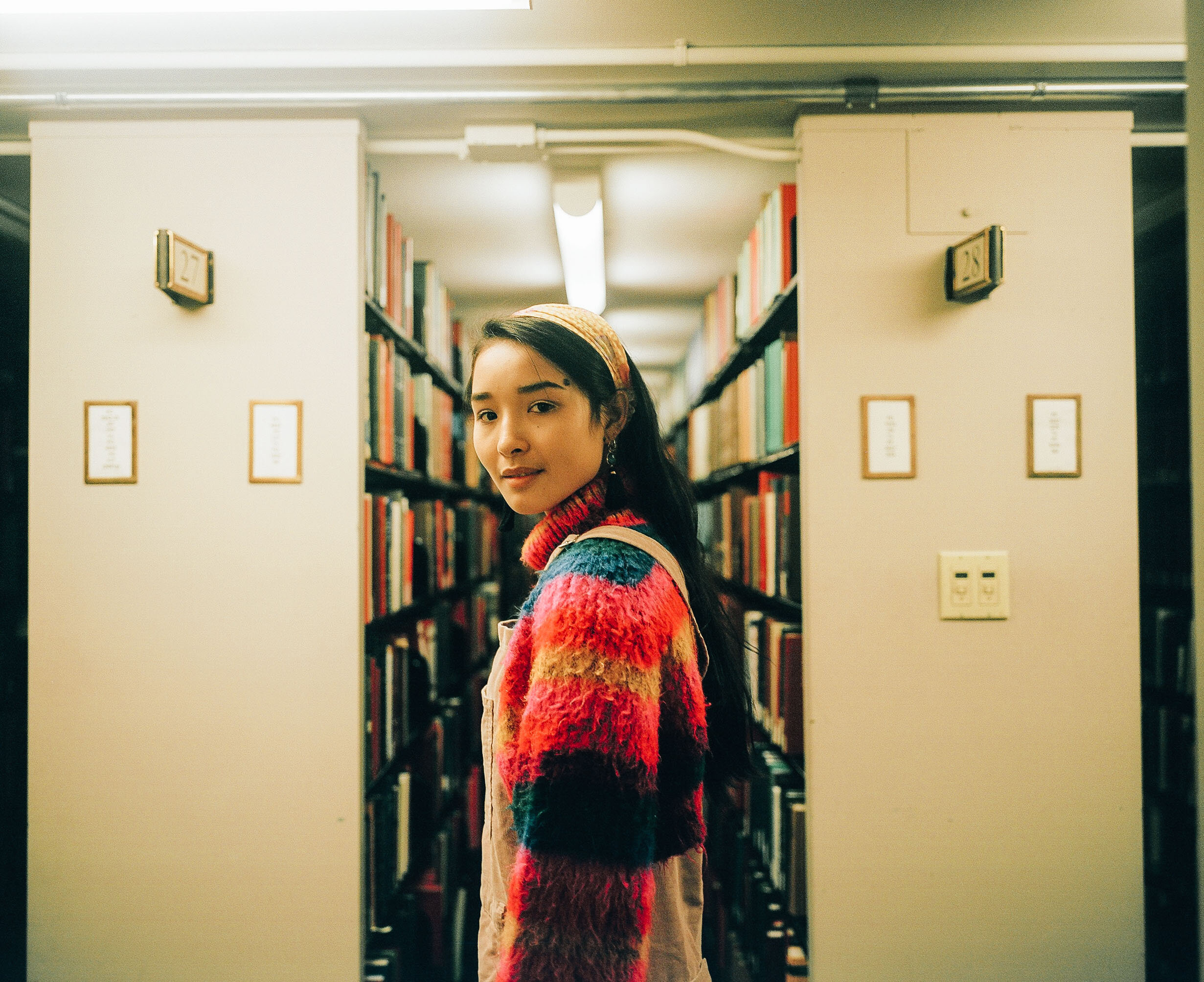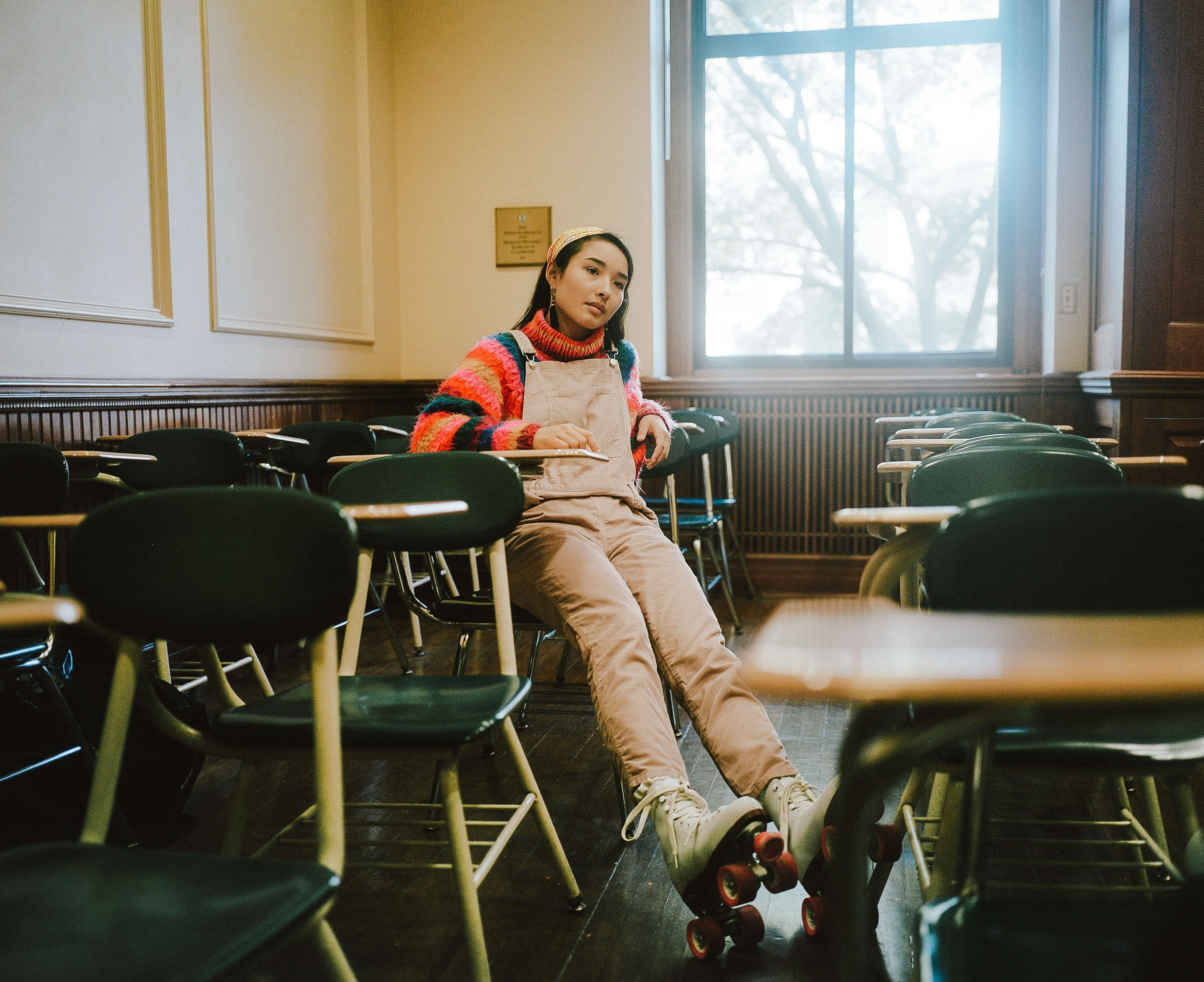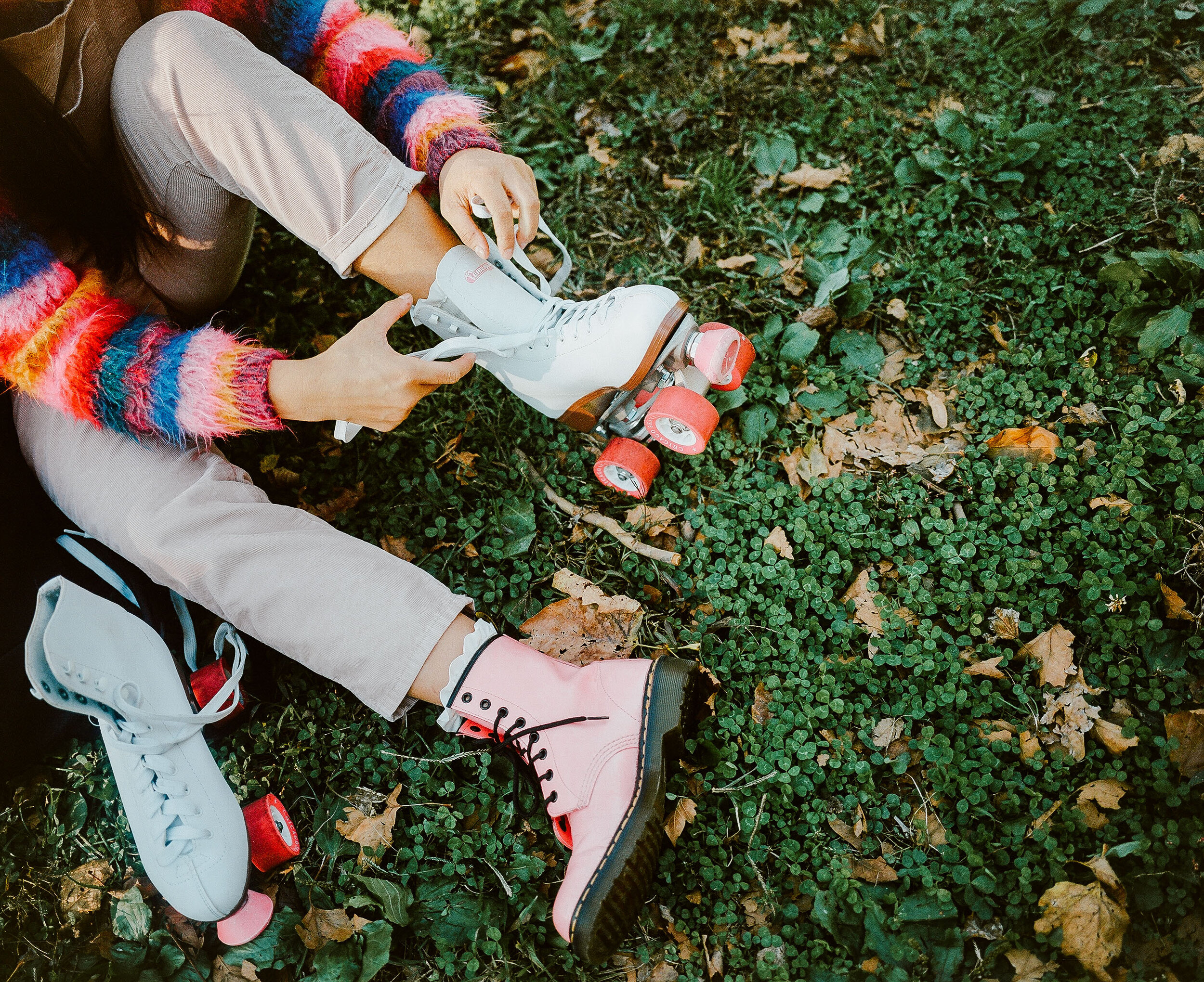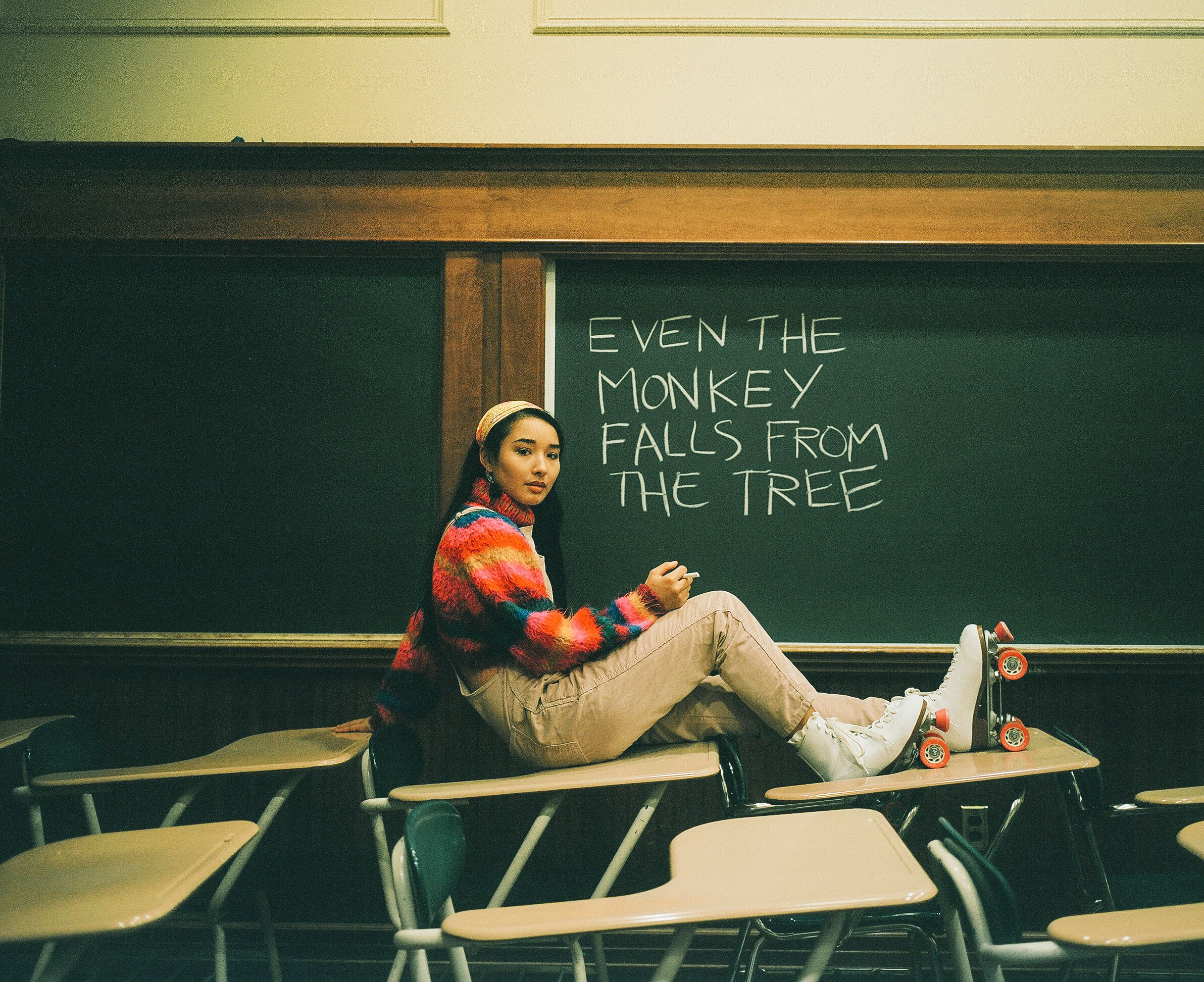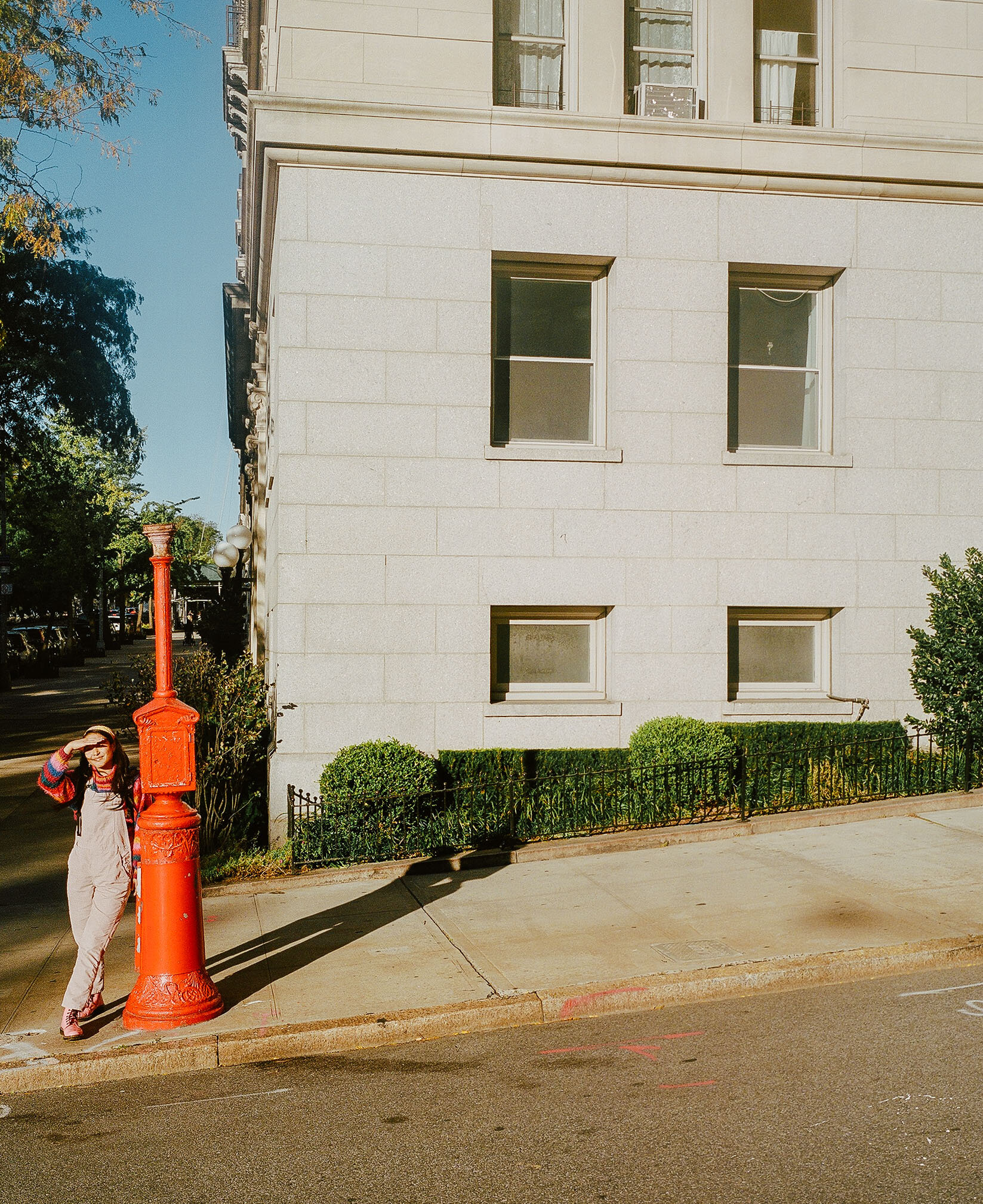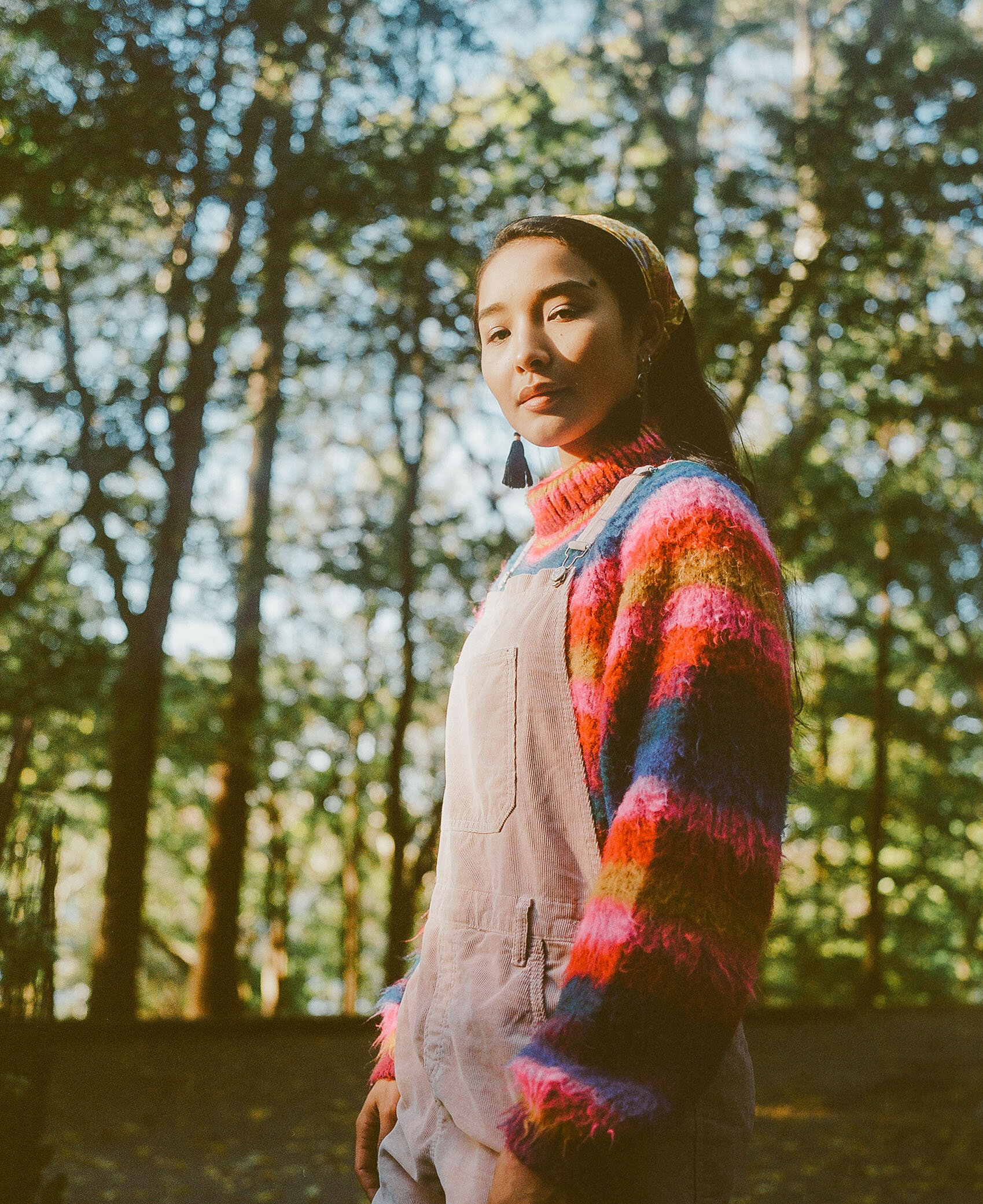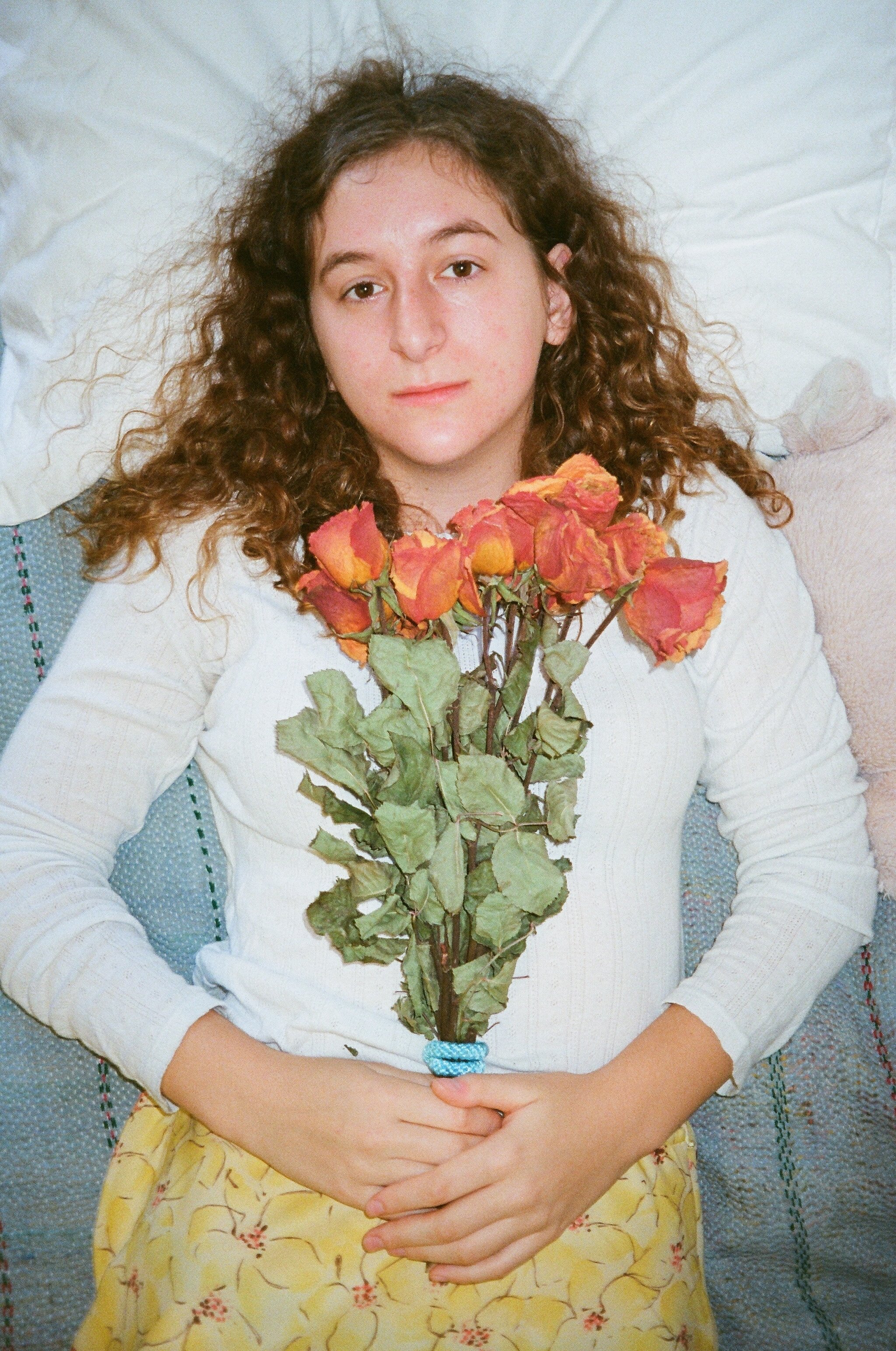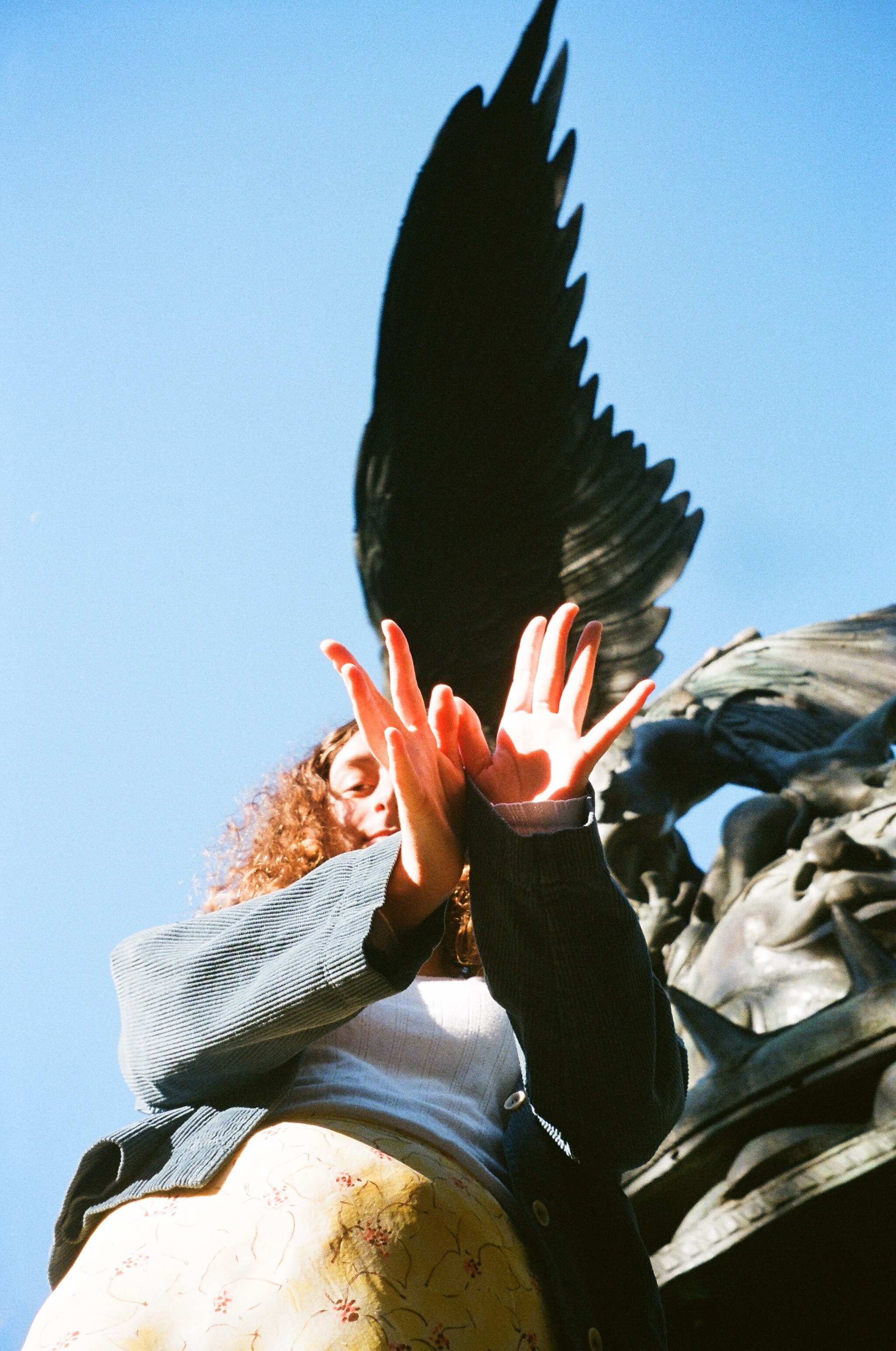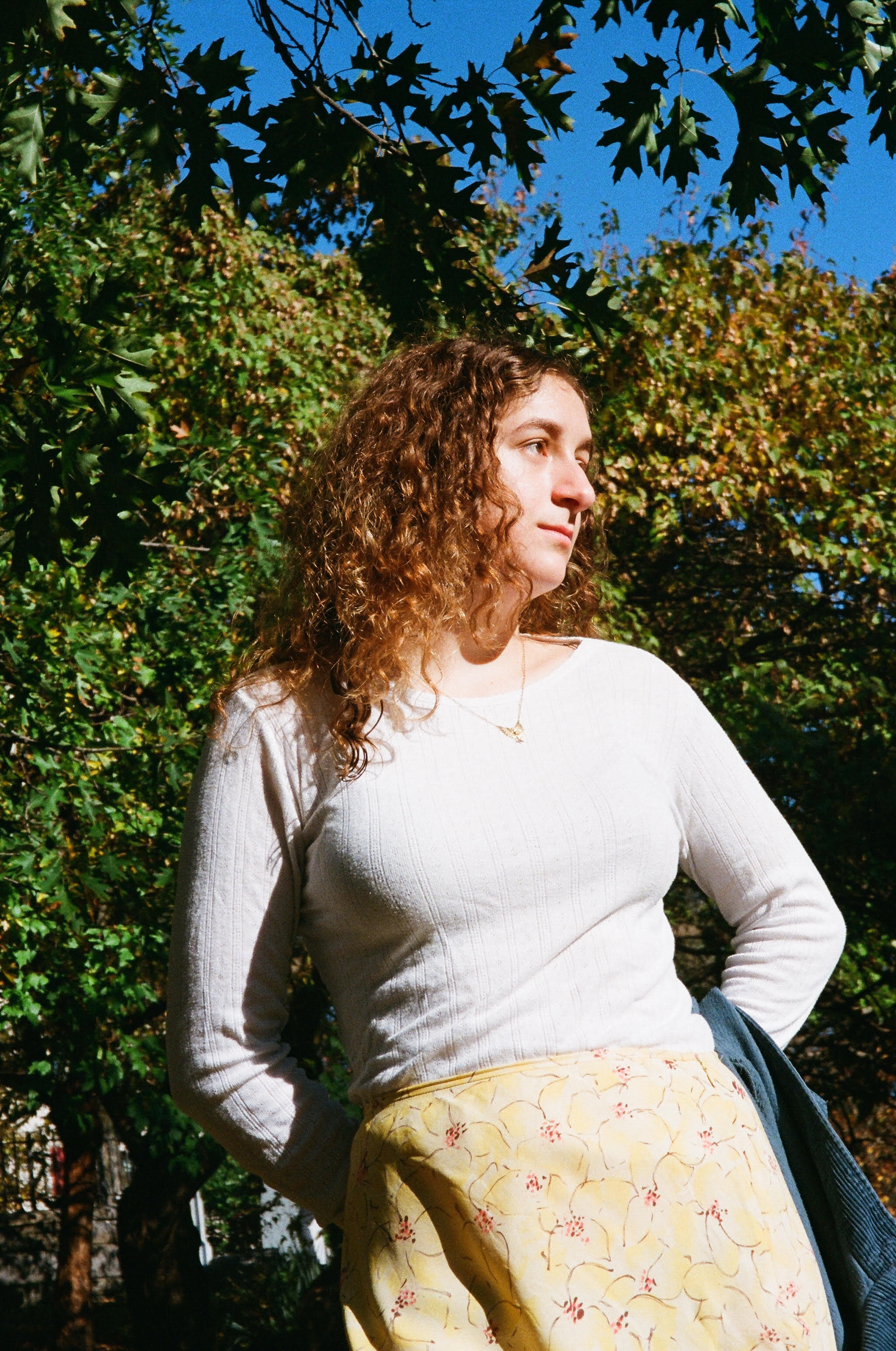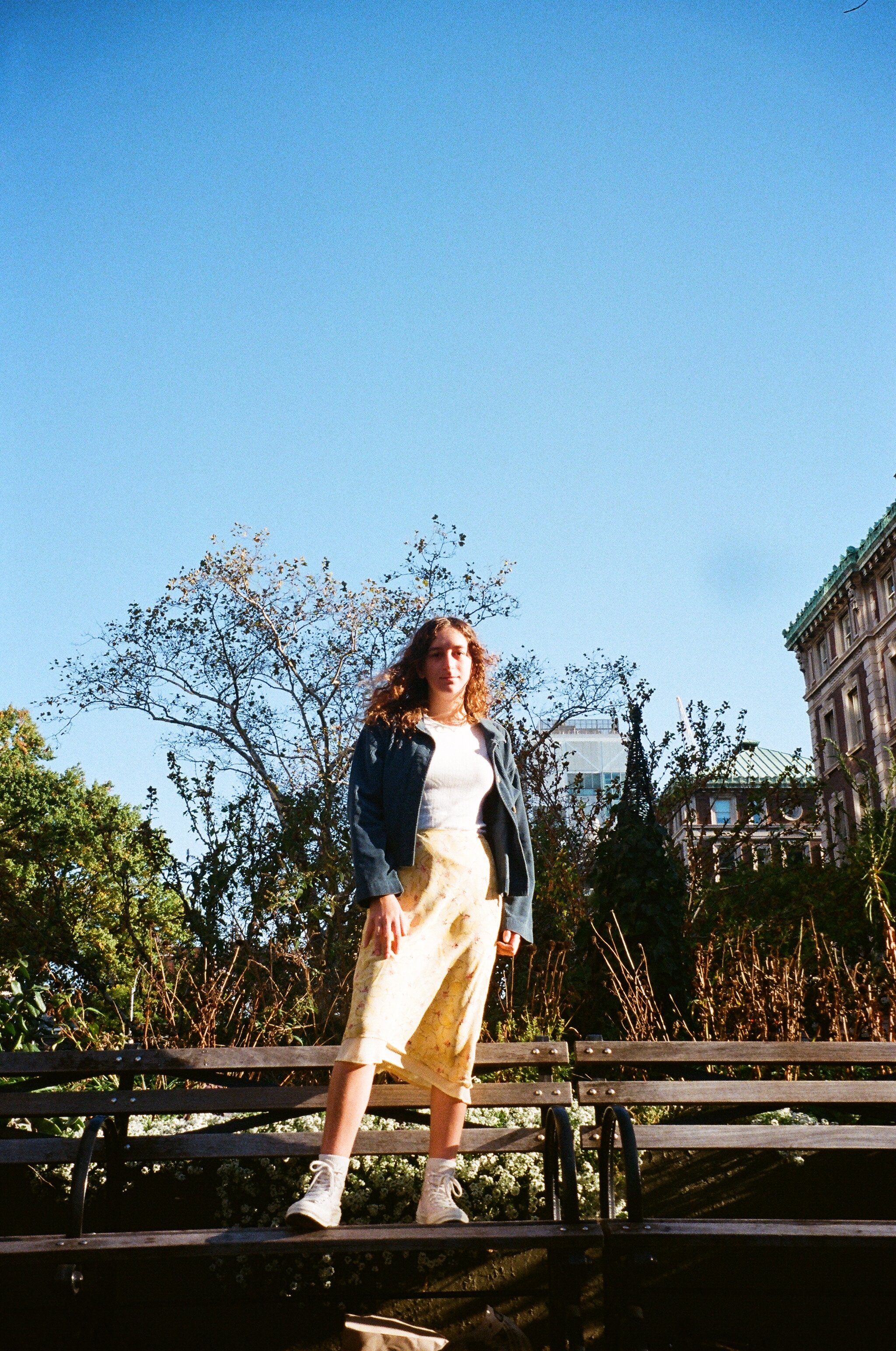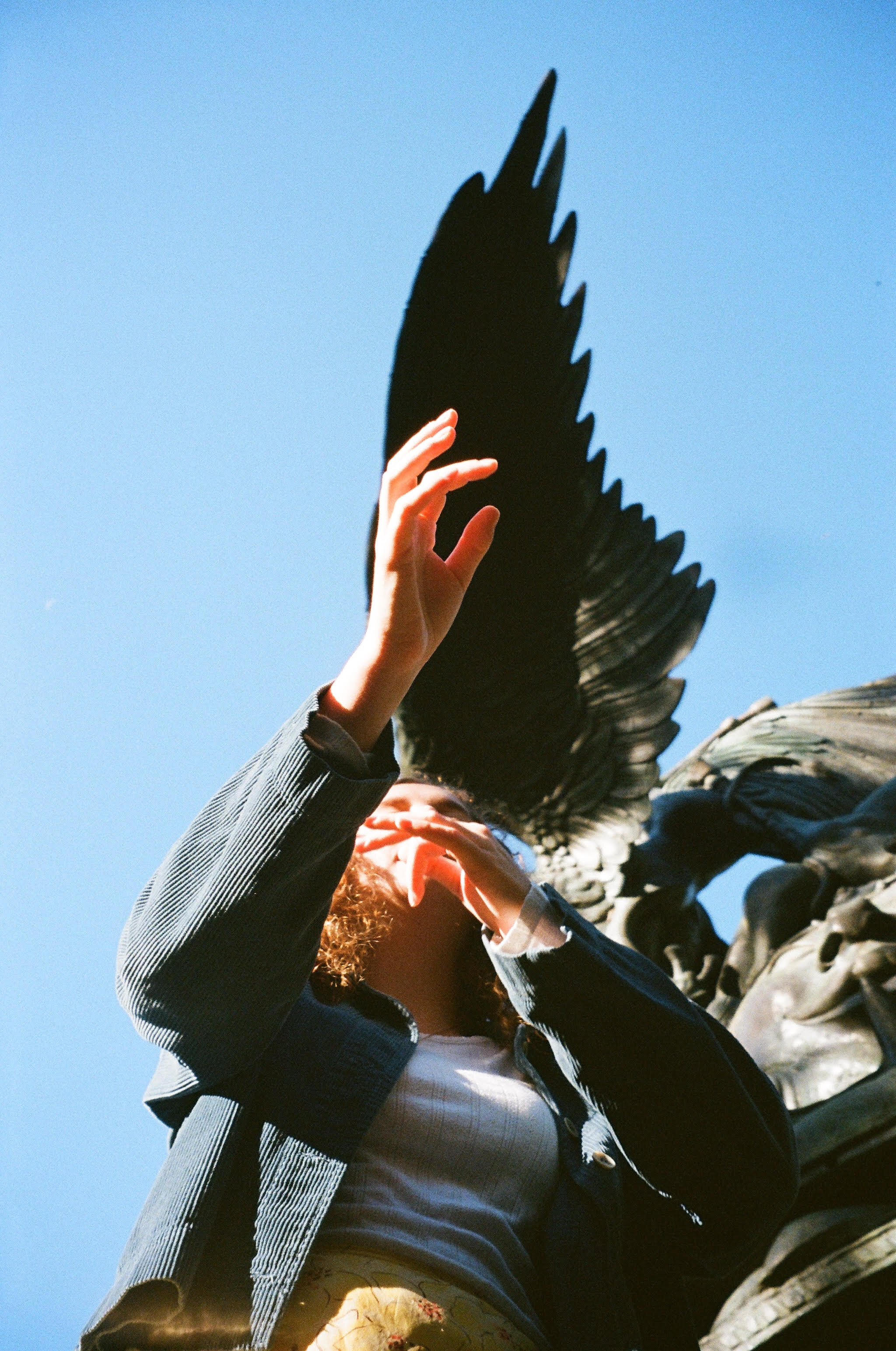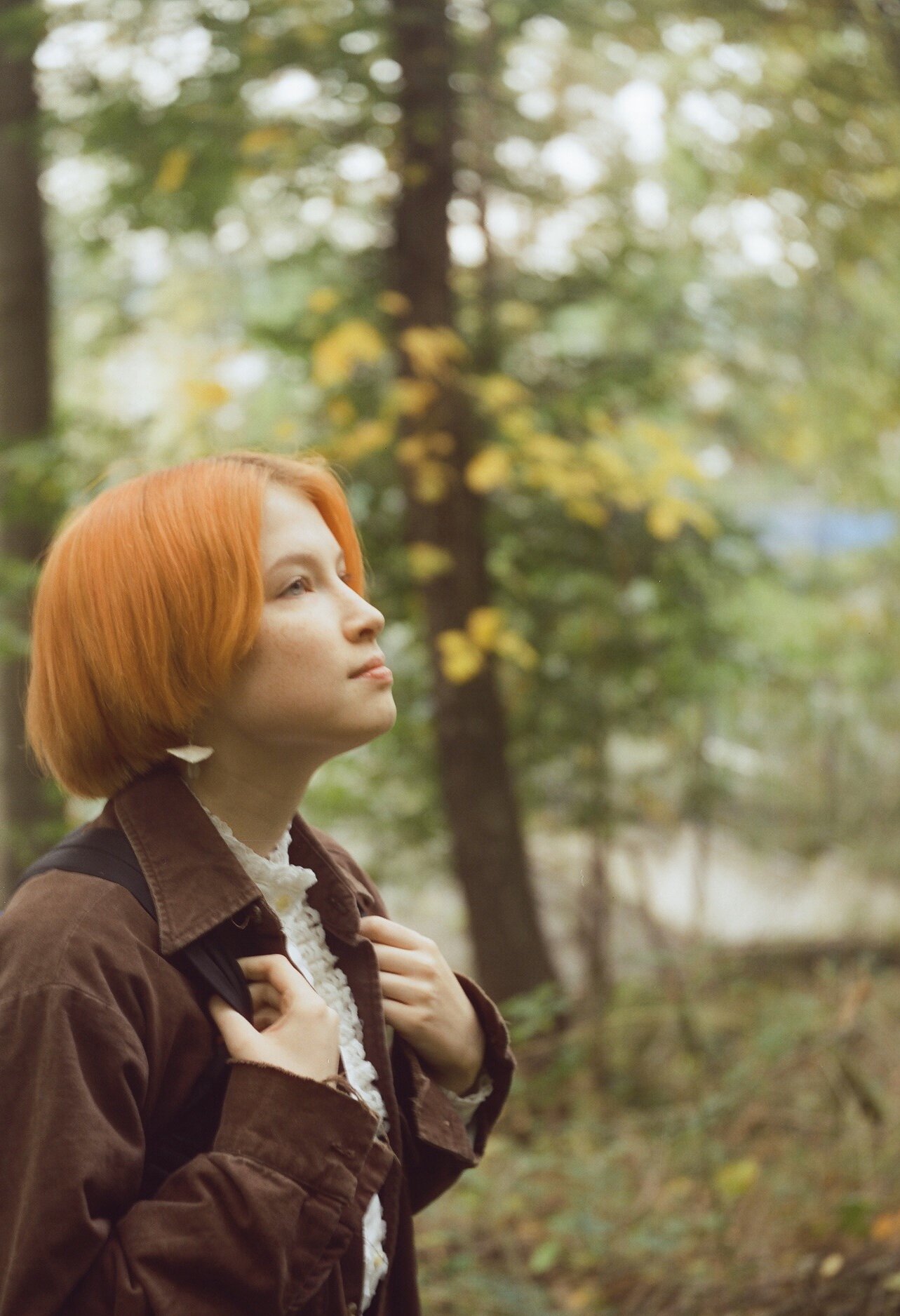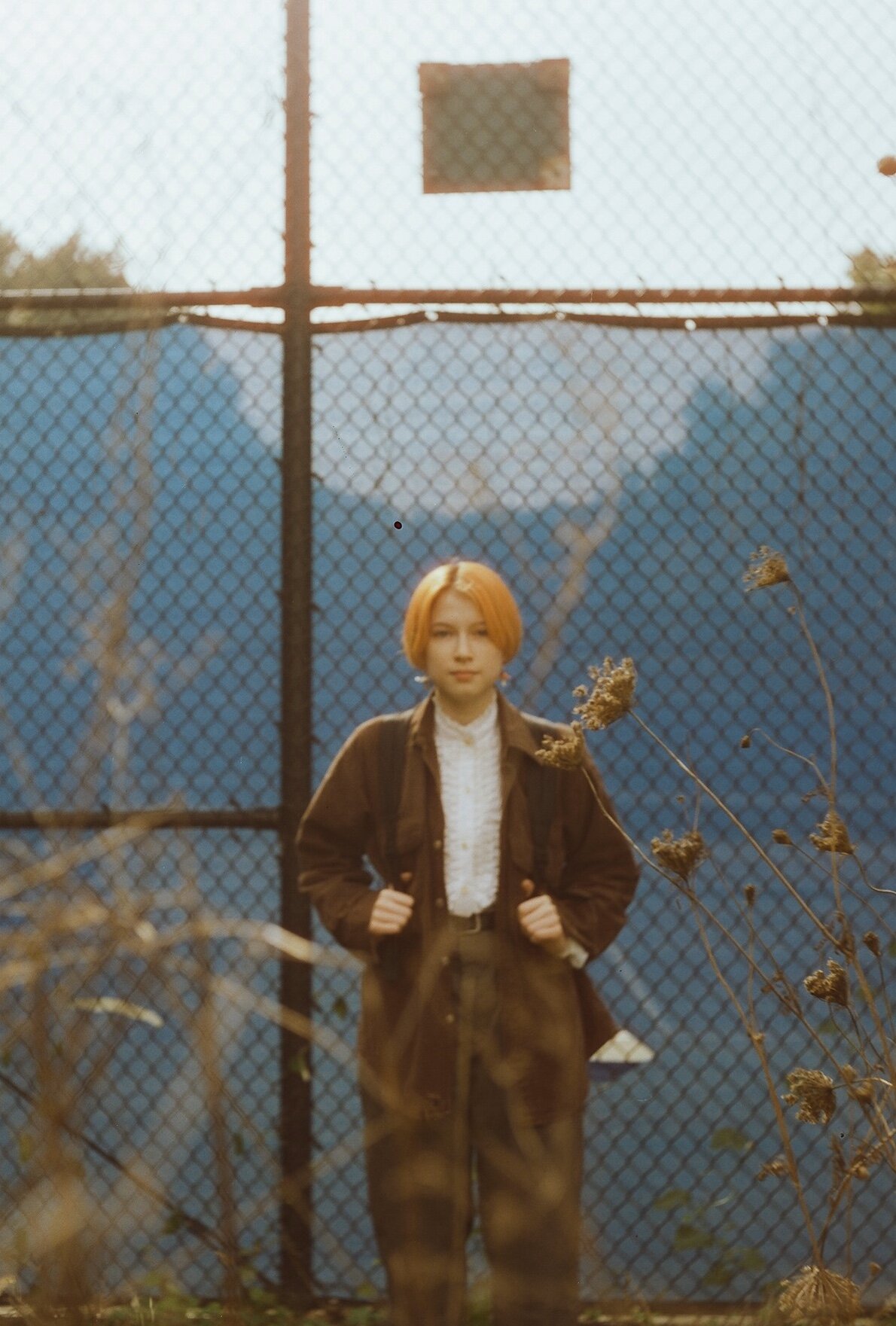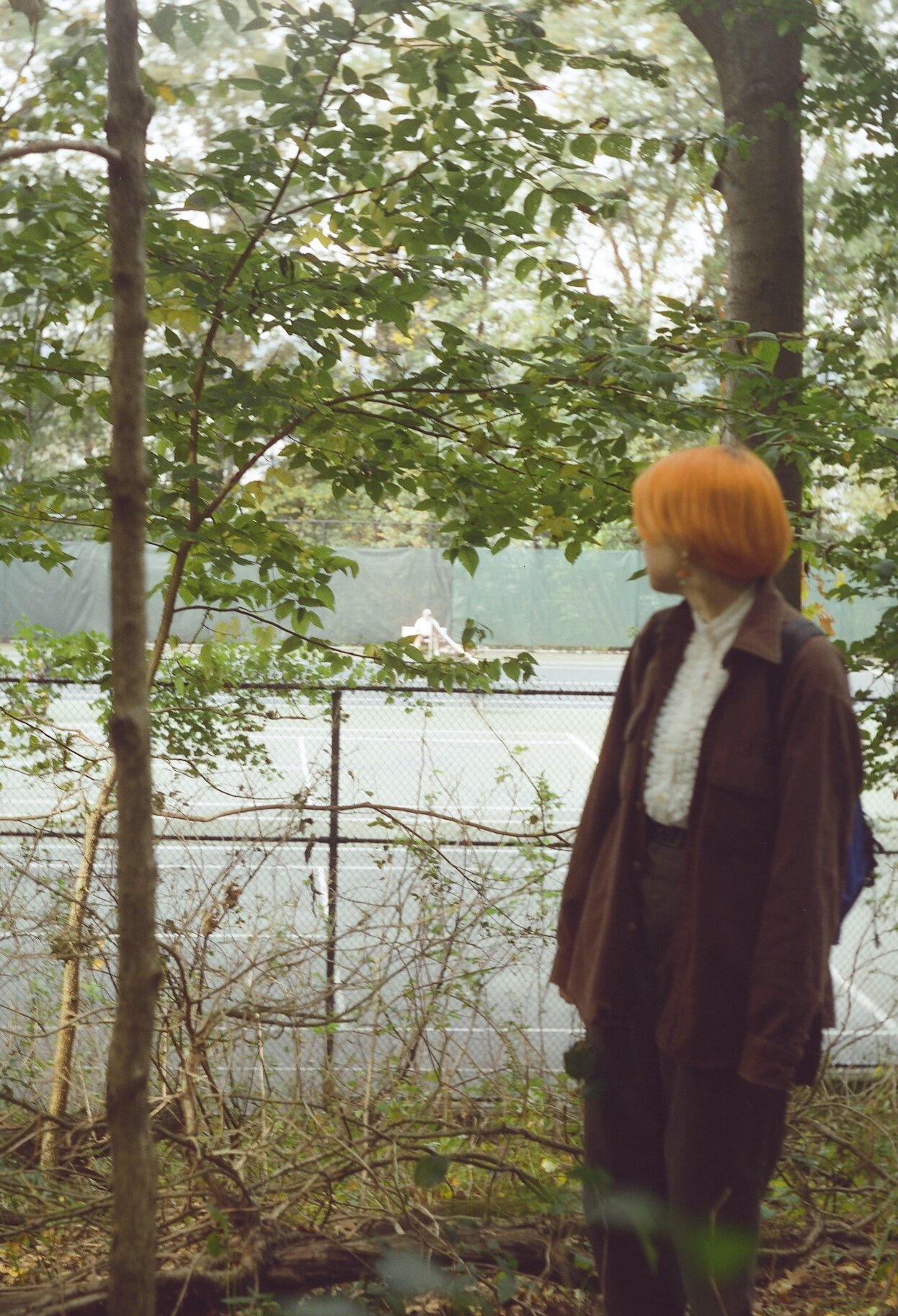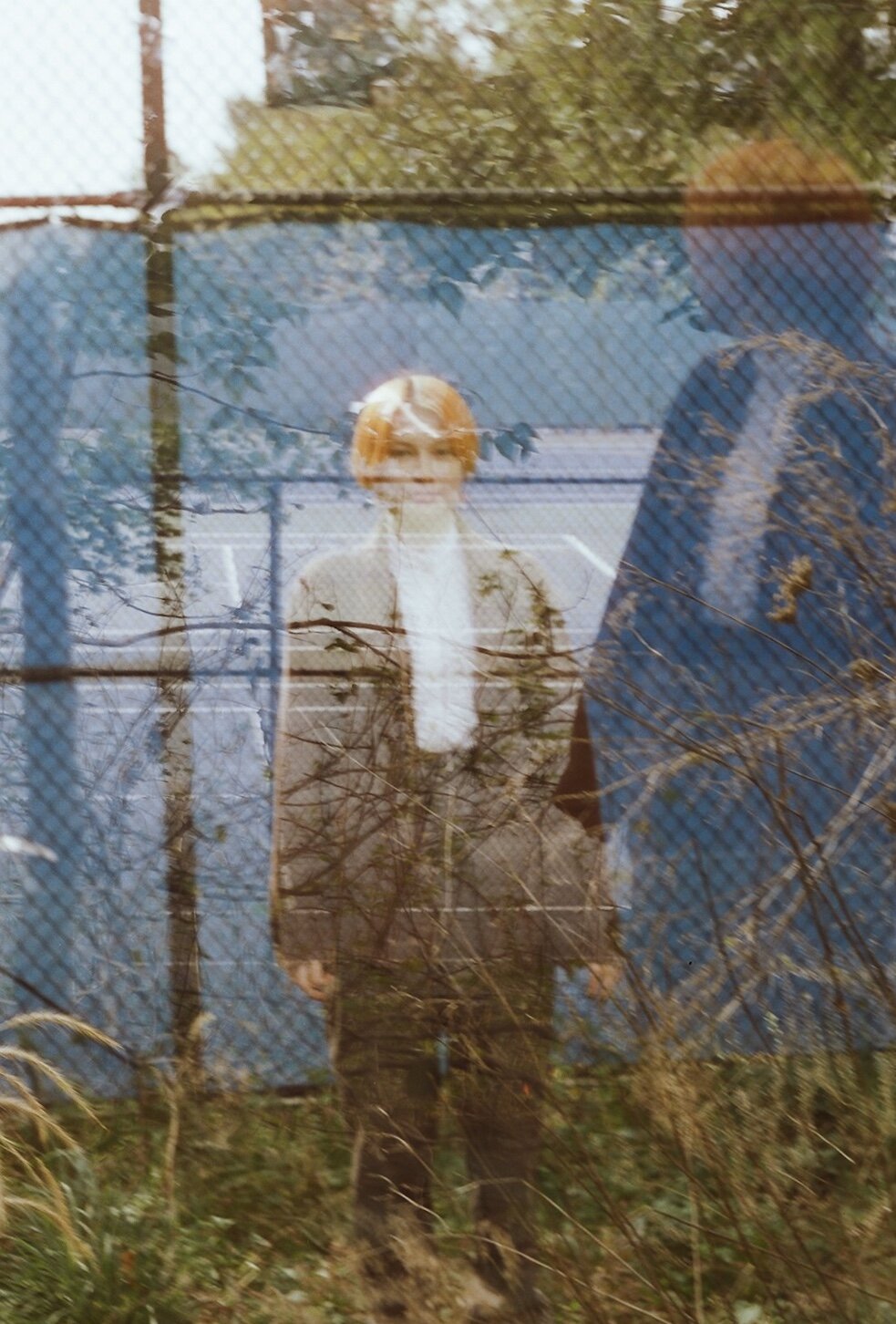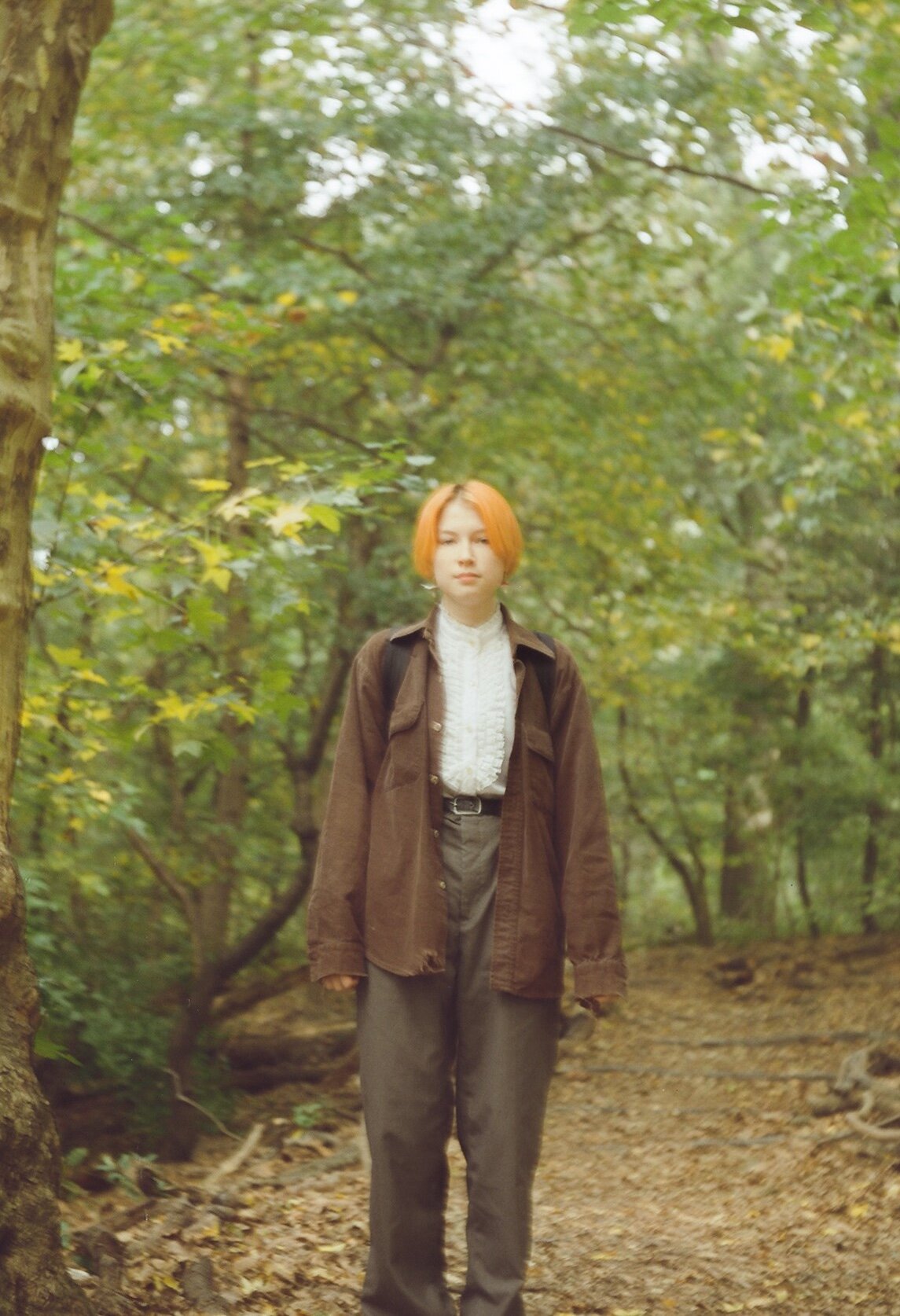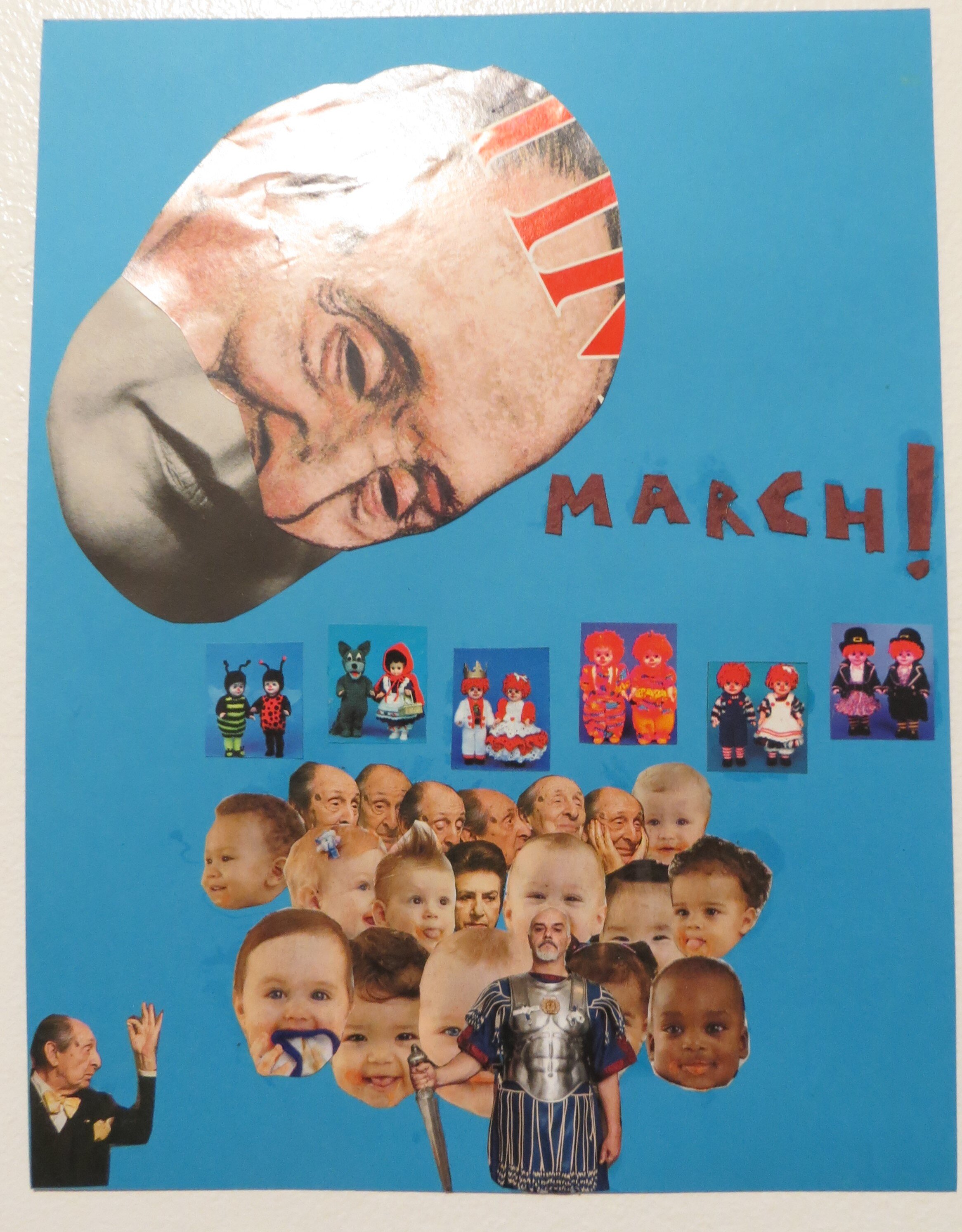Feature by Mel Wang
Photos by Madalynn Hay
Janice Zhai is a first-year at Columbia College and a rising mixed media artist. Her art pieces are a blend of the traditional and unconventional, with mediums ranging from fashion design to video editing.
Please tell us about yourself!
I'm Janice Zhai, a freshman at Columbia College hoping to major in something related to the Arts, but I’m still not sure. In terms of my own art, I’d describe myself as a mixed media artist. I’m primarily interested in fashion design, but I’ve also been getting into video editing.
Can you walk me through your fashion-based mixed media pieces?
For sure! I think that clothes are always a formative experience - they form so much of our everyday lives. They showcase who you are but also serve a function.
The Swan, 2019
But what I’m really interested in is how we can take fashion––which is always so functional––and make it art. For example, one of my pieces, “The Swan,” is a dress made out of old ACT entrance tests. I thought, “I’m not gonna be needing these anymore, might as well make something out of them.” I really wanted to experiment with more unconventional material. Out of the paper, I tore a lot of them and folded pieces into origami butterflies. The base of the dress is mostly cork my mom had in her storage closet.
I was also listening to a lot of Harry Styles at the time. I’m not sure how that relates to my process, but whenever I see this piece, I think of Harry.
Maybe Harry’s music is a big influence on your art! And while we’re on that subject, who or what else are your artistic influences?
That’s tough. I’m very influenced by music. I’ll pick a song––let’s say a Harry Styles song––and then I’ll start to think about what the song looks like visually. Or maybe I’ll watch a movie like “Fight Club” and think about how cool it would be to make a leather jacket based on that.
I also think my friends play a big role in my art, especially because so many of them are creatively driven. A lot of the stuff they make is really inspiring, and I get a little competitive. So whenever I see their art, it pushes me to do a little better.
Circling back to “The Swan” - was that your first time playing with multimedia? Is that something you do now with all your projects?
My high school art teacher was very big on using unconventional materials, especially because I started really working with her more towards the end of high school. Because of COVID, I didn’t have too much access to traditional art materials. My teacher really encouraged me to experiment. I remember during one of her classes, I made this portrait of wine corks because my dad is so obsessed with wine, and she pushed me to play with that idea even more.
With “The Swan,” I specifically chose to use ACT paper because I was so stressed. I needed an outlet after taking the ACT, you know? Ripping up all my practice exams felt right to me.
Croquis
I love that. Do you think paper will be a medium you play with in the future?
Definitely. Word of warning though, paper is very delicate––I’d love to make a big sculpture out of paper, but we will see.
I really want to talk about your video editing skills. Can you walk me through them?
Honestly, I started making them because I just saw a lot of really cool edits on Instagram. At first, I wasn’t planning on doing any crazy editing. But now that I’ve gotten better, I’m starting to play around with text and more visuals.
In terms of process, I take a lot of random photos and edit them together. I also love making videos to remember big events, like an important weekend or freshman orientation. Inspiration-wise, I pretty much live on Instagram and Pinterest.
I’m seeing a running theme of capturing moments in all your pieces. Is that a theme you really care about?
Yeah, I definitely care about capturing the moment, especially because I want to remember all my experiences. For example, even though orientation was just a week, NSOP taught me a lot about myself and I met a lot of my friends during it. Which is weird, because a lot of people tell you that you’re not going to make friends during NSOP.
What do you think of the artistic community here at Columbia?
I think it’s really great. What I love about Columbia is that it gives you both the academic world but also a strong, artsy community where everyone is so willing to share their art. And we’re in New York! So many museums, galleries, fashion houses, Soho. I love Soho.
Any Soho recs?
Hmmmm, good question. I’m not great at names, but I love how you can just walk through Soho and end up in a tiny hole in the wall that sells the best local fashion brands. You meet the best artists there.
Can you tell me a little bit about how you got started at Ratrock?
Well, I kind of applied because I was involved with literary magazines during high school. My high school was super small, so you never really had a publication that was specifically dedicated to art.
I remember going by the Ratrock table during the club thinking that it was super cool. I just submitted on a whim, and here I am.
Are you part of anything else on campus?
I’m also an illustrator for the Blue & White! I’ll probably get more involved later on, but I’ve only been here for two months, so we’ll see!
Are you currently working on any projects?
I was thinking about doing another multimedia piece, but this time with video editing. Not too sure, but I’d love to work in some drawings or paintings or even more fashion design. Or collages! I’d love to get back into that again.
I want to talk about your collages for a bit. Can you walk me through that process?
My collages work a lot like my other pieces. I hear a song, and I can just picture the visual in my head. With collages though, I get to be especially chaotic because that’s just how my thoughts work.
I know it’s a little too soon to ask, but are you planning to pursue the arts after college?
My dream for the longest time was to be part of the fashion industry. I think I definitely still want to pursue that. Maybe I’ll get into film, edit a movie. I definitely want to pursue something creative after college. I don't know what that is yet, but I still have a lot of time.
What’s your dream art piece?
Oh, that's so interesting. The first thing that comes to mind would be curating a fashion collection. I remember the Met’s 2015 Gala theme was “China: Through the Looking Glass,” and all the pieces in that collection were perfect. I loved the traditional Chinese elements blending with the Western. I think now, with the rise in anti-Asian hate crimes, an Asian-centered fashion collection would do so much good in spreading awareness and humanizing Asian-Americans.
Is your Asian-American identity something you want to explore more in your art?
Definitely. My grandmother is one of the reasons I got into art; she handmakes qipaos, and when I was young she’d show me how the whole dress-making process works. She’s probably where my love for fashion comes from.
Is your family supportive of your art?
Pretty supportive! I like to joke that my dad’s side of the family all have unfulfilled artistic passions. My grandfather was really into writing Chinese poetry, and my dad probably would have been an architect in another life. We used to go building-gazing around Hong Kong when we lived there. My brother’s also very into film, and in his other life, I think he would have been a filmmaker.
I’d say there are spurts of creativity within my family that informed my choice to explore a career in the arts, but I think I’m the first one to actually make it my career.
Where else can people find your art?
If you want to find my editing that's mainly on my Instagram, @jjanicezhai, and @janicedumps. I’ll set up a website soon, so I’ll keep you posted!
